However, to fully experience this remote natural wonder, travel preparation is essential due to its secluded location, challenging environment, and high altitude. Drawing from our firsthand experience during an inspection trip, we have curated the most relevant information for you.
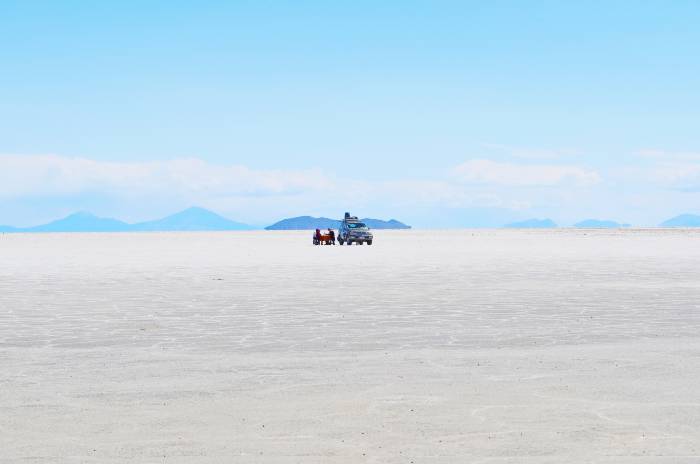
Our map below shows the location of Uyuni salt flats in relation to La Paz and Titicaca Lake. While the distances may appear deceptively short, it is crucial to note that Uyuni airport lies approximately 550 kilometers south of La Paz, the main city in Bolivia.
Highlighted in green below, the Eduardo Avaroa Reserve unveils a breathtaking display of awe-inspiring natural beauty. This area, located near the Chilean border boasts a myriad of lagoons showcasing a captivating kaleidoscope of colors.

Located at an average altitude of 3,700 meters (12,139 feet), the Uyuni salt flats demand careful consideration of acclimatization. Prior acclimatization becomes vital to ensure a smooth experience. If possible, a preceding stay in Cusco or Puno in Peru, or in San Pedro de Atacama in Chile, will greatly assist in reducing the chances of altitude sickness and enhance your overall well-being during your visit to Uyuni.
The 1-hour La Paz - Uyuni flight is operated by the local carrier BoA. During the rainy months (December - February), availability can be limited due to the high number of Asian travelers visiting to witness the captivating 'mirror effect' on the salt flats.
| BoA | Flight | Monday through Sunday |
|---|---|---|
| LPB-UYU | OB737 | 07:40 - 08:40 |
| UYU-LPB | OB737 | 09:10 - 10:15 |
The bus from La Paz is the cheapest option and covers a distance of around 550km over a period of 9 hours. While this option may be tempting for those who are traveling to Uyuni on a budget, we recommend opting for a trip by plane as you will be spending almost a full day on the bus. While the buses have reclining seats and can be 'comfortable', due to the altitude and time spent in the vehicle, you will arrive at your destination extremely tired and won't be able to truly enjoy the sites.
Trains to Uyuni are rarely used as they require a longer travel time and are not very reliable. Sometimes the heating in the carriages did not function, and when you are at altitude, heating makes a BIG difference to your comfort. This mode of transport is also slightly slower than taking the bus.
You will need to first catch a bus to the Oruro station from La Paz. This is a 4-hour journey, before you can board your train for a further 7-hour trip down to Uyuni. There are two train options on offer:
This is a private service, as there are no tourist/public buses available along this route. You will need to also change vehicles at the Hito Cajon border post to continue your onward journey. This is perhaps the most expensive option, the reason why can be seen below:
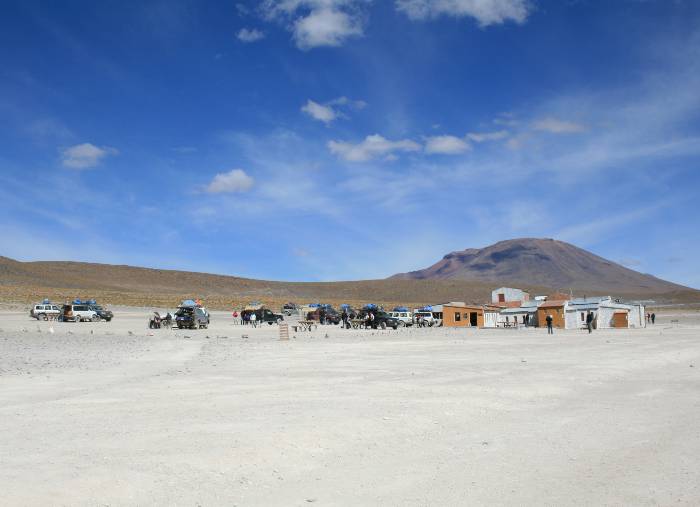
The entire trip will be done in a 4x4 vehicle as there are only uneven gravel roads along the way, so be prepared for dust and bumps. Your driver will travel from Uyuni to the border post to collect you as there are no transportation companies in or around Hito Cajon.
Though, the route from Hito Cajon to Uyuni boasts surreal and pristine landscapes untouched by mass tourism. Our tip is to spend a night halfway, at Ojo de Perdiz close to the Siloli Desert. Then, there is enough time to make stops en route when entering from Hito Cajon.
Below are the 'Highlights of the Eduardo Avaroa National Reserve' and our pictures of when we visited the area.
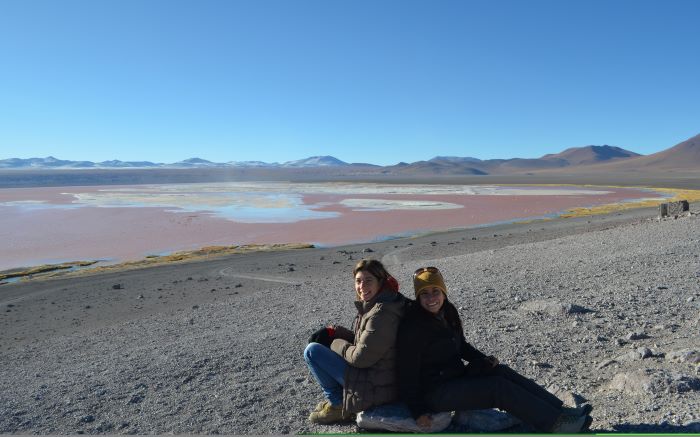
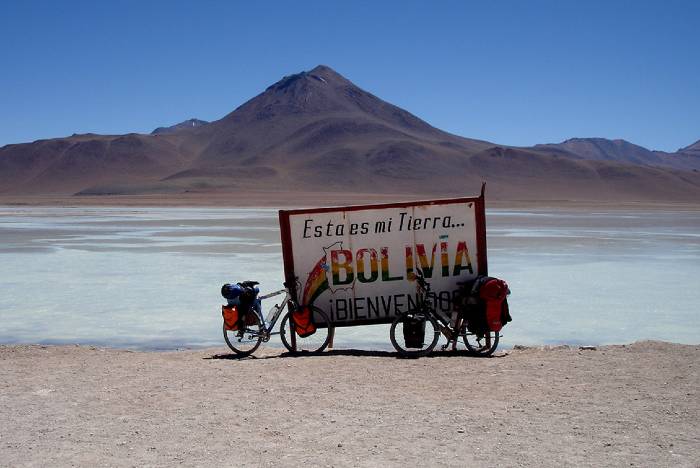
If you're looking at only visiting the highlights in Uyuni, one full day will be perfect. Depending on what you would like to see, selecting the right season/time to go is important. Regardless of the season that you choose to travel there are a number of exciting highlights that are available year-round:
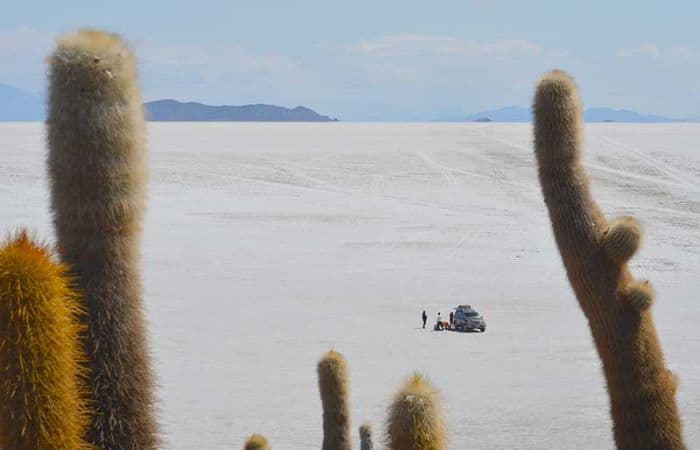
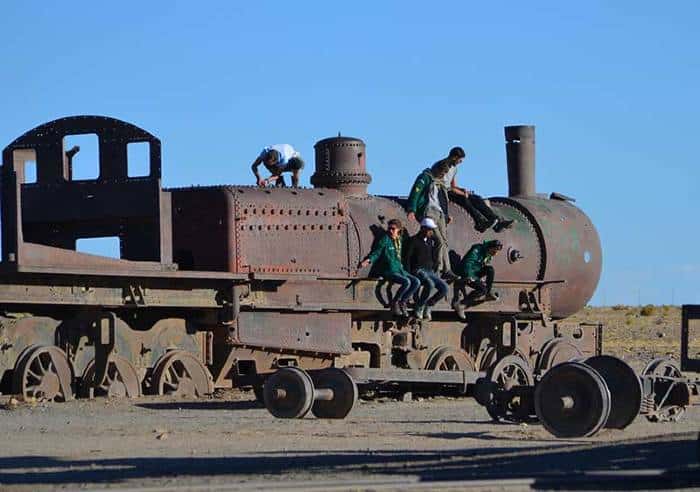
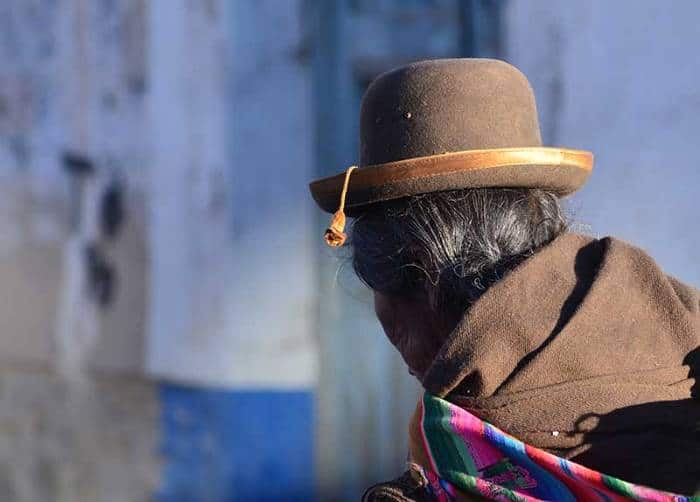
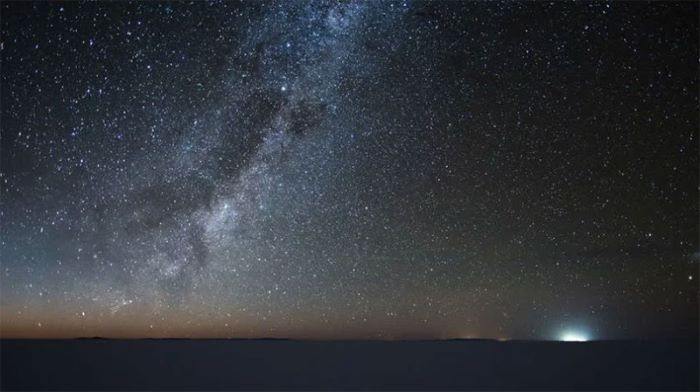
If you have a little more time in your schedule and are looking to explore the salt flats as well as its surrounds, then we recommend a 3-day stay. This will allow you to include some of the awe-inspiring highlights in the Eduardo Avaroa National Reserve, situated south of the Uyuni salt flats (see our map above). The landscapes can be also seen when coming from Chile en-route to Uyuni.
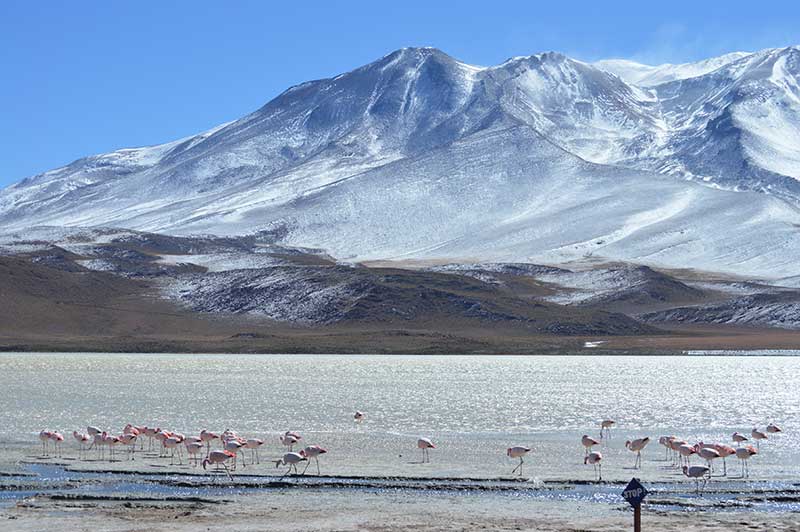
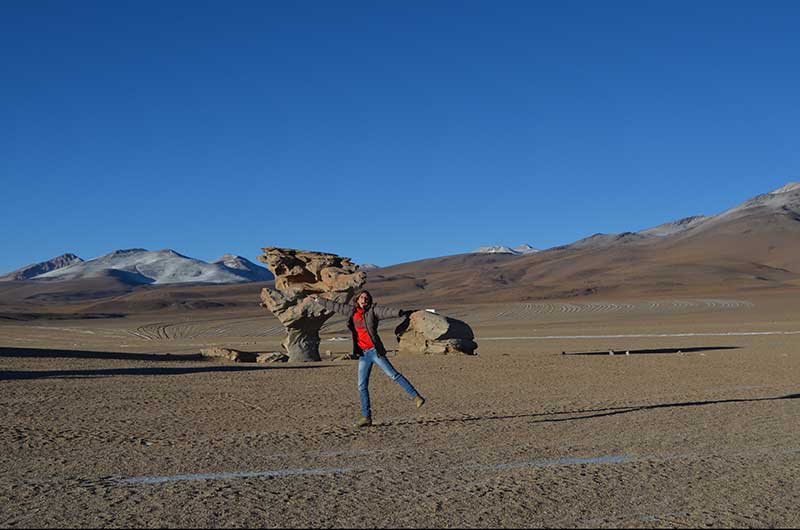
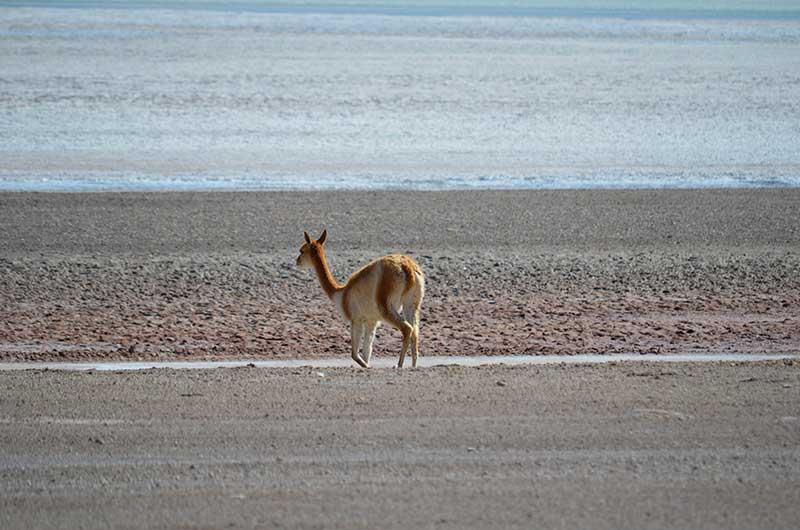
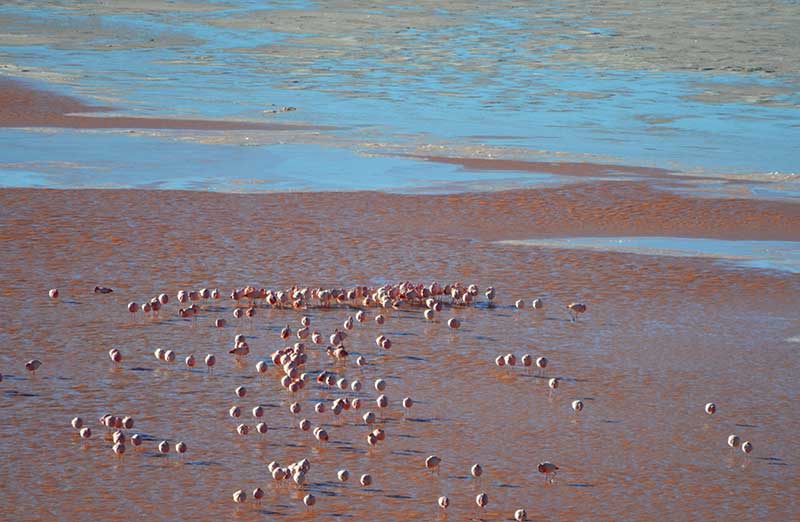
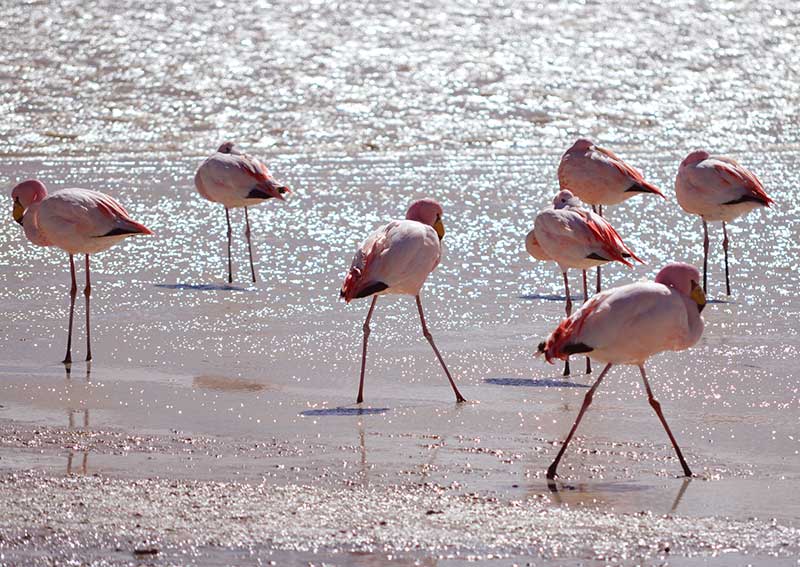
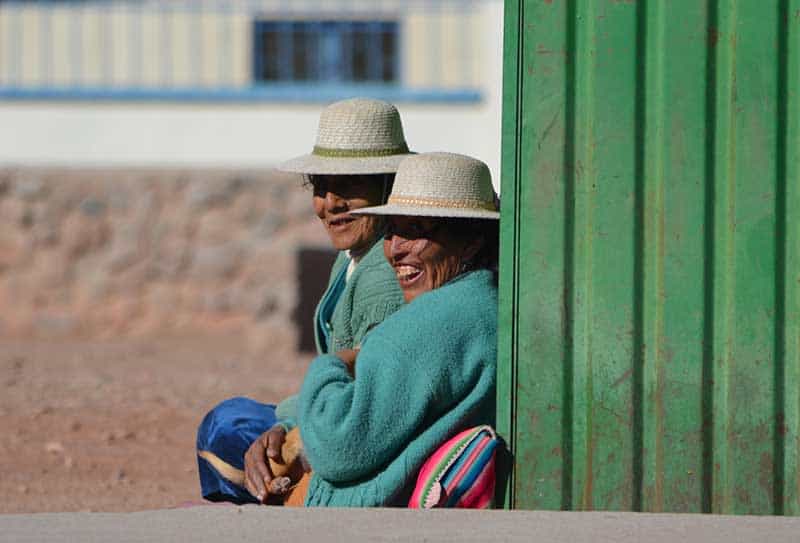
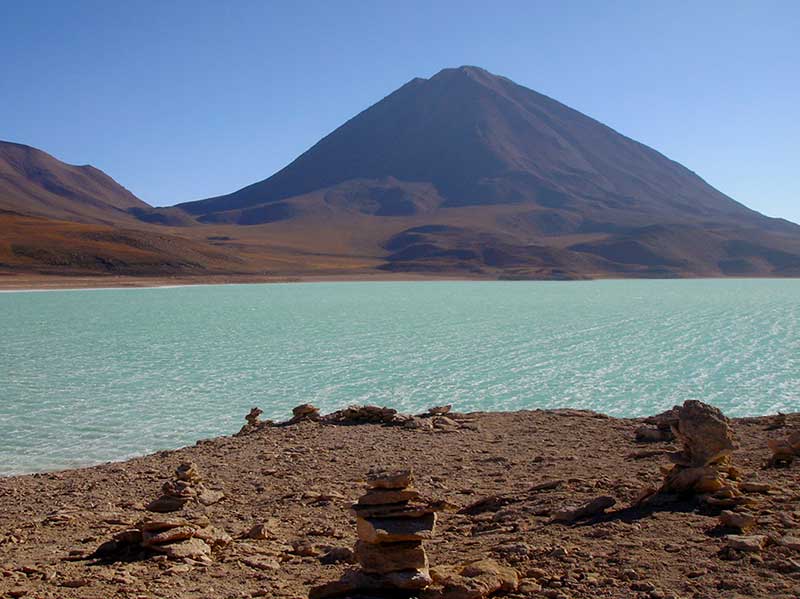
This is the season that is most preferred by photographers (and Instagrammers alike). During the rainy season, the salt pans will flood and create the well-known 'mirror effect'. An illusionary place on earth where the ground and the sky become one.
During this time it is not possible to travel far on the salt pans. Fish Island, with its giant cacti and stunning panoramic views over the endless salt-scape, is unreachable.
Fish Island - This island is home to scores of 8 -12 meter high cacti, some of them over 200 years old. It is a unique destination in the midst of the snow-white salt with 360-degree views over the salt flats.
This is the season preferred by most travelers and where all of the viral videos and pictures with illusionary effects on the dry salt flats are created.
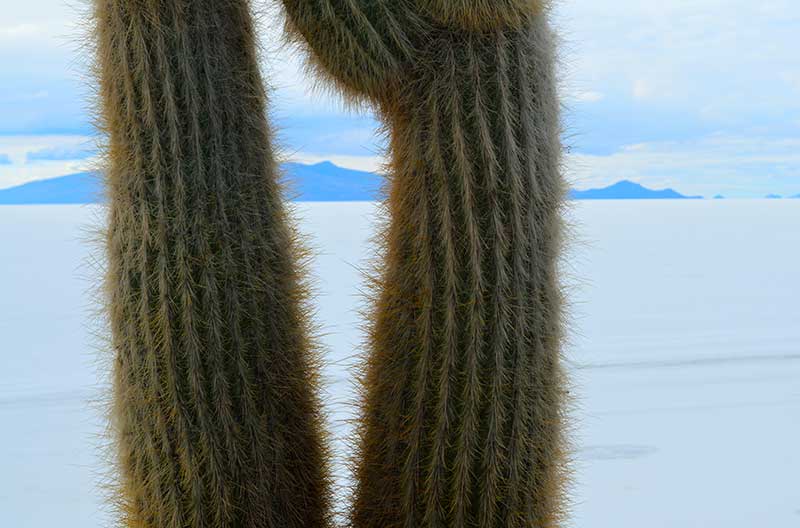
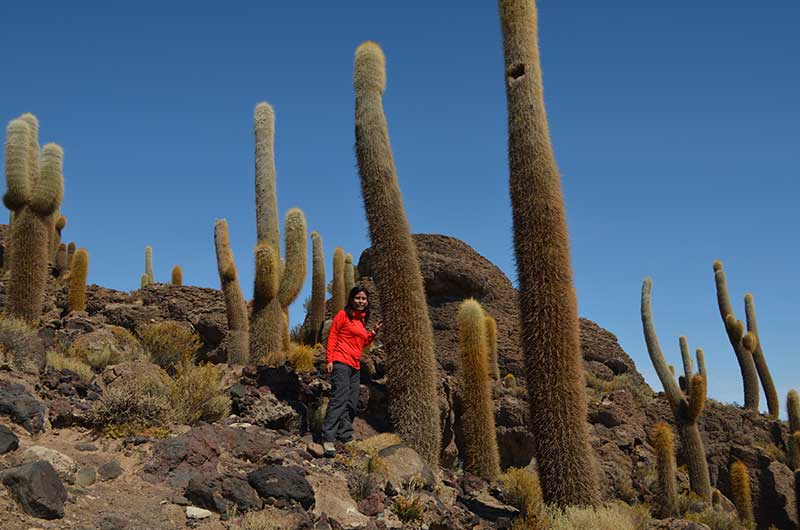
Flights arrive in Uyuni, a small town of approximately 35,000 inhabitants whose population has grown significantly due to tourism. While the town itself lacks charm, it offers budget-friendly accommodation options.
For travelers seeking a more unique experience, two salt hotels are located in Colchani, about 25 minutes by car from Uyuni. Both properties stand alone on the shores of the salt flats, surrounded by the striking landscape. Our map above shows all locations.
Hotel infrastructure in this region has improved significantly in recent years, with two companies already operating 4-star and 5-star properties in La Paz recently investing here as well. Below is a summary of the available options.
Operations during the rainy season remain to be determined, as access to the northern area becomes challenging and full-day excursions to Fish Island are typically unfeasible due to flooded salt flats.
The salt flats are relatively difficult to get to and it is not as simple as catching a flight directly there and visiting the site.
Distances covered in the area are long and there are no highways connecting anything, only bumpy gravel roads and trails that experienced drivers are trained to recognize can be used.
Tours can be only done with 4x4 and costs are not able to be split among a larger number of passengers as it is with regular tours in larger cities. Everything you need during your trip as supplies for your picnic lunch, water, gas, etc, is packed on the vehicle as you can see in our picture below.
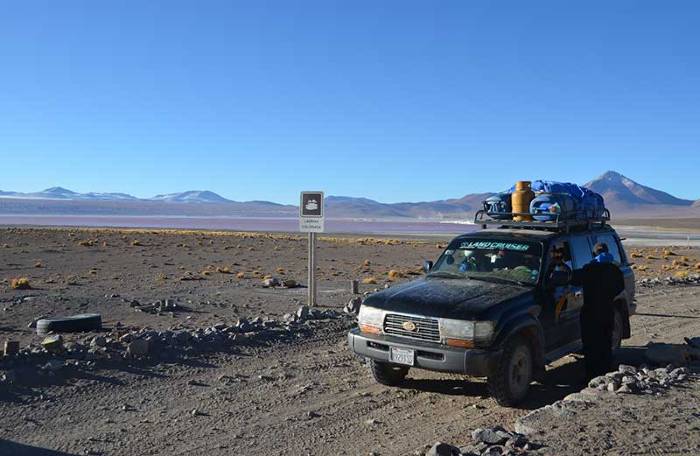
The harsh conditions of Uyuni can be particularly challenging for vehicles, as the salt can cause damage and increase the running costs.
Uyuni, being a small town, lacks extensive infrastructure. Finding guides proficient in languages such as German or French can be challenging. In most cases, these guides need to travel from La Paz and are only available for prearranged trips.
Hotels apply higher rates during the rainy season, so visiting during the dry season is more economical. Each jeep accommodates up to three passengers plus one guide, with per-person costs decreasing significantly when traveling as a group of three versus two.
For budget-conscious travelers with basic Spanish skills, tours with Spanish-speaking drivers only and audio guides offer additional savings.
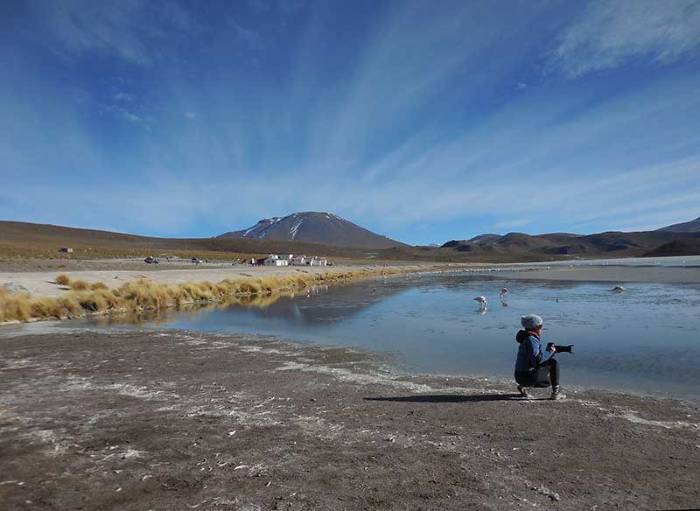
Updated on November 20, 2025
| Circuit | Code | Max. Visit Duration | Only in High Season*? | Difficulty |
|---|---|---|---|---|
| Superior Terrace | 1B | 2.5 hours | - | Low |
| Machu Picchu Mountain | 1A | 7 hours | - | High |
| Sun Gate (Inti Punku) | 1C | 4 hours | Yes | Moderate |
| Inca Bridge | 1D | 3 hours | Yes | Moderate |
| Classic incl. guard house | 2A | 2.5 hours | - | Low |
| Classic excl. guard house | 2B | 2.5 hours | - | Low |
| Royal Lower Section | 3B | 2.5 hours | - | Low |
| Wayna Picchu | 3A | 6 hours | - | High |
| Great Cavern | 3C | 7 hours | Yes | High |
| Huchuy Picchu | 3D | 3.5 hours | Yes | Moderate |
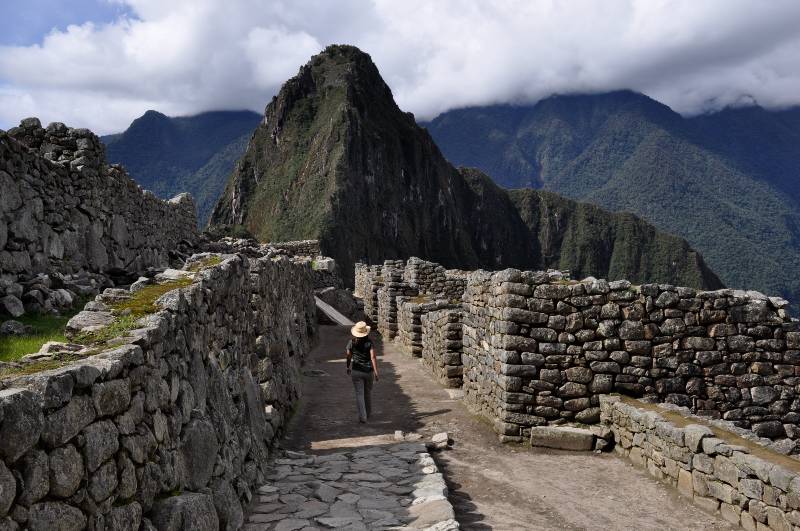
Explores the upper section of the so-called agricultural sector of Machu Picchu (featuring terraces).
It's a panoramic circuit where you can have views of the surrounding mountains Wayna Picchu, Huchuy Picchu and Putucusi as well as the central area of the archaeological site.
There are two options for this circuit:
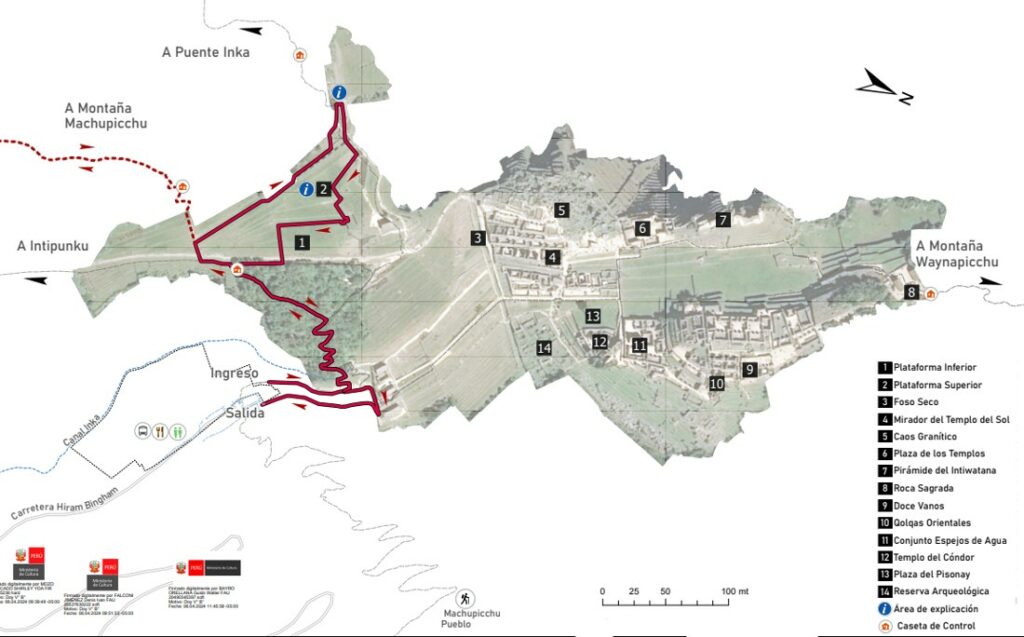
During the high season (from June 1st to November 2nd and December 30-31) two further options are available:
This circuit, which is highly sought after by visitors, encompasses both the agricultural and urban sectors of Machu Picchu. Along the route, you'll encounter landmarks such as the Inca quarry, the Sun Temple lookout point, the Sacred Stone, the storages known as Qolqas, and the Temple of the Condor, among other sites depicted in the map below.
There are 2 options when choosing this circuit:
The difference between 2-A and 2-B is illustrated in the maps below (highlighted by orange boxes).
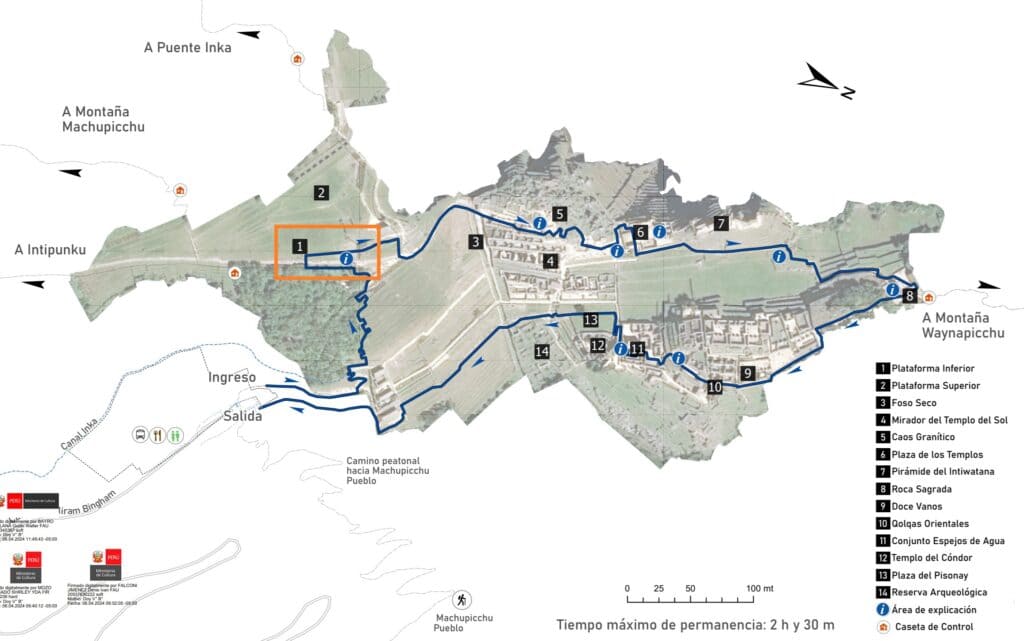
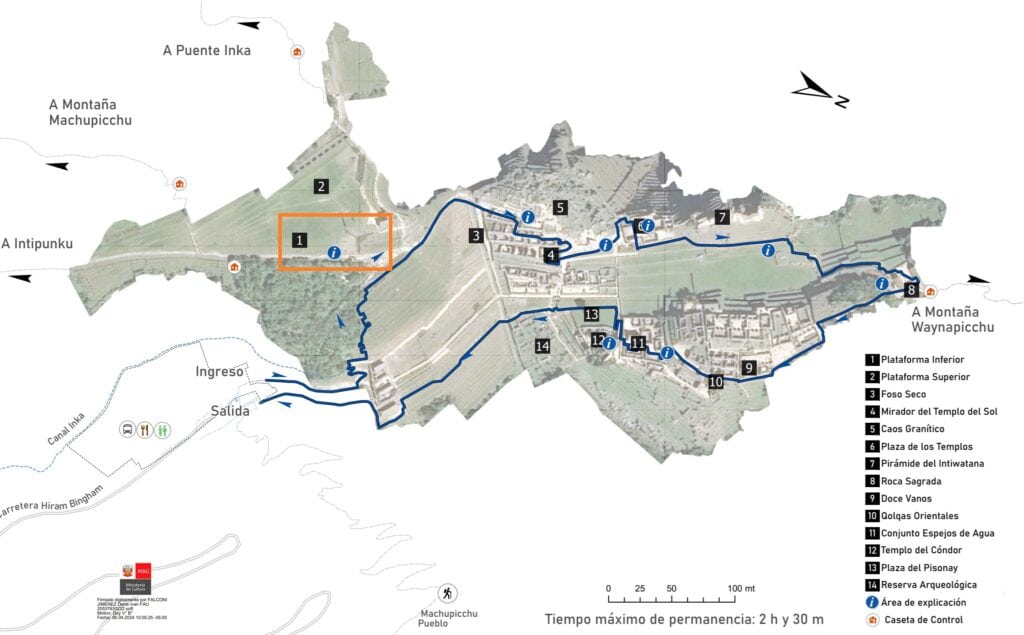
This tour explores the lower section of Machu Picchu, encompassing the agricultural terraces before delving into the urban sector. Notable attractions in this area include the Water Mirrors, Pisonay Square, the Temple of the Condor, and the Sacred Stone.
There are 2 options when choosing this circuit:
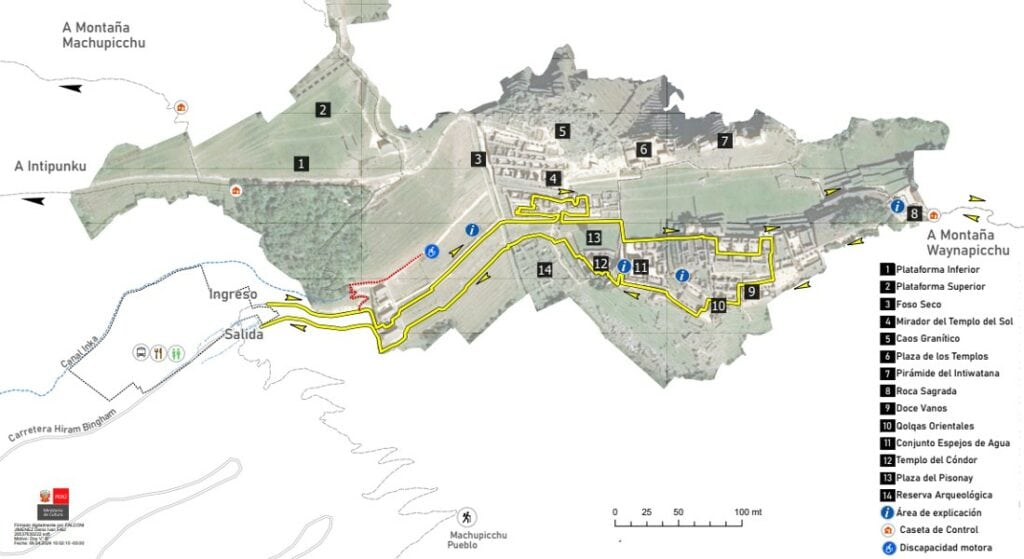
During the high season (from June 1st to November 2nd and December 30-31) two further options are available:
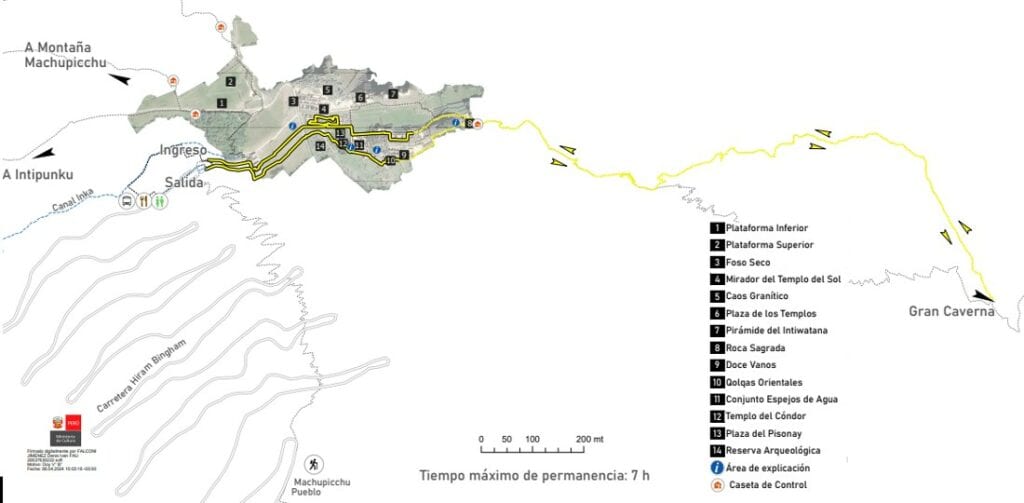
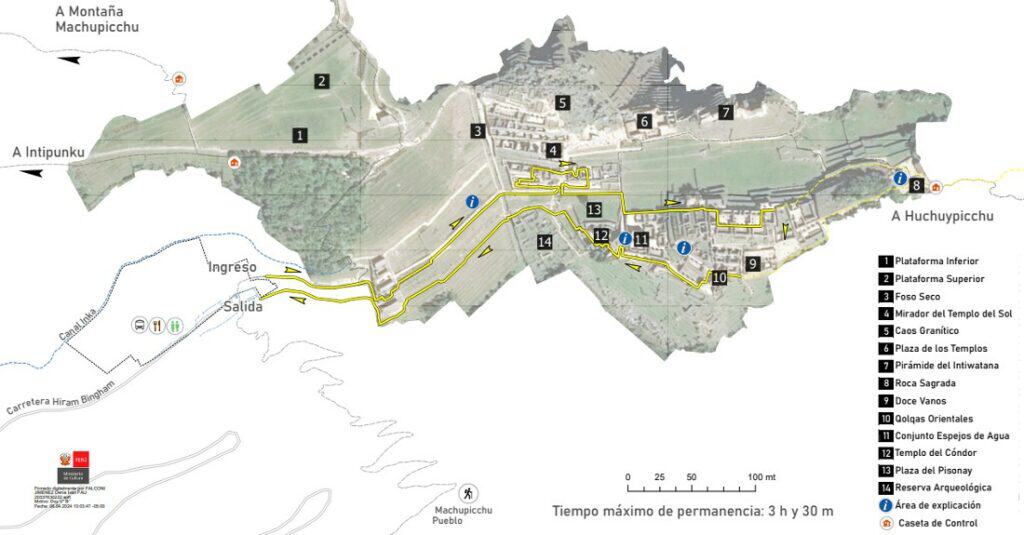
Entrance tickets to Machu Picchu are issued based on personal data and are non-transferable or refundable. The following details are needed to buy tickets:
Due to the limited number of visitors, we recommend buying tickets at least 60 days in advance.
There is no sales point at the entrance to Machu Picchu itself!
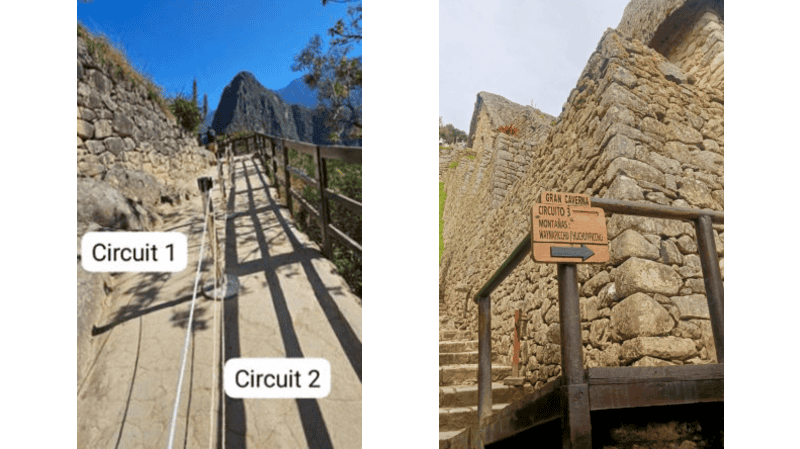
Visitors purchasing tickets for specific entry slots are granted a tolerance period. This means that arrivals are permitted within the designated tolerance time frame for each slot.
| Tolerance Period | 30 minutes |
Some of our travelers want to explore one of the surrounding mountains of Machu Picchu. These are: Machu Picchu Mountain, Wayna Picchu Mountain, and Huchuy Picchu Mountain.
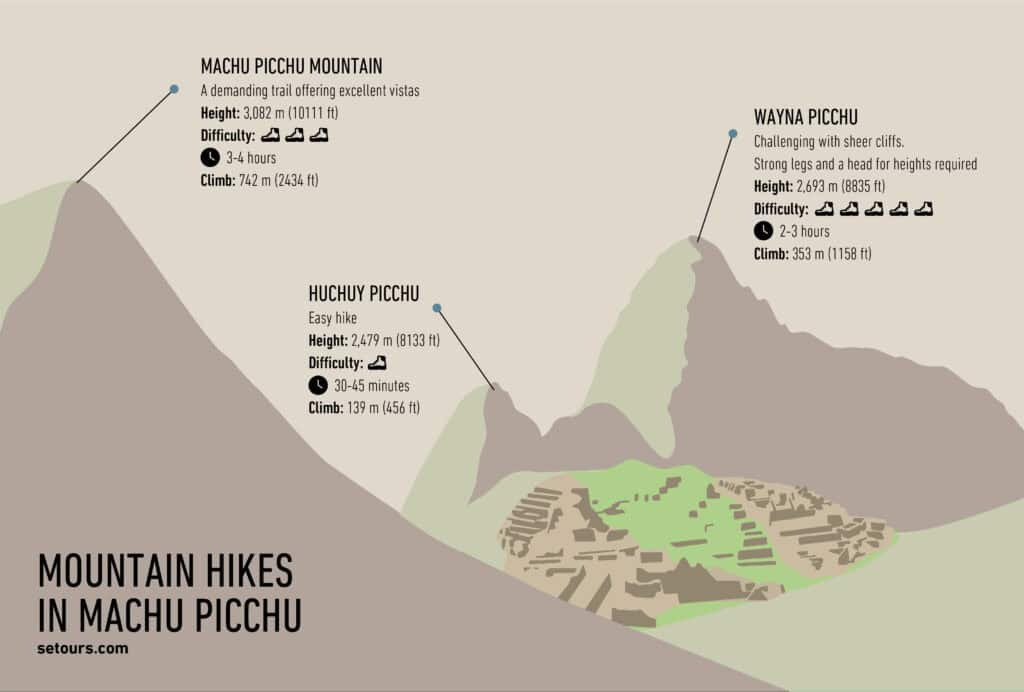
The following table depicts the number of daily entrance tickets available online for the surrounding mountains:
| Mountain | Circuit | Tickets HIGH SEASON | Tickets LOW SEASON |
|---|---|---|---|
| Machu Picchu Mountain | Circuit 1 Route 1-A | 150 (06:00 am) 150 (08:00 am) | 150 (06:00 am) 150 (08:00 am) |
| Wayna Picchu | Circuit 3 Route 3-A | 175 (07:00 am) 175 (09:00 am) | 175 (07:00 am) 175 (09:00 am) |
| Huchuy Picchu | Circuit 3 Route 3-D | 25 (09:00 am) 25 (11:00 am) | not available |
Wayna Picchu is one of the mountain peaks that surround Machu Picchu. It is probably the most famous as it towers over Machu Picchu in the background in many photos. The ascent takes place on a narrow and extremely steep path and takes around 45 - 60 minutes, depending on the pace. Once at the summit, a fantastic view of the whole of Machu Picchu and the surrounding mountains awaits.
Since the path is very narrow and exposed in some places, we recommend this hike for experienced and sure-footed hikers. We highly recommend sturdy shoes.
Allowed time to visit Wayna Picchu and Machu Picchu: 6 hours
Huchuy Picchu is something like the little brother of Wayna Picchu. Huchuy Picchu is right next to the checkpoint at the Sacred Rock and can be reached on a hike of around 15 minutes. Compared to the other options, this hike is significantly easier and shorter and therefore also possible for less experienced travelers.
Allowed time to visit Huchuy Picchu and Machu Picchu: 3.5 hours
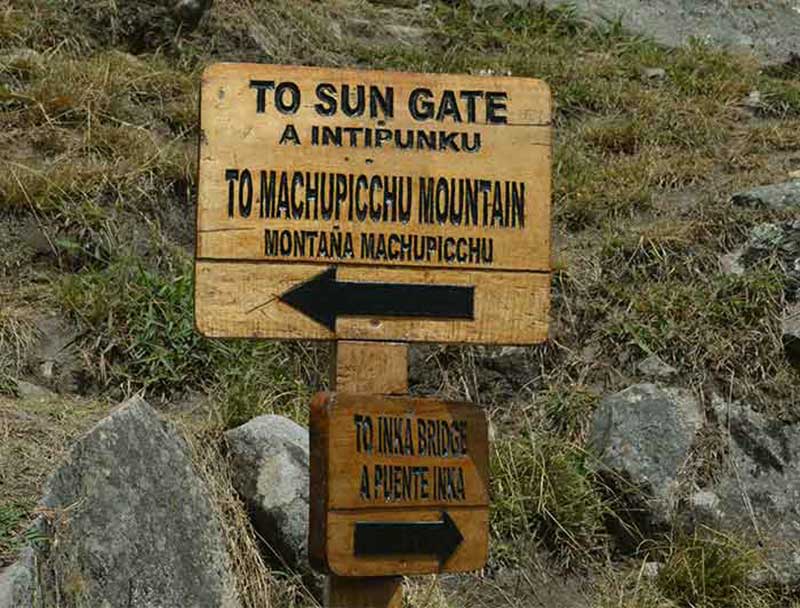
Machu Picchu Mountain, which is also the Apu (sacred mountain) for the complex, is located south of the citadel, opposite Wayna Picchu. The hike partly leads through dense vegetation, but always rewards you with great views of Machu Picchu and the surrounding area.
It takes about 90 minutes to get to the top of Machu Picchu Mountain, depending on your pace. The path leads over a lot of stairs. We recommend having a good physical condition and sturdy shoes for this route.
Allowed time to visit Machu Picchu Mountain and Machu Picchu: 7 hours
If you can't decide between visiting Machu Picchu Mountain or Wayna Picchu while planning your journey to Machu Picchu, our article has 3 questions that you need to ask yourself to help you make up your mind.
Travelers on the 2-day/1-night Inca Trail reach Machu Picchu on the first day via the Sun Gate (Intipunku). From there, they walk to the 'Plataforma Superior' (Upper Platform), which offers a panoramic view of the citadel.
This viewpoint is marked as number 2 on the map below and highlighted in orange. Travelers usually spend around 20 to 30 minutes here to take photos and enjoy the scenery. After that, they exit the citadel.
Starting in 2026, Inca Trail permits (2-day and 4-day) assigned to Circuit 5 will include both the Inca Trail entrance fee and access to the 3-B circuit.
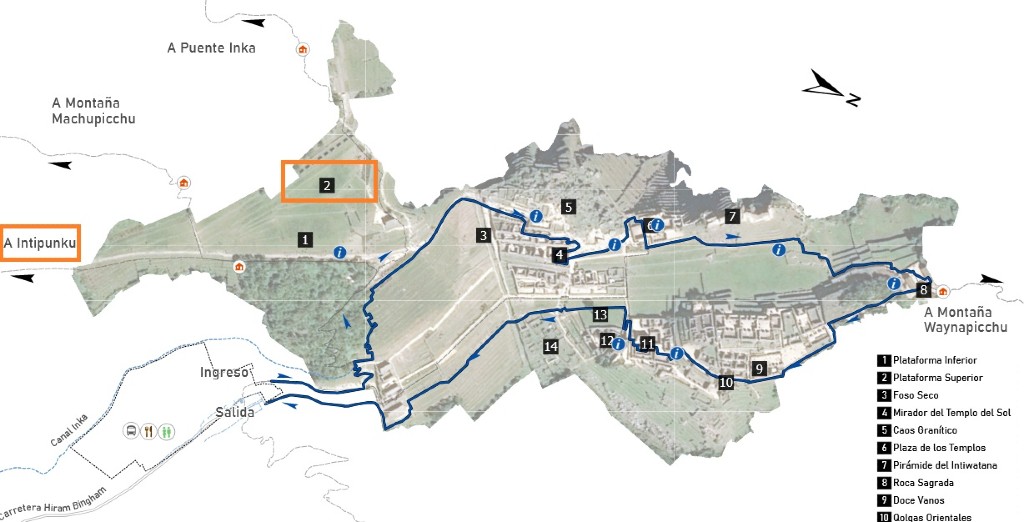
What are the main regions near Santiago de Chile? What about the distance? Are there wine sorts I should taste during my stay? Which unique properties to stay at if you are a wine lover, and when is the best time of year to visit?
In this blog article, we aim to address all these questions that arise when delving into Chile's wine culture.
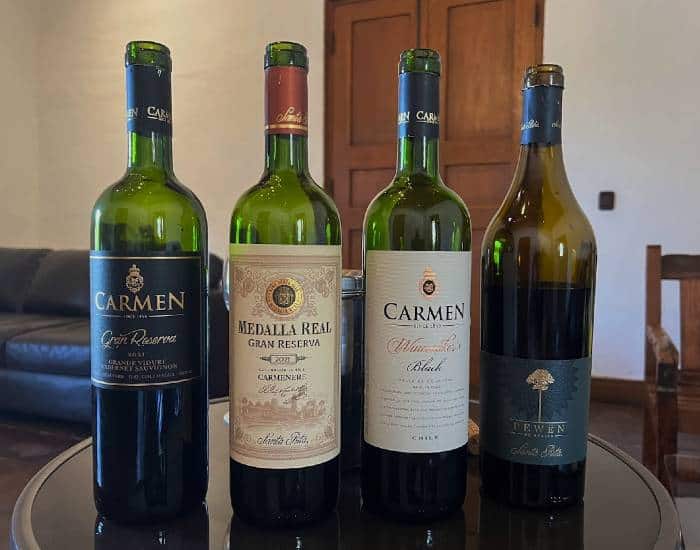
Chile is located on the western coast of South America, sandwiched between the Pacific Ocean, the snow-capped Andes, the arid Atacama Desert, and polar Patagonia.
As a result of this natural isolation and protection, the Chilean vineyards managed to avoid the phylloxera grape louse that pretty much decimated the world’s vineyards in the 1800s.
As a result, the country is home to some of the world’s oldest vines. And the presence of these ancient vines contributes to Chile's winemaking heritage and exceptional characteristics.
Today, Chile is the world’s 5th largest exporter of wine, with the most famous grape variety being the ever-tasty Cabernet Sauvignon. Still, there are also other renowned wine varieties that you should definitely explore during your time in the country.
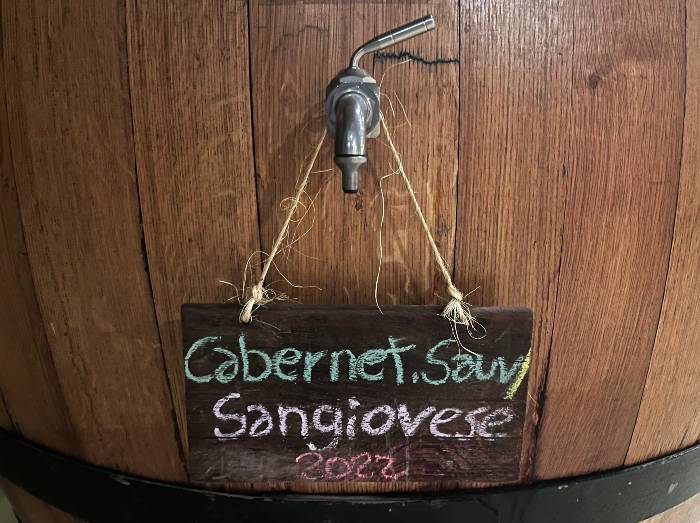
Chile's wine scene has experienced significant growth and innovation, resulting in a diverse range of high-quality wines to discover. Here are a few renowned wine varieties worth trying:
Santiago is the best destination in Chile (and South America), for wine lovers. This is due to the fact that there are various wine valleys around the city.
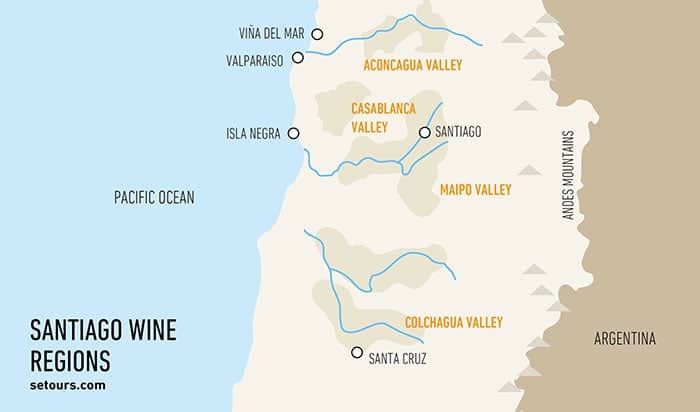
If you are looking for an intimate experience, the Santa Rita vine is the perfect choice. Founded in 1880, this historic property was among the first to pioneer plantings of European grape varieties in Chile. Santa Rita offers various tastings where you can sample some of Chile’s greatest Cabernet Sauvignons as well as tour through the vineyards and its historic cellar.
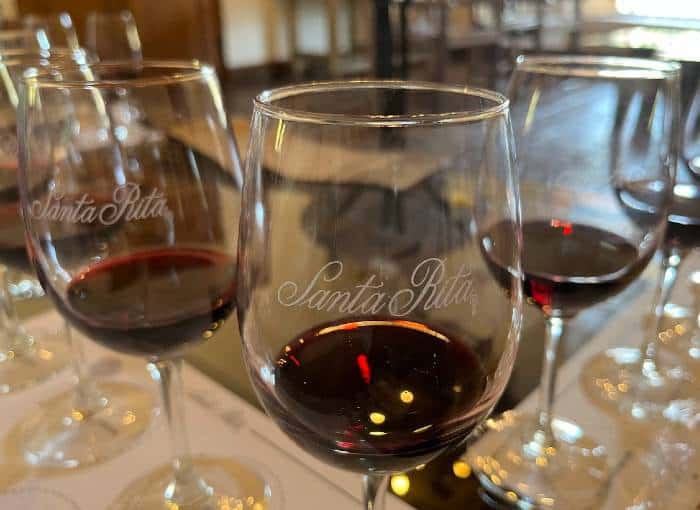
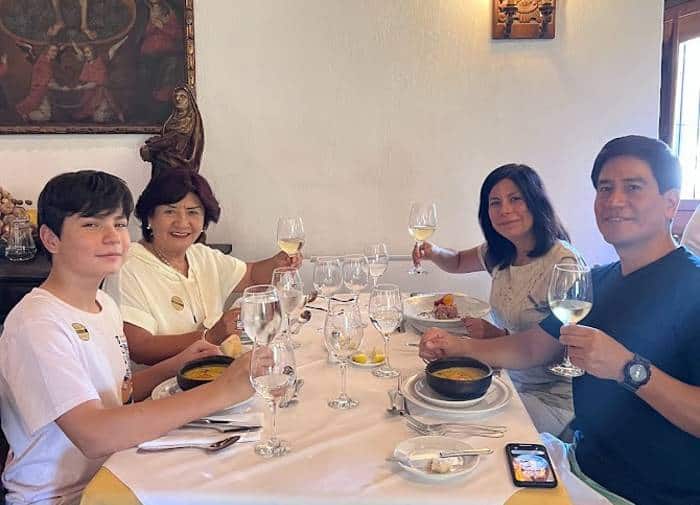
We recommend enjoying a lunch at the 'Doña Paula', awarded as one of the best vineyard restaurants in all of Chile.
Carmenere originally comes from Bordeaux, France, but it faced near extinction due to the phylloxera infestation. Now, Santa Rita's Carmenere tour takes visitors on a memorable horse-drawn carriage ride through the vineyards. One of the highlights is a stop at the iconic Carmenere Stone, which marks the exact spot where the Carmenere variety was rediscovered in 1994, providing a truly unique experience.

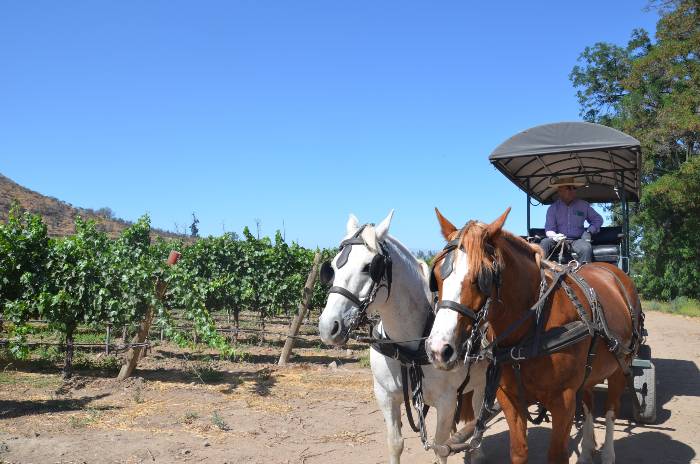
Furthermore, if history interests you, be sure to ask your guide about the historic significance of the wine cellars. It is believed that 120 patriots were given shelter there, after fighting against the Spanish army for National Independence.
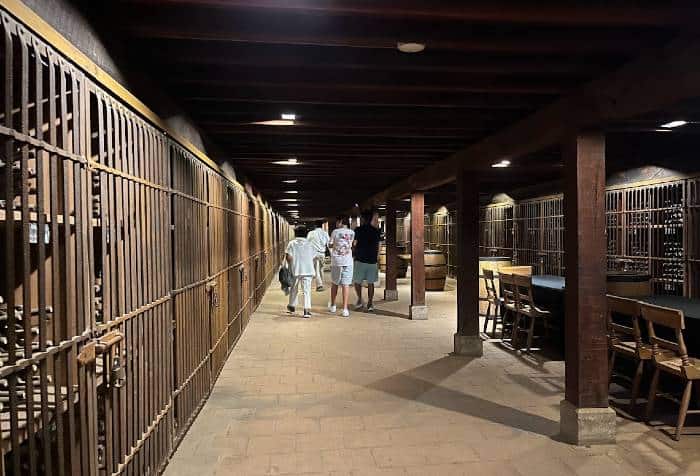
The property is also home to the boutique hotel Casa Real. With only 16 rooms and a private 40-hectare park filled with ponds, lush vegetation, and magnificent sculptures, you can enjoy a unique as well as personalized stay. Check out our itinerary with Santa Rita Winery for some inspiration!
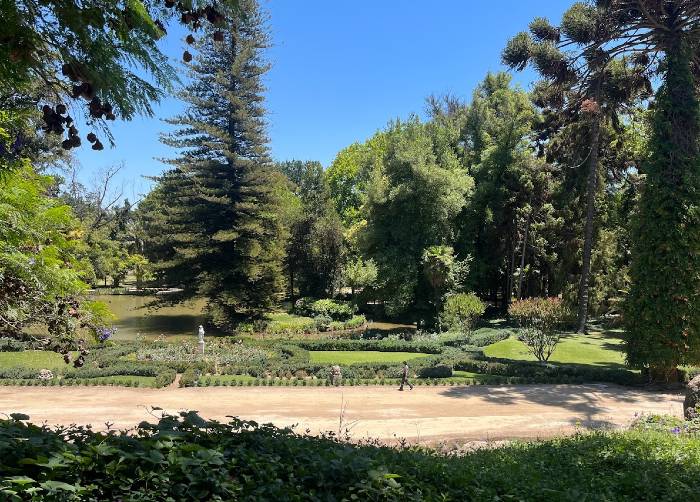
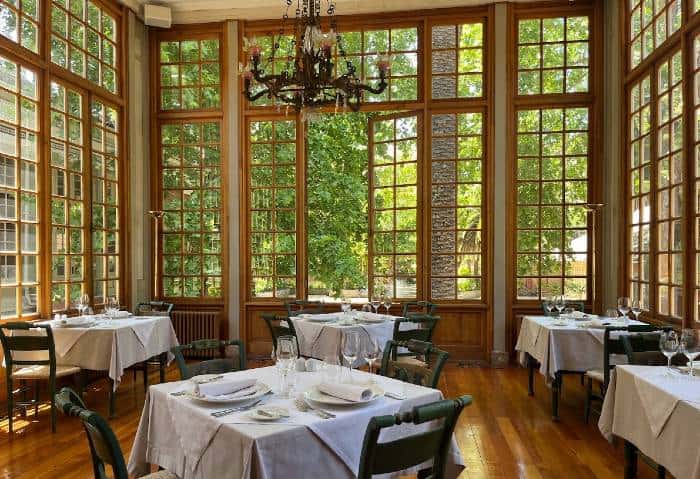
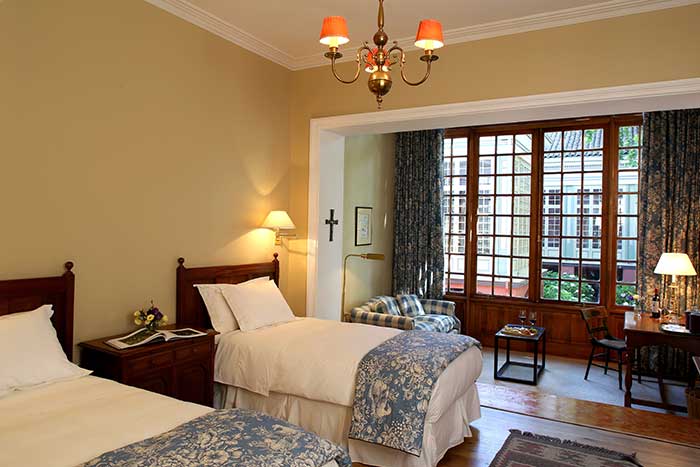
One of our favorite wine experiences in the Casablanca valley is Bodegas Re.
This is the personal project of Chilean winemaker Pablo Morande and his family. Regarded as one of the most influential winemakers in Chile, Morande is the discoverer of the Casablanca Valley. It was Morande who achieved the first iconic wine (Don Melchor) for the Concha y Toro brand - the first to obtain 96 points in Wine Spectator magazine.
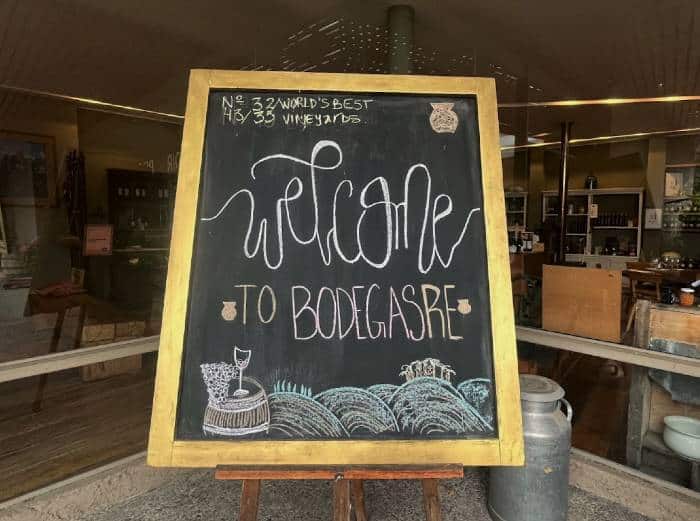
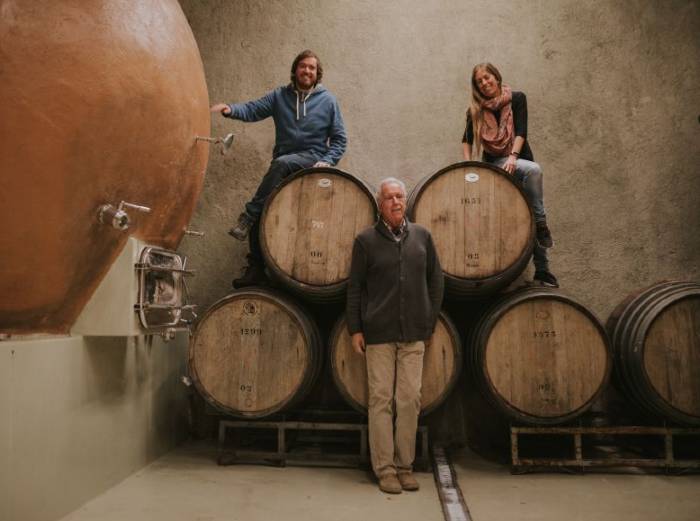
Morande decided to follow his innovative instincts and create 'Re' with three of his children. His vision is to continue experimenting and creating wines with a blend of science, love, art, and inspiration from ancient winemaking techniques.
The guided tour of the Winery (prior reservation required) conveyed a passion for the product and the essence of RE. It was impressive to see the clay-coated amphorae used for wine storage, inspired by techniques from the Maule region, the homeland of the Morande family. Internally sealed with concrete, it showcased one of the new trends for premium wines. A combination of ancient and modern elements.

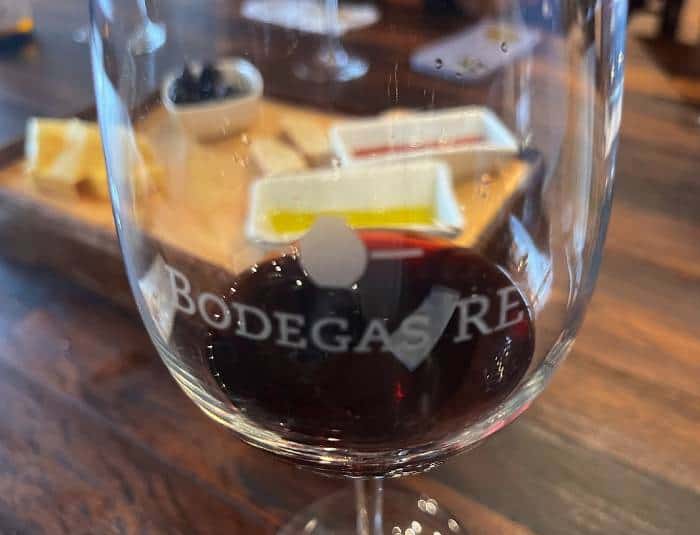
Following an informative tour of the vineyards, balsamic and artisanal liquor production rooms, you will be able to sample various delicious wines paired with fresh bread, cheese and olives from their own production.
Lastly, we highly recommend paying a visit to the esteemed Casas del Bosque vineyard. This family-owned boutique winery, founded in 1993, has garnered numerous accolades for its outstanding wines. The property provides a diverse range of tours and tasting experiences to cater to every preference.
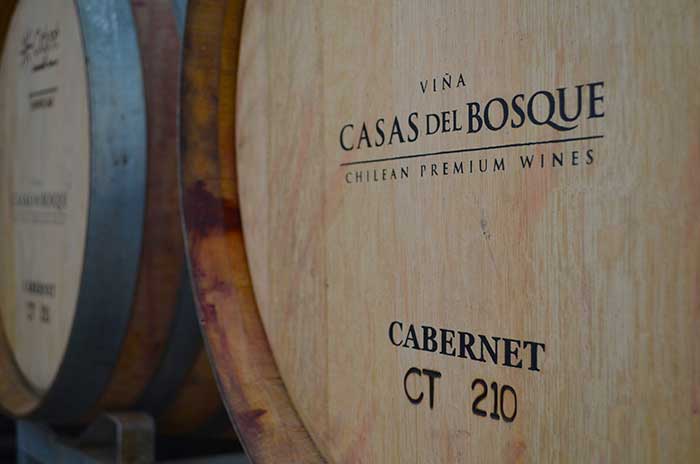
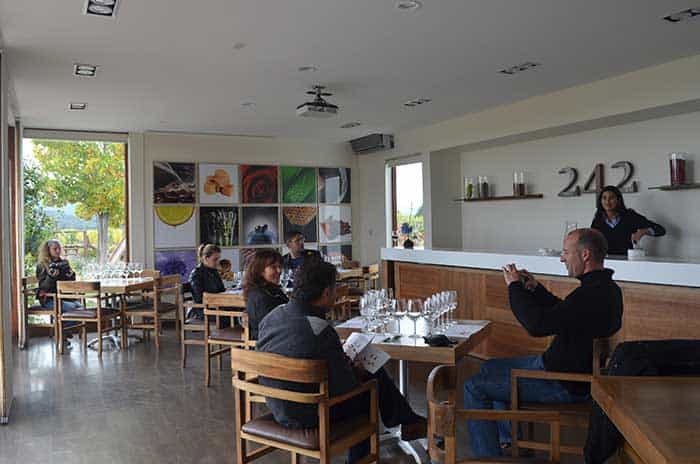
Don't miss the opportunity to savor a delightful lunch at the on-site restaurant, Tanino, where their signature 'empanadas' are a must-try!
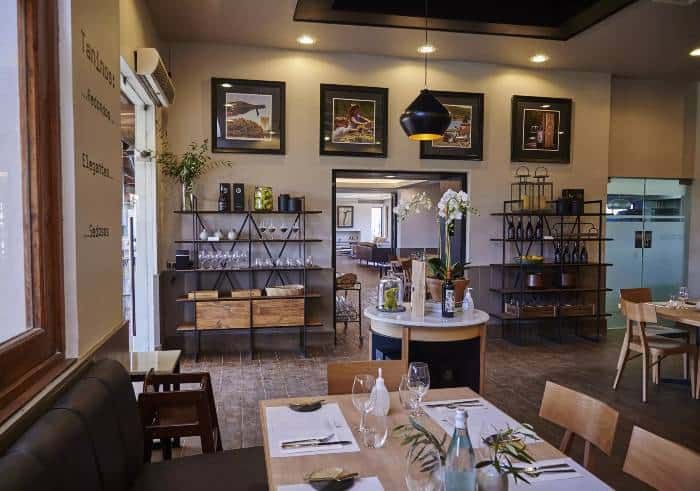
If you’re looking for an alternative that’s even closer to Santiago than Santa Rita, the Concha y Toro vineyard from Don Melchor in the Maipo Valley is an ideal choice. Located just 30 minutes from the city center, it’s perfect for a half-day escape—explore the city in the morning and then slip away for an afternoon surrounded by vines and history. The prestigious Don Melchor estate is renowned for its exceptional Cabernet Sauvignon, including the 2021 vintage that topped Wine Spectator's 2024 list and earned worldwide acclaim.
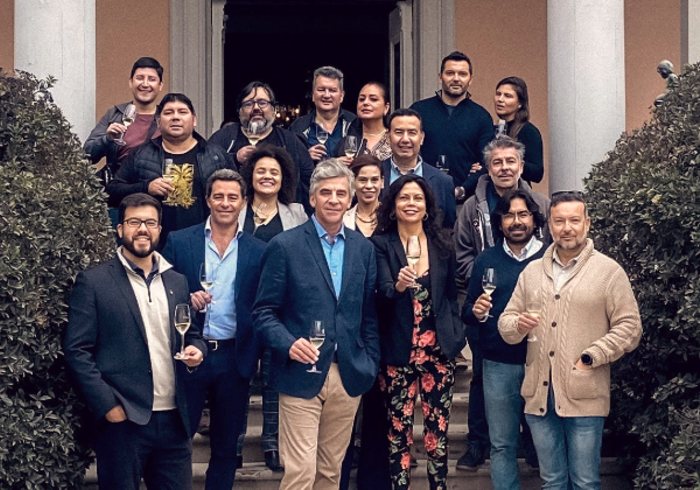
Visitors can choose from a range of experiences at the Concha y Toro vineyard. The exclusive Collectors Experience offers a private tour of the vineyards and cellars, guided tastings of rare and premium vintages, premium cheese pairings, and a peek into the Collection Room.

For a more accessible option, the nocturnal tour of the Casillero del Diablo is perfect for those on a tighter budget, offering a mysterious evening journey through the atmospheric underground cellar complete with captivating stories, a tasting of four exceptional wines. and a three-course dinner at the historic Restaurant Bodega 1883, perfectly blending great food, history, and Chilean wine culture's mysterious charm.
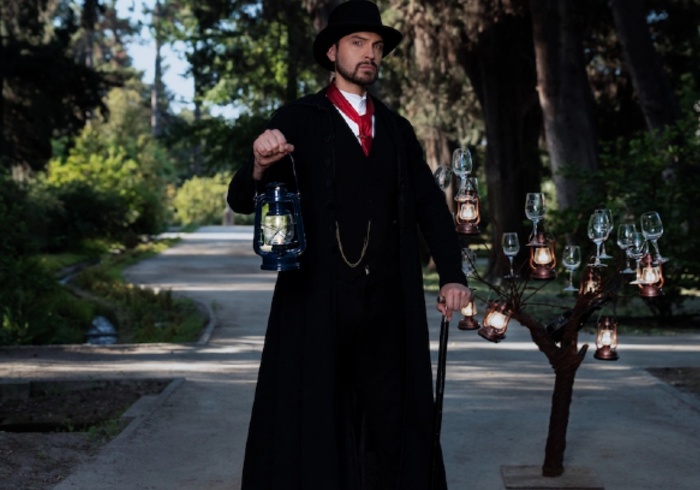
This region is very well known for its exquisite Carmenere, Syrah, Merlot, and Cabernet Sauvignon wine.
There are many acclaimed wineries in Colchagua Valley. However, one vineyard we highly recommend you visit is the Viña Montes.
The angel depicted on its logo represents the premium nature of their wine in the world of Chilean wines – it flies above the rest.

Furthermore, for a delectable meal, their onsite restaurant, Fuegos de Apalta, is the perfect choice. The delicious dishes are prepared with different types of open flames conceived by the world-renowned chef Francis Mallmann.
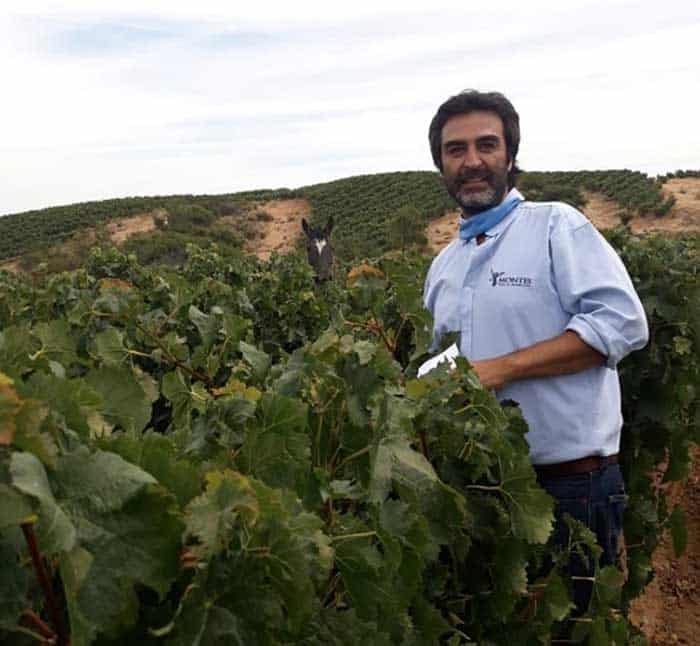
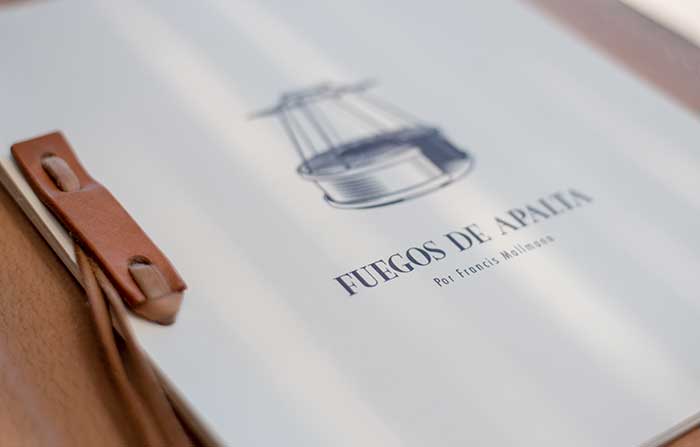
For those seeking to blend wine with luxurious accommodations, we highly recommend Vik Chile. This exceptional hotel is a masterpiece in itself, providing an innovative and all-encompassing wine spa experience against the breathtaking backdrop of the Andes Mountains. Moreover, guests can indulge in the awe-inspiring infinity pool, which offers sweeping vistas of the enchanting valleys that surround the property.
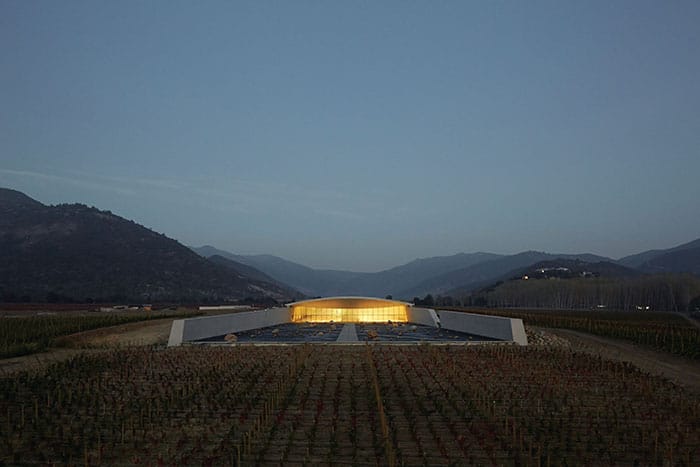
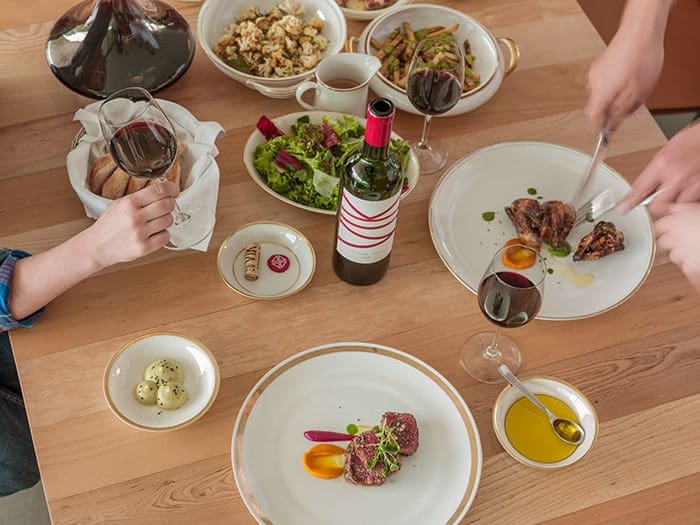
You can visit Santiago’s surrounding wine valleys year-round. However, the peak season is from late spring to early autumn (mid-October to mid-April). During these months you can expect warm weather with a lower chance of rain. Which is ideal for spending lots of time outside among the stunning vineyards!
Our final tip is to visit Santiago's vineyards in March or early April when the grapes are being harvested. During this time the vineyards are full of ripe grapes which make for amazing photos. Also, if you're lucky some tours might even let you taste the grapes right off the vines!
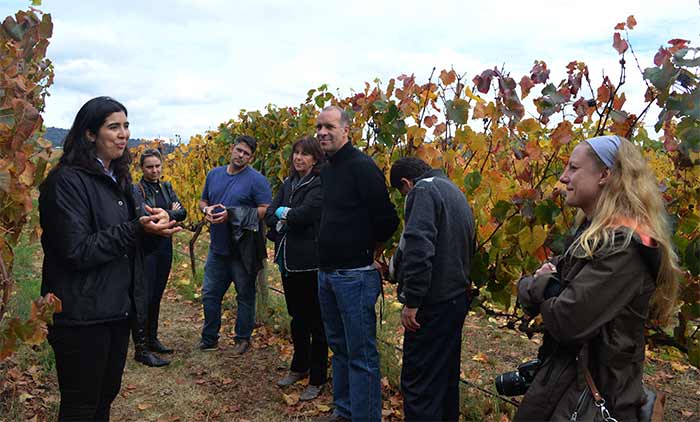
Just 300 kilometers (187 miles) south of Lima, the city of Ica, nestled in the sun-drenched region that shares its name, is rapidly becoming a standalone destination for Peruvians and regional travelers alike. With its sun-soaked vineyards, fresh coastal-meets-Andes cuisine, and awe-inspiring desert landscapes, Ica is shedding its stopover reputation and emerging as a top choice for wine lovers, foodies, and adventure seekers.
Although international visitation has slowed since the closure of Ica’s airport (which previously enabled overflights of the Nazca Lines), local tourism is booming. And for those planning to visit Paracas or explore the Huacachina Oasis, a stay in Ica is a perfect add-on.
With a sunny climate all year long and fertile valleys enriched by coastal and Andean influences, Ica is an agricultural powerhouse. Beyond endless rows of grapes for wine and Pisco, the region also grows fruit, asparagus, and other export crops.
This natural bounty, combined with warm hospitality and open-air settings, makes Ica a favorite for Peruvian food lovers. Visitors can enjoy:
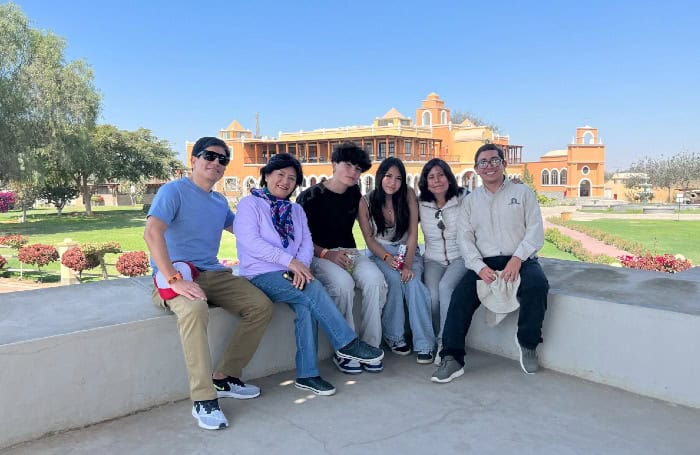
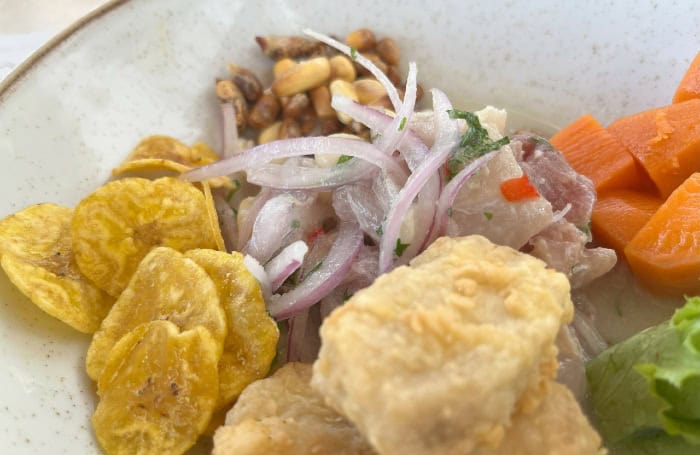
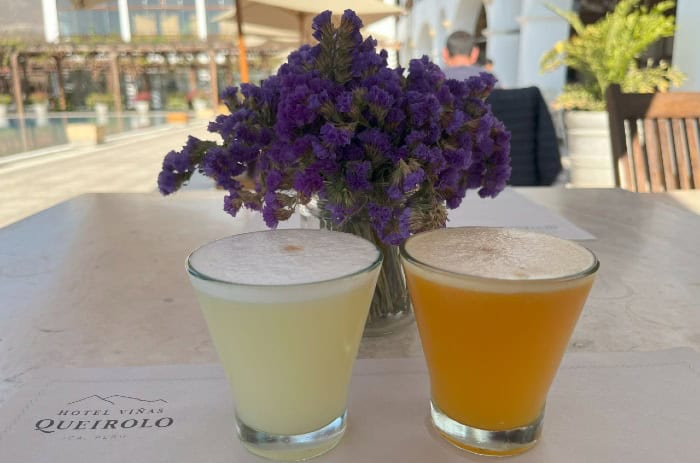
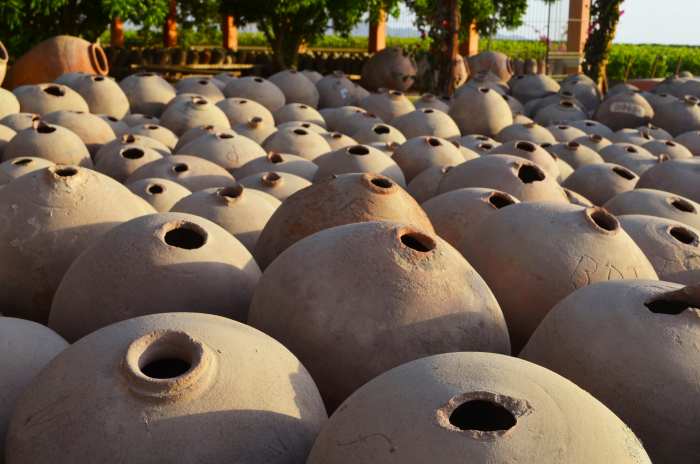
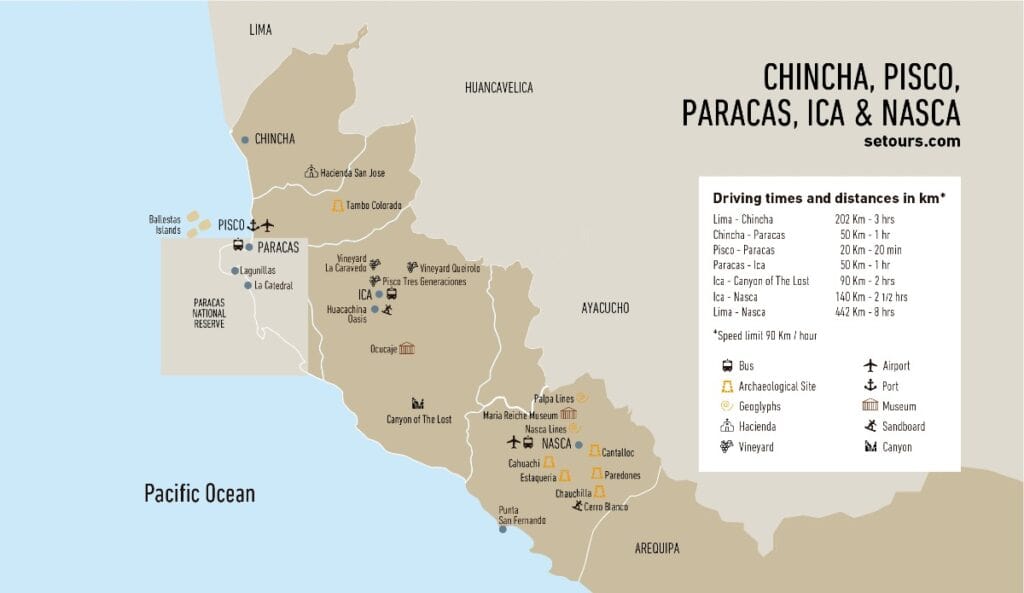
One of Ica’s greatest charms lies in its connection to Pisco, the emblematic Peruvian spirit. A range of wineries and distilleries offer immersive tours, tastings, and unforgettable dining experiences.
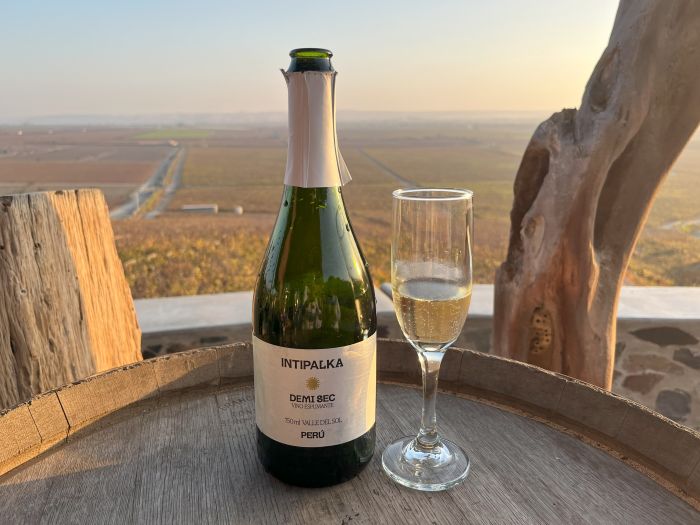
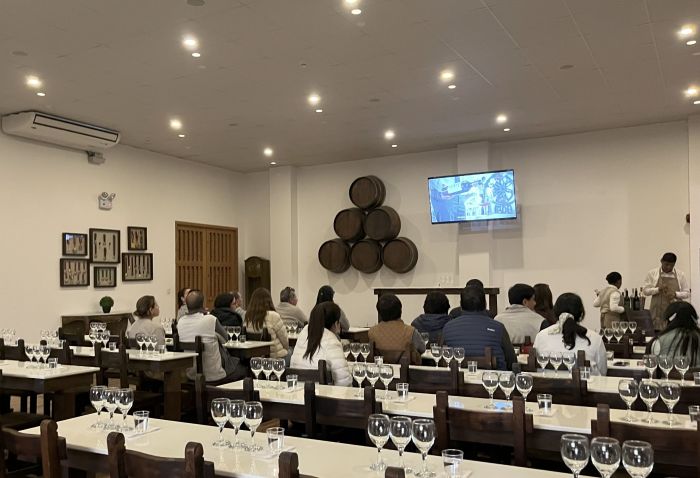
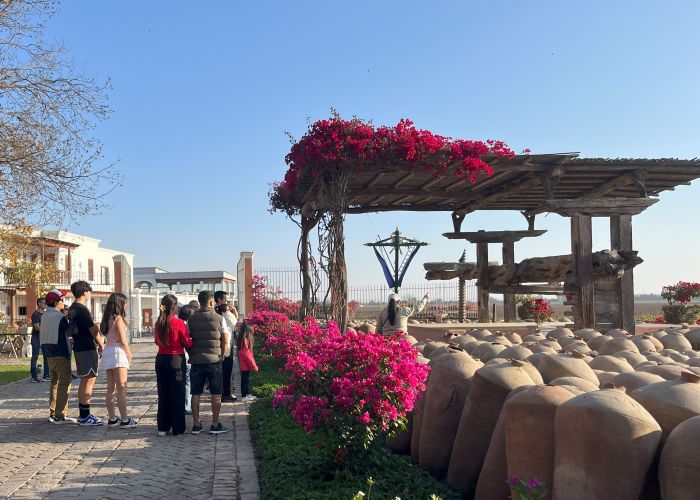
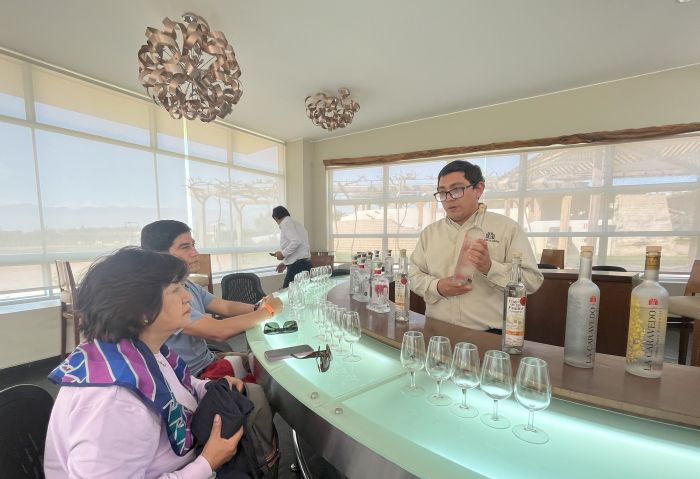
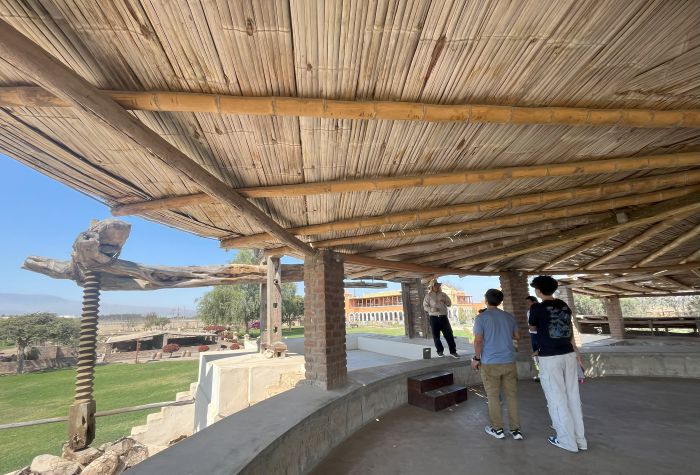
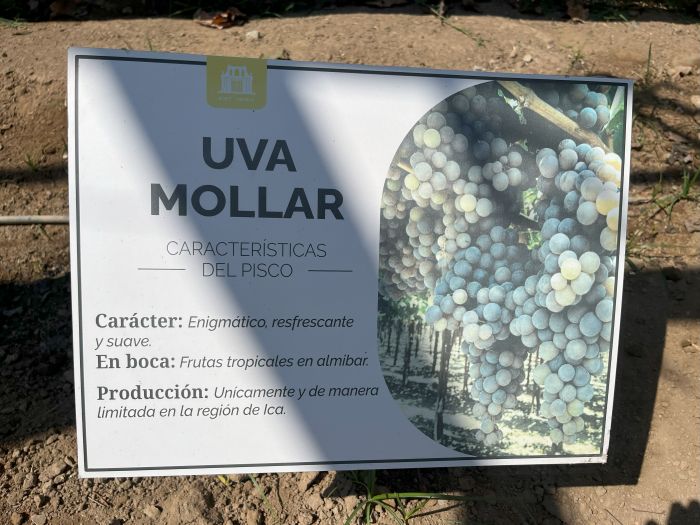
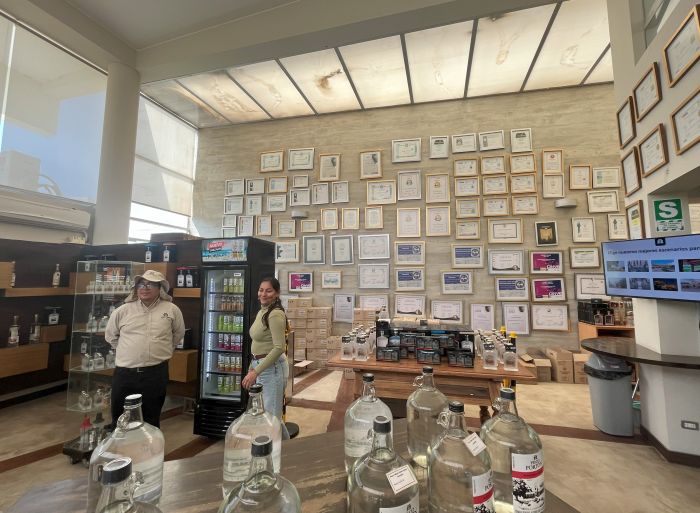
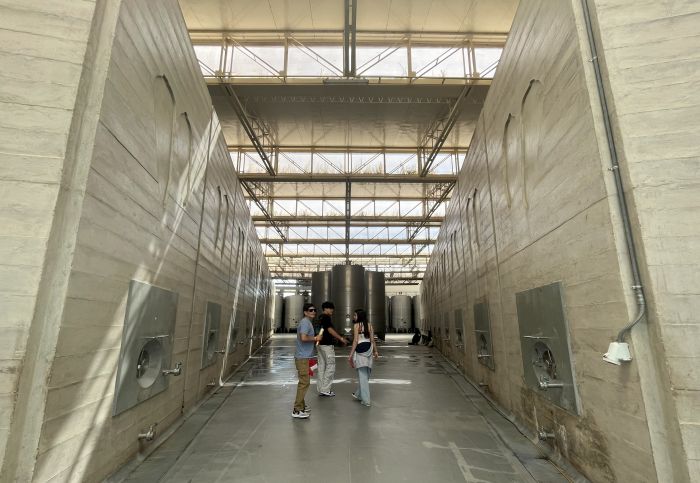
Bonus: an adjacent sister ‘La Olla de Juanita’ restaurant serving authentic local dishes—no frills, no fuss, mostly for locals
When you’re ready to swap sipping for sightseeing, Ica's desert playground offers surreal landscapes and thrilling excursions.
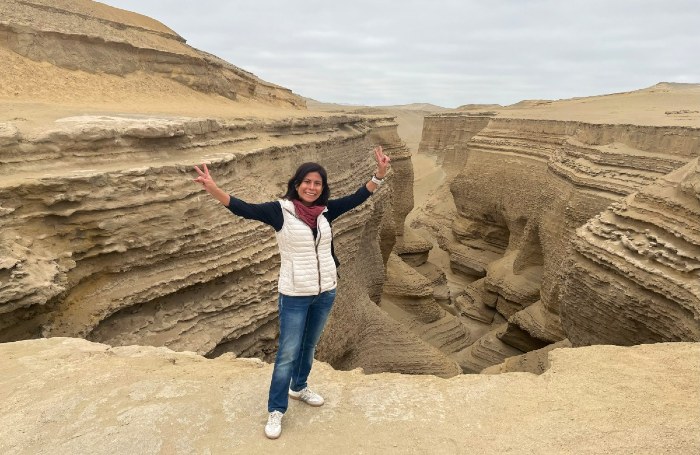
Hidden deep within the vast Ica Desert lies a true geological gem: the Canyon of the Lost.
Once a well-kept secret, this awe-inspiring canyon has gained attention thanks to Instagram, but still remains largely untouched by mass tourism, offering a sense of solitude rarely found in such dramatic landscapes.
Once the floor of an ancient sea, this area is estimated by paleontologists to be 20 to 30 million years old. Fossilized marine remains—such as seashells and even whales—have been uncovered here. See the terracotta-colored fossil in the bottom-left image of the collage below.
In fact, the canyon owes its name to the many who get lost there, due to the absence of signage.
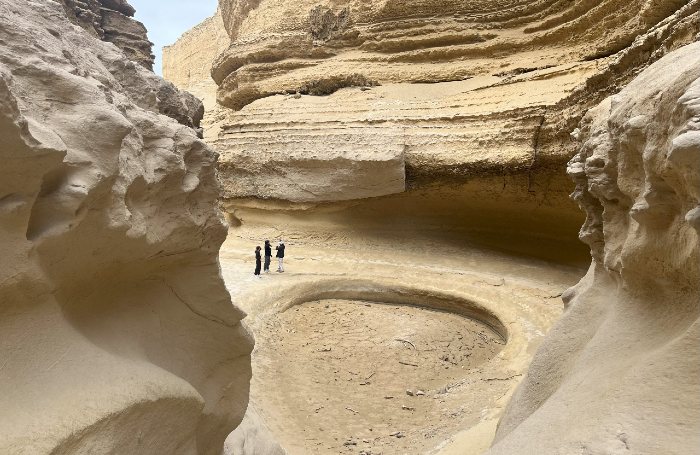
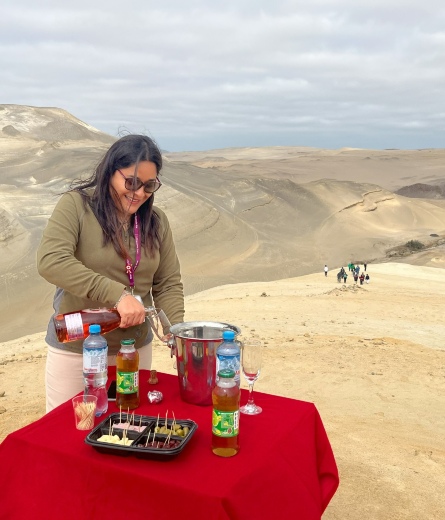
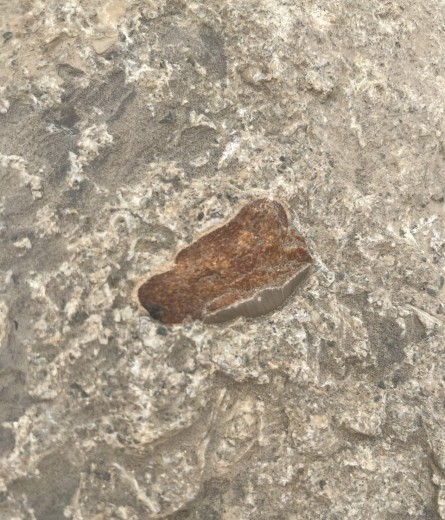
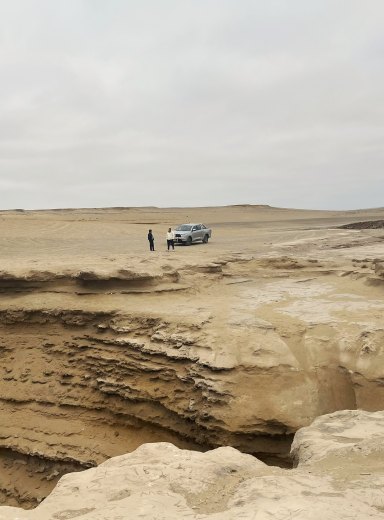
Tucked among golden sand dunes, Huacachina is a magical desert escape perfect for both thrill-seekers and laid-back romantics. The iconic oasis offers:
There are many local providers for buggy tours around the dunes, but if booked in advance, we recommend the 1-hour experience aboard a modern Polaris UTV—for both safety and style.
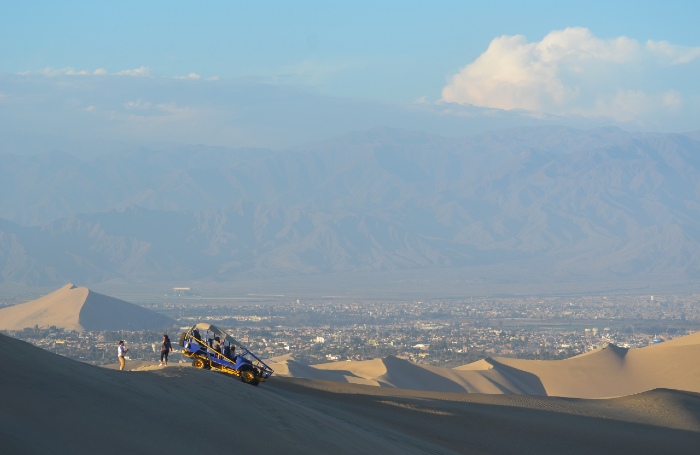
17:00 hrs (5:00 PM) is ideal. You’ll catch the most breathtaking desert light as the sun begins to set—creating dramatic shadows on the dunes and unforgettable photo opportunities.
After your tour, enjoy a light dinner at Hotel Mossone, just across the oasis. Their terrace offers the perfect vantage point to unwind and take in the last light of day.
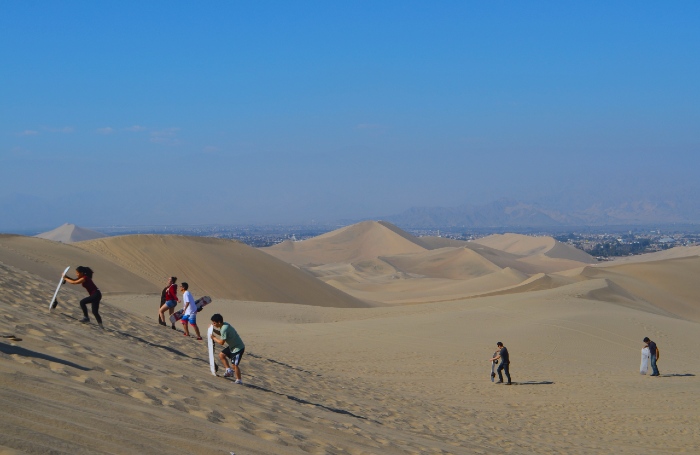
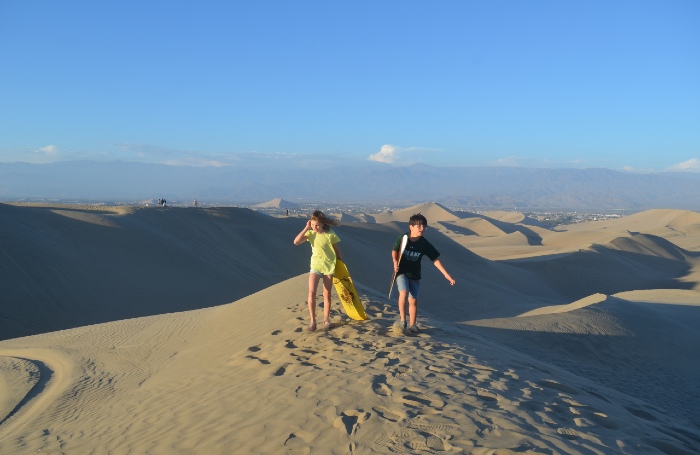
On your return to Lima, make a cultural stop at Pachacamac (30 km south of the city), a pre-Inca archaeological site perched above the Pacific.
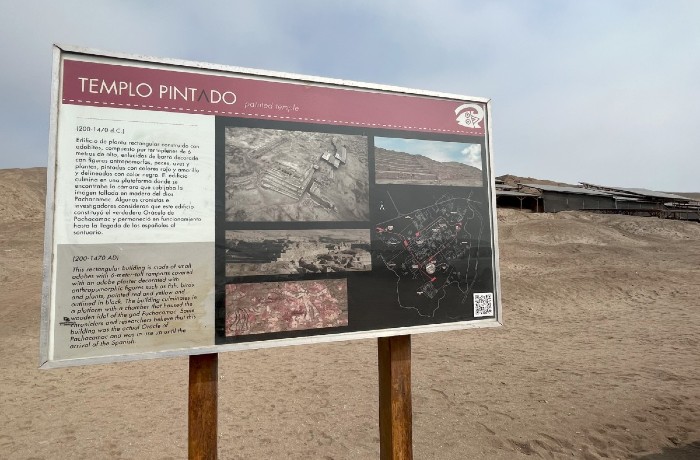
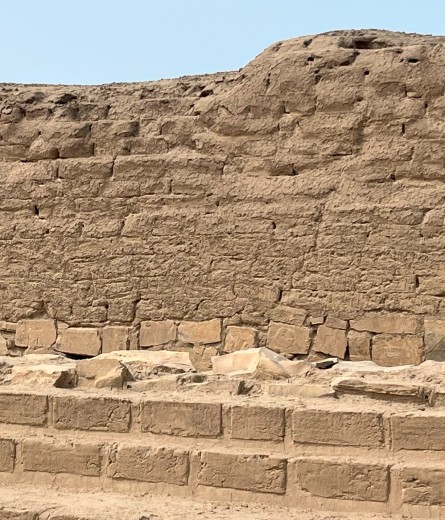
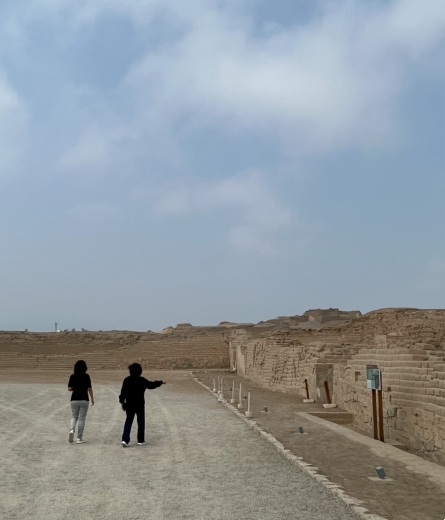
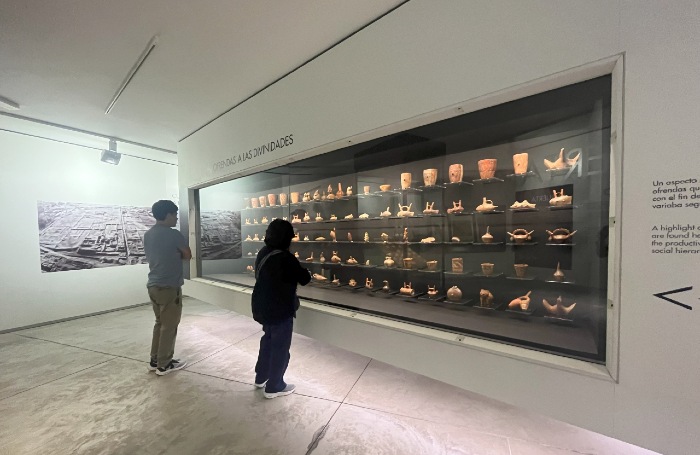
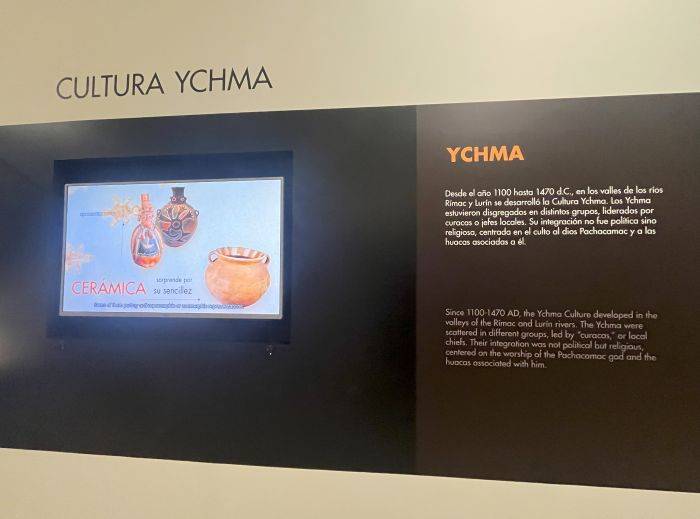
At the end of our museum visit, we discovered a treasure: the museum shop, showcasing handmade products by local women from nearby communities. Supported by an international NGO with training and microfinance, these artisans have created beautiful souvenirs inspired by Pachacamac’s iconography.
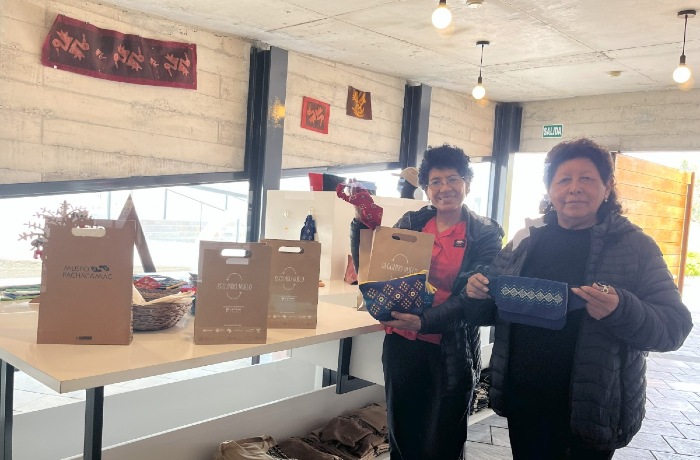
Whether you’re sipping Pisco in a centuries-old cellar, gliding over dunes at sunset, or discovering ancient civilizations by the sea, Ica blends culture, nature, and indulgence like no other region in Peru.
So next time you're planning a journey through Peru - don’t pass through Ica. Stay awhile.
Our insider tips will guide you through planning the perfect Inti Raymi adventure. Thanks to our dedicated team based in Cusco and our experience hosting international travelers, we can offer you the latest updates on this extraordinary event.
As the grandest celebration of the Incan Empire, Inti Raymi was originally held during the winter solstice, marking the Incan New Year and honoring the Sun God, Inti. This pivotal event was tragically suppressed by Spanish colonial rule but later triumphantly revived. Today, Inti Raymi is a vibrant tapestry woven from ancient customs, serving as a cornerstone of local identity that attracts at the same time a global audience.
It is estimated that approximately 45,000 visitors traveled to Cusco to experience the 2024 edition of Inti Raymi.
To ensure a seamless experience, plan your Inti Raymi adventure well in advance. Due to overwhelming demand, many Cusco hotels require a minimum two-night stay. Secure your spot by purchasing tickets as soon as they go on sale, usually two months before the festival.
Check out our Instagram reel with highlights from our Inti Raymi visit with our groups this year.
On June 24th, the Inca and their entourage perform at 3 key locations in Cusco:
| Location | Ticket required | Duration |
|---|---|---|
| 1. Koricancha Cusco (Sun Temple) | Yes, since 2024 | ~ 45 min - 1 hour |
| 2. Cusco's main square | No | ~ 1 - 1,5 hours |
| 3. Sacsayhuaman Fortress (10-drive from Cusco) | Yes | ~ 4 hrs * |
* Despite the authorities announcing a shorter duration for the Inti Raymi 2024 performance at Sacsayhuaman Fortress, the event still ended up lasting 4 hours.
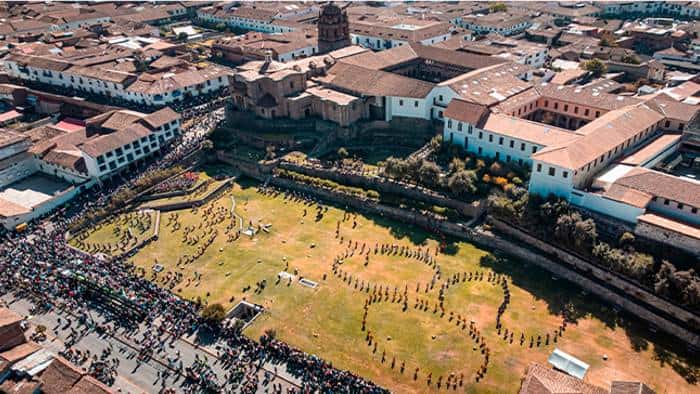
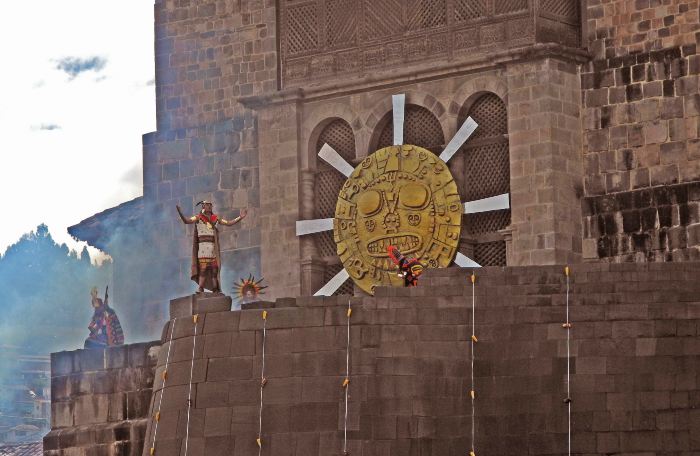
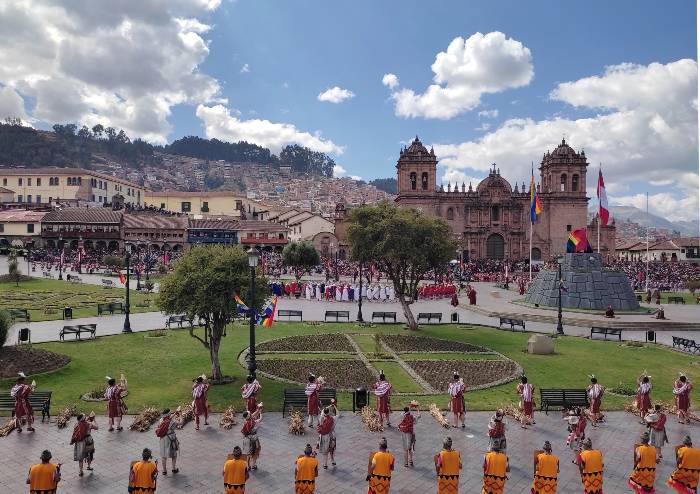
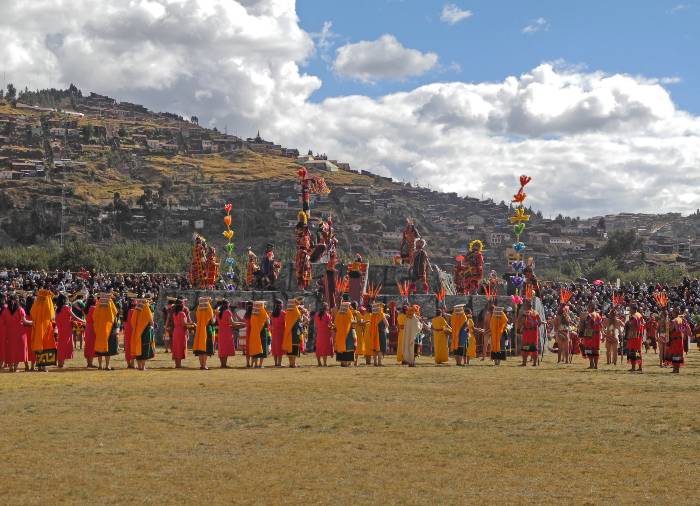
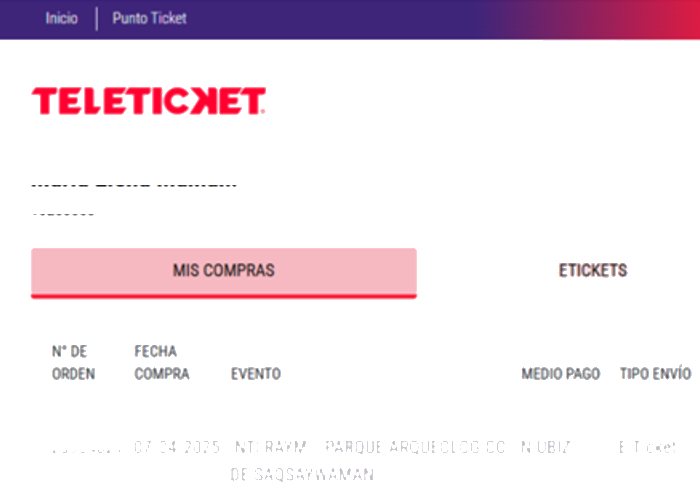
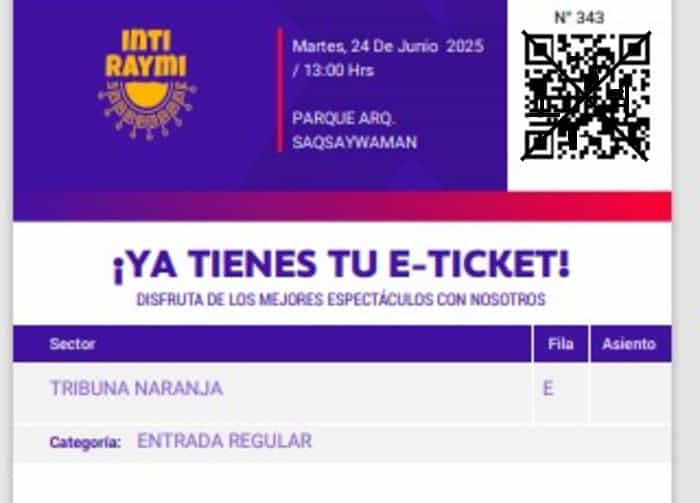
After purchasing your ticket, you can see the order confirmation on the online portal. You can download the E-ticket a few days before the festival.
There is only one type of ticket available for this area at Koricancha (~ USD 50)
Sacsayhuaman, on the other hand, offers three ticket categories:
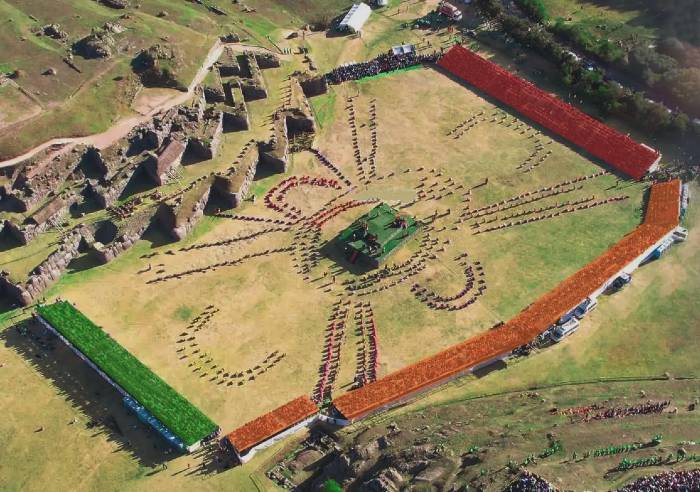
| Ticket Category | Price 2024 | Location | Tickets Available |
|---|---|---|---|
| Green | USD 125 | On the sides of the ceremony | ~ 750 |
| Orange | USD 185 | Directly in front of the ceremony & Sacsayhuaman Fortress (best views) | ~ 1875 |
| Red | USD 175 | On the sides of the ceremony | ~ 1125 |
As a result, the orange category is the most popular and tends to sell out first. The photos below show the positioning of the categories.
It is also possible to buy combined tickets with access to Koricancha as well as one of the categories of Sacsayhuaman. Pricing starts at around 165 USD with the green category.
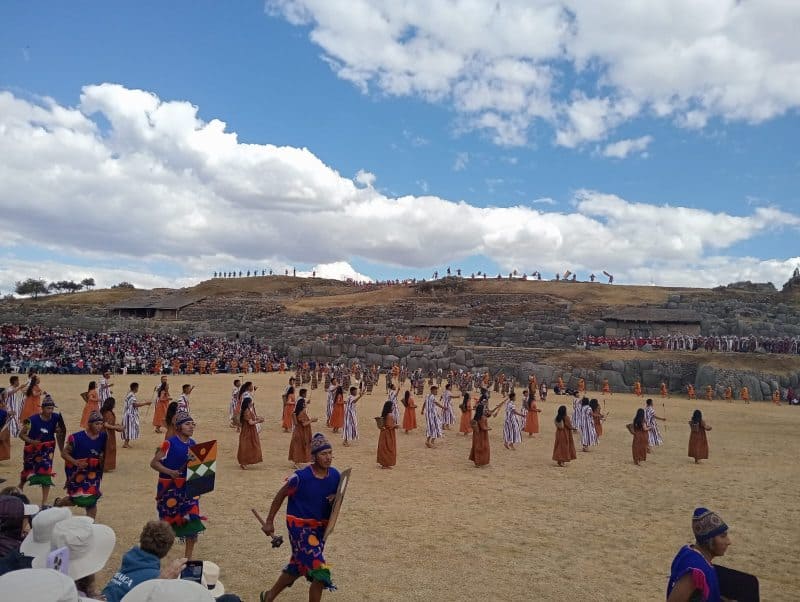
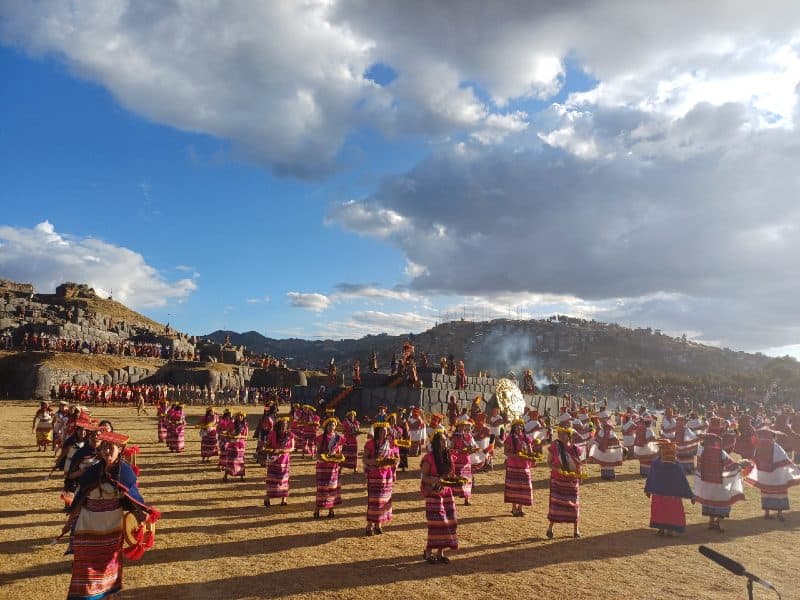
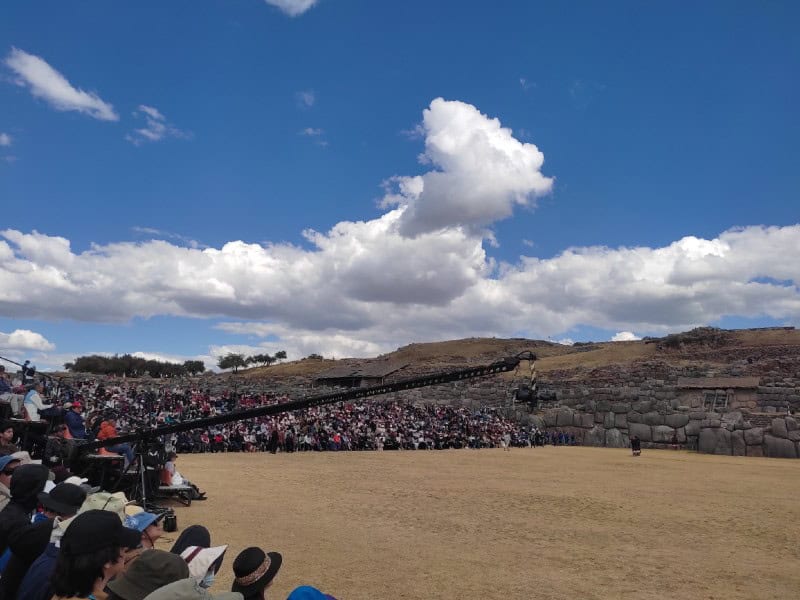
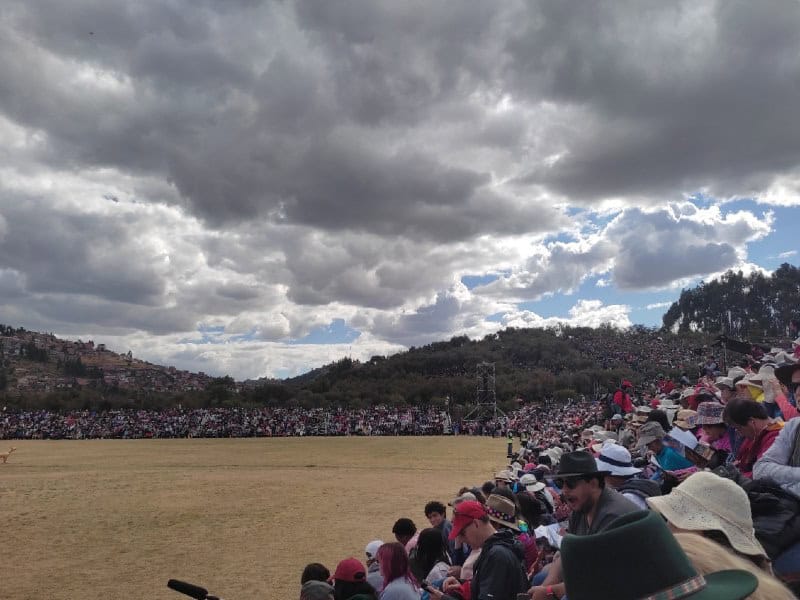
| Time | Activities |
|---|---|
| 08:30 | Walk to Koricancha from your hotel in Cusco |
| 09:30 | Watch the ceremony at Koricancha |
| 10:00 | The above option works well if you decide to buy tickets in advance at Koricancha. If not, consider leaving your hotel earlier to secure a good spot among the crowds. |
| Time | Activities |
|---|---|
| 09:45 | Meet your guide at your hotel in Cusco, then stroll to the main square and head to one of the restaurants in the main square featuring a privileged view from their balconies (must book in advance) |
| 10:30 | After a delicious brunch, enjoy the ceremony from the restaurant’s balcony (note that the brunch is served indoors, the balcony has standing space only) |
| 11:30 | Begin making your way to Sacsayhuaman. While walking is an option (approximately 45 minutes), taking a transfer is recommended due to the crowded streets on this day |
| 13:00 | Enjoy the show from the orange section at Sacsayhuaman and enjoy a prearranged boxed lunch when you get hungry |
| 17:00 | Return to Cusco by vehicle |
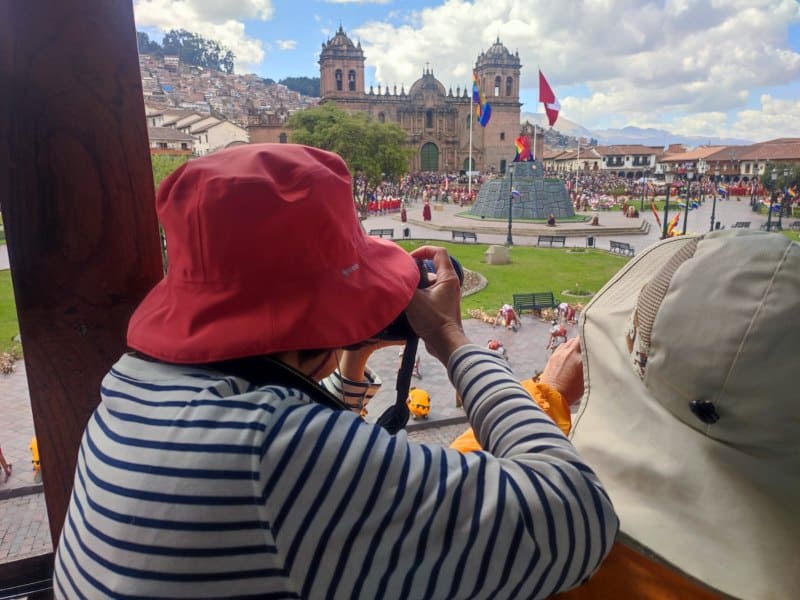
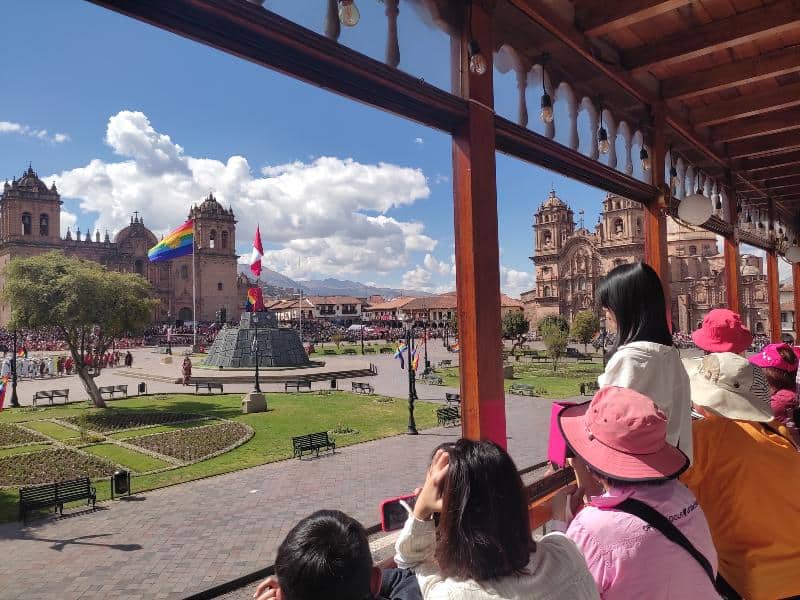
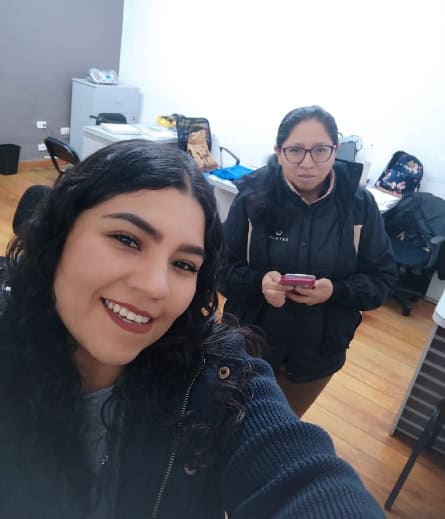
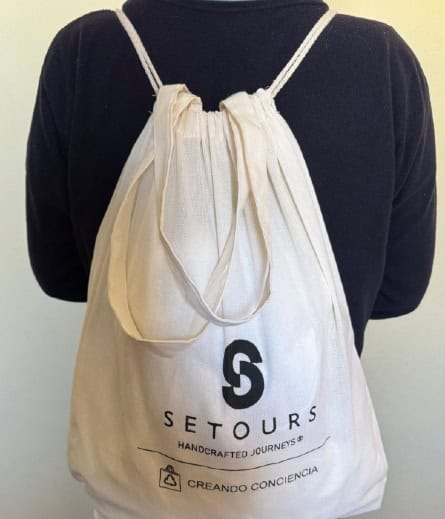
Cusco, the ancient Incan capital of Peru, is full of exciting things to do and an ideal base for exploring the breathtaking Sacred Valley and the world wonder Machu Picchu. Check out our article on the Top 10 things to do in Cusco and reach out if you need any help planning your next trip to Peru!
Peru's incredible biodiversity, with 84 out of 103 ecosystems, has turned Lima into a haven for talented young chefs. They skillfully harness the diverse ingredients, showcasing remarkable inventiveness and culinary prowess.
Maido was named the World's best restaurant for 2025. Due to its popularity, the restaurant is often fully booked months in advance. Making it virtually impossible to spontaneously pop in for a meal.
Don't dispair, there is a bunch of remarkable alternatives to Maido in Lima.
We still recommend making a reservation beforehand though, just in case, as their online system for reservations is offered 60 days in advance and most dates are booked out within a few hours of being made available.
Jump to our tried and tested alternatives
Cuisine reflecting Peru's biodiversity

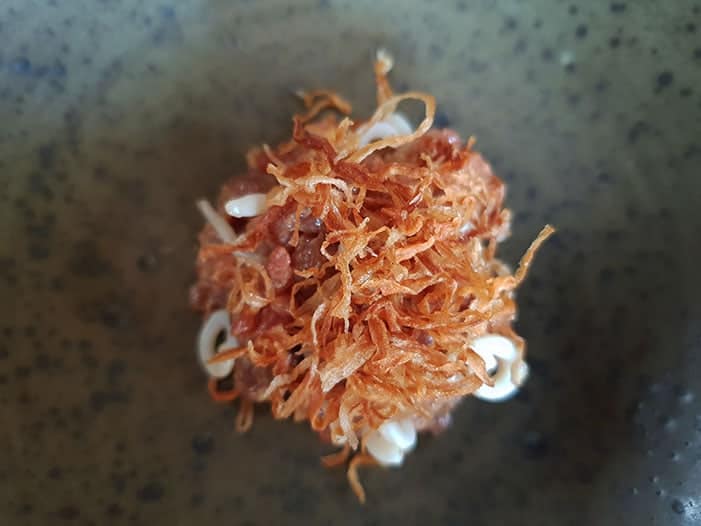
It was only a matter of time before Pia León's exceptional culinary prowess earned her restaurant, Kjolle, a well-deserved spot among the prestigious top 50 restaurants in the world in 2023. The restaurant's ranking has risen steadily, now earning the 9th place on the 2025 list for the 50 best restaurants in the world. Pia León first made waves in the culinary world by working alongside Virgilio Martinez at Central, and their joint efforts paved the way for Central's rise to international acclaim. After realizing this shared dream, Pia embarked on her own venture by opening Kjolle—a more approachable and flexible gastronomic experience, all within the same establishment.
At Kjolle, guests have the option of indulging in a tantalizing tasting menu, similar to that offered at Central, although with a noticeably shorter duration. What sets Kjolle apart is the ability to order à la carte and a more casual setting.
Central and Kjolle share a common thread—their unwavering commitment to utilizing unique ingredients sourced from the farthest reaches of Peru. This extraordinary culinary palette is the culmination of extensive research, investigative journeys, and a dedicated initiative led by both Pia León and her husband, Martinez. The endeavor is carried out under the umbrella of the renowned 'Mater' research center, which is spearheaded by Martinez's sister.
Every ingredient artfully placed on your plate, and even each element of decor, serves a purpose and reflects Pia's mission to celebrate and showcase the diverse, yet often overlooked, bounty of Peru. It is a heartfelt homage to the creators behind these ingredients—many of whom are micro farmers and artists hailing from every corner of the country.
A pioneer of Nikkei cuisine in Lima

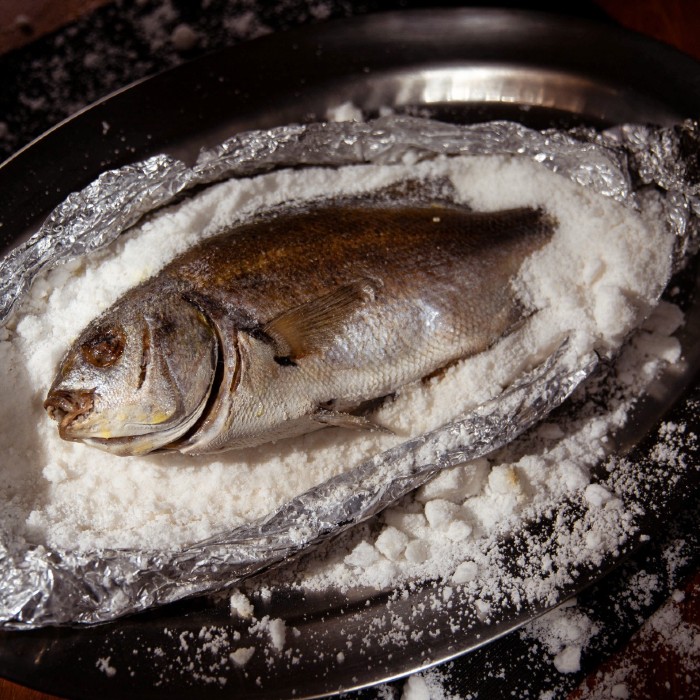
For over four decades, Costanera 700 has been a cornerstone of the Miraflores dining scene, shaping the evolution of Nikkei cuisine in Lima. Founded by the late Humberto Sato Matsuoka—one of the most influential figures in Peru’s gastronomic landscape—the restaurant seamlessly blends Japanese culinary tradition with the bold flavors of Peru’s finest ingredients. Today, under the direction of Sato’s son, Yaquir, the kitchen continues to honor this legacy with exquisite technique and precision.
Signature dishes such as ikizukuri-style sashimi showcase the impeccable freshness of locally sourced seafood, while the menu also features refined renditions of ceviche, tiraditos, tempura, and makis. The restaurant’s unmissable specialty, chita a la sal, arrives dramatically at the table, encrusted in salt and flambéed for an unforgettable presentation. A well-curated wine list leans toward New World selections, complementing the delicate balance of flavors in each dish.
Recognized for its outstanding contribution to Nikkei cuisine, Costanera 700 has earned a place on The World’s 50 Best Discovery list, solidifying its status as one of Lima’s premier dining establishments.
Behind the grand wooden entrance of Costanera 700 lies an elegant and intimate dining space, where hushed conversations and impeccable service set the stage for a refined culinary experience. Frequented by politicians, business leaders, and discerning food lovers alike, it remains one of Lima’s most prestigious dining destinations.
Contemporary Peruvian Cuisine
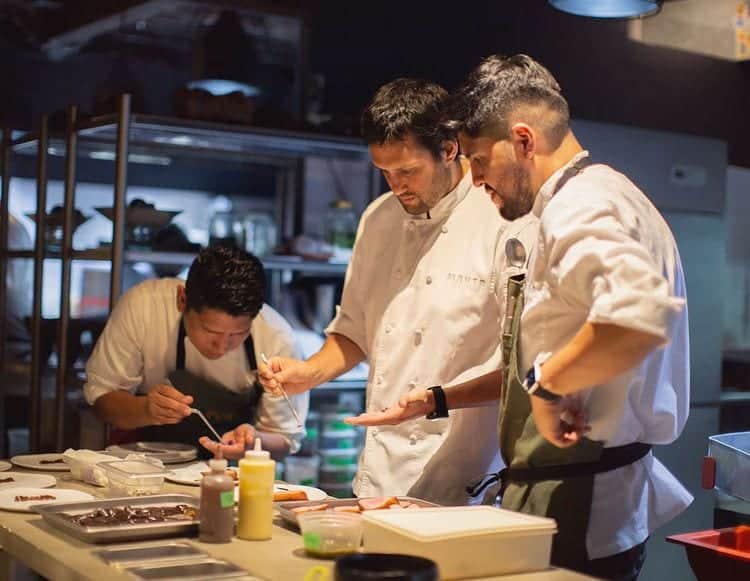
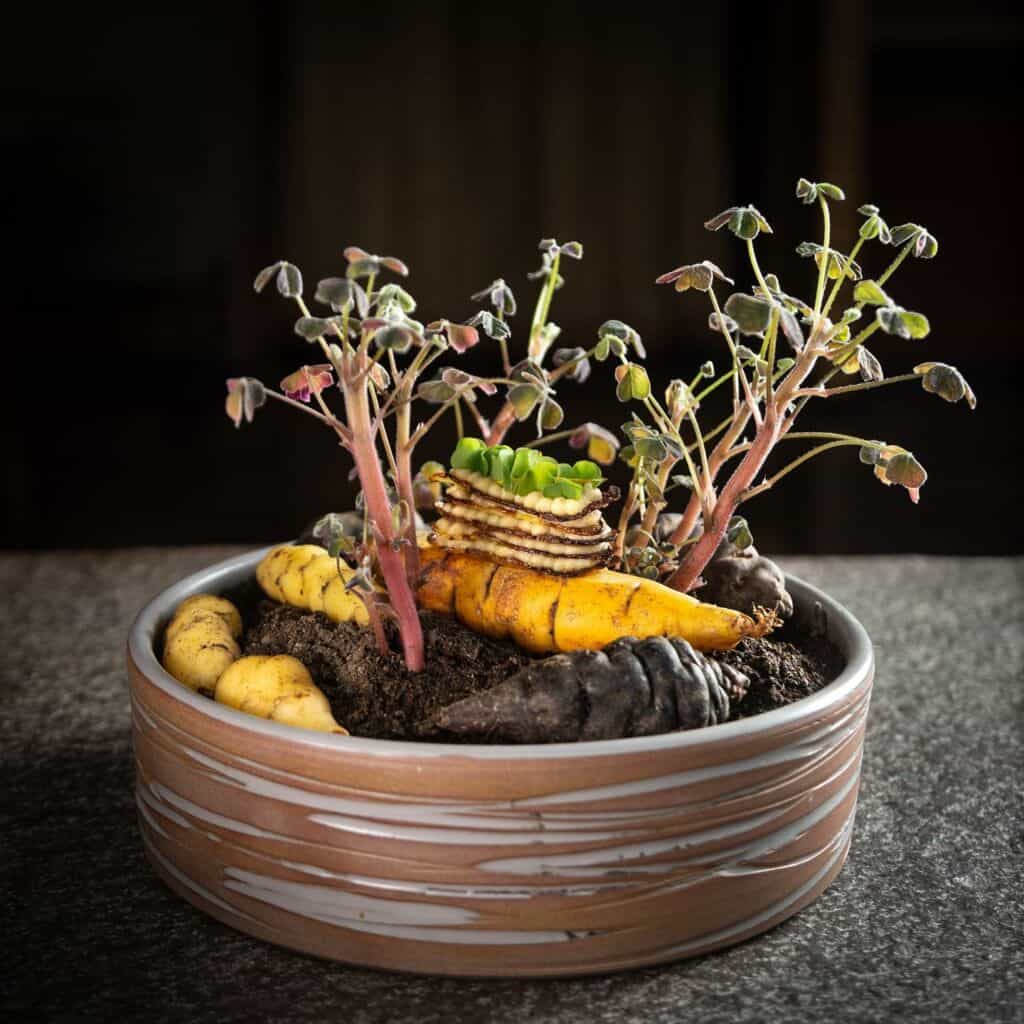
One of our top picks also happens to be number 39 on the list of The World’s 50 Best Restaurants 2025!
Mayta's 12-course Yachay tasting menu, which focuses on Peruvian ingredients, includes dishes like goat with Andean herbs and scallops with fava beans. Each plate is a work of art, with colorful ingredients prominently displayed.
The paiche fish, for example, which Pesaque frequently employs as part of his commitment to sustainability and is actually an Amazonian fish that must be consumed in order to prevent the extinction of other species, is thinly sliced and formed into an intricate rose.
If you don't want to do a tasting menu, the restaurant also has an a la carte menu with dishes like Amazonian ceviche and matcha pie with passionfruit ice cream, to name a few.
Mayta also functions as a pisco bar with unique variations on the Peruvian classic.
Nikkei fusion cuisine
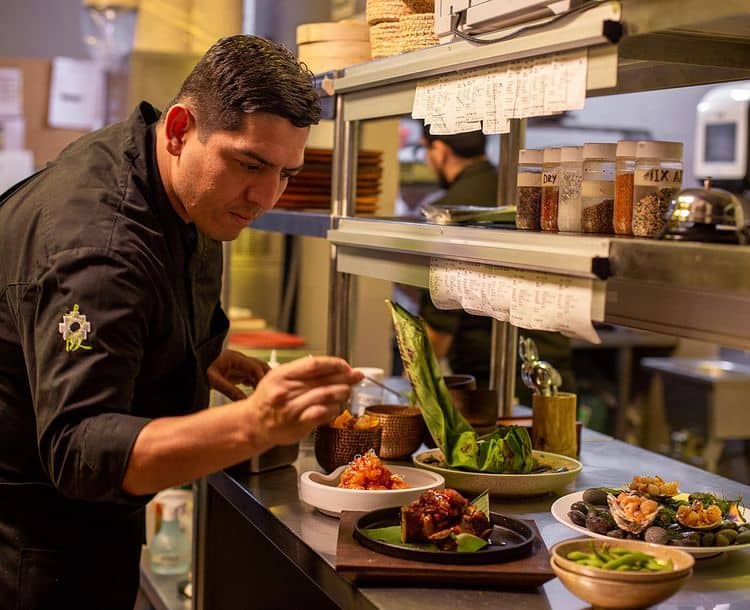
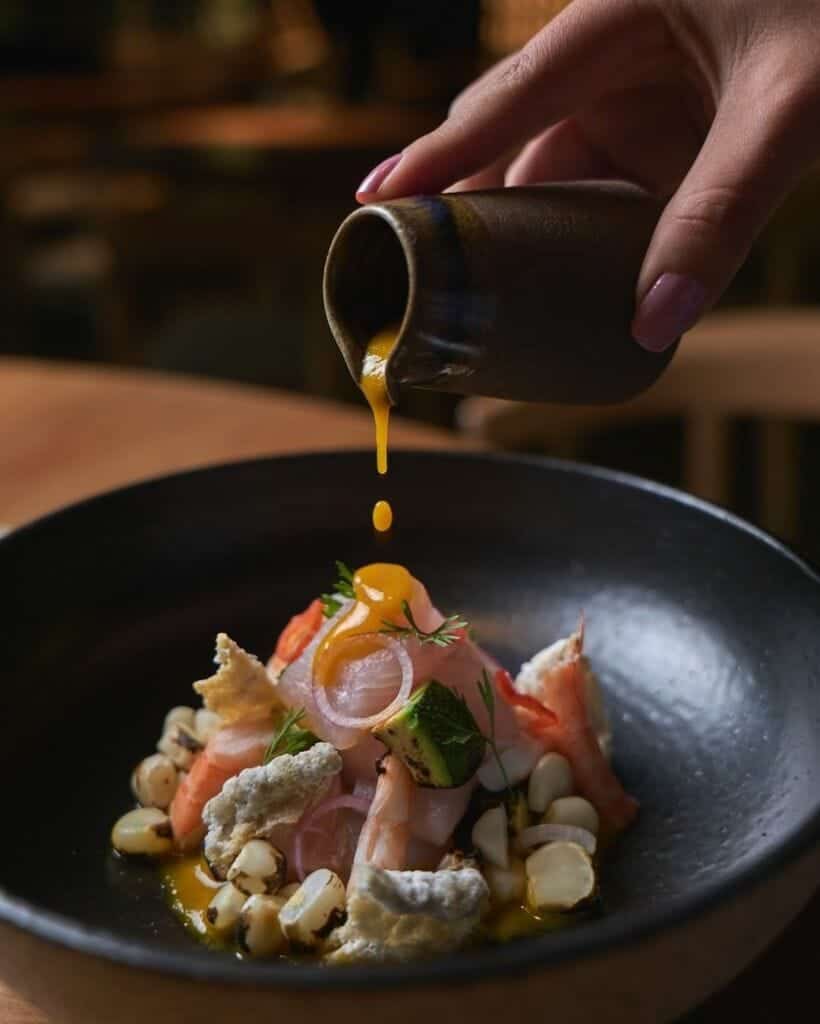
If you're looking for the top alternative to Maido, then look no further than Osaka, the number 2 restaurant on the Summum 2024 Best Restaurant list.
The menu on offer is creative and adds a more international flavor to the traditional Japanese dishes you would find elsewhere.
Osaka has a more upscale ambiance than Maido. Its restaurant in the San Isidro district not only excels in its cuisine but also creates a memorable dining experience with its subtle illumination, lush plants, and swaying palms.
You can expect to enjoy a meal here that is on par (if not better) with that of Maido, while also having the added benefit of being much cheaper, more accessible and less over-hyped.
Cross-cultural Latin American cuisine
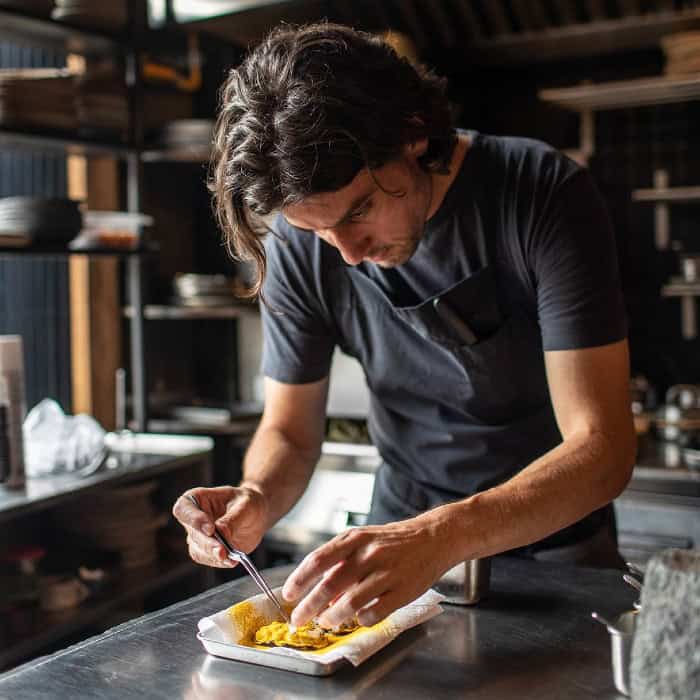
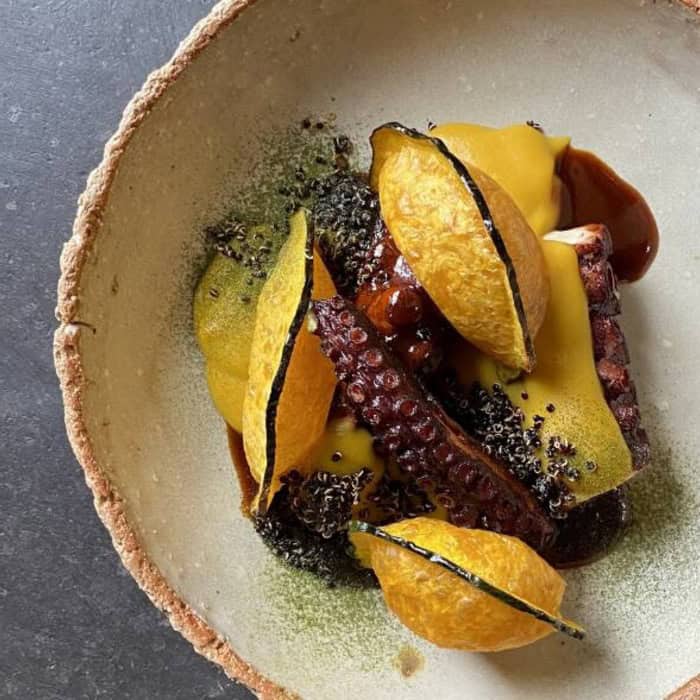
Tucked away in the artsy neighborhood of Barranco, Mérito has rapidly ascended the global culinary ranks, earning the #26 spot on the World’s 50 Best Restaurants list in 2025. Helmed by Venezuelan-born chef Juan Luis Martínez, Mérito is a testament to the quiet power of creativity, restraint, and the thoughtful fusion of Venezuelan and Peruvian traditions.
The restaurant’s philosophy centers around honoring native ingredients with minimal intervention—letting the quality and origin of the products speak for themselves. Diners can expect beautifully plated small dishes that surprise with both subtlety and boldness.
The ambiance at Mérito is intimate and minimalist, with an open kitchen that invites guests into the heart of the creative process. The experience is personal and curated, with knowledgeable staff guiding you through a journey of flavors and stories.
Mérito isn’t just a restaurant—it’s a reflection of modern Latin American identity through food: cross-cultural, respectful of the past, but undeniably forward-thinking.
Undoubtedly, this initiative by Belmond is commendable as it prioritizes sustainability, aiming for a reduced environmental impact. However, as a premium product, many of our prospective customers inquire about its value for the price. To address these concerns, we have compiled a comprehensive analysis based on our CEO's personal experience traveling aboard the Andean Explorer from Puno to Cusco.
| Journey | Departure City | Departure Day | Departure Time | Arrival City | Arrival Day | Arrival Time |
|---|---|---|---|---|---|---|
| Spirit of the Water | Cusco | Thursday | 11:00 | Puno | Thursday* | 23:30 |
| Spirit of the Andes | Puno | Monday | 16:50 | Cusco | Tuesday | 13:30 |
| Spirit of the Valley | Puno | Friday | 16:50 | Arequipa | Saturday | 15:30 |
| Spirit of the Islands | Arequipa | Sunday | 10:00 | Puno | Sunday* | 23:00 |
| Peruvian Highlands | Cusco | Thursday | 11:00 | Arequipa | Saturday | 15:30 |
| Andean Plains & Islands of Discovery | Arequipa | Sunday | 10:00 | Cusco | Tuesday | 13:15 |
* The stated departure days serve as a reference. The train does not run every week. If you have a specific request, please contact us.
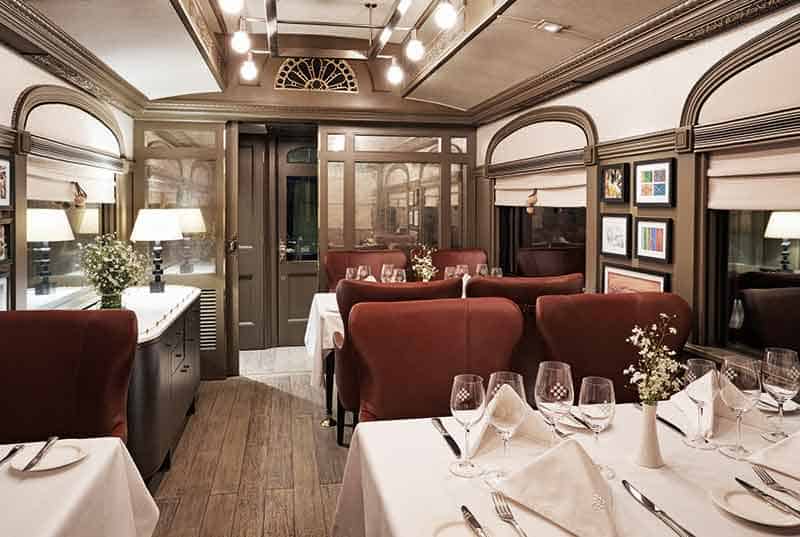


Traditional dishes prepared with locally sourced and seasonal ingredients are served in the elegant dining carriages. The carefully thought-out menu is designed by the chefs of the Belmond Hotel Monasterio in Cusco. After dinner, you can enjoy a pisco sour from the bar while breathing in the fresh Andean air from the open deck in the observation carriage.
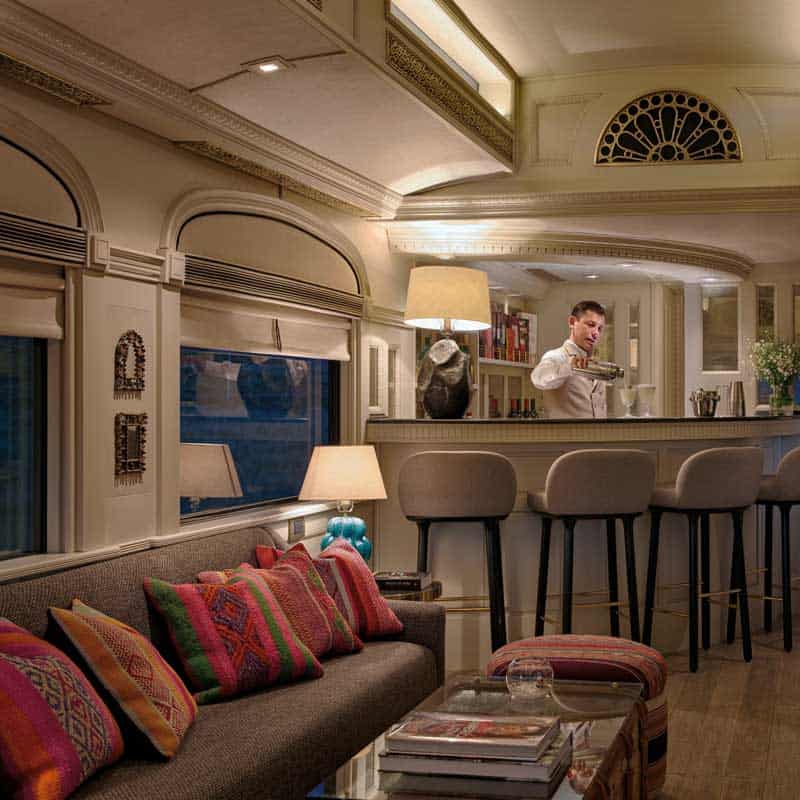
Take your pick from a 1-night trip from Cusco to Puno/Arequipa to Puno (or reverse), or a 2-night experience from Cusco to Puno and Arequipa (or reverse).
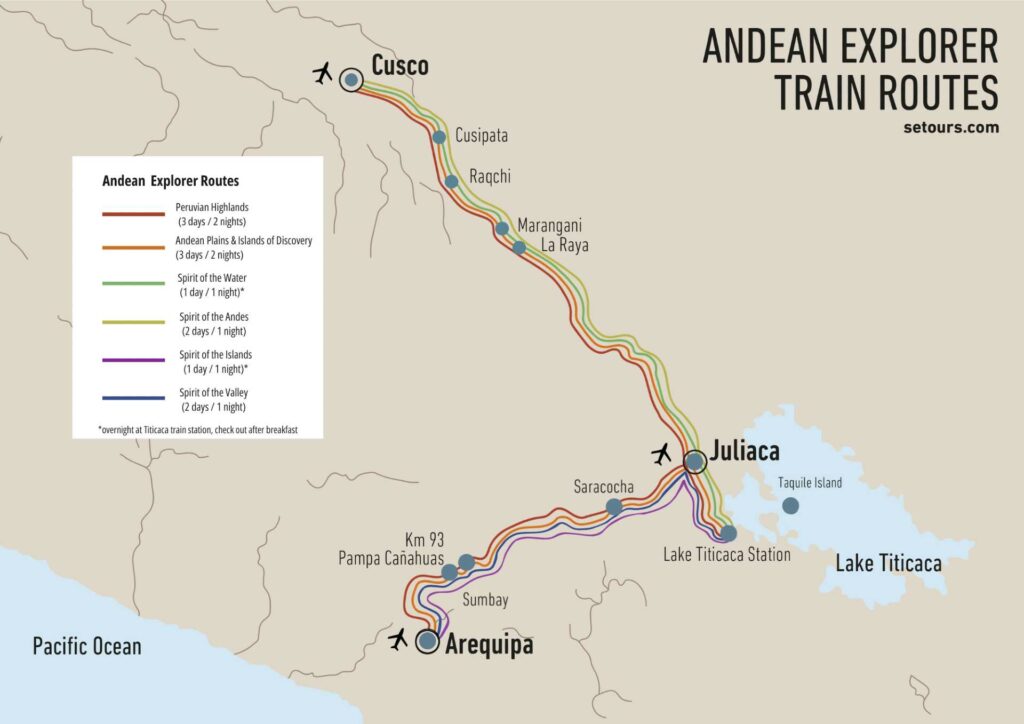
This route departs from Cusco and crosses the Altiplano towards Puno and the majestic Titicaca Lake. En route, you will visit Raqchi Archaeological site and the La Raya pass. After spending the night on the train parked at the Lake Titicaca station, you will visit the Uros Islands. In the afternoon you will start your journey to Arequipa and spend the night on board the train parked at Saracocha. The next morning you will visit the Sumbay Caves before arriving at Arequipa city in the afternoon.
Day 1 Cusco - Puno
10:00 Check-in at Belmond Hotel Monasterio and transfer to Wanchaq Station
11:00 Train departure from Cusco
12:30 Lunch on board
14:00 Visit to Raqchi Archaeological site
15:45 Tea time at the bar carriage
17:20 Arrival at the La Raya pass
19:00 Cocktails and canapés at the Piano bar
19:30 Dinner on board
23:30 Arrival at the Titicaca Lake Station in Puno
* Overnight at Titicaca Lake Station
Day 2 Puno - Saracocha
06:00 - 08:30 Breakfast on board
08:30 Visit to the Uros islands and the beach of Collata with lunch in Taquile
16:00 Afternoon Tea Time
16:50 Departure to Saracocha
19:00 Cocktails and canapés at the Piano bar
19:30 Dinner on board
21:15 Arrival at Saracocha
* Overnight at Saracocha
Day 3 Saracocha - Arequipa
06:00 - 08:30 Breakfast on board
09:50 Sumbay Caves Tour
11:30 Stop at Km 93: Disembark of guests going independently to Colca Canyon (not included in train ticket)
12:30 Lunch on board
15:30 Arrival in Arequipa
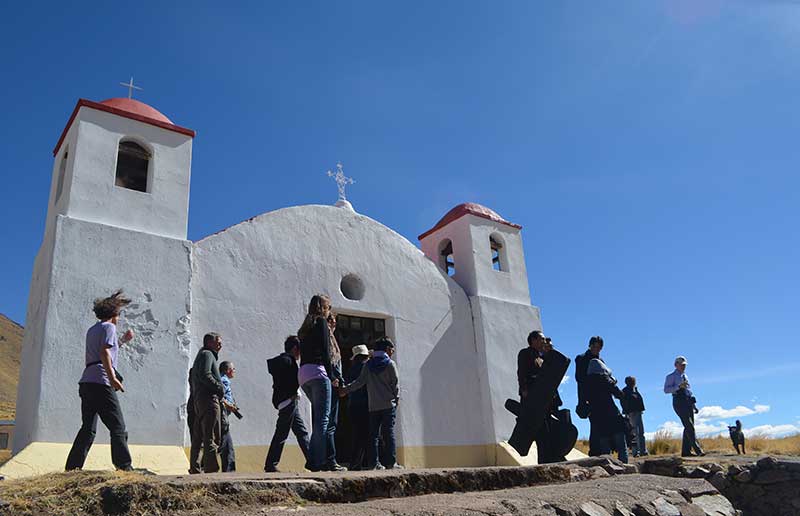
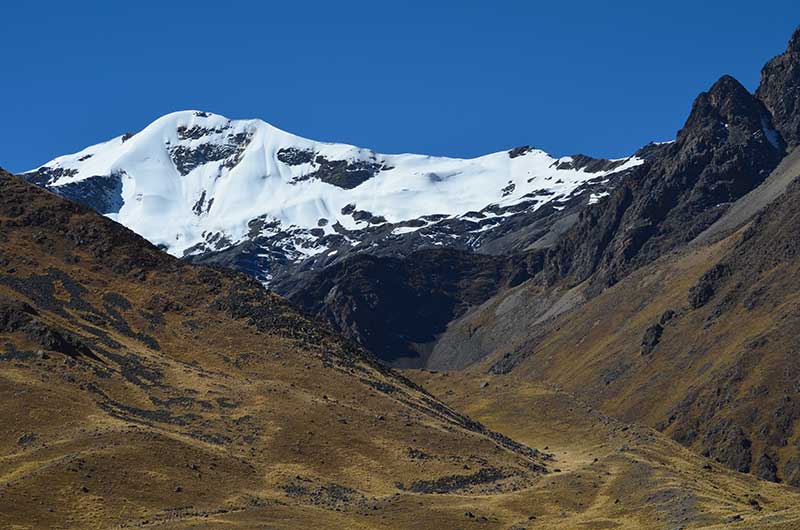
Departing from Arequipa, this route heads to Cusco. After leaving Arequipa, you make a stop at Sumbay caves. After spending the night on the train parked at the Titicaca Lake Station, you will visit the fascinating Uros Islands and stunning Taquile Island on Lake Titicaca. In the evening you will head to the Maranganí where you will spend the night on board the train. The next morning you will continue on to Cusco city, making a stop at Racqi Archaeological site en route.
Day 1 Arequipa - Puno
09:00 Check-in at Arequipa Station
10:00 Departure from Arequipa
12:30 Lunch on board
14:10 Tour to Sumbay Caves
18:20 Arrival at Saracocha
19:00 Cocktails and canapés on board
19:30 Dinner on board
23:00 Arrival at Titicaca Lake Station
* Overnight at Titicaca Lake Station
Day 2 Puno - Maranganí
06:00 Breakfast on board
08:30 Tour of Lake Titicaca (Uros, Collata
+ Lunch in Taquille)
16:00 Tea time at the bar carriage
16:50 Departure to Maranganí
19:00 Cocktails and canapés at Piano bar
19:30 Dinner on board
23:30 Arrival at Maranganí
* Overnight at Maranganí
Day 3 Maranganí - Cusco
06:00 Breakfast on board
07:30 Departure to Cusco
08:35 Visit to Raqchi Archaeological site
11:30 Brunch at the bar carriage
13:15 Arrival in Cusco
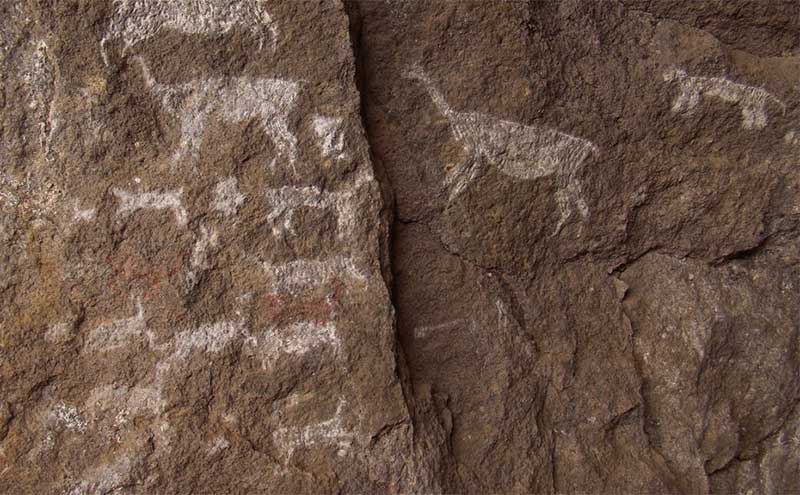
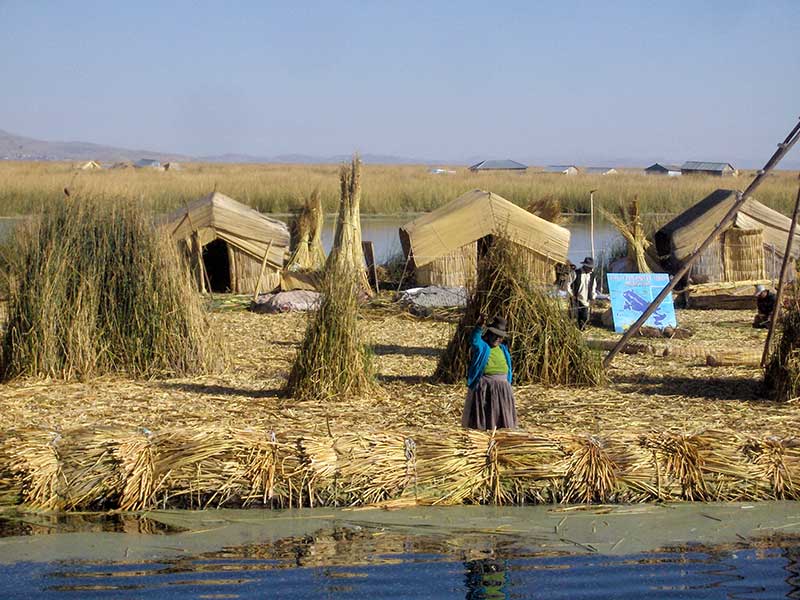
On this journey, you will depart from Cusco and travel towards Puno, home of the stunning Titicaca Lake. Before arriving at Puno, you will visit Raqchi and the La Raya Pass en route. After spending the night on board at the Lake Titicaca station you will disembark the train in the morning.
Day 1 Cusco - Puno
10:00 Check-in at Belmond Hotel Monasterio and transfer to Wanchaq Station
11:00 Departure from Cusco
12:30 Brunch on board
14:00 Visit to Raqchi Archaeological site
15:45 Afternoon tea in the bar car
17:20 Arrival at the La Raya pass
19:00 Cocktails and canapes at the Piano bar
19:30 Dinner on board
23:30 Arrival at Titicaca Lake Station in Puno
* Overnight at Titicaca Lake Station
Day 2 Puno
06:00 - 08:30 Breakfast on board
08:30 Check out at Titicaca Lake Station in Puno
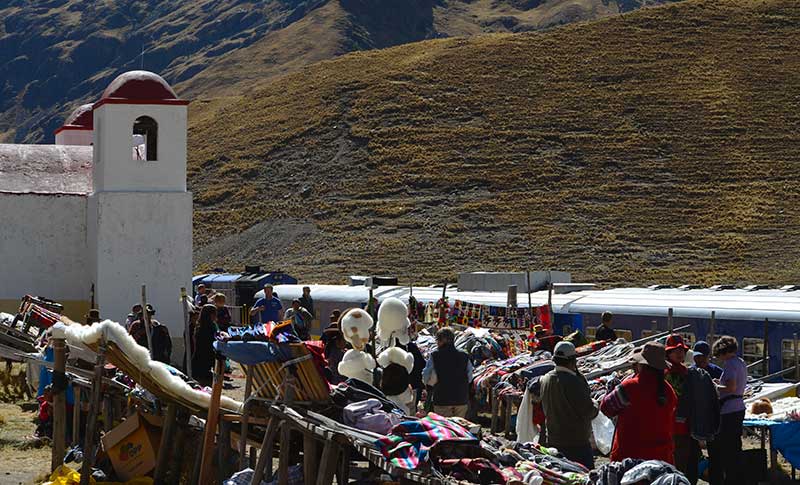
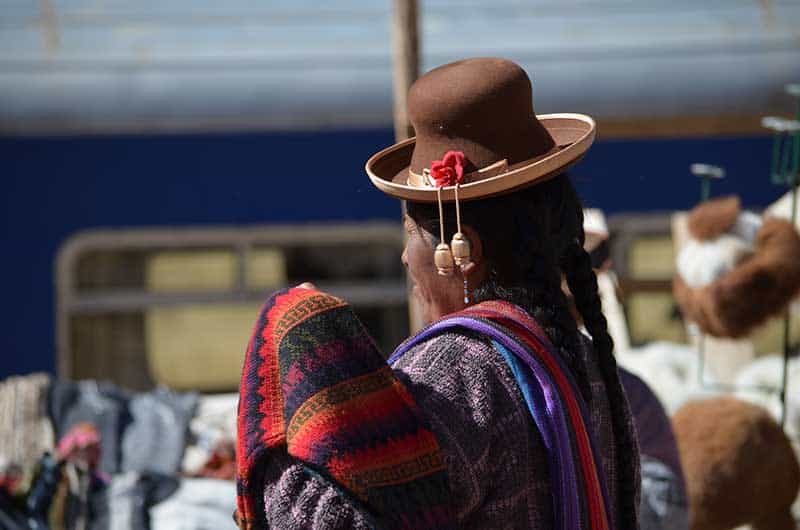
This route departs from Puno and travels through the pristine landscape of the Altiplano towards Cusco. After spending the night on board at Maranganí you will arrive at Cusco city in the morning. En route, you will visit the Racqui Archaeological site.
Day 1 Puno - Maranganí
15:30 Check-in at Puno Dock Hangar
16:50 Departure from Titicaca Lake Station
19:00 Cocktails and canapés on board
19:30 Dinner on board
23:30 Arrival at Maranganí
* Overnight at Maranganí
Day 2 Maranganí - Cusco
06:00 Breakfast on board
07:30 Departure from Maranganí
08:35 Visit to Raqchi Archaeological site
11:30 Brunch at the bar carriage
13:30 Arrival in Cusco
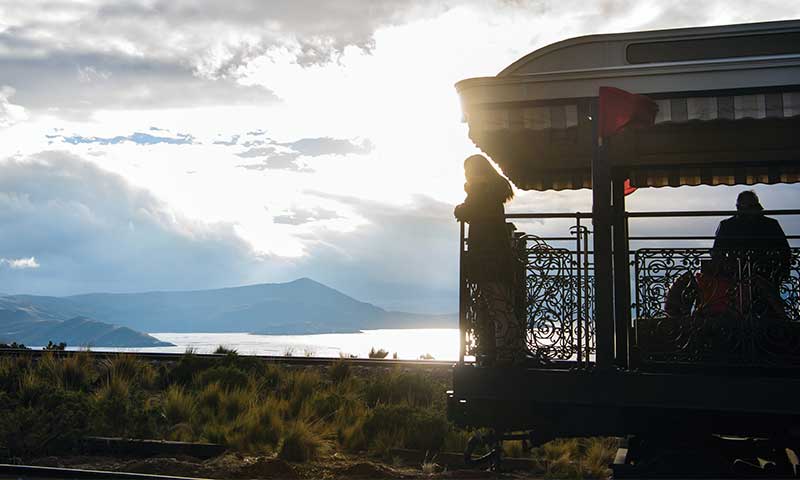
This route departs from Puno and travels through the Andes towards Arequipa. After spending the night on board at Saracocha, you will visit the Sumbay Caves, before arriving at Arequipa in the late afternoon.
Day 1 Puno - Saracocha
15:30 Check-in at Puno Dock Hangar
16:50 Departure to Saracocha
19:00 Cocktails and canapes at Piano bar
19:30 Dinner on board
21:15 Arrival at Saracocha
* Overnight at Saracocha
Day 2 Saracocha - Arequipa
06:00 - 08:30 Breakfast on board
09:50 Sumbay Caves Tour
11:30 Stop at Km 93: Disembark of guests
going independently to Colca Canyon
(not included in train ticket)
12:30 Lunch on board
15:30 Arrival in Arequipa
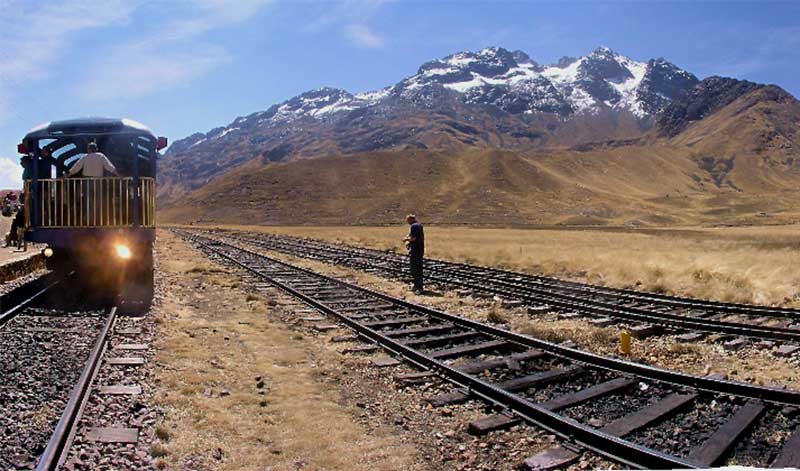
This route departs from Arequipa and travels through the Andes towards Puno. En route, you will visit the Sumbay Caves, known for their ancient rock art. After spending the night on board at Titicaca Lake Station, you will disembark in Puno the following morning.
Day 1 Arequipa - Puno
09:00 Check-in at Arequipa Station
10:00 Departure from Arequipa
12:30 Lunch on board
14:10 Tour to Sumbay Caves
18:20 Arrival at Saracocha
19:00 Cocktails and canapés on board
19:30 Dinner on board
23:00 Arrival at Titicaca Lake Station in Puno
* Overnight at Titicaca Lake Station
Day 2 Puno
06:00 Breakfast on board
08:30 Check out
The suites are the most expensive and largest cabins on the train and feature:
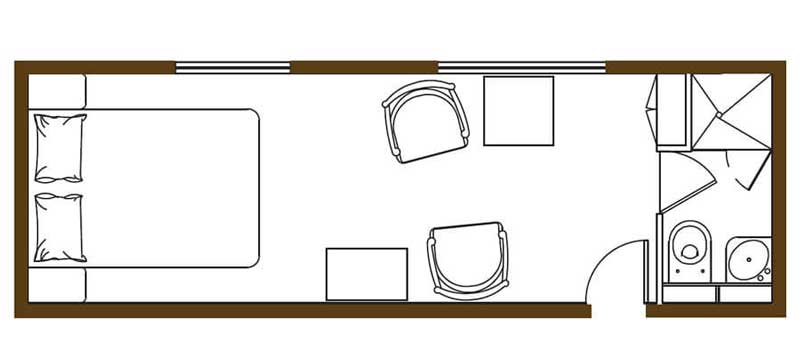
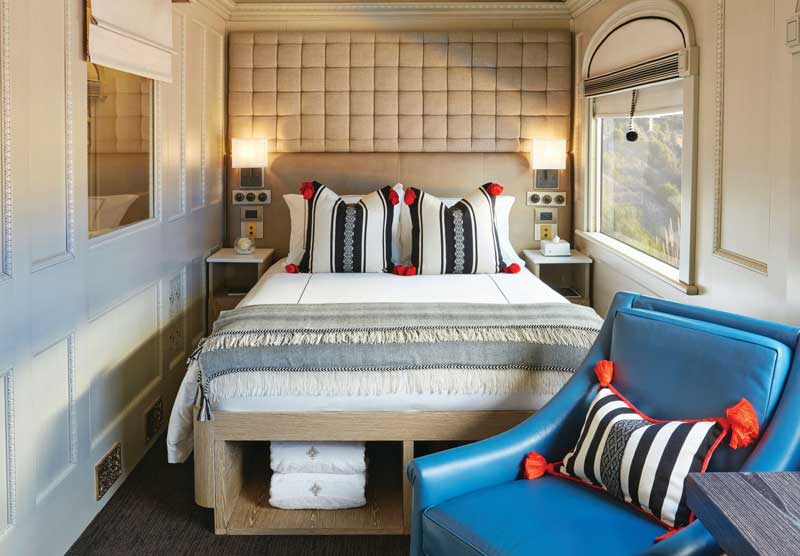
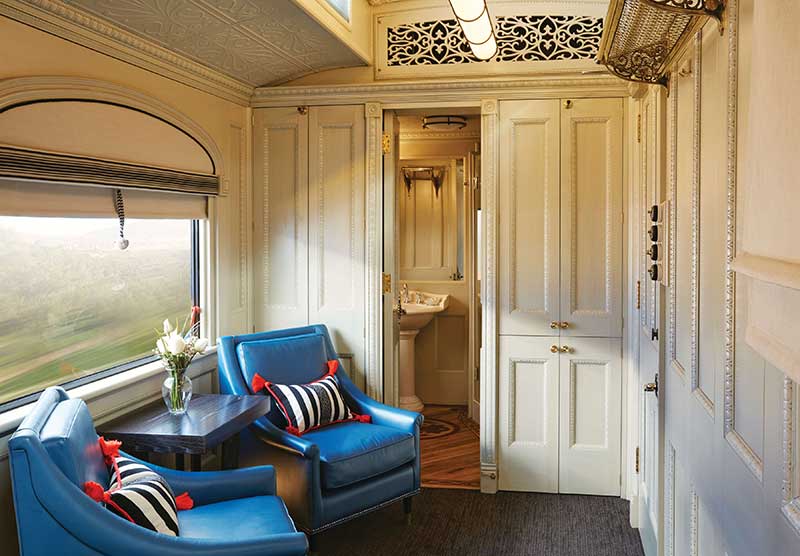
The twin bed cabins are the midrange cabins and feature:
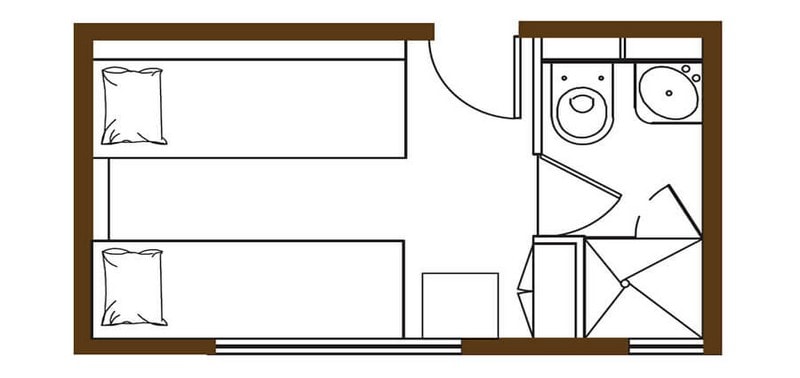
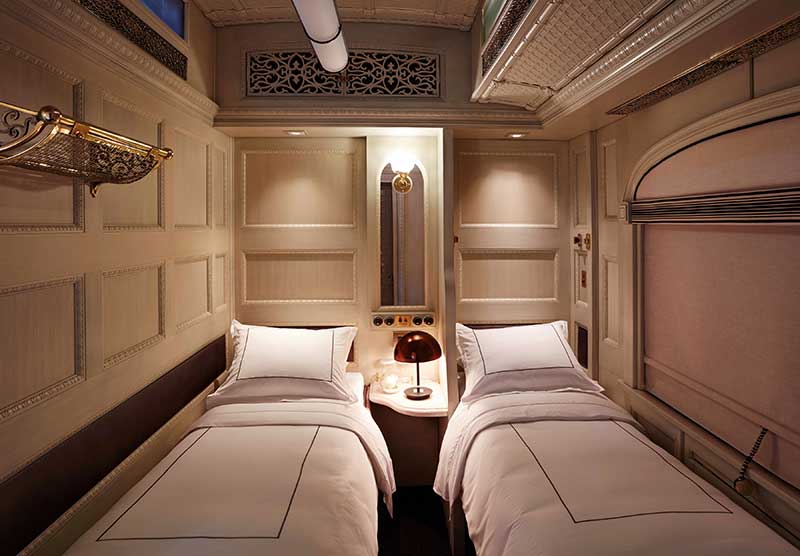
The bunk bed cabins are the smallest of the three types of cabins and feature:
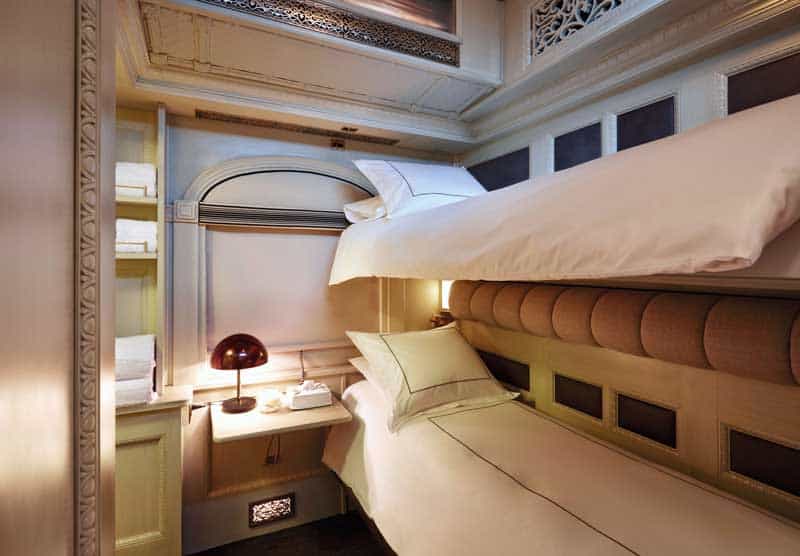
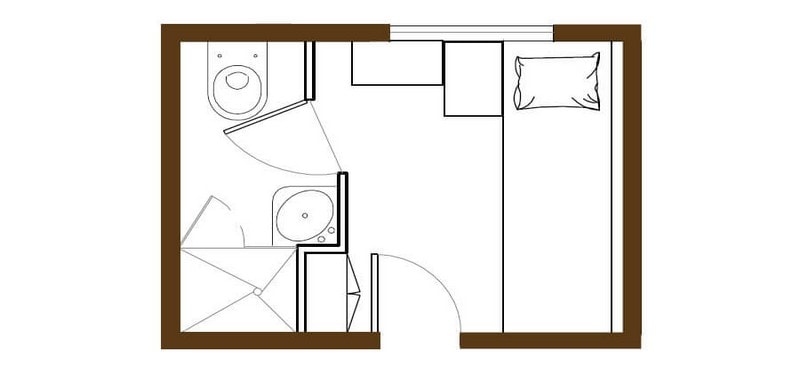
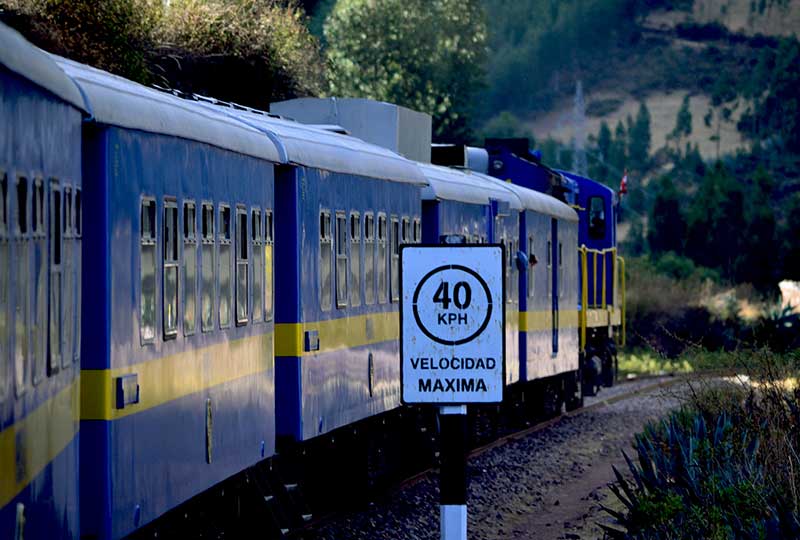
While the Andean Explorer may have a higher price tag, it delivers a unique blend of luxury, unspoiled natural beauty, and culinary excellence, all while providing an intimate experience away from crowds. It is particularly appealing to those who value slow travel and are willing to compromise on cabin space in exchange for an exclusive train journey.
However, alongside this culinary fame, we are frequently approached with a different question: What can I do in Lima in 72 hours?
Since our headquarters are right here in Lima we are delighted to share some of our expert tips with you. Here is our complete guide to 72 hours in Lima.
Make sure to visit the colonial ‘Casa de Aliaga’ in the historic city center. It is the oldest colonial mansion in South America and the same family still owns it.
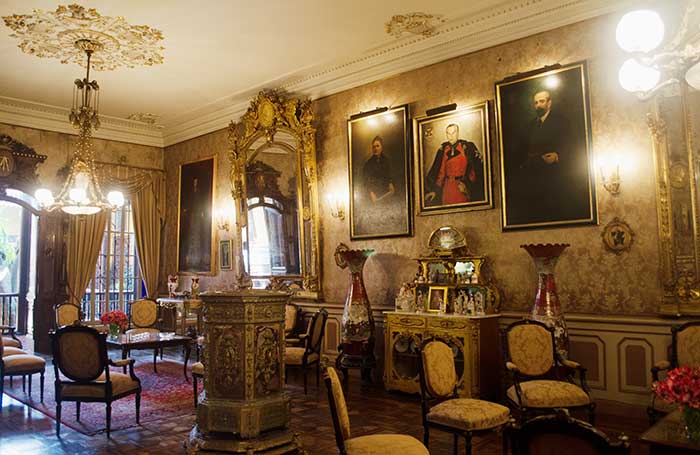
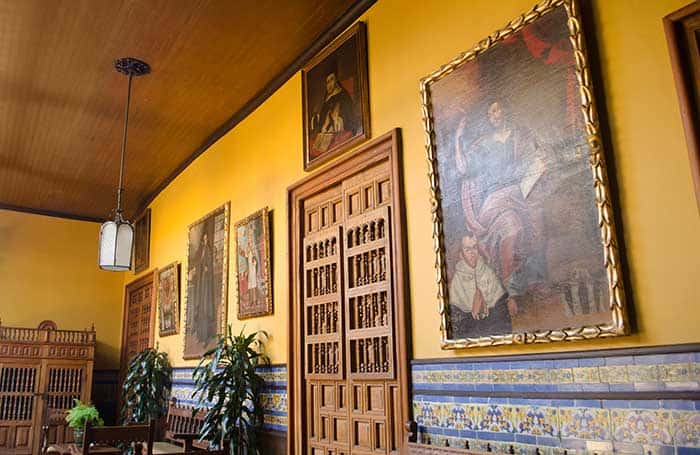
Not too far away from here, you will also be able to find Cordano, a historic bar. It was a well-known meeting place for local politicians, artists, and writers. It may come across as a bit shabby, but it still serves one of the best ‘butifarras’ in town.
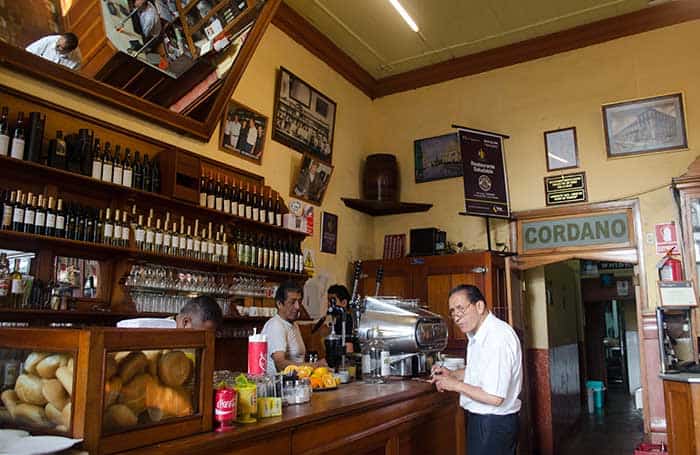
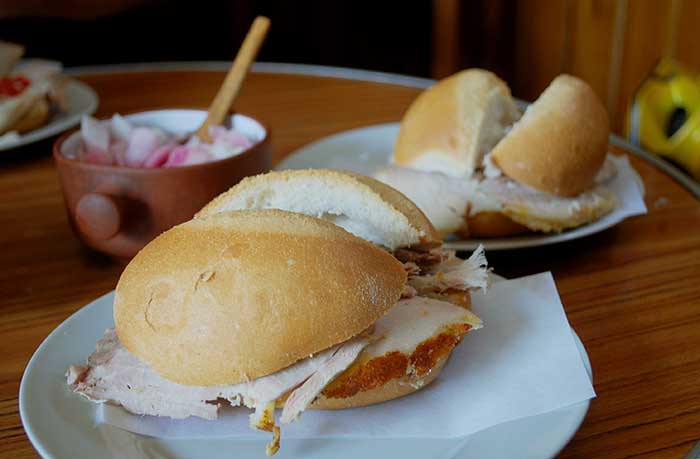
Take a trip to Lima's oldest convent and journey to the top of the Santo Domingo Church’s salmon-colored bell tower. Take in the amazing panoramic views over the main square. It is here that the first (and the oldest) university of the Americas was founded back in 1551.
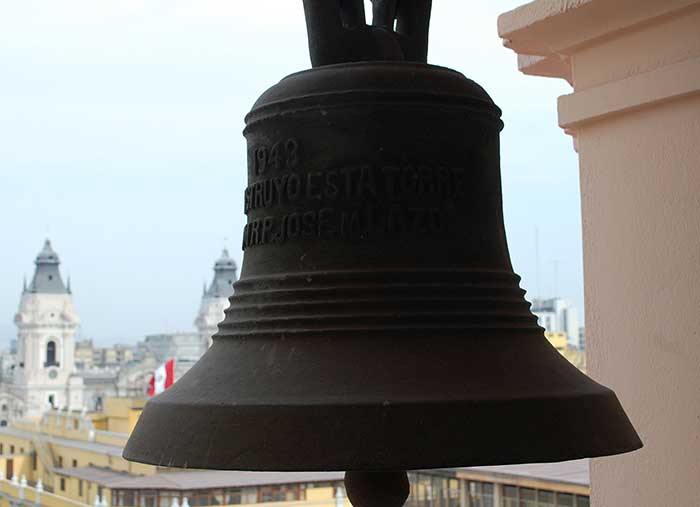
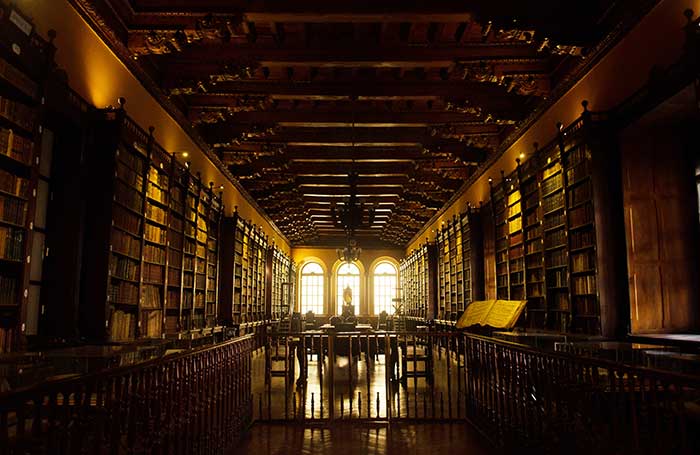
I recommend visiting the Larco Museum at the beginning of your Peruvian journey. The Incas were only one of the many cultures that flourished in the different regions of the country. This particular museum is housed in an 18th-century vice-royal building and showcases chronological galleries that provide a thorough overview of 5,000 years of Peruvian pre-Columbian history. In 2018, TripAdvisor readers recognized this incredible museum as the best museum in South America and one of the 20 best in the world.
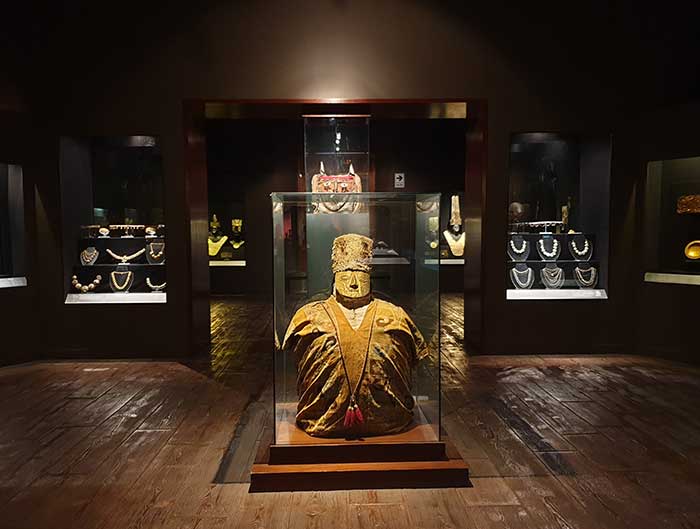
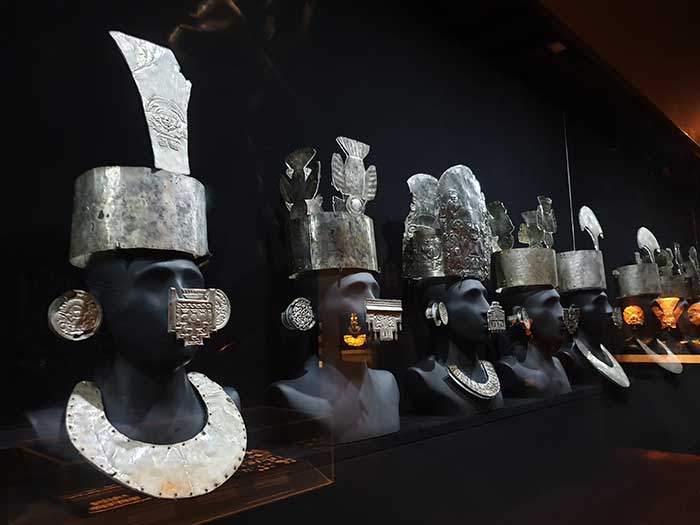
For a unique dinner show experience, we recommend DanSa Lima. We recently visited and loved how they combine contemporary Peruvian dishes with live music, dance, and storytelling. The meal includes six delicious courses, with three carefully crafted cocktails served in between. After dinner, a lively dance performance in Spanish takes you on a journey through Peru’s landscapes, history, and culture—making for a truly unforgettable night.

If you want to stand out with your pictures of Lima here is a tip for you. Two of Lima's tourist neighborhoods still feature adobe pyramids built before the Inca Empire flourished.
If you lack time ask your driver to stop by the Huaca Huallamarca in San Isidro on your way from the airport to your hotel. Beautifully illuminated at night this pyramid was built between AD 200 and 500. If you are into archaeology, find the time to visit the on-site museum. Although small, it boasts a mummy and impressive pottery, among other interesting artifacts found here during the excavations.
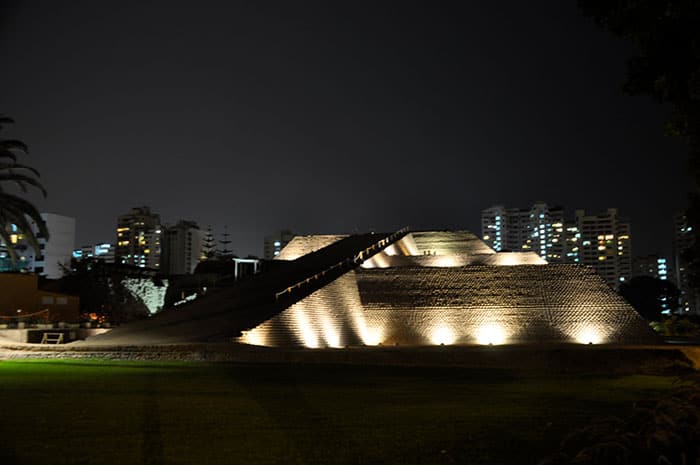
If you are looking for a 'wow' moment during your Lima stay, the Huaca Pucllana in Miraflores is the right choice. Take in the impressive history as you walk among the ruins of this remarkably preserved pyramid. In the evening, book a table at the onsite restaurant's terrace with a view across the illuminated pyramids! A dinner with views of a pre-Inca pyramid with dim lighting is bound to be memorable.
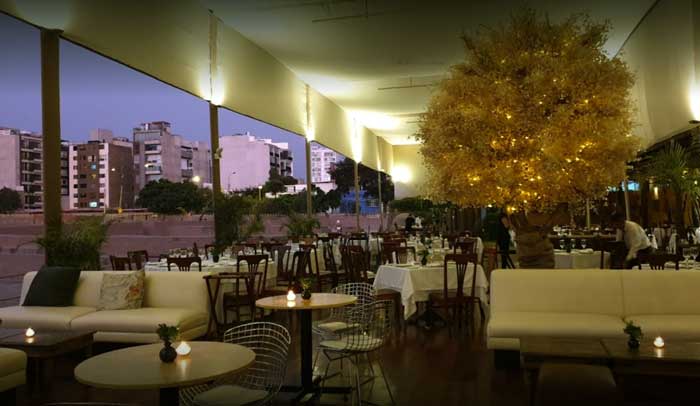
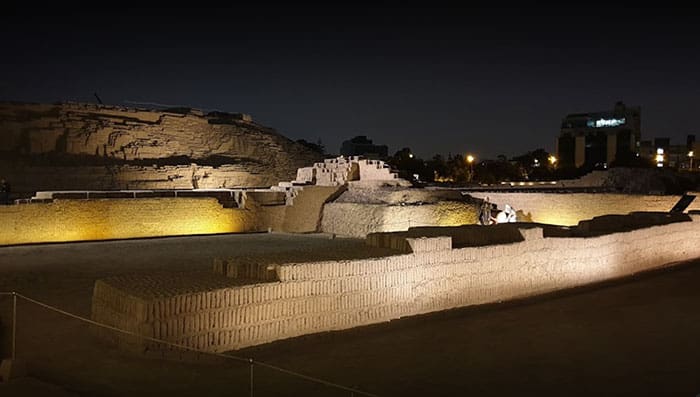
If you are unable to get a table reservation at one of the three Peruvian ‘World’s Best 50 Restaurants’, Central or Maido, there are still plenty of other great options available for you to try such as Pescados Capitales and Cumpa if you're looking for some incredible seafood and/or ceviche (Peru's most iconic dish). Ceviche is prepared with fresh fish, limes, onions and chili peppers.
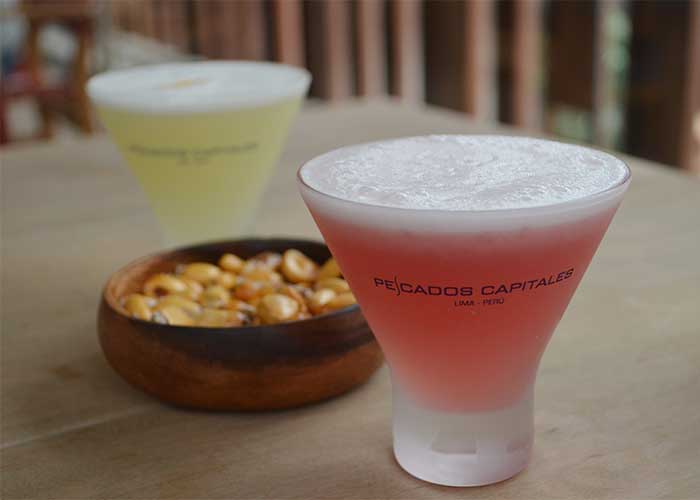
Our tip is to try this delicious meal in Lima or along the Peruvian coast. Since Lima sits on the Pacific coast there is never a scarcity of fresh fish or shellfish for a ceviche.
One of our favorite seafood restaurants is Cumpa - especially timely with northern Peru in the spotlight thanks to the newly elected Pope, who once served as a missionary in Chiclayo. Cumpa showcases the rich, comforting flavors of the north with dishes rooted in tradition, and a menu that changes daily based on fresh, seasonal ingredients.
It's so popular that queues are common, which is why the team opened Cumpita just around the corner—a cozy backup option serving northern-style small plates with the same heart and flavor in a more laid-back setting.
We tried Cumpita ourselves and recommend the ceviche norteño (a northern-style ceviche) with choclo tortitas (small corn cakes), zarandajas (beans), and arroz con pato (duck with rice)—all flavors that truly capture the essence of the region.
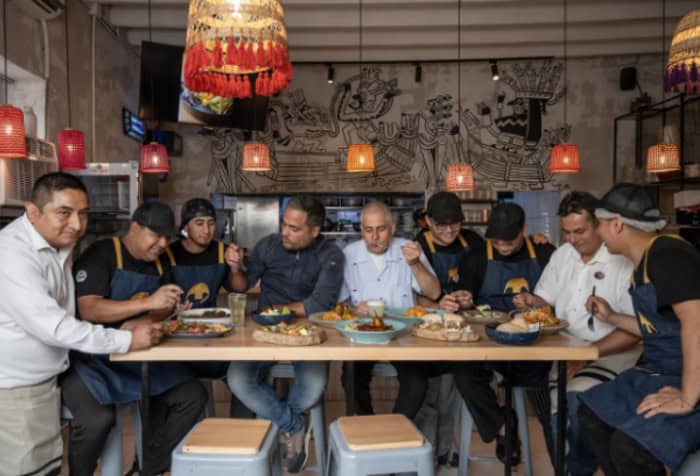
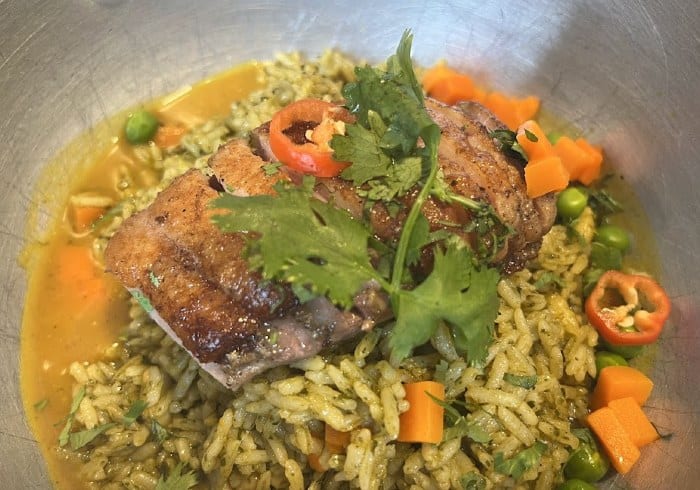
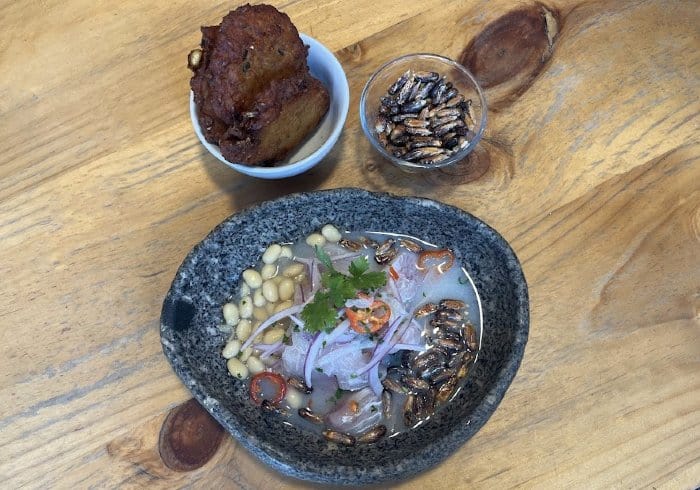
If you're non-vegetarian and feeling adventurous, give the ‘anticuchos’ (beef heart skewers) at Panchita a try. Eating anticuchos is a Peruvian tradition that was born in the streets. Panchita, owned by celebrity chef Gaston Acurio, pays homage to Peruvian grilled meats. Flavorful, tender and perfectly cooked meats come from an open flame at Panchita. Arcurio is also known for taking traditional Peruvian recipes (without meat) to a whole new level!

The ‘appetizer sampler’ at Panchita includes a skewer served with buttered corn, potatoes, and a variety of sauces. You can thank me later :-).
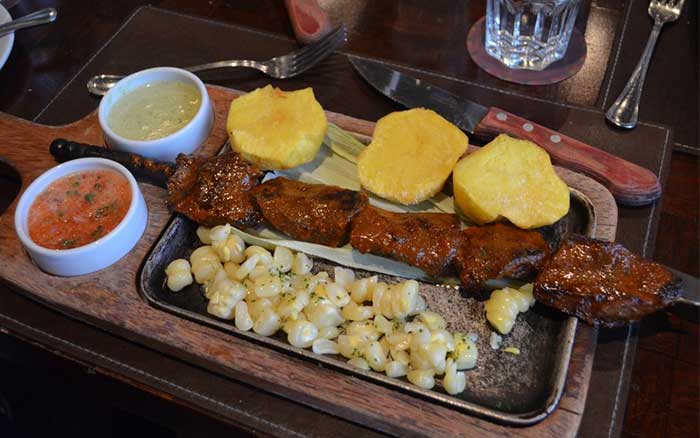
Barranco boasts a dozen art galleries, the Museum of Contemporary Art (MAC) and the Pedro de Osma Museum of Colonial Art. But this tiny neighborhood is also full of cute boutiques and coffee shops, along with fabulous restaurants. You will also find some cozy bars to explore.

Don’t miss a stroll through the residential side streets featuring renovated mansions (once home to Lima’s elite), modern high-rises, and impressive street art.
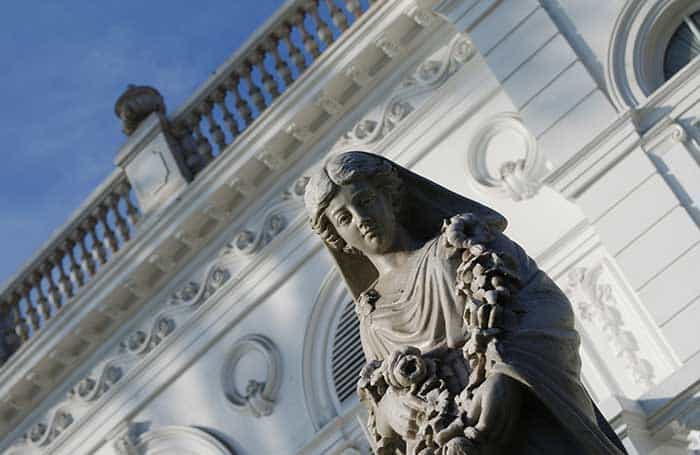
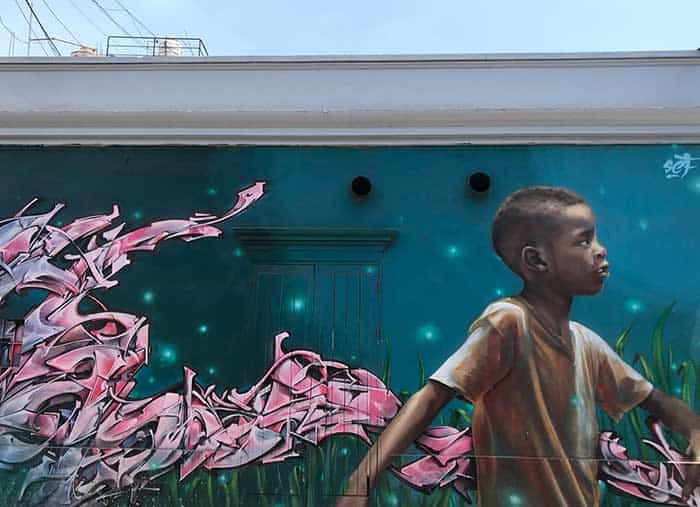
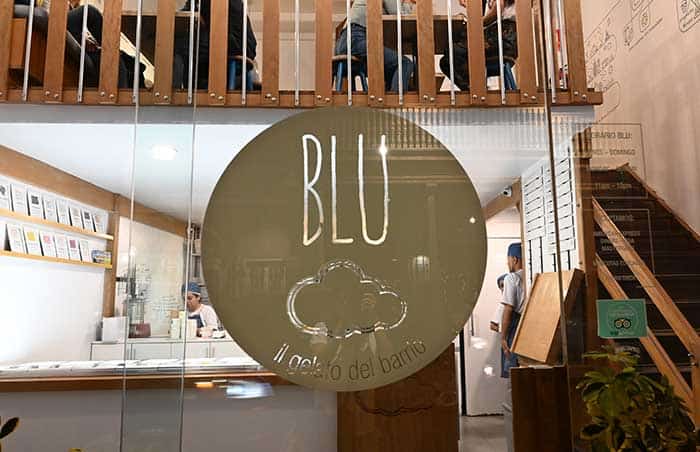
If you're visiting Lima during the summer months, consider heading to one of the coast’s most iconic spots: the newly renovated Rosa Náutica. Perched on a pier over the Pacific Ocean, it offers a refreshing ocean breeze, stunning sunset views, and a completely updated menu under the direction of renowned chef Pedro Miguel Schiaffino—also known for designing the culinary concept aboard Aqua Expeditions, a luxury Amazon cruise. Rosa Náutica now features an extensive menu with something for everyone, with a strong focus on fresh seafood and coastal flavors, all served in a romantic, seaside setting.
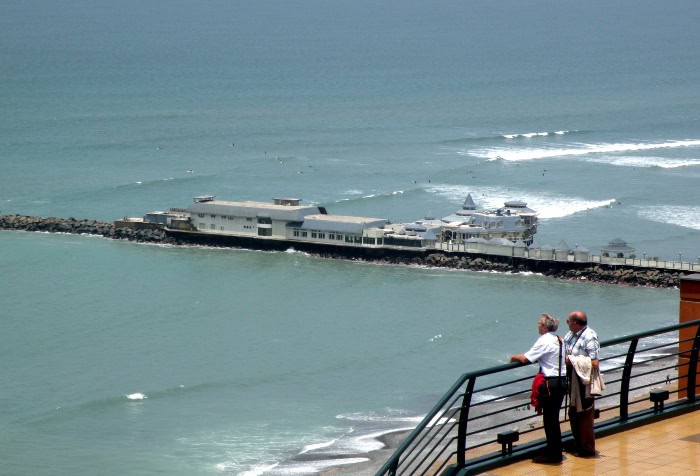
This is only a very short list of some of my favorite places throughout the Peruvian capital. There are still so many other incredible places to visit and discover, but one thing is for certain, you can't cover the highlights of Lima in less than 72 Hours!
Below are a few tips to help you make the most of a 3-day stay in Buenos Aires, starting with choosing the best barrio for your base. Based on our many experiences in the city, we recommend Recoleta. This upscale, classic neighborhood offers a prime location, close to many major attractions and within walking distance of a wide variety of restaurants, cafés, and bars.
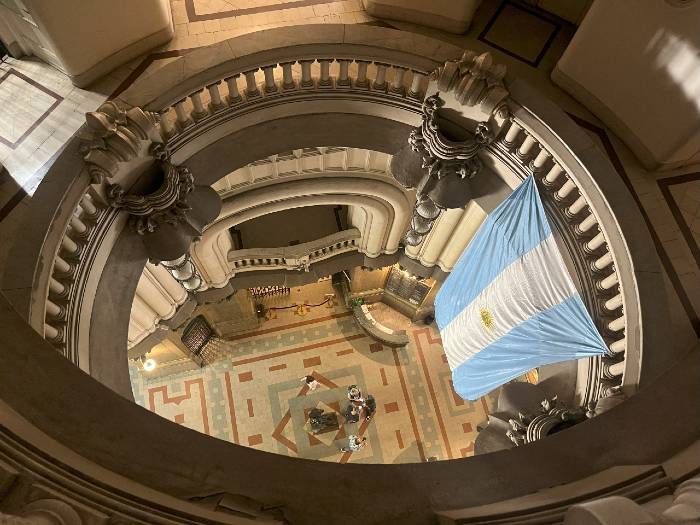
The map below highlights key neighborhoods you’re likely to explore: the relaxed, trendy vibe of Palermo Hollywood, the historic charm of San Telmo (Buenos Aires’ oldest district), the colorful streets of Caminito in La Boca, and the modern waterfront area of Puerto Madero, one of the city’s newest developments. It’s also important to note that Buenos Aires has two airports:
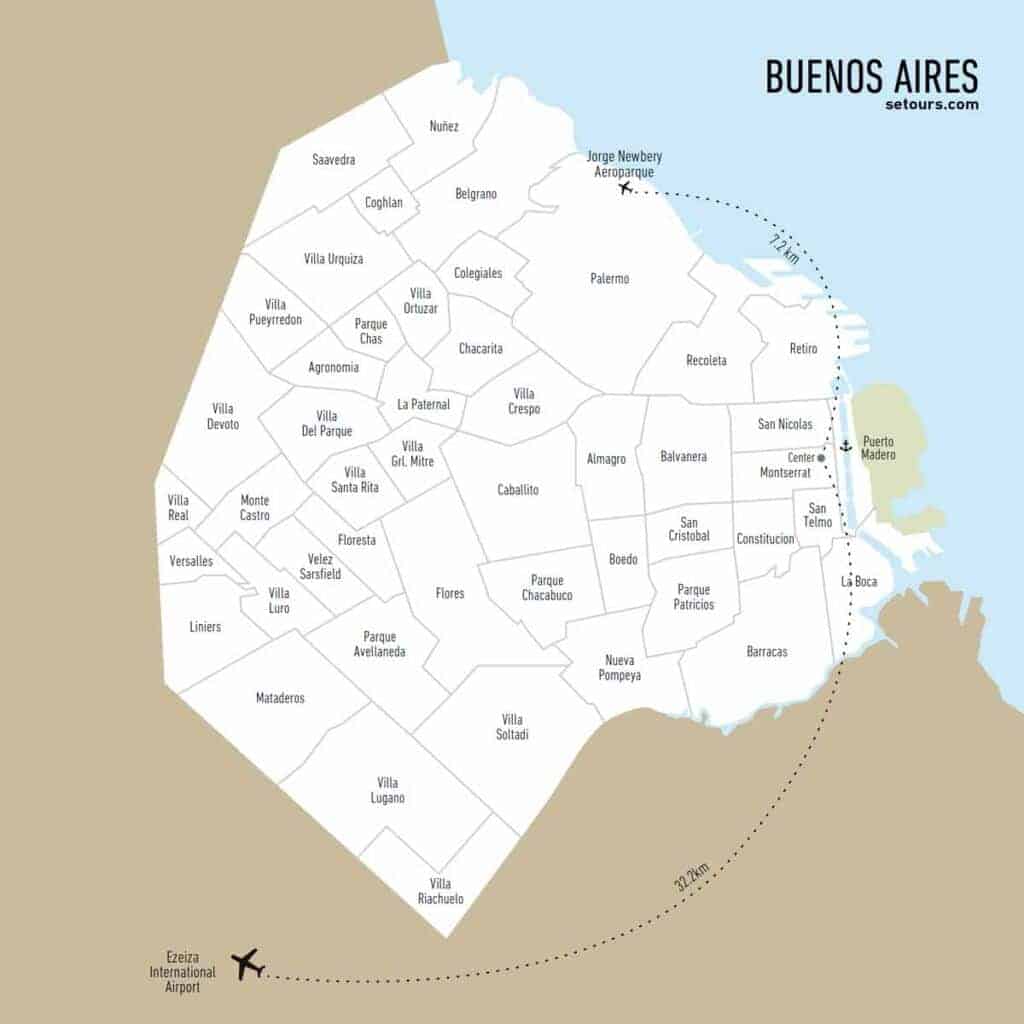
Three days may sound like an eternity but it is the bare minimum stay that we recommend for first-timers in the Argentine capital. Why? Find our arguments below 😉
In this article:
Wake up early and lace up a pair of comfortable shoes, its time to begin exploring Recoleta, one of the safest and cleanest neighborhoods in Buenos Aires, known for its Paris-styled former palaces, posh boutiques, restaurants and landmarks. Within walking distance from anywhere in the neighborhood, you will be able to make your way to one of the most beautiful cemeteries in South America where the most famous attraction is without a doubt the tomb of Eva Peron (or as she is more famously known as, Evita).
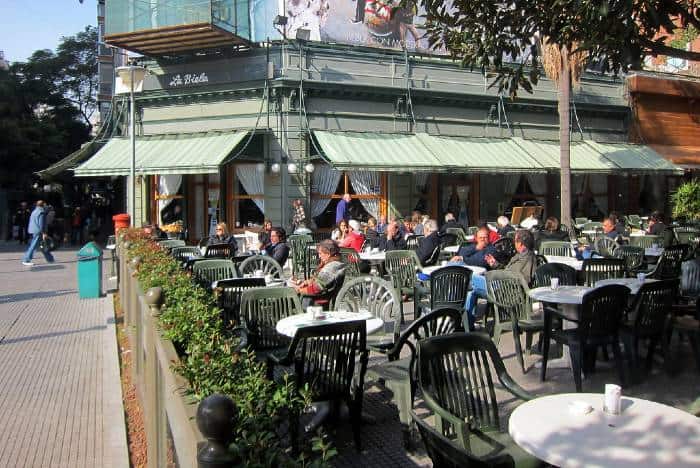
Stop for a coffee or a beer at the nearby La Biela Café, declared a Place of Cultural Interest by the city, a stylish historic cafe that looks like something straight out of the 1950’s and a once very popular hangout for politicians, writers, artists, actors and media celebrities, La Biela acquired its present name when it became a popular meeting place for racing car champions, including the five times Formula One world champion and Argentine, Juan Manuel Fangio.
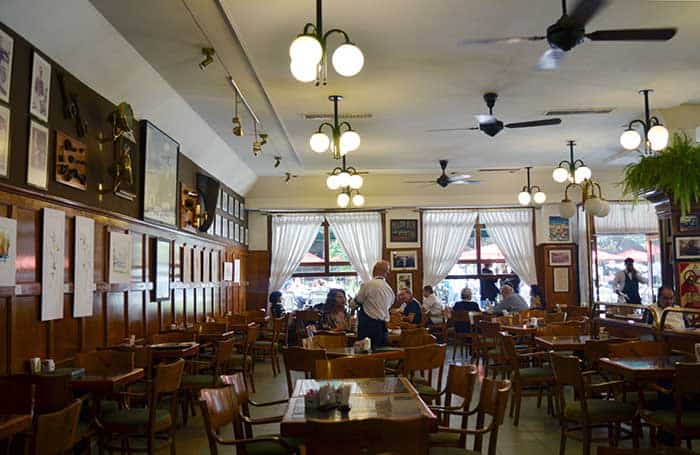

A little further away from the cemetery (about 20-minute walk) will bring you to another incredible historic landmark, El Ateneo Grand Splendid Bookshop, named the ‘World's most beautiful bookstore’ by the National Geographic, and aptly so, as this once theater turned bookstore has even been described as ‘the temple of books’.
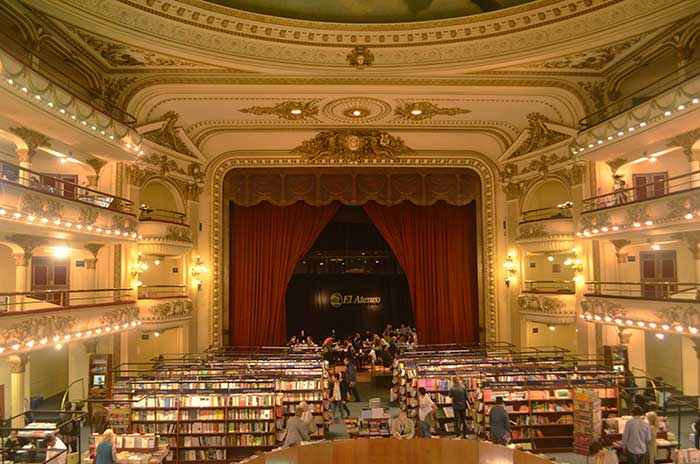
Arriving at the San Telmo market around midday was perfect timing. As hunger sets in, the market offers a variety of food stalls with set menus and traditional Argentine snacks like choripán that are not to be missed. Be sure to stop by a dulce de leche stand to sample the different varieties of this local favorite!
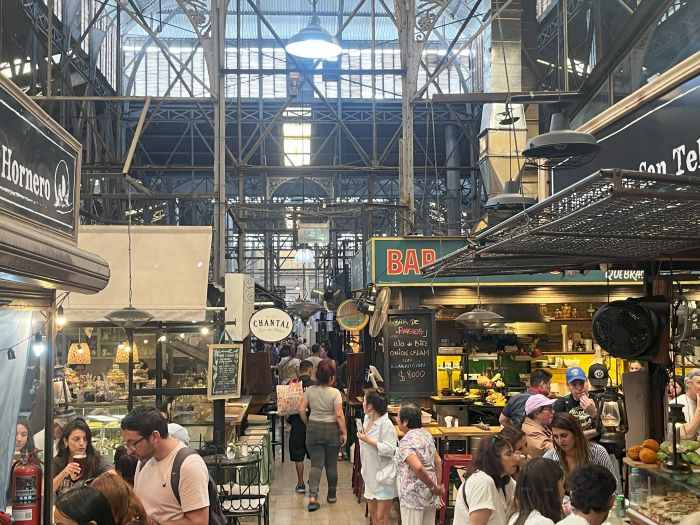
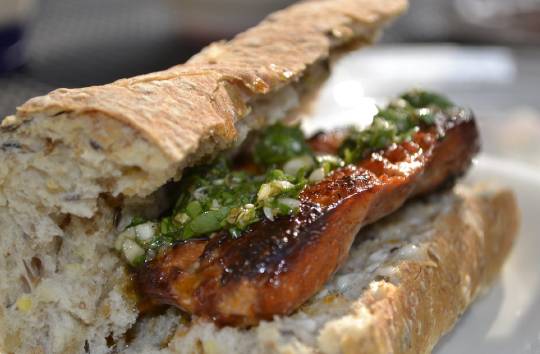

A tip if you are into history: just a five-minute walk from San Telmo Market you find 'El Zanjon de Granados' - internationally recognized as an archaeological wonder of the city.
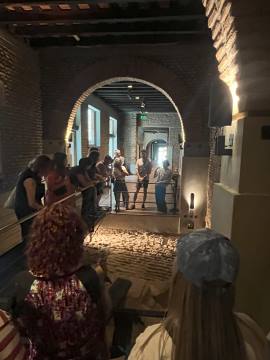
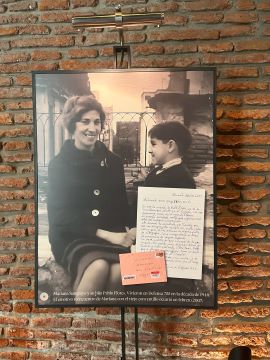
The facade of this 19th-century mansion provides no inkling of the hidden wonders within. During the guided tour you'll catch a glimpse of colonial Buenos Aires' past as you descend through the beautifully illuminated network of underground tunnels and see objects found during the excavation.
In 2018 El Zanjon was chosen by the Norwegian Queen Sonja and King Harald as the venue to host a dinner during their official visit to Argentina.
Our next stop was at La Boca, the famous spot for that obligatory photo of the colorful houses built by the European immigrants that came to Buenos Aires.
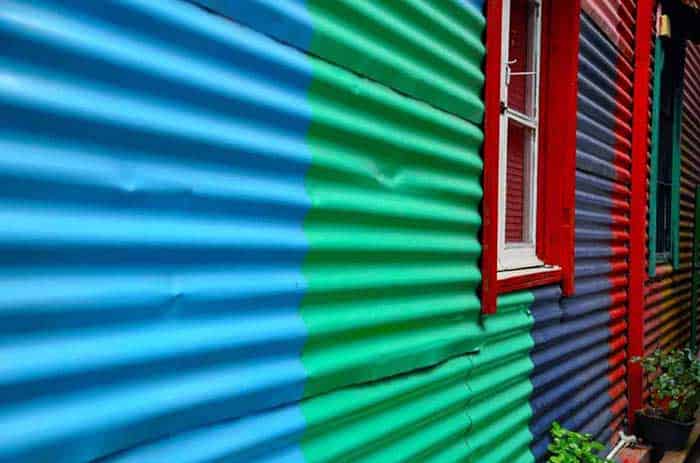
Just a few minutes drive away from La Boca you will find yourself in ‘Barracas’, if you are into urban street art this will be the perfect ‘detour’ through the city for you. You will notice that there are no tourists here, only very colorful and expressive houses and walls painted by urban artists from across the globe. Make sure not to miss the 2000-square meter work of street art, ‘El Regreso de Quinquela’, which was the biggest street mural in the world before 2016, created by the artist Alfredo Segatori.
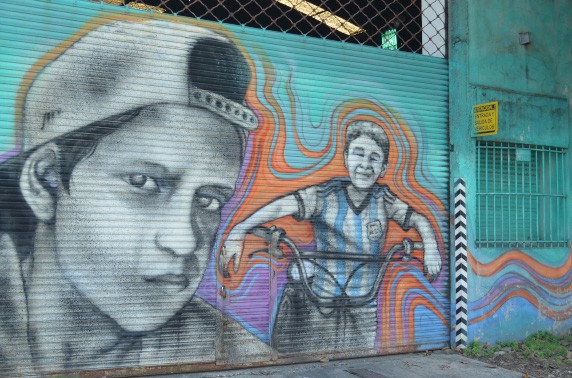
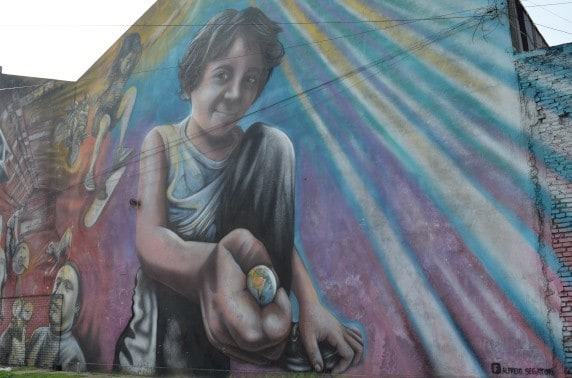
If you're a football fan, then take a turn past La Bombonera football stadium, home of the world-famous Boca Juniors football club, and a pitch which has been graced by the presence of legendary players such as Maradona.
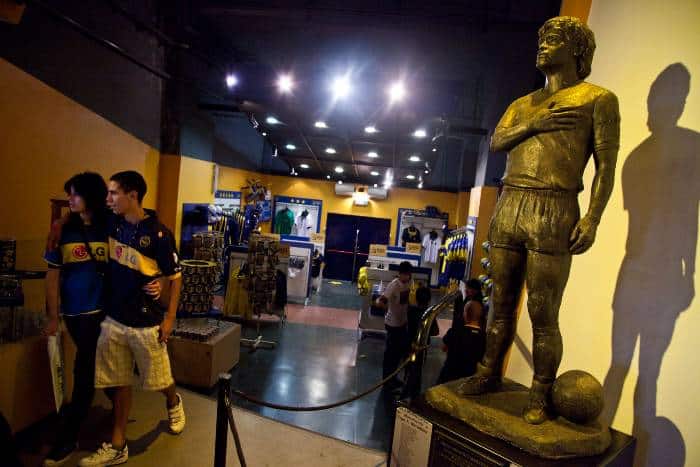
Once back at La Boca, head to the Cafe at the Proa Museum for a snack or cold beer on their top floor which features incredible views of the port from the terrace. A set menu is served daily here with fresh and homey food in a relaxing atmosphere and surrounded by art. Best of all, you don't have to pay the admission fee to the museum in order to access it (although we would definitely recommend taking a look while you're there).
In the evening, head to Puerto Madero where you will be able to behold one of its most iconic landmarks, the Woman’s Bridge, beautifully illuminated in a variety of colors and always ready for a photo opportunity. It is hard to believe that the three-story red bricks buildings alongside the river that are home to some of the city’s most upmarket restaurants were once warehouses.
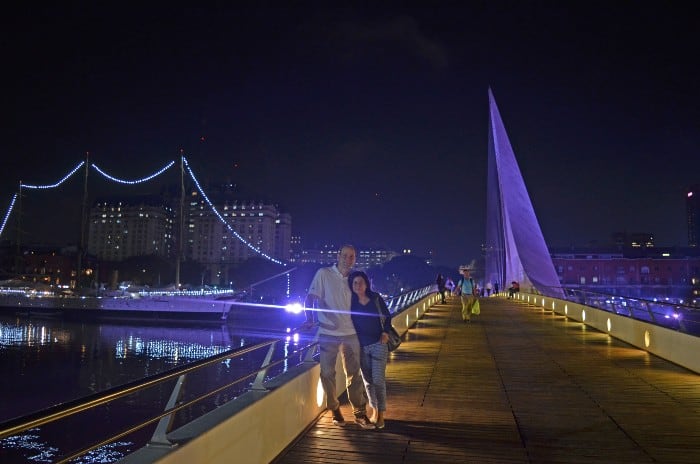
Buenos Aires is often hailed as the world’s steak capital, home to Don Julio, a renowned steakhouse that ranked among the World’s 50 Best Restaurants and featuring a Michelin star. The restaurant exclusively serves grass-fed Aberdeen Angus and Hereford beef.
To celebrate a birthday, we booked a table two months in advance, excited to savor their signature cut, Bife de Chorizo Ancho - famed for its rich, fatty flavor and expertly cooked to a perfect medium-rare.
Last-minute diners who try their luck are treated to complimentary sparkling wine and empanadas while relaxing at outdoor tables—but be prepared to wait for hours until a table becomes available.
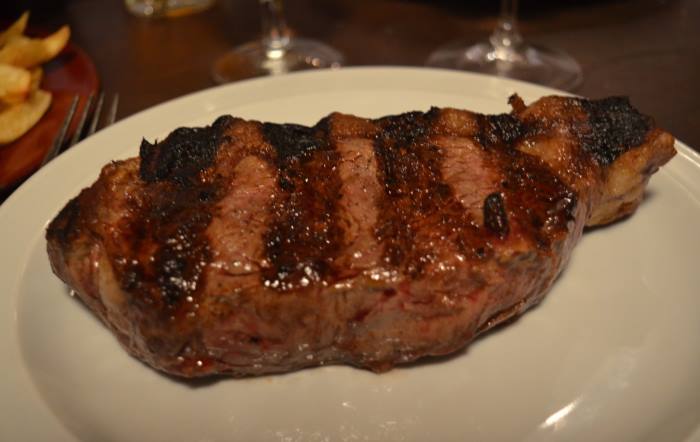
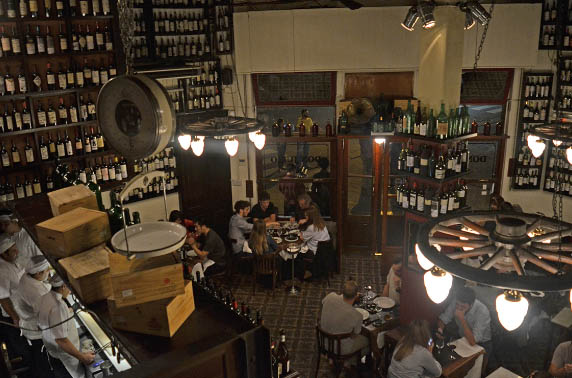
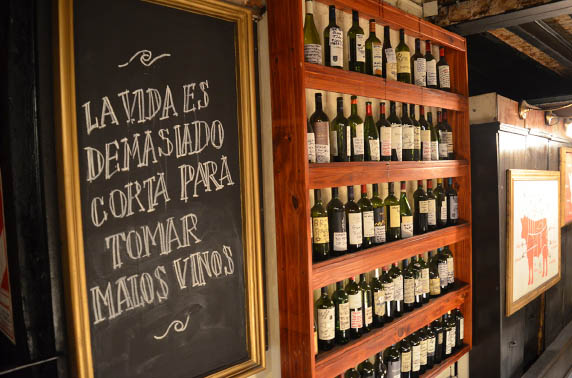
This day is completely dedicated to exploring the city center: the Pink House in Plaza de Mayo, the Town Hall, and the Obelisk, which now features a newly inaugurated viewpoint inside. From four windows at the top, you’ll get panoramic views in each direction, offering a unique glimpse into the city’s landmarks and urban landscape. Make sure you also visit the impressive Colón Theater, with its flawless acoustics and countless hostings of world-class operas, ballets, and classical music acts for just over a hundred years, some of which include Enrico Caruso, Luciano Pavarotti and Maria Callas to name a few from the countless famous acts that have graced the world’s most incredible stage with their presence.
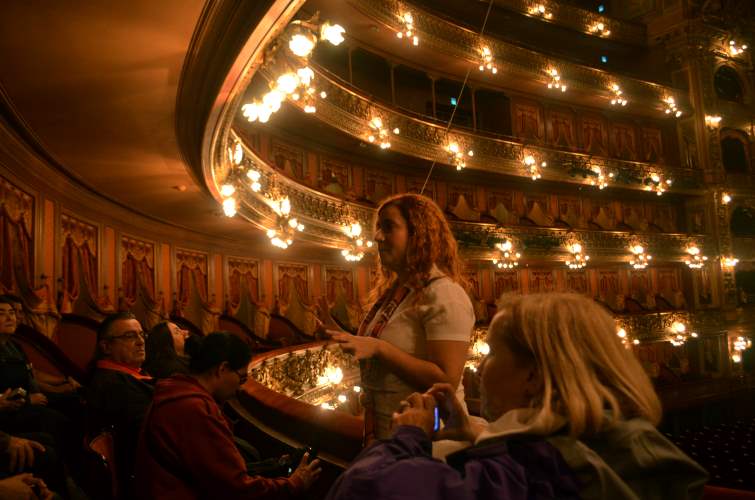
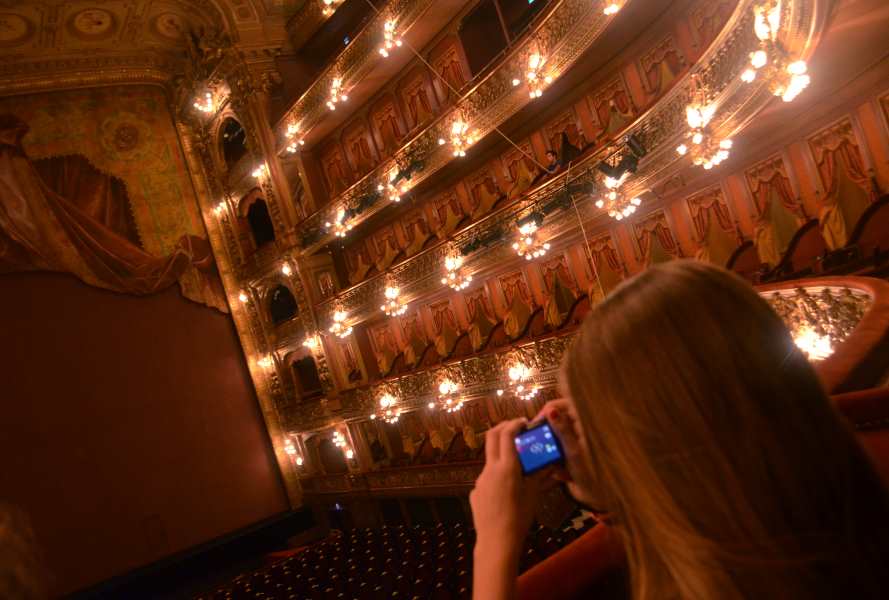
If you are in town during the weekend book a guided visit for 'Colon Fabrica' for a look behind the scenes. At Colon everything what is needed for a production as scenery, costumes, special effects, etc come from its own workshops.
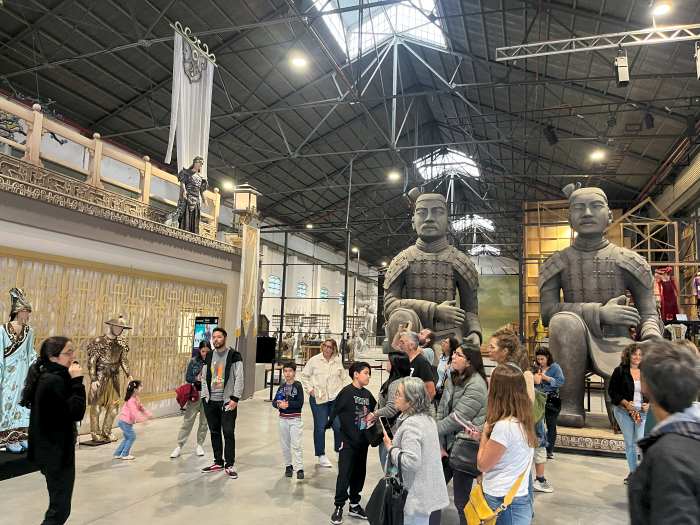
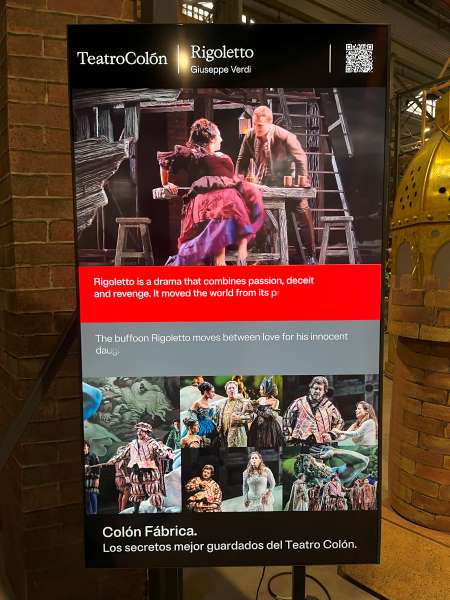
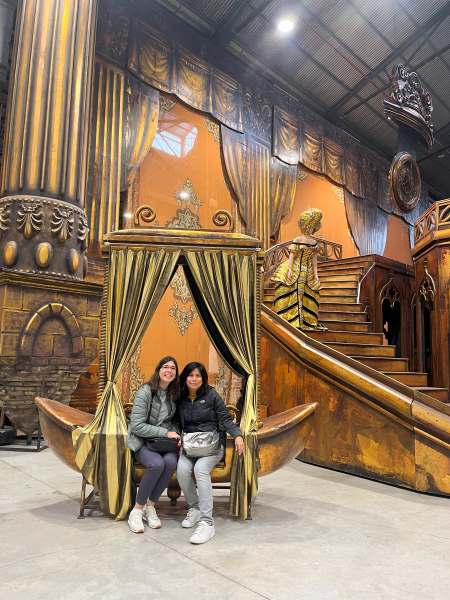
Get back to your hotel for a well-deserved break and shower before a tango show. There is a large number of tango shows in town. Our favorite one is the Rojo Tango at the Faena Hotel in Puerto Madero, a uniquely beautiful hotel with signature splashes of crimson from the hotels designer, Philippe Starck, which can be found tastefully placed everywhere.
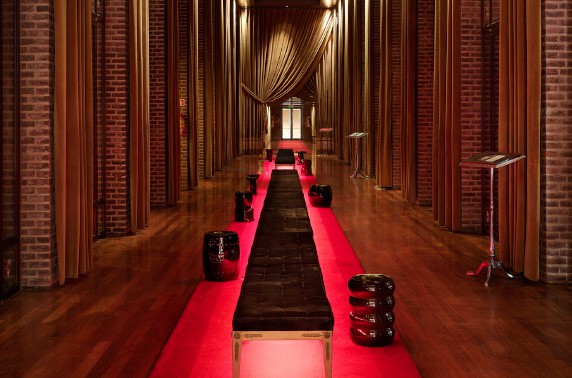
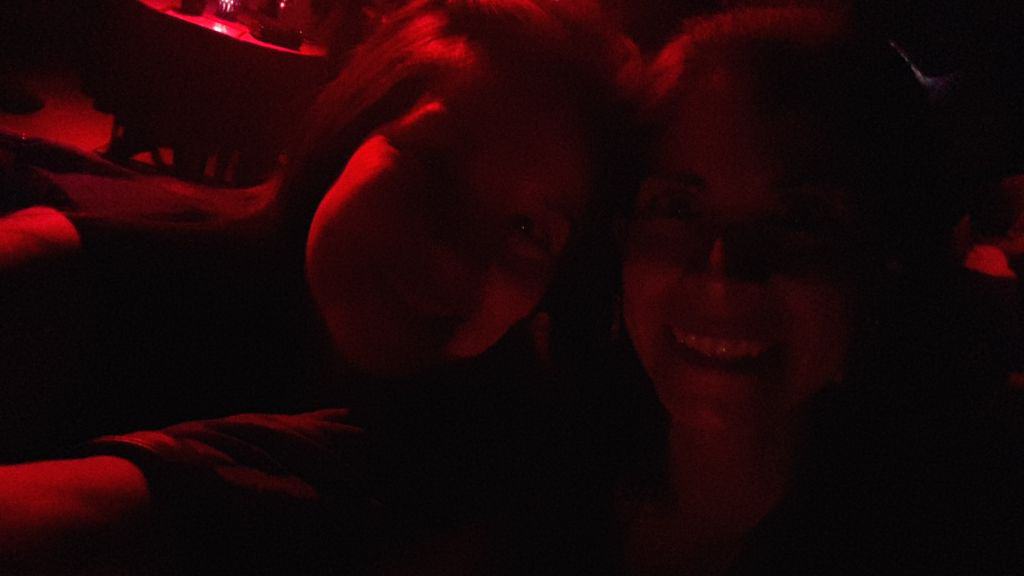
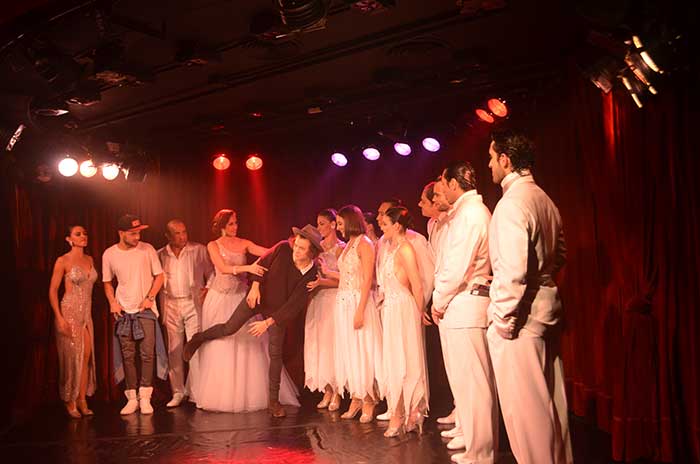
You can either attend only the show or book the a-la-carte dinner that precedes the show. From the moment you enter the Faena Hotel, you feel like a VIP guest as you walk along the red carpet an make your way towards the show’s venue (the same place where the dinner is served before).
Pictures are not allowed during the show. The exception the night we attended was made for the British boy group One Direction. They could have a short shooting session with the dancers at the end of the show ;-).
If you prefer something a little bit more ‘local’ or down-to-earth, then a ‘milonga’ is what you are looking for. 'Milongas' are organized events where people gather to socialize and dance the tango and they are held throughout Buenos Aires almost every day. Check ‘Hoy Milonga’ for an updated schedule.
More often than not, the milongas will start after dinner, so you will still have plenty of time for an evening stroll through Palermo, littered with cafés, restaurants, and boutiques, it is trendy, creative, young and chic - a destination for foodies, art lovers and shopaholics alike.
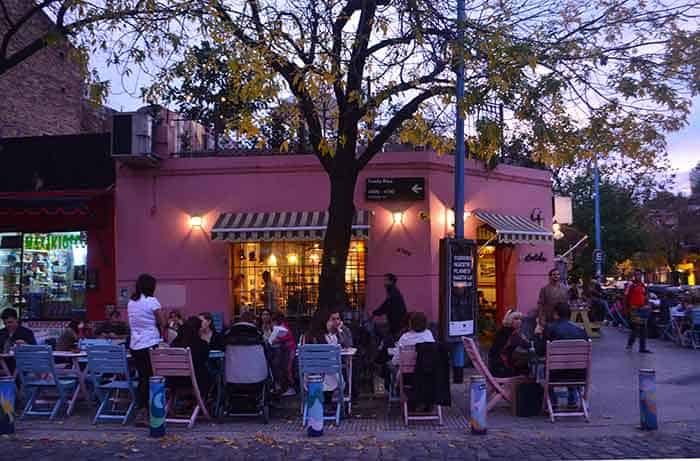
A great dining option in Palermo is ‘Niño Gordo’ (Fat Boy), its quirky and fun interior has catapulted this creative Asian-style steakhouse into the limelight by being one of the most Instagrammable restaurants in town. Japanese, Korean, and Chinese flavors meet Argentine traditions and are served in an intimate dining area.
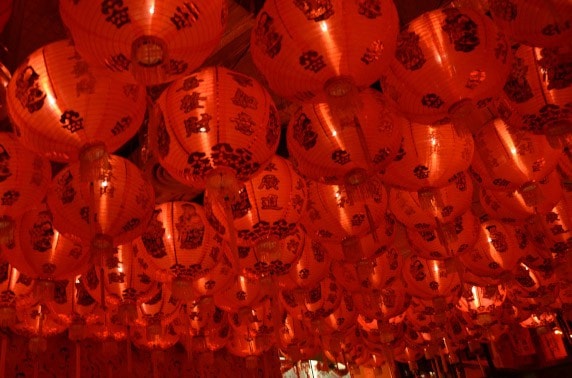
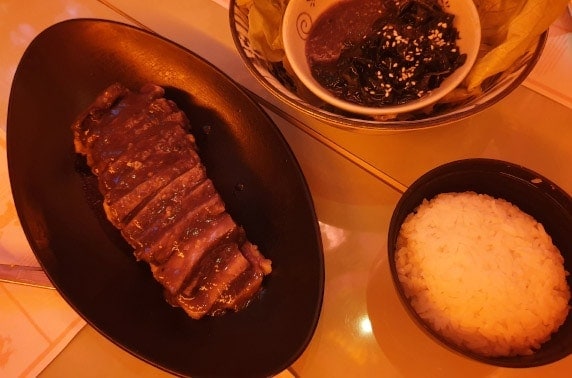
Fancy a coffee and a sweet treat in an intimate and unique setting? Then head to the ‘MALBA’ in Palermo. The ‘MALBA’ houses both historical and contemporary collections of art by Latin American artists, including the famous Frida Kahlo.
MALBA’s cafe, ‘Ninina Malba’ overlooks a green park where you can enjoy a brunch together with mild weather and some toasty sunshine, as we did when we visited in April.
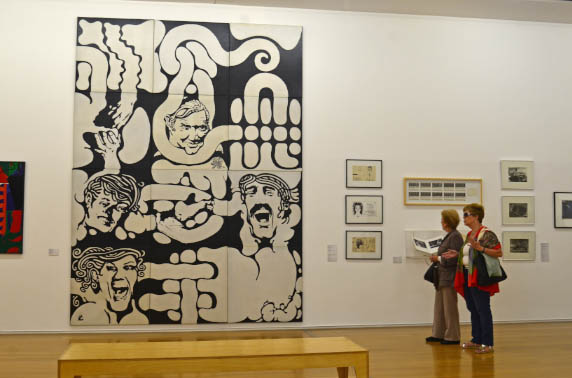
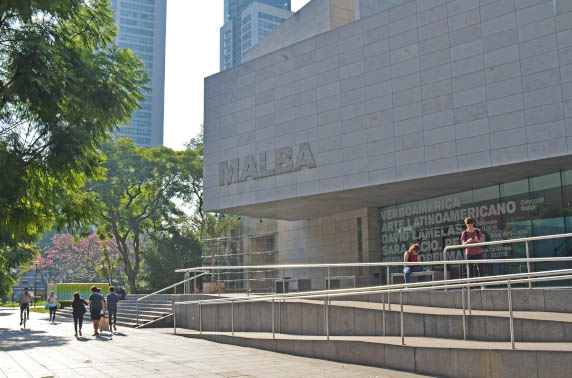
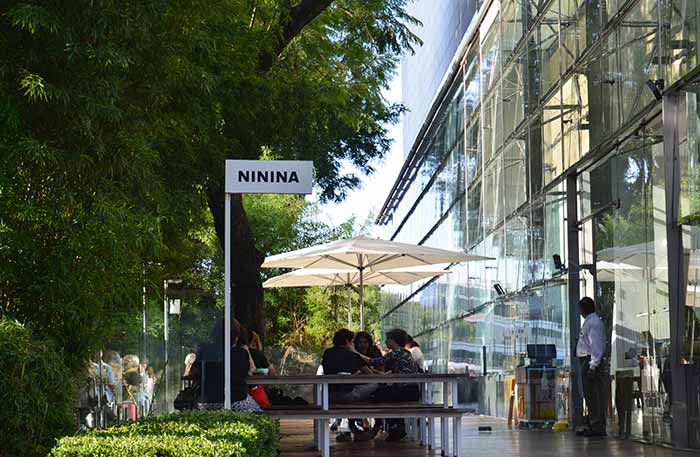
For those eager to take home a souvenir, there is an onsite museum store that has some really amazing notebooks, jewelry, and other knick-knacks.
If you’re more interested in photography and history, head to Palacio Barolo, a landmark office building in the Monserrat neighborhood. During the 1.5-hour guided tour, you’ll discover the unique architecture of this building, which was once the tallest in South America.
Designed to represent the three realms of Dante Alighieri’s Divine Comedy—Heaven, Hell, and Purgatory—the tour culminates with a visit to the lighthouse on the 22nd floor, offering stunning 360° views of Buenos Aires, including the breathtaking scenery below.
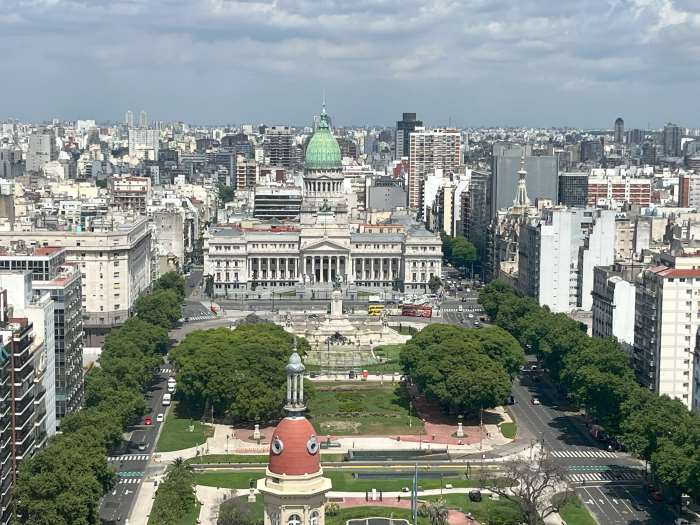
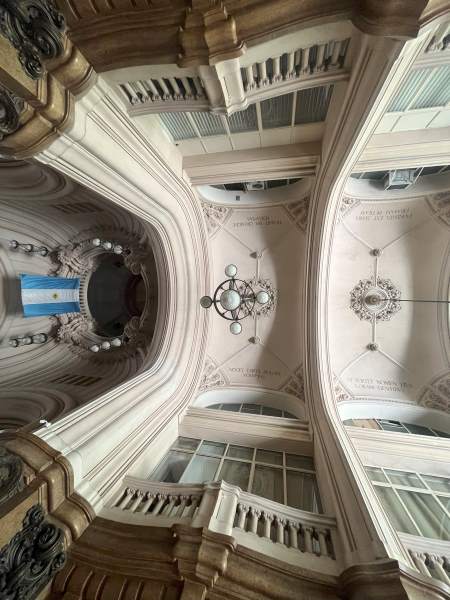
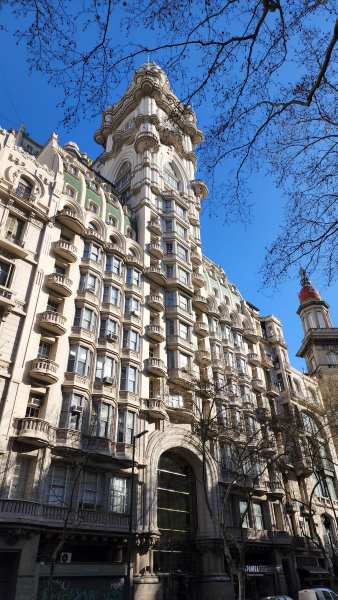
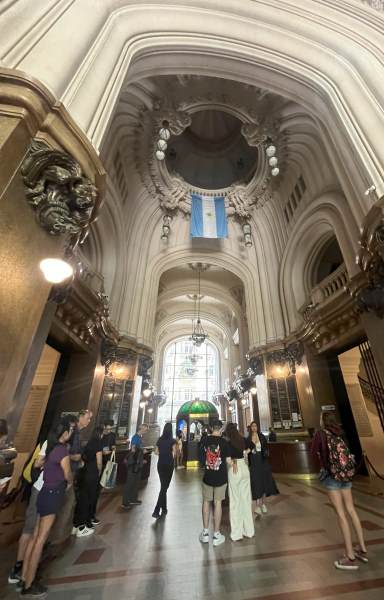
Loi Suites Recoleta ($$) in the heart of Recoleta, its 112 rooms offer a blend of modern comfort and classic charm.
Libertad ($$) contemporary style with a superb location in Recoleta. With only 34 rooms, it provides a more intimate atmosphere for guests.
Casa Lucia ($$$$) an iconic and historic building in Recoleta, it's the latest iteration of the former Sofitel. Its 2024 opening was widely celebrated as one of the most anticipated launches of the year. 142 rooms.
Faena + Universe ($$$$) is a converted granary in the trendy, upscale neighborhood of Puerto Madero, designed by Philippe Starck. Its distinctive and eclectic decor quickly made it a popular destination, attracting design enthusiasts from around the world. 49 rooms
I've detailed these reasons in the article below, drawing from my own journey aboard the Stella Australis.
The cruise operator Australis facilitates navigation that links Chilean Patagonia (Punta Arenas) with the Argentine side (Ushuaia) using two vessels: the Stella Australis and the Ventus.
Despite their high comfort level, these ships were purposefully designed as expedition cruises, each featuring just 100 cabins. This intentional design allows them to explore the far-flung corners of the Strait of Magellan, areas that larger vessels are unable to access.
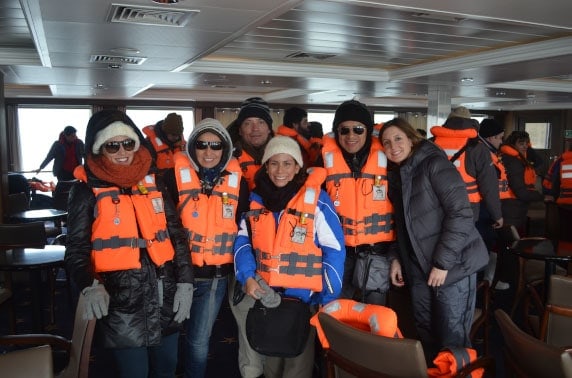
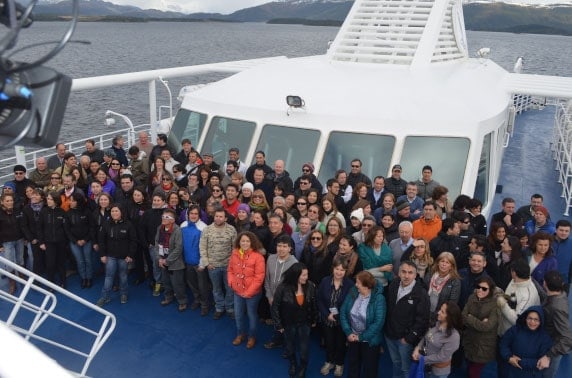
Both vessels, the Stella Australis and the Ventus offer 5- or 9-day journeys departing from either Punta Arenas or Ushuaia. The itineraries combine the two sides of Patagonia, allowing guests to explore:
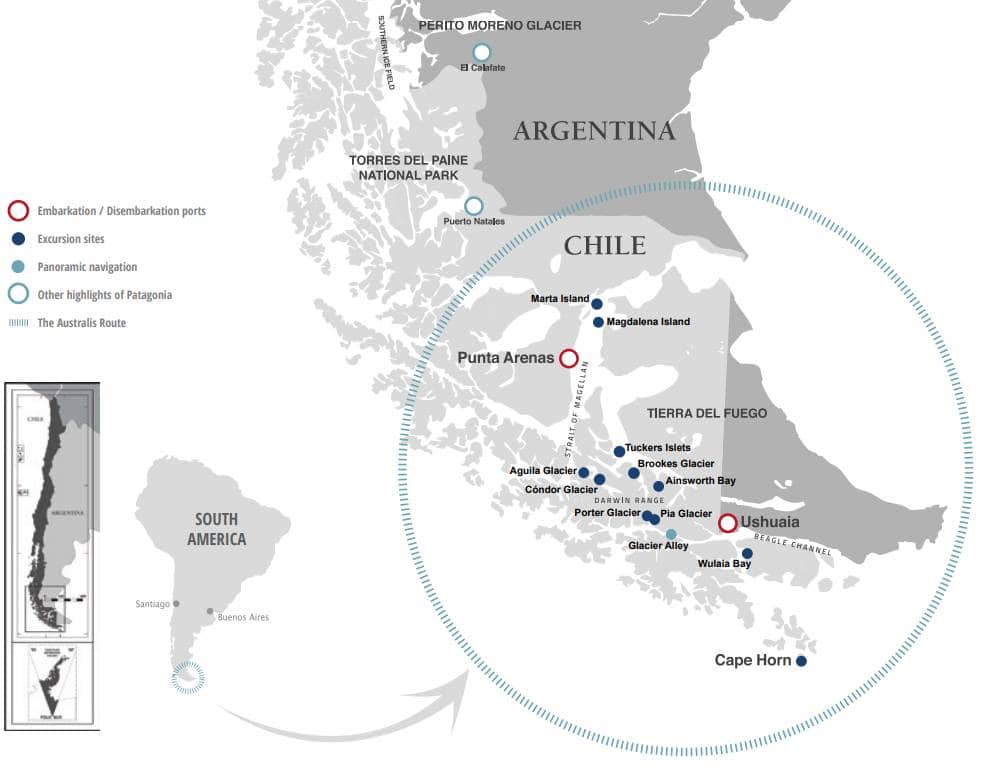
Reaching Cape Horn is the trip's highlight for many, as it marks the southernmost point of South America (see our map above).
Looking back at history and knowing the tough time Magellan had navigating through those tricky fjords in the 16th century, I totally agree! For those interested in history, I recommend watching our video at the end of this article, showcasing Magellan's incredible journey in this region.
Still. the unpredictable weather, particularly in this corner of Patagonia, doesn't always make it possible to reach Cape Horn. What is guaranteed are:
That sets this cruise apart in a league of its own, surpassing any others I've encountered (and I've explored quite a few in South America).
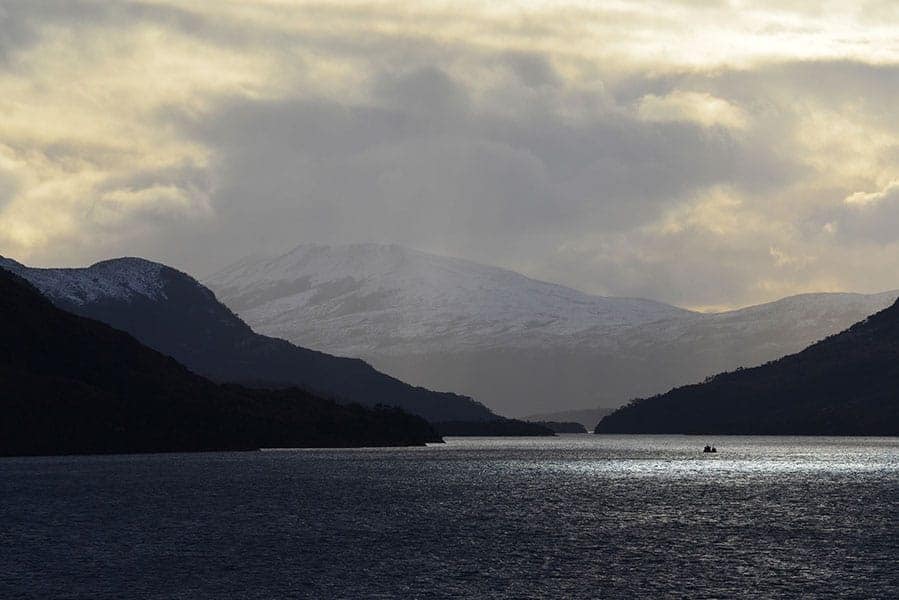
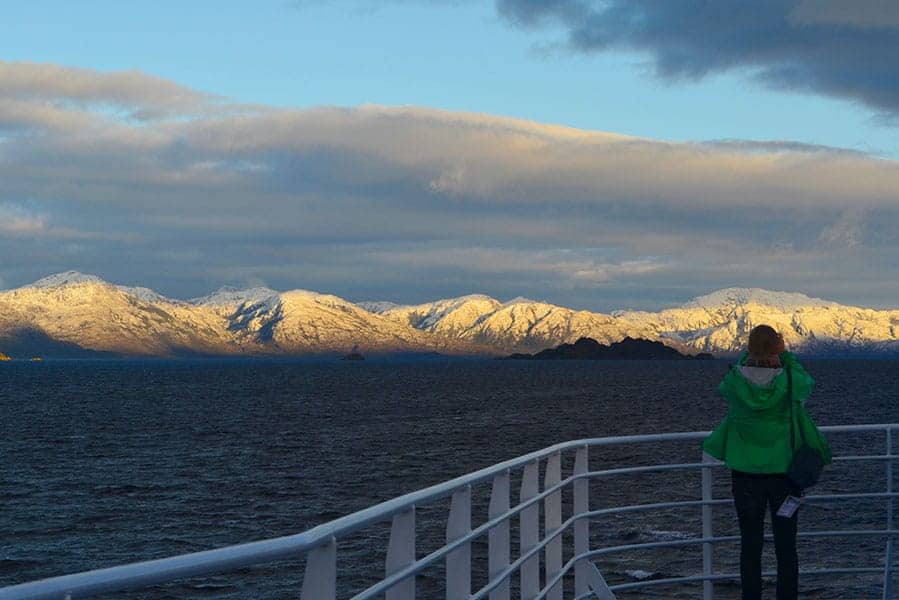
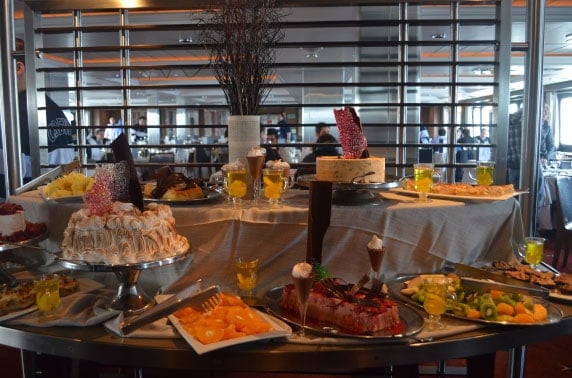
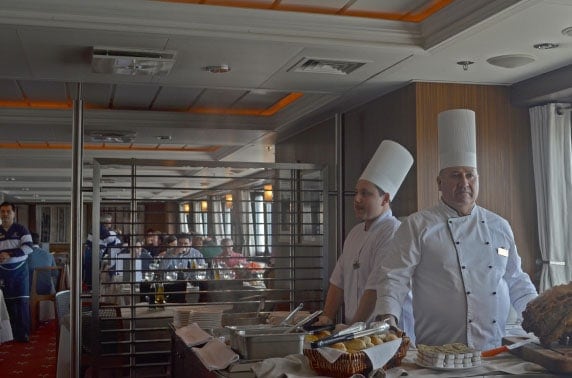
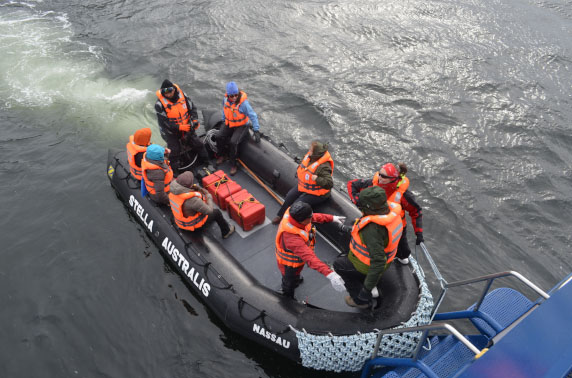
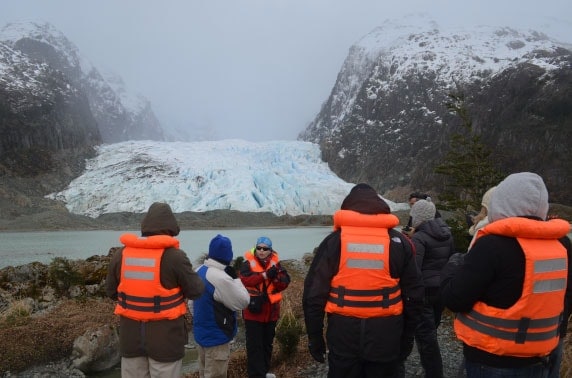
Even though the ship boasts 100 cabins, our guides split us up into smaller groups for each excursion. We had the chance to step away from the never-ending noise and distractions of modern life (I made use of my phone for photography purposes only).
No drones are allowed in the Magallanes region, and there is no internet connection aboard the ship. This is an expedition cruise ideally meant for you to ‘disconnect’ from the hustle and bustle of everyday life.
The excursion that impressed me the most was the one to Pia Glacier, an active glacier in the southernmost ice fields of South America. We headed out on zodiac boats to the trailhead. The hike to the viewpoint offered breathtaking views of the glacier embedded in the mountains of the Darwin Range.
We had some time to enjoy the glacier’s majesty and simply unplug. As a Peruvian, I was also eager to see the Magellan penguins (belonging to the same family as our Humboldt penguins). Both species share similarities and are named after two significant explorers in this region: Alexander von Humboldt and Ferdinand Magellan.
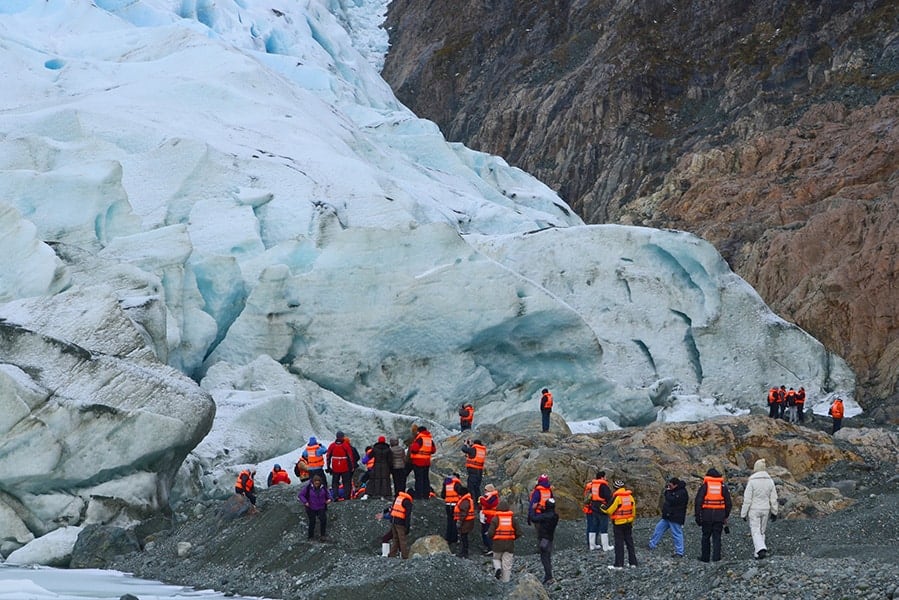
Yes, of course, you can see other glaciers in Argentina (like Perito Moreno in El Calafate) and the Grey Glacier in the Torres del Paine National Park in Chile, but, none of them offer such an intimate encounter. These glaciers are so well frequented that you most likely share the moment with many other day visitors. This is what made the journey in the most remote corner of Patagonia aboard the Stella Australis so special.
My tip for wildlife lovers: plan your journey on Australis between October and the end of March. That is when the Magellan penguins can be spotted migrating to the north.
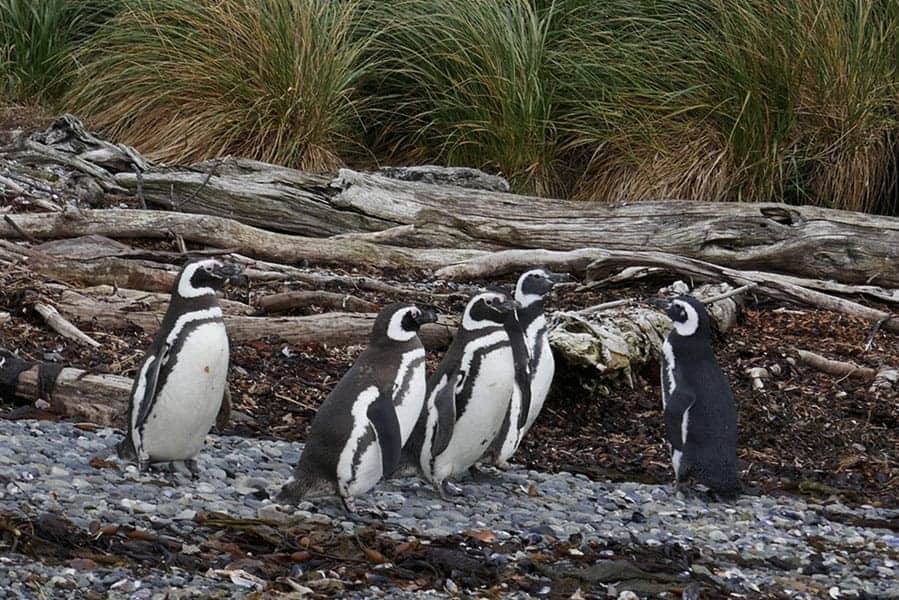
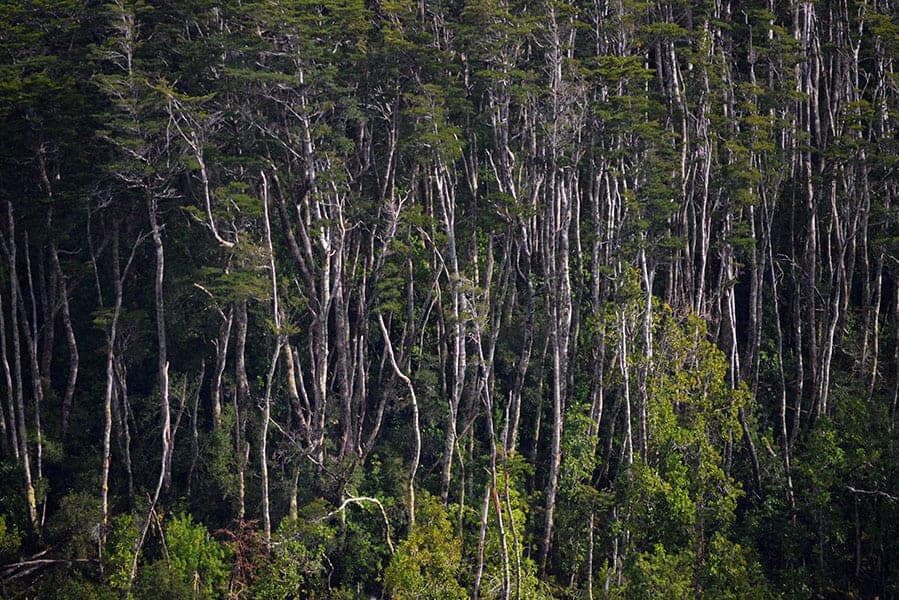
Guides who specialize in the natural history of the Magallanes region, paleontology, glaciology, local wildlife, and oceanography held lectures in one of the spacious lounges. So, no need to worry if you didn’t have enough time to read about the region before departure. You will learn plenty on board! A library full of literature about Patagonia is also available for those who want to deepen their knowledge of this magnificent region.
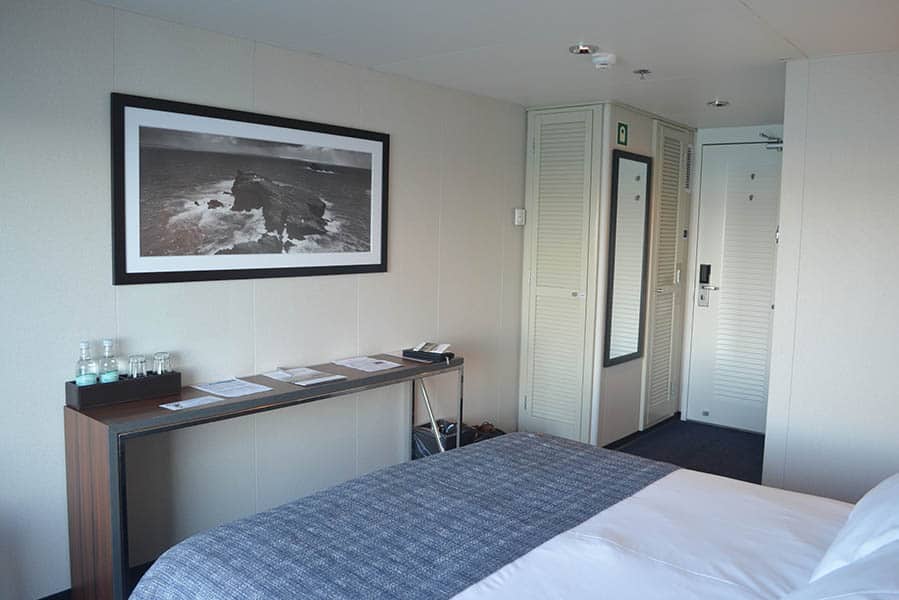
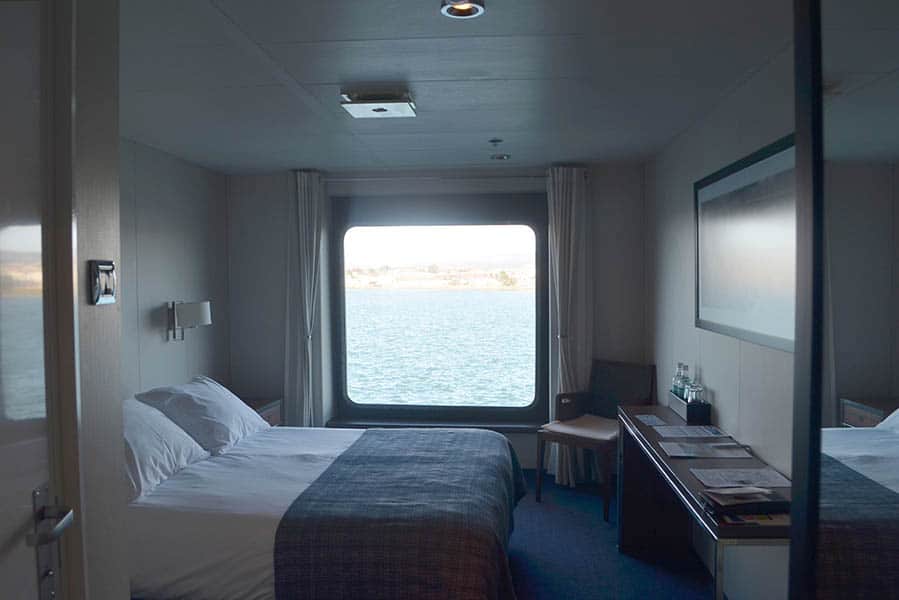
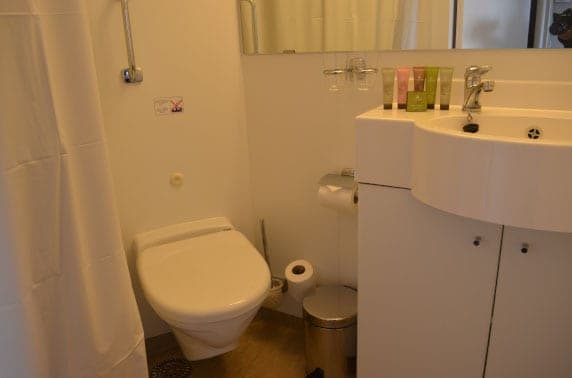
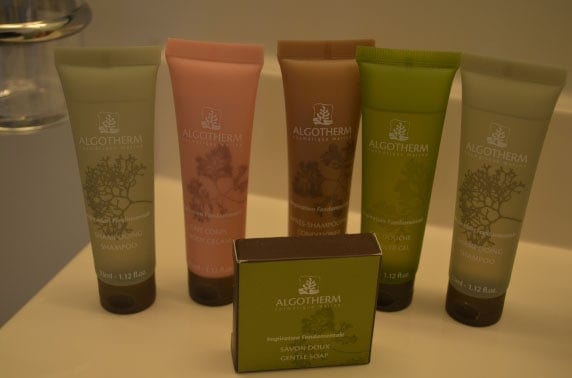
Stella Australis and her sister cruise ship Ventus Australis have various types of cabins. All come with windows and independent heating.
The cabins feature an area of either 16m2 or 20m2. I stayed in cabin B (16m2) on the second deck which was absolutely fine for one guest. In the case of two sharing a cabin, I would suggest taking the 20m2 option. This way you would have more space to open 2 suitcases.
Presented in the chart are the rates per person in USD for the selected departure date. Those highlighted in yellow denote 'PROMOTIONAL RATE'.
Despite Australis' positioning as a premium product, a comprehensive analysis considering expenses such as accommodations of comparable quality, excursions, and fine dining experiences in the Patagonia region demonstrates a remarkable cost equivalency —particularly when factoring in the promotional rates.
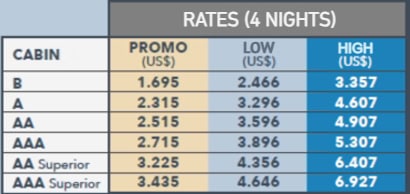
1) VENTUS Australis and 2) STELLA Australis from Punta Arenas (Chile) to Ushuaia (Argentina)
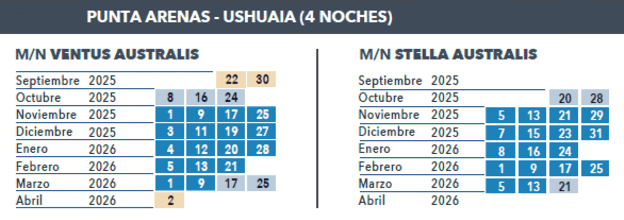
1) VENTUS Australis and 2) STELLA Australis from Ushuaia (Argentina) to Punta Arenas (Chile)
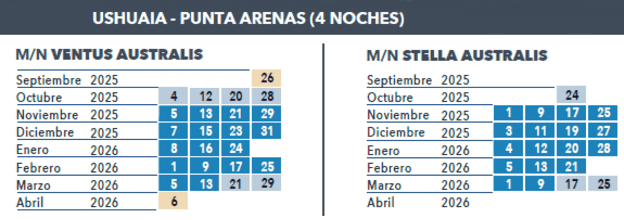
Last December, I had the chance to go on an inspection trip to one of the cities that had long been on my bucket list—Rio de Janeiro. With only a few days available, I made sure to maximize every moment. In this article, I’ll share the best things to do in Rio over three days. If you're like me and want to make the most of your time—wondering where to go, what to eat, and where to stay—then keep reading for my top recommendations and insider insights.
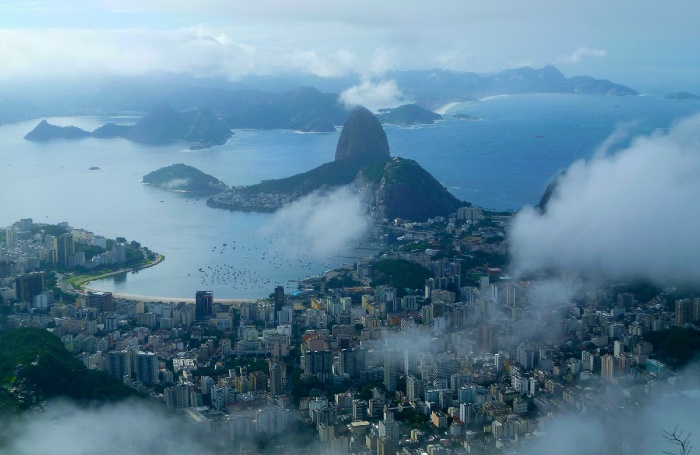
As with any new city, we always recommend starting your visit with a city tour to get to know the main sights and key landmarks. A typical Rio de Janeiro city tour includes the Municipal Theatre, the pyramid-shaped Metropolitan Cathedral, the Lapa Arches (an 18th-century aqueduct turned tram bridge), and the Santa Teresa neighborhood (a bohemian area with colonial mansions and vibrant art studios).
Another must-visit stop is the Real Gabinete Português de Leitura. This stunning 19th-century library, often ranked among the most beautiful in the world, houses an impressive collection of Portuguese literature. With its towering wooden bookshelves, intricate carvings, and stained-glass skylight, stepping inside felt like entering a literary time capsule. Beyond its aesthetic appeal, the library is a symbol of Brazil’s deep-rooted connection to Portuguese culture and language. I recommend at least 30 minutes to truly appreciate this unique library.
Another iconic stop is the Selarón Steps (Escadaria Selarón), a world-famous mosaic staircase created by Chilean-born artist Jorge Selarón. Adorned with over 2,000 colorful tiles from more than 60 countries, each step tells a unique story. Take your time to admire the artwork and learn about Selarón’s journey, passion, and dedication to this ever-evolving masterpiece.
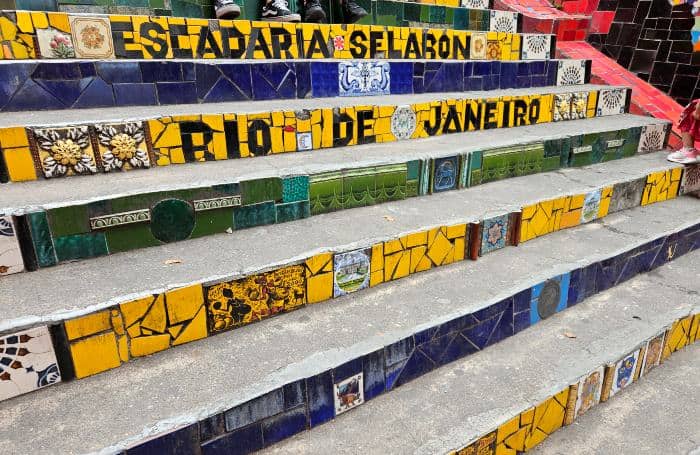
For lunch, you can’t miss the legendary Confeitaria Colombo. Established in 1894, this historic café is a true Rio institution, exuding old-world charm with its Art Nouveau decor, large mirrors, and elegant chandeliers. Once frequented by Brazilian intellectuals and politicians, it remains the perfect spot to indulge in traditional pastries, coffee, and Brazilian delicacies. I would definitely recommend trying the coxinha (shredded chicken pastries) and empada de camarão (small pies filled with shrimp).
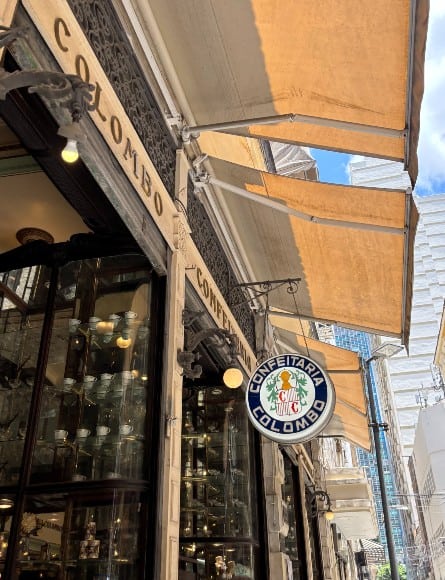
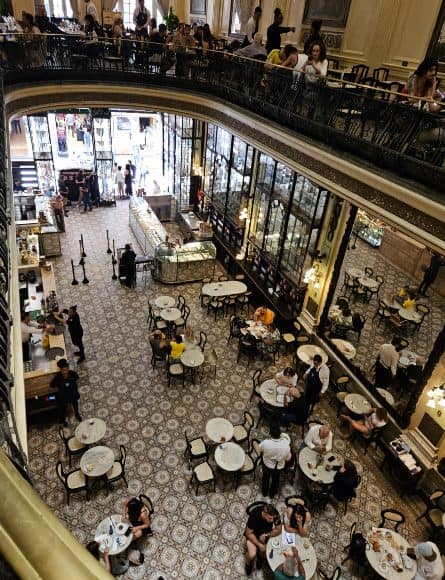
After lunch, head to Copacabana Beach, one of the most famous stretches of sand in the world. Here, you can fully immerse yourself in the Carioca lifestyle—whether that means sunbathing, playing beach soccer, or simply sipping on coconut water while people-watching. The vibrant energy of Copacabana is infectious, with vendors selling everything from açai bowls to bikinis, and locals gathering for impromptu samba sessions.
As the sun begins to set, make your way to Boteco Belmonte in Ipanema. This laid-back yet lively bar is a local favorite, known for its fantastic caipirinhas and casual yet authentic atmosphere. Head up to the second floor, where you’ll have an incredible view of the sun dipping below the horizon over the Atlantic Ocean. Aside from the long list of flavored caipirinhas, my favorite thing about this bar is the Brazilian-style circulating snacks (petiscos), where waiters walk around with trays of different appetizers. You simply pick what you like and pay for what you consume—an excellent way to sample a variety of local flavors.
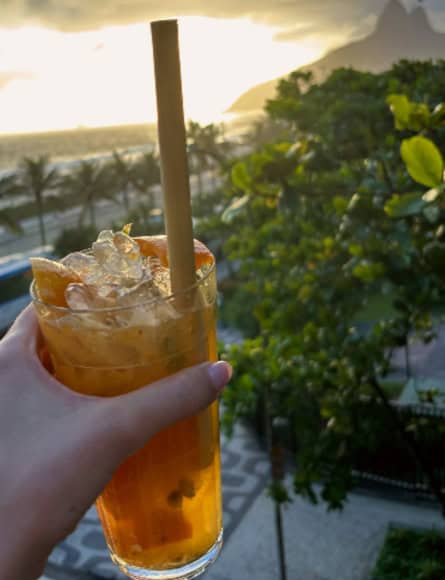
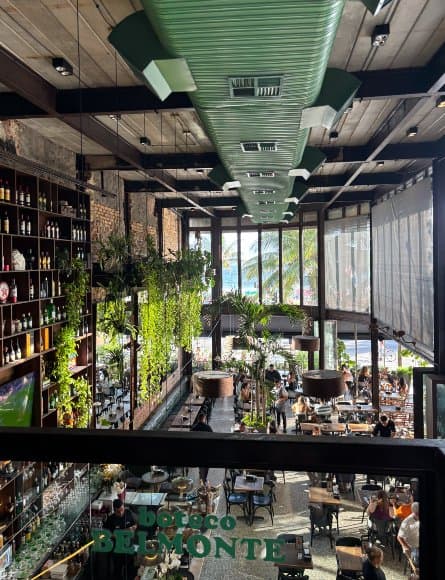
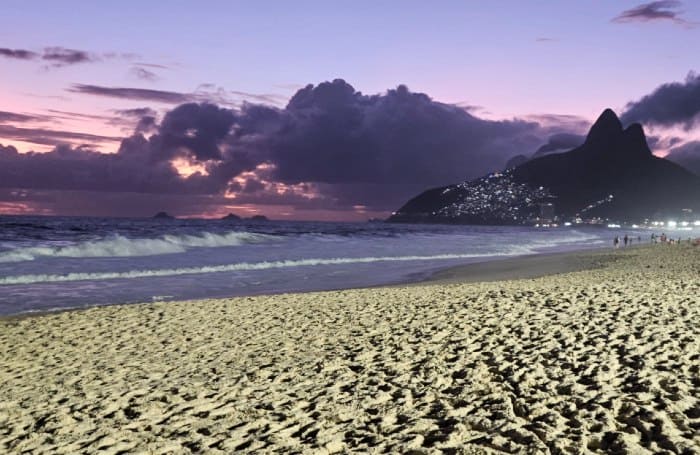
Start your day with a visit to Christ the Redeemer, one of the New Seven Wonders of the World and Rio’s most iconic landmark. Completed in 1931, this 38-meter-tall statue of Jesus Christ stands atop Corcovado Mountain, overlooking the entire city. More than just a monument, it symbolizes faith, unity, and Brazilian identity.
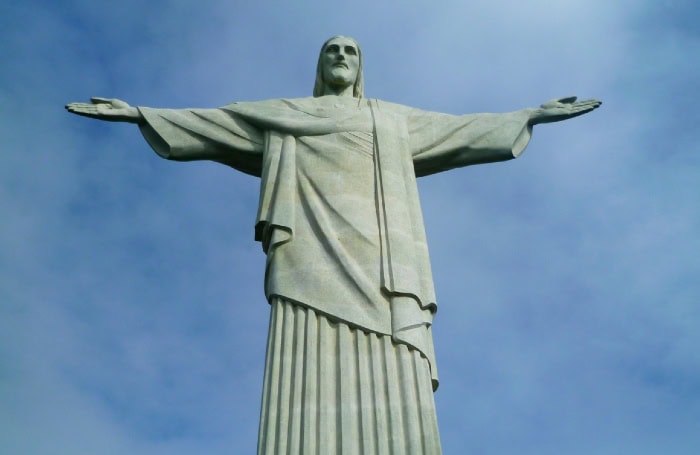
Arriving early is essential, as crowds grow quickly throughout the day. The scenic tram ride to the top offers stunning views, and if you're lucky, you might spot small monkeys swinging through the trees and snacking on jackfruit along the way.
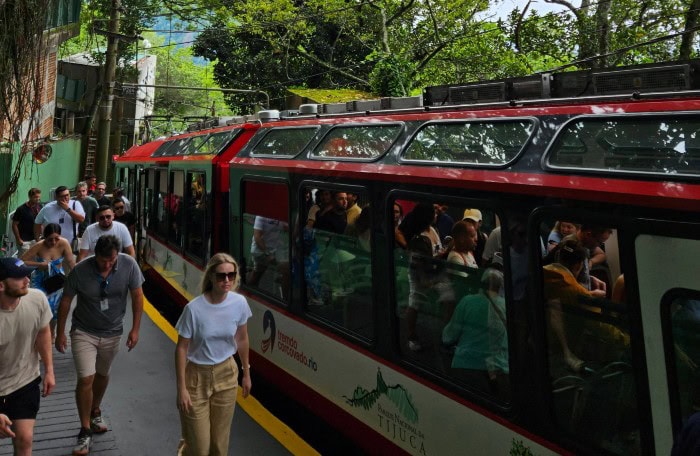
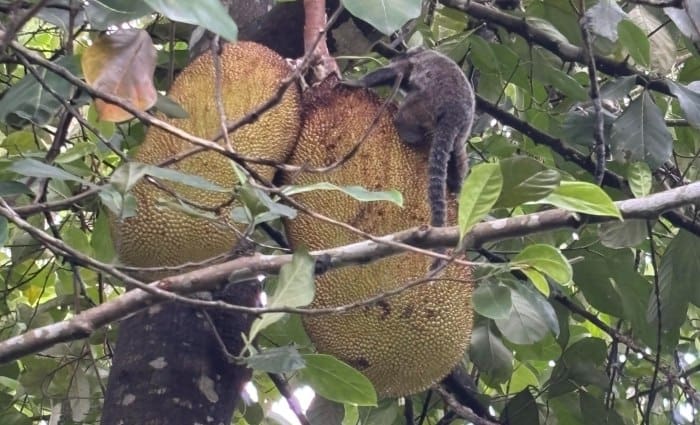
Next, head to Sugarloaf Mountain, another must-visit attraction. To avoid long lines, we recommend getting fast-track tickets for a smoother experience. The cable car ride to the top offers breathtaking panoramic views of Rio’s coastline, and once you reach the summit, you can soak in the stunning scenery. This is the perfect place for lunch—our top recommendation is Embaixada Carioca, where you can savor the traditional feijoada, Brazil’s national dish.
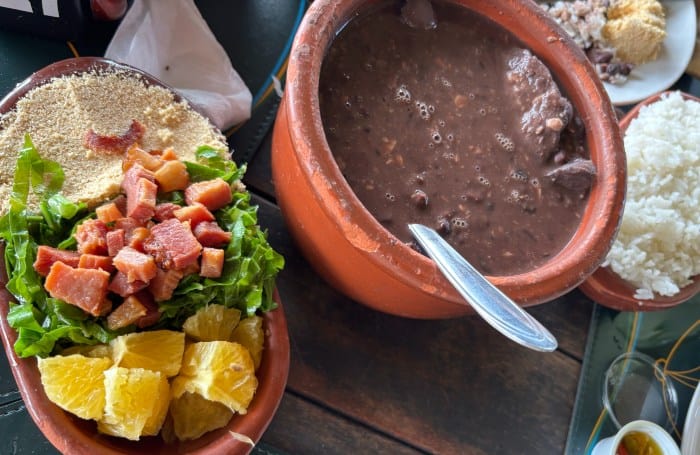
Feijoada is a rich and hearty black bean stew, traditionally slow-cooked with a selection of premium meats, including charque (dried beef), ribs, pork loin, paio sausage, and fine cured sausage. It is served in a clay pot, accompanied by white rice, sautéed collard greens, farofa (toasted cassava flour), and fresh orange slices to balance the richness. This dish is perfect for sharing between two people and offers a true taste of Brazilian comfort food.
After lunch, spend the afternoon enjoying Sugarloaf Mountain. If you time it right, catching the sunset from the top is an unforgettable experience. The golden light over Rio’s coastline and the sight of the city gradually lighting up is simply magical. As the sun sets, many visitors rush to take the cable car down, leading to long queues—another reason why fast-track tickets come in handy.
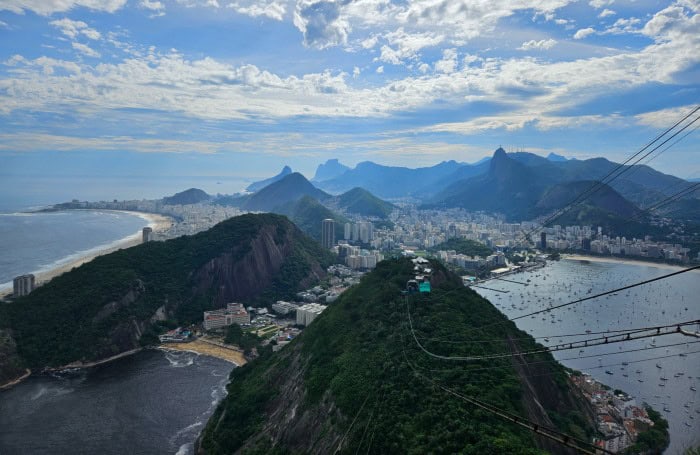
To wrap up your day, enjoy a night of Brazilian music, especially Bossa Nova, the smooth, jazz-infused genre that was born in Rio de Janeiro. You have two fantastic options, depending on the type of experience you're looking for:
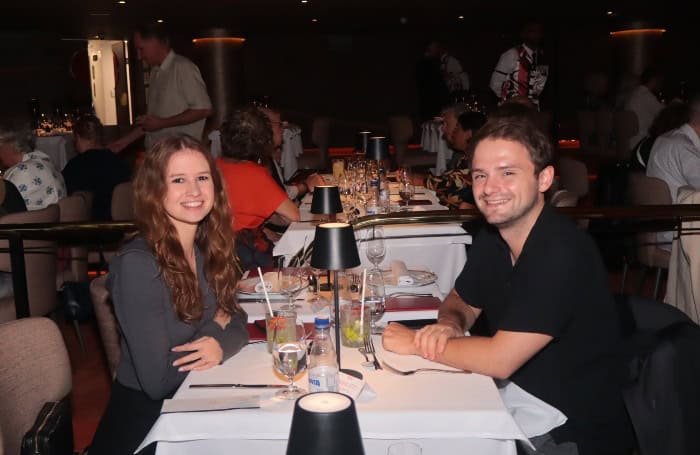
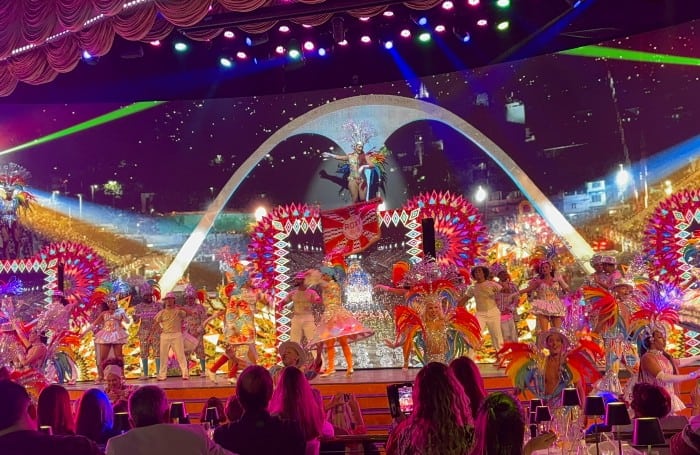

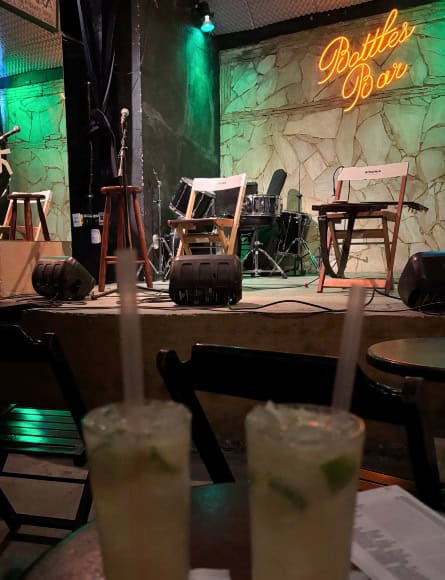
For your final day in Rio, choose between two fantastic experiences—one for adventure seekers and one for those looking for a more relaxed way to enjoy the city's beauty.
If you’re up for an active morning, hiking Pedra Bonita is one of the best ways to experience Rio’s stunning natural landscape. Located in Tijuca National Park, this moderate 45-minute hike leads to one of the most breathtaking viewpoints in the city. At 696 meters (2,283 feet) above sea level, Pedra Bonita offers panoramic views of the Atlantic Ocean, São Conrado Beach, and the famous Pedra da Gávea, making it a must for nature lovers and photographers. This is also where hang gliders take off, so you’ll get to watch adrenaline junkies soaring over Rio. The hike is well-marked and relatively easy, making it accessible even for beginners.
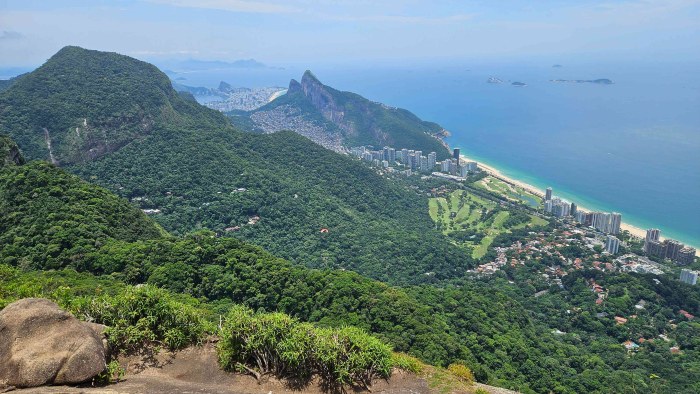
For a more laid-back morning, head to the Rio de Janeiro Botanical Gardens (Jardim Botânico), a peaceful oasis in the middle of the city. Established in 1808, the gardens are home to over 6,500 species of plants and trees, including towering imperial palm trees, orchids, and giant Amazonian water lilies. One of the highlights is the Japanese Garden, with koi ponds and bonsai trees, as well as the Avenue of Royal Palms, a dramatic row of 134 palm trees leading to the stunning visitor center. Keep an eye out for toucans and small monkeys that often roam the gardens. It's the perfect spot to unwind and soak in Rio’s lush greenery.
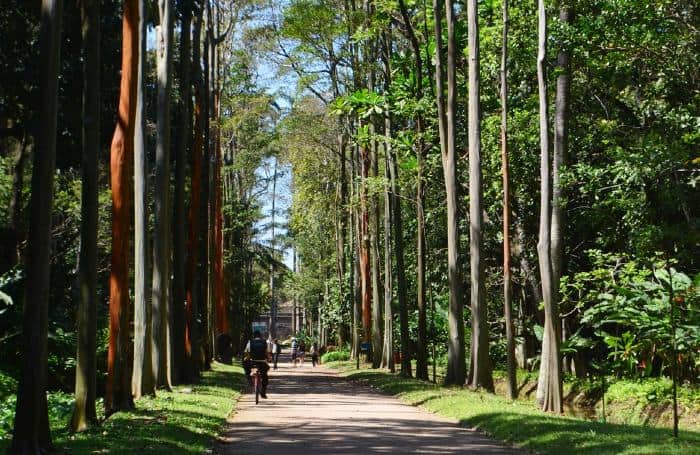
For your final meal in Rio, treat yourself to an authentic Brazilian churrasco experience at Fogo de Chão. While the restaurant has multiple locations, the Botafogo venue stands out for its breathtaking views of the harbor and Sugarloaf Mountain. This world-famous steakhouse specializes in rodízio-style dining, where waiters circulate with skewers of perfectly grilled meats, slicing them tableside onto your plate. Expect a selection of premium cuts, including picanha (top sirloin), costela (beef ribs), cordeiro (lamb), and linguiça (Brazilian sausage).
Copacabana Palace, A Belmond Hotel ($$$$) – The most iconic hotel in Rio, offering 5* luxury with historic charm. Overlooking Copacabana Beach, it features elegant suites, a world-class spa, and a stunning pool. A favorite among celebrities and dignitaries.
Fairmont Rio de Janeiro Copacabana ($$$) – A modern and sophisticated 5* hotel, perfectly located between Copacabana and Ipanema. It boasts luxurious rooms, an infinity pool, a rooftop bar, and a top-tier spa. Ideal for those seeking both comfort and exclusivity.
Hotel Nacional Rio de Janeiro ($$$) – A stylishly retro 5* hotel housed in an iconic Oscar Niemeyer-designed building in São Conrado. It offers spacious rooms with ocean views, a lush tropical garden, a large pool area, and is just steps away from the beach. A great choice for travelers looking for a blend of design, history, and relaxation.
Windsor California Hotel ($$$) – A stylish 4* hotel right on Copacabana Beach, offering a rooftop pool, comfortable rooms with sea views, and excellent service. A great balance of quality and value in a prime location.
Windsor Plaza Hotel ($$) – A 3-4* hotel in Copacabana, with good amenities, a rooftop pool, and a convenient location near the beach and city attractions. A solid choice for travelers looking for comfort without splurging.
Exploring the island's fascinating history, mysterious moai statues, and breathtaking landscapes will undoubtedly leave a lasting impression.
If you're looking for some valuable tips and tricks to optimize your stay on Easter Island, look no further. We have compiled a helpful list below to ensure you make the most out of your experience on this extraordinary island.
Easter Island (Rapa Nui) is a small island that spans a mere 24.6 km (15.3 mi) at its longest side. So luckily you don’t need very long to see all of the incredible things that this destination has to offer.
If you’re looking to experience all of the must-dos then a short 3-day break will suffice.
Before planning your visit, be sure to check for a flight ahead of time. Latam has a monopoly along this flight route. Availability becomes rather scarce the closer to your proposed departure date that you book.
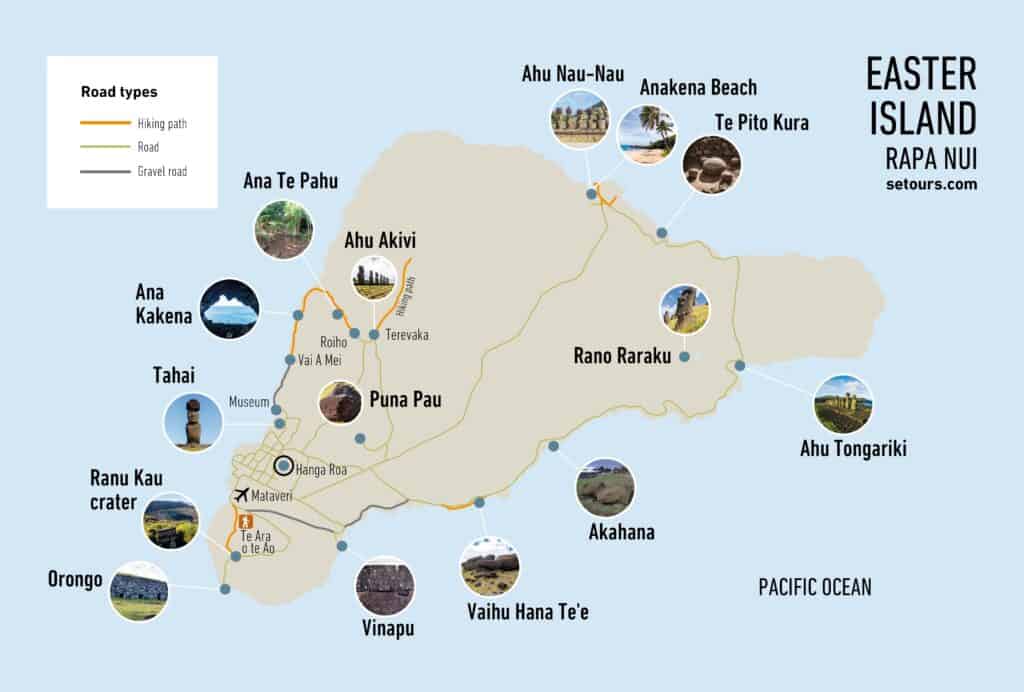
Easter Island is full of moais…everywhere…(in fact, there are around 1000 of them on the island!).
Our tip: get an introduction to the island's history and culture in the museum where a local will explain the island's history and background, giving you a better understanding of where you are.
Then, move on to the moais where you will see a restored statue and learn about its main features, lore, and function.
The Sebastian Englert is the only museum on Easter Island. It houses around 15 000 artifacts discovered on the island such as 'mata' (obsidian stone tools), ancient fish hooks, a natural science collection, and the face of a moai with a coral eye. It gives a great introduction to the island, its people and the mystery surrounding the massive moais.
The museum opens daily, except Mondays. Check their website for current hours (available only in Spanish)
Please note that the museum is currently closed (updated 11.03.2025). As an alternative, we recommend visiting Hanga Kio, an archaeological site on Easter Island known for its ancient petroglyphs and cultural significance.
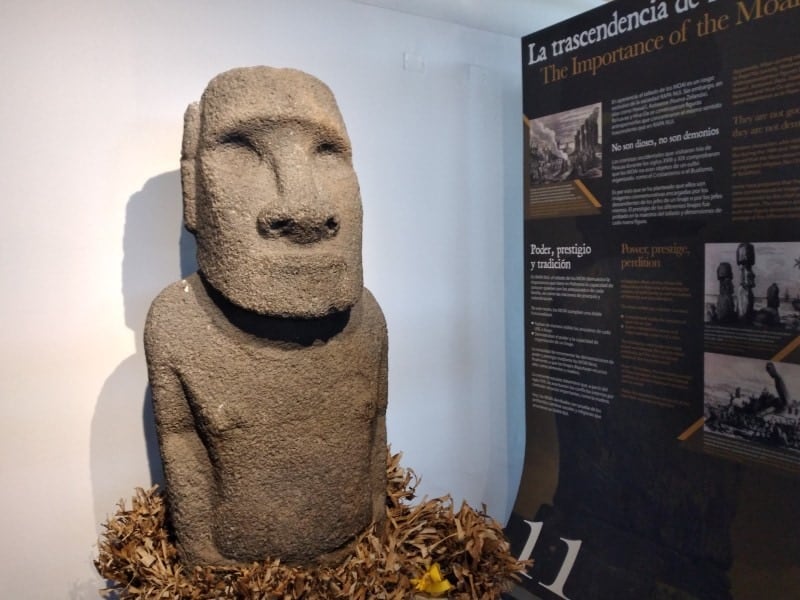
Tahai showcases 'Ko Te Riku', the only fully restored moai on the island. Observe the replica eyes inserted and head surmounted by a topknot, carved from red volcanic stone. Hence, it stands as one of the most photographed moai on Easter Island.
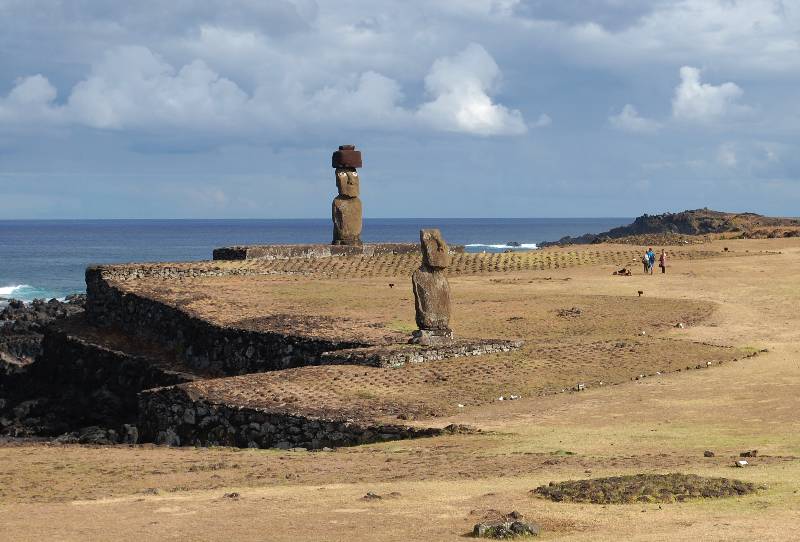
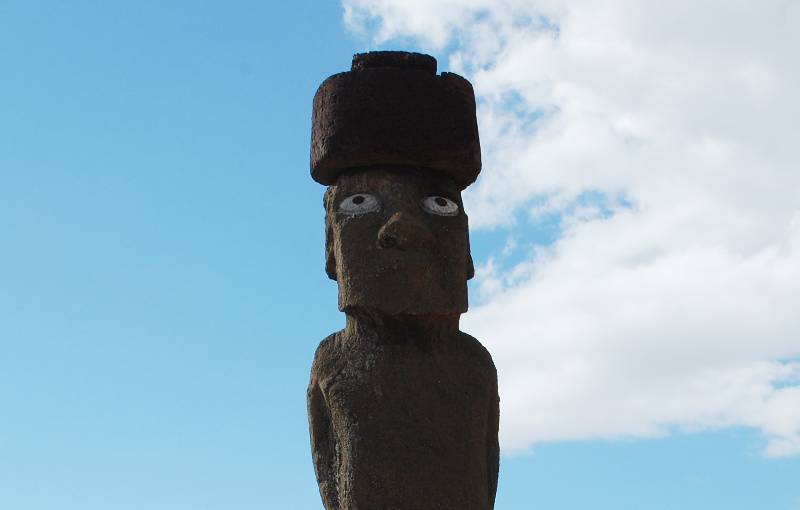
Rapa Nui, as small as it is, is home to three volcanos, one of which is the now-extinct Rano Kau, a photographer's paradise. It features a unique crater lake, which is one of the island's only three natural bodies of fresh water, and endless views over the Pacific Ocean.
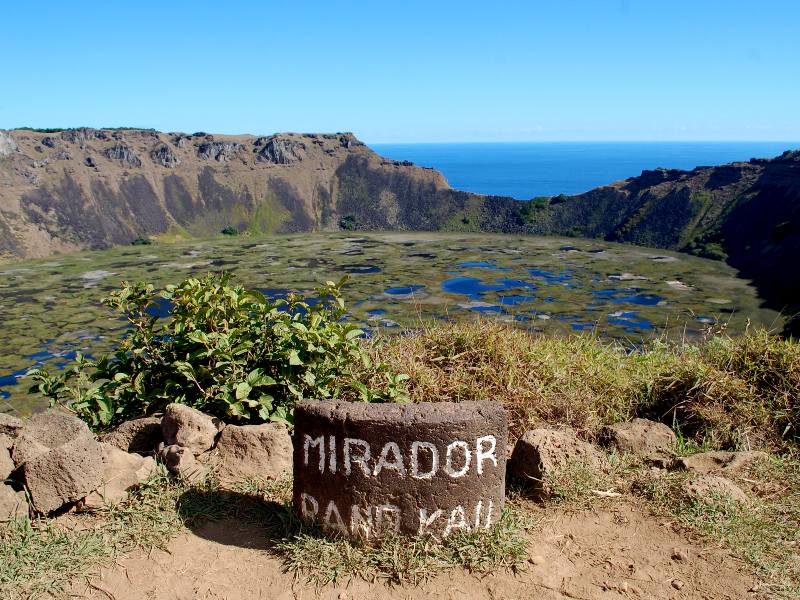
Orongo, the largest archaeological site and ceremonial center in all of Easter Island, is considered one of the major ‘highlights’, not only because of the view/location but also for its petroglyphs (see our picture below) and the unique construction of its houses which can't be seen in any other part of the island.
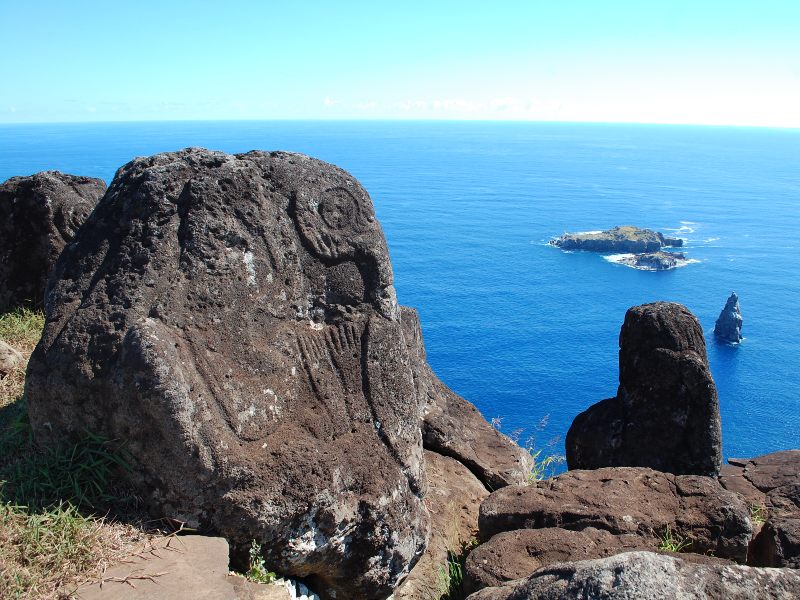
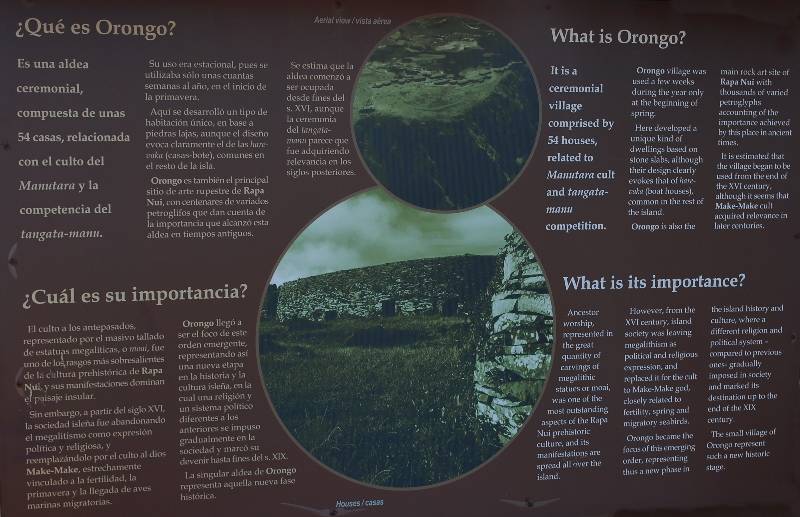
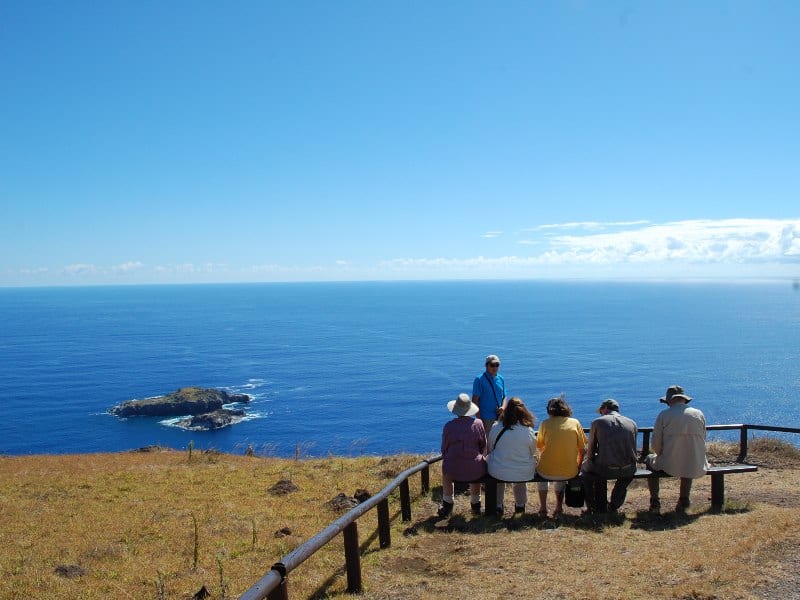
Accompanying each house you will find cave art along with the site's petroglyphs.
And yes, Orongo this is the same village featured in the film Rapa Nui Legends in Stone (1994) with Kevin Costner.
Orongo is the best place to learn about the ancient birdman competition practiced in the 18th and 19th centuries. A group of chiefs competed to secure the first egg of the sooty tern from Moto Nui (the largest of three islets just south of Easter Island). The triumphant chief then became birdman, and represented the creator god Makemake for one year. Secular power was accrued to his clan, and tribute in form of food was paid to them by the other chiefs and their families.
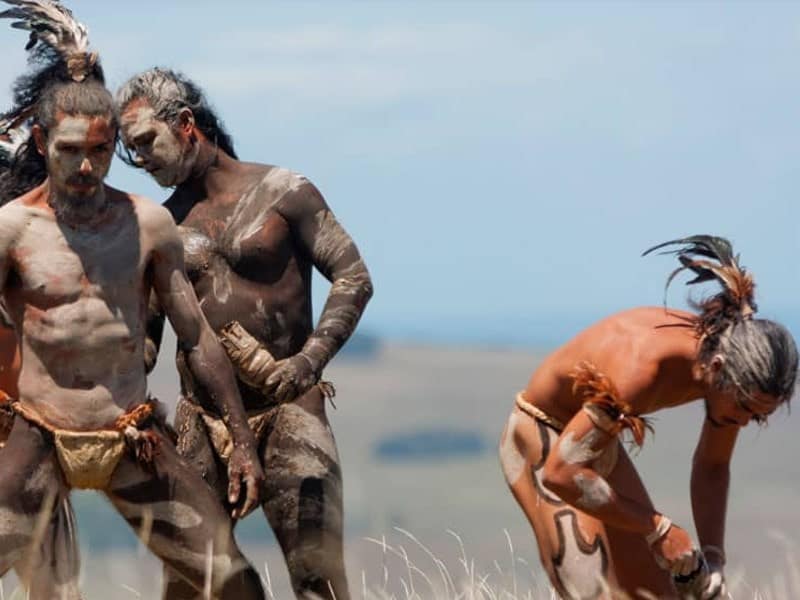
Our tip if you can't travel to Easter Island and you are based in Europe:
Orongo is the place where a British expedition found Hakananai, one of the 10 moais carved from basalt in 1868. The moai, adorned with petroglyphs linked to the birdman cult, is exhibited since then at the British Museum in London.
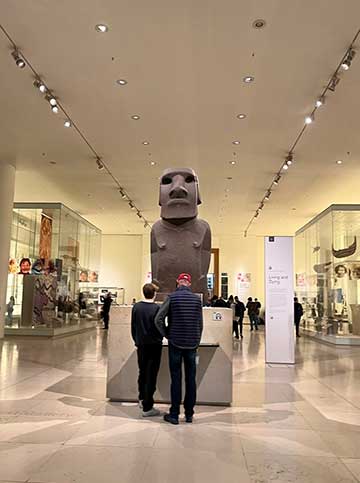
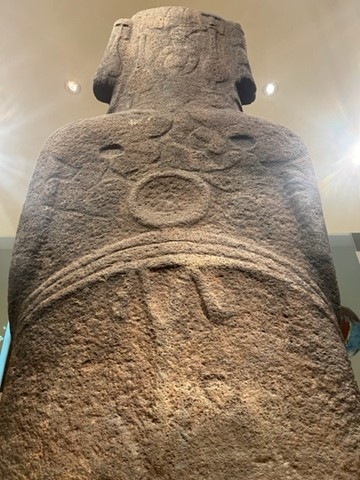
Today, take advantage of a full-day tour through more of the island's exciting historical sites listed in the highlights below. Ending your day of exploration off with a dip in the warm Pacific Ocean at a historical white sandy beach!
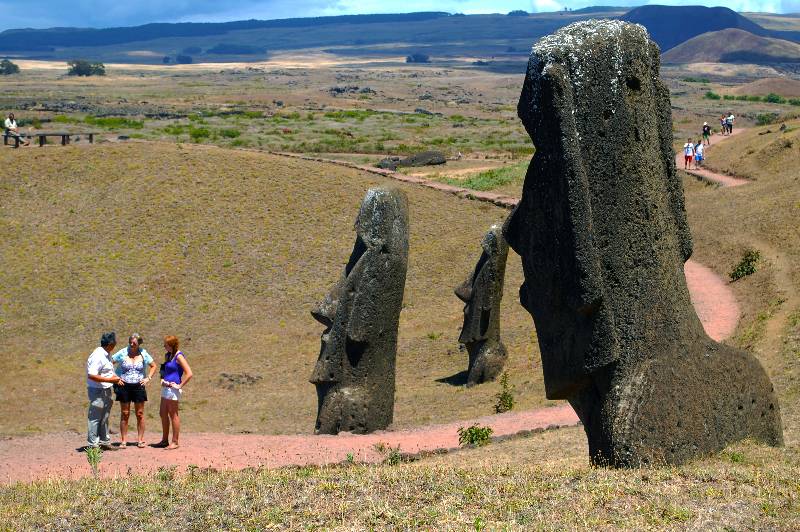
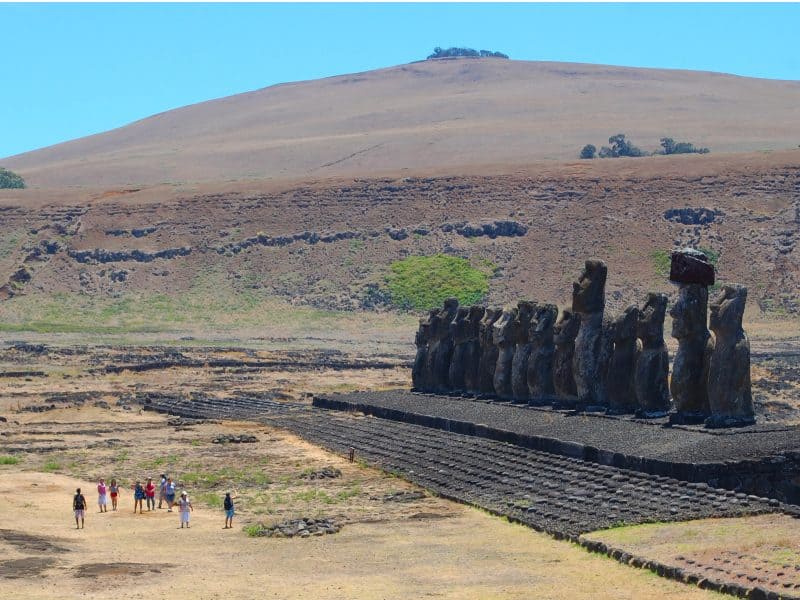
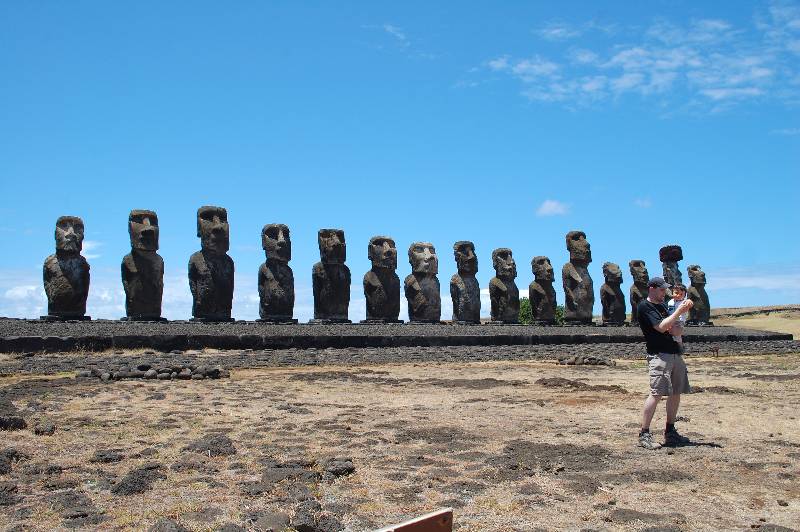
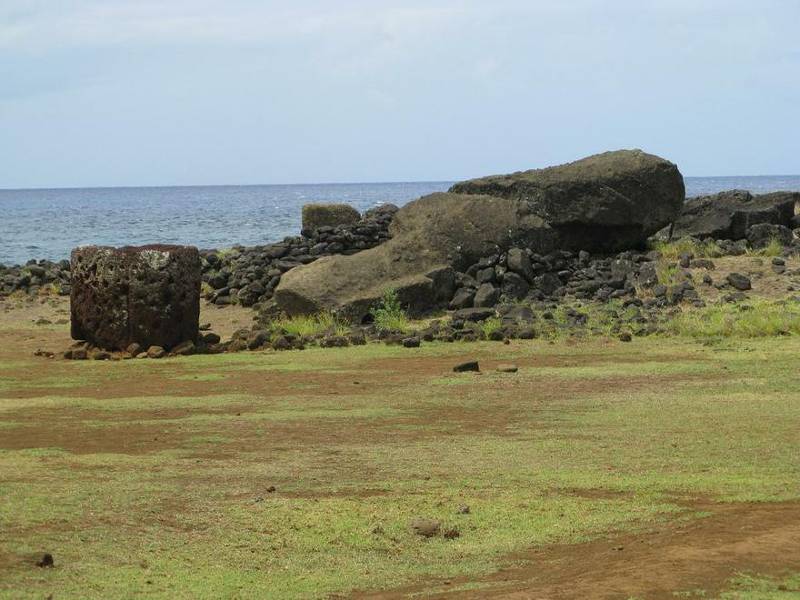
According to Rapa Nui legend, Anakena, located in the northern part of the island, marks the arrival site of the island's first Rapa Nui King, Hotu Matu'a.
Anakena boasts two ahu (ceremonial platforms). The first one is Ahu Nau-Nau, featuring seven moai statues, two of which are damaged. The other, known as Ahu Ature Huke, showcases a single moai - the first ever restored and raised, a feat accomplished by Norwegian explorer Thor Heyerdahl in 1956.
This is our designated break spot during the full-day tour, where you can enjoy your boxed lunch while taking in breathtaking views of the Pacific Ocean.
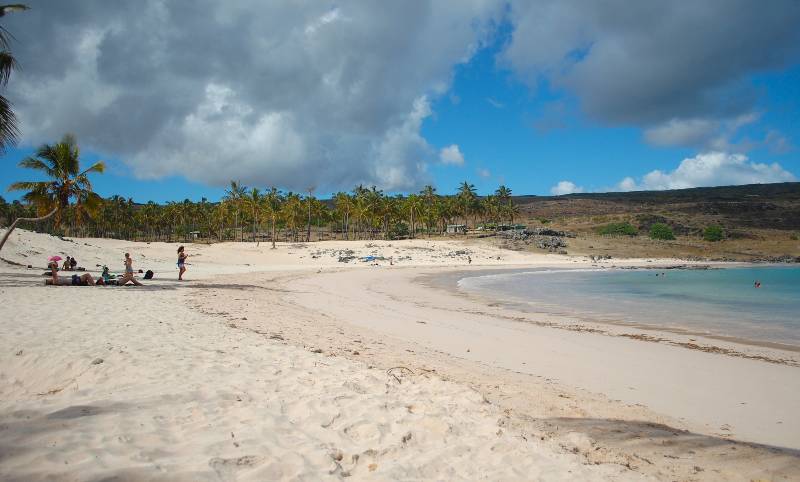
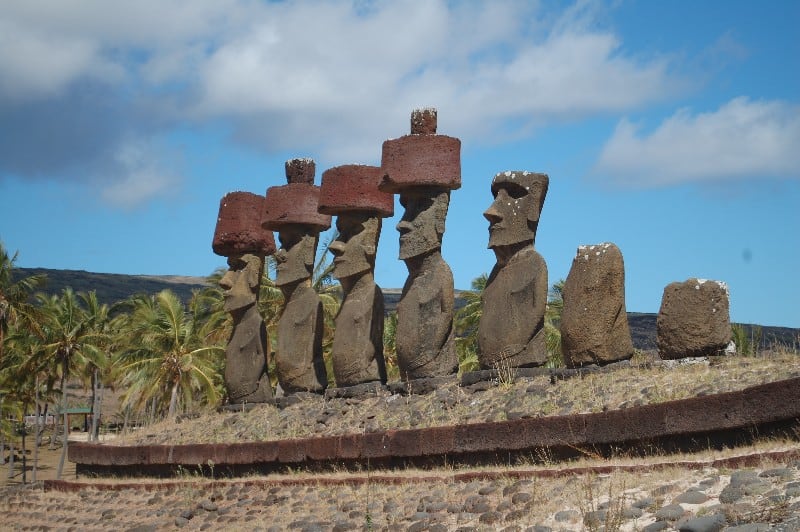
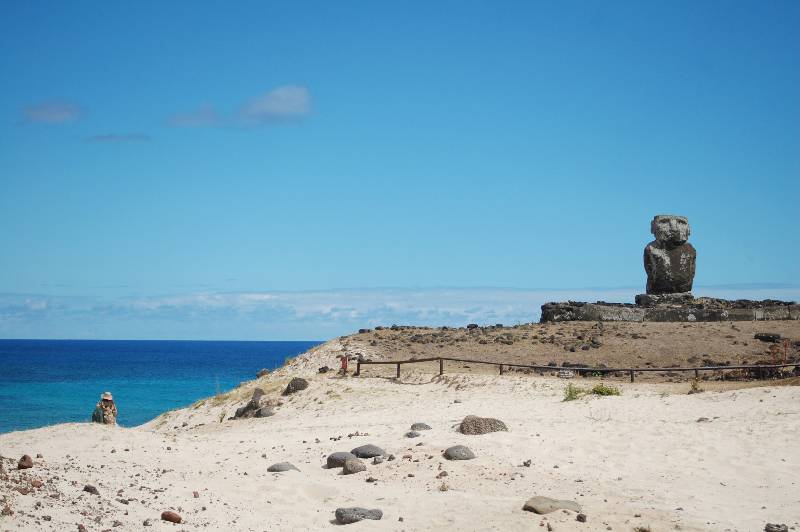
Currently, all flights leaving the island depart after midday. This gives you just enough time to squeeze in a half-day tour before you make your way back to the mainland.
Easter Island, the world's most remote inhabited island, was discovered and settled by Polynesians sometime between the first century AD and before AD 800. According to oral tradition, the moai statues at Ahu Akivi represent the first voyagers sent by the founding ancestor, King Hotu Matu'a, on a quest to find a revealed territory from his dream.
The legend speaks of seven explorers who remained on the island, awaiting Hotu Matu'a's arrival. Unlike other moais on the island facing to the village to transmit their protective power, the seven Moai at Ahu Akivi have been placed facing the Pacific Ocean.
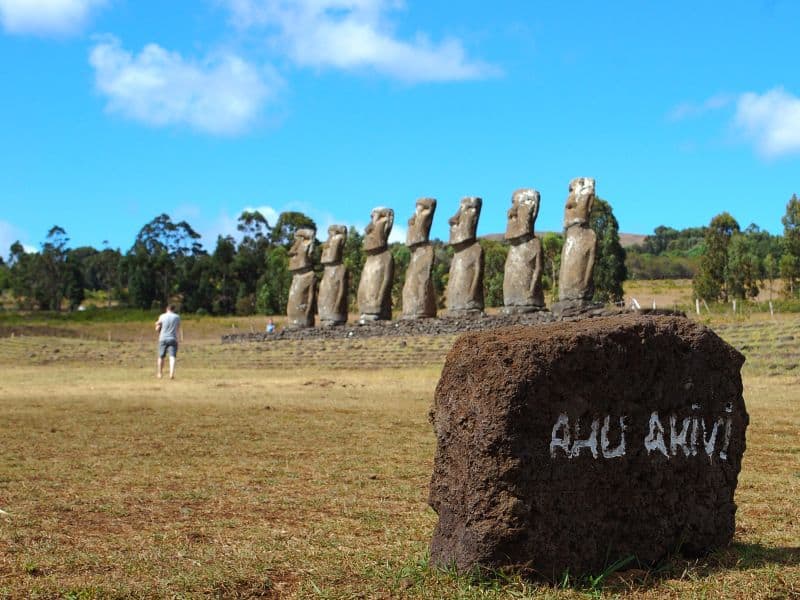
Afterward, you will visit the topknot quarry of Puna Pau, the source and production site of all the 'Pukaos' or head coverings, like the one featured in our picture of Tahai above.
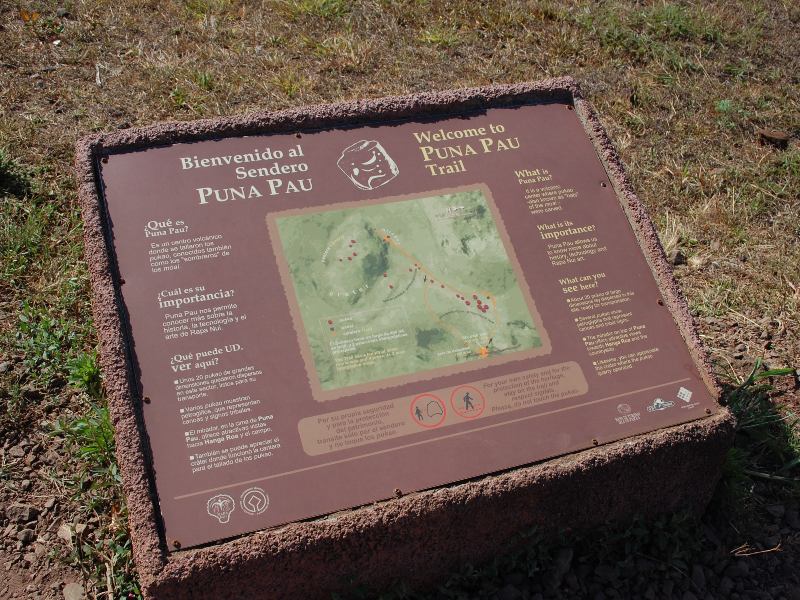
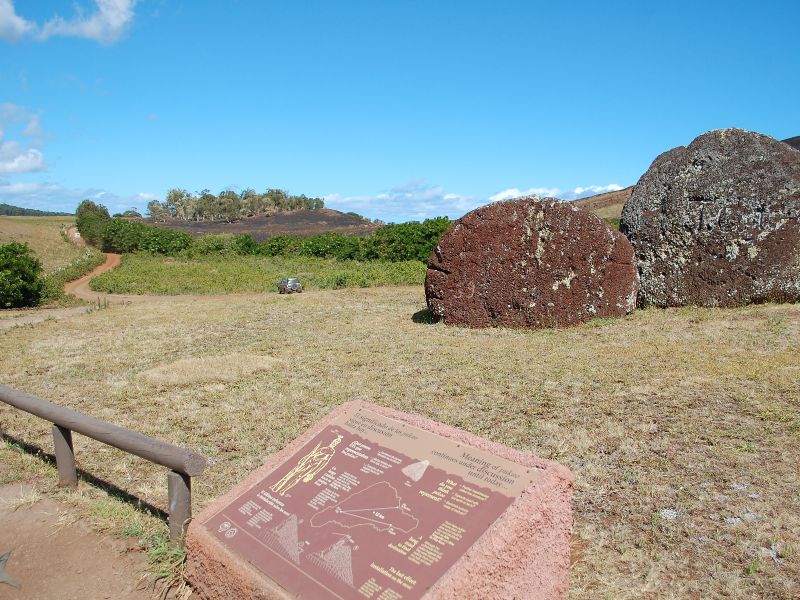
You only need one entrance ticket to access all of the different sites on Easter Island. The ticket is valid for 10 days from the date of entry to your first site.
You can only purchase the tickets online.
Your ticket grants you unlimited access to almost all of the sites, except for Orongo and Rano Raraku, which you can only enter once during your stay.
To visit the sites of Rapa Nui Park, it is mandatory to be accompanied by an accredited local guide or a local host who is at least 18 years old.
The archaeological sites can be visited from Monday through Sunday.
| Season | Opening Hours |
| Summer (December to March) | 9:00 am to 8:00 pm |
| Winter (April to November) | 9:00 am to 6:00 pm |
December through May are the hottest months, with average temperatures in the mid-20s.
One of the island's highlights is the annual Tapati festival, held over a 2-week period in February. While attending can be an incredible experience, it's essential to plan ahead due to high demand. Both hotel rates and flight prices are considerably higher during this time, with some flights costing up to three times more than usual. If you want to avoid inflated expenses, it's best to steer clear of traveling to the island in February.
On the other hand, May historically sees the most rainfall.
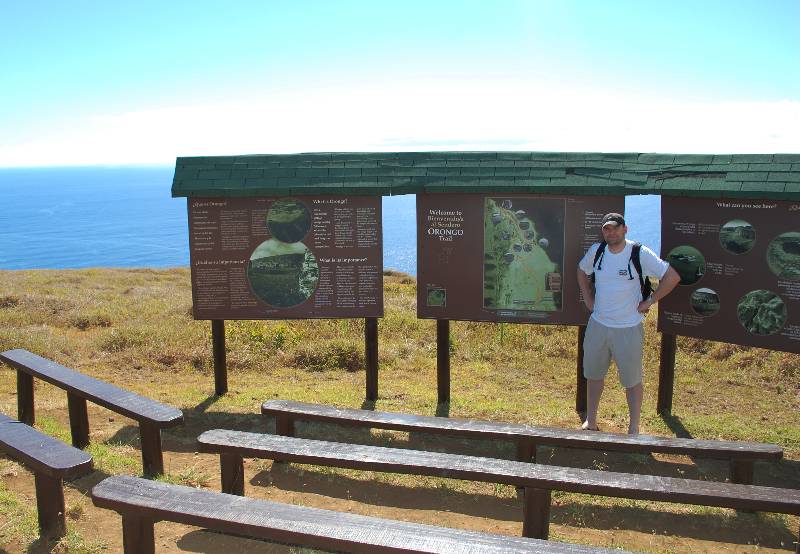
Due to its remoteness, the only way to access the island from the mainland is via aircraft. LATAM is the only carrier that flies the route from Santiago to Easter Island. Ticket prices average around USD 400, one way.
| Route | Flight | From March 31, 2024* |
|---|---|---|
| SCL-IPC | LA841 | 09:10–12:50 |
| IPC - SCL | LA843 | 14:45-21:15 |
* Easter Island is 2 hours behind Santiago, Chile
In order to enter Easter Island, it is necessary for all travelers to fill out the Rapa Nui Entry Form (IRN) found at the following site https://ingresorapanui.interior.gob.cl.
Through dances, the Rapa Nui people asked their ancestors for prosperity and fertility for the island. This artistic representation was present in most gatherings, celebrations, and religious rituals. Many of the traditional dances were lost with the arrival of European missionaries, but among the ones that remain, the main ones are:
When visiting the island, consider attending a dinner show to combine your archaeological visits with contemporary art in a unique and enriching experience.
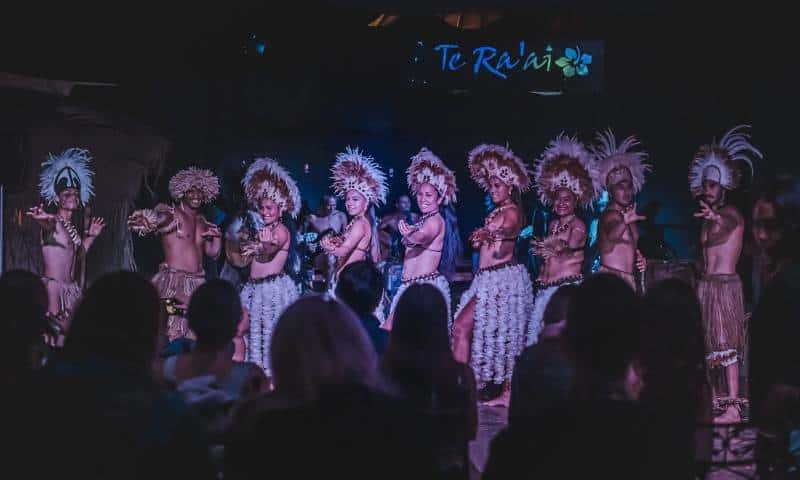
Explora Easter Island $$$: This hotel is the best option (and our top choice) on the island, compared to other options that also offer a-la-carte activities. It has one of the most privileged locations and is also one of the few properties on the island that has its own spa.
The all-inclusive is perfect for those looking for an active traveler's paradise as they provide guests with the choice of included excursions from a menu of over 30 items such as hikes, bike tours, snorkeling, and even boating explorations.
Nayara Hanga Roa $$$: This hotel is situated in the main town of Hanga Roa, overlooking the expansive Pacific Ocean. It is the most centrally located luxury hotel on the island with a short three-block stroll to the nearest restaurants, bars, art galleries, and souvenir shops that make up a majority of the town.
Altiplanico $$: This hotel is located 3km outside of the main town of Hanga Roa, overlooking the ocean and is designed in the local Easter Island boathouse style. There are no TVs in either of the 17 individual units/rooms, but wifi is available as well as a stunning garden that provides nature lovers a beautiful view over the Pacific Ocean with and a place for some outdoor relaxation.
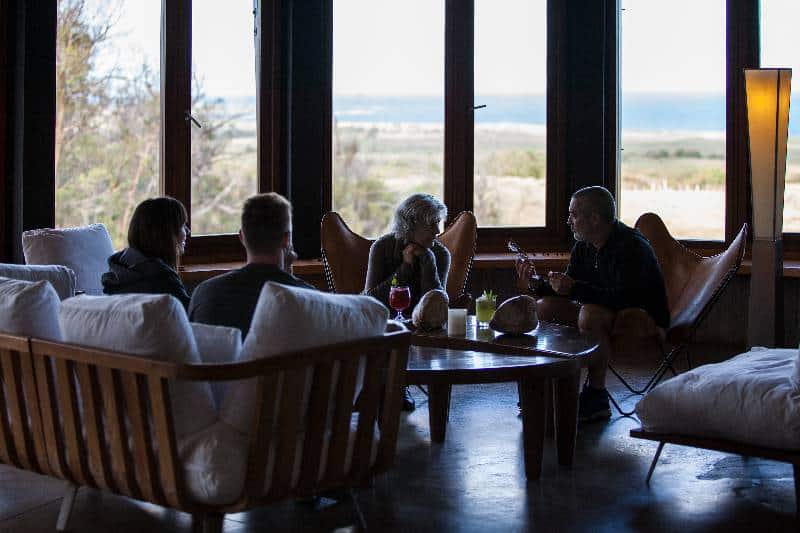
Curious about its appearance? Take a look at the video below for a glimpse of this natural wonder. Further down, we're sharing our tips based on our day hike experience in southern Cusco.
IMPORTANT: Updated on November 2, 2024
Access to Vinicunca Rainbow Mountain via Cusipata has been closed since November 2023 due to conflicts between the communities of Chillihuani, Paucarpata, Tintinco, and Llaqto. Unfortunately, tensions in the region have escalated again in August 2024. As an alternative, we recommend the route via Pitumarca, marked as 'Trailhead #2' on our map below. This route remains open and is free of conflict, as there are no disputes between the local communities there.
After 6 days in the Andes and the full day Inca Trail behind us, we were fit enough and ready to hike to 'Rainbow Mountain', also known as Vinicunca (5,200m elevation/17,000ft).
We were picked up from our hotel in Cusco at 05:30, allowing us to have breakfast before heading south to Cusipata.
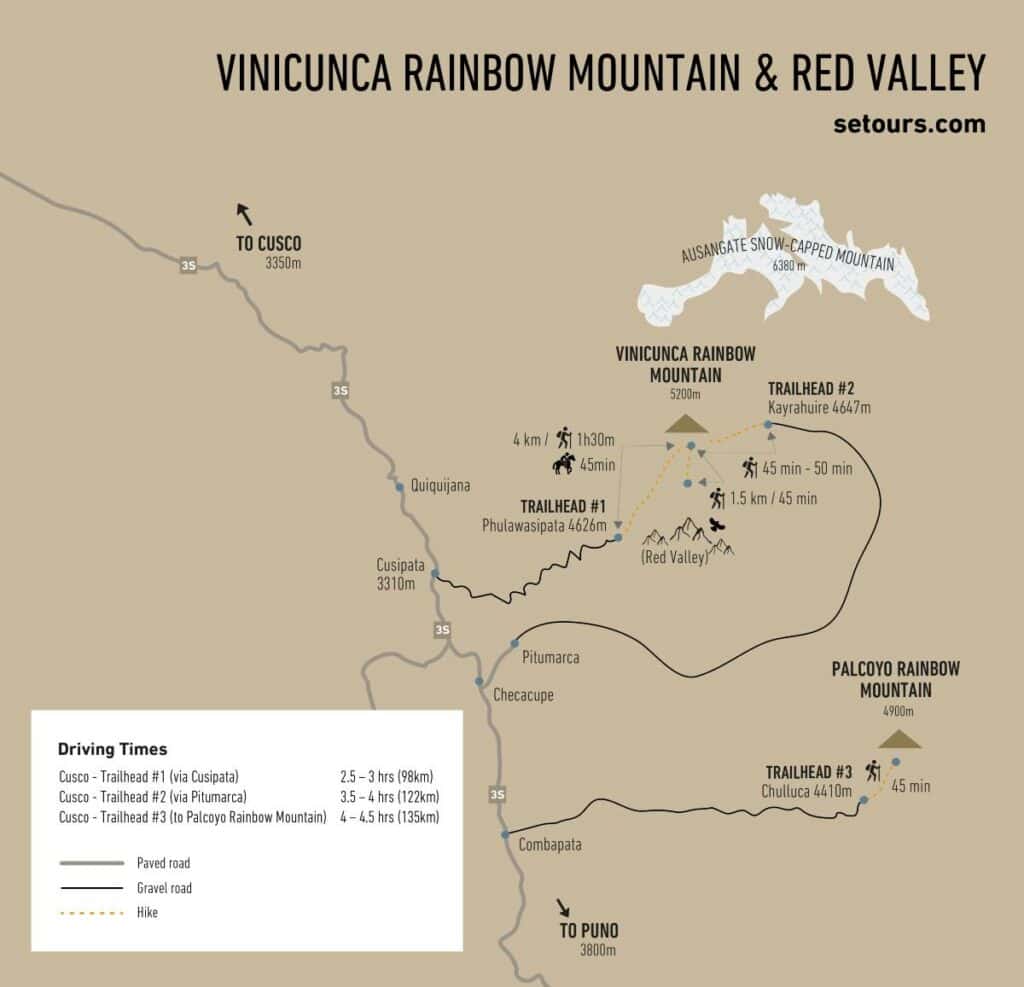
After a 1.5 hour drive, we noticed the end of the paved road. The uneven road ahead wasn’t very pleasant. Take a look at the video below. After around 1-hour into the journey, you will be able to see alpacas in the distance grazing in the Altiplano. A welcomed distraction from the bumpy ride.
After almost 3 hours on the road, we arrived at the trailhead. The local community have built two toilets there for public use. We've never had such a luxurious view while queuing for toilets (see the snow-capped mountains in the picture below).
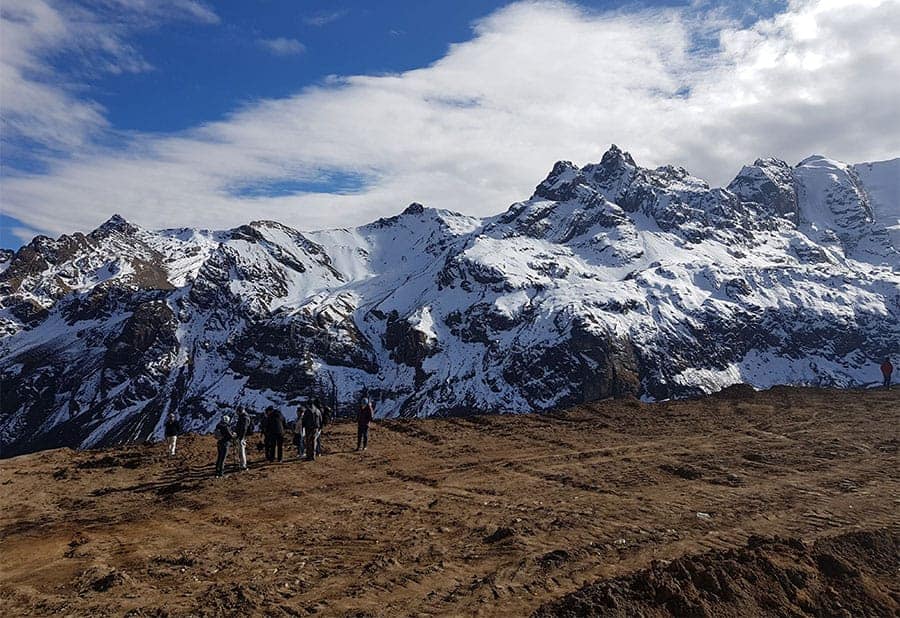
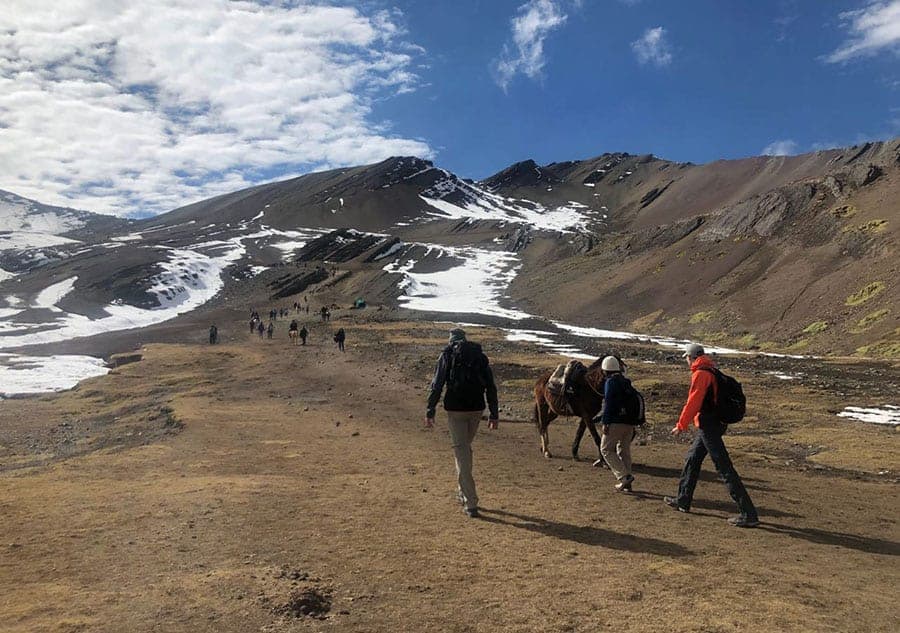
The first part of the 4 km hike up to Vinicunca was extremely pleasant. The path was even most of the time. Incredibly beautiful snow-capped mountains on our right-hand side joined us along our route.
You can take some spectacular photos of alpacas grazing at the foothills of these imposing mountains along the way. Unlike the Inca Trail, the local community here is in charge of the trail administration. The trail is cleaned every day and the community members also sell water and snacks along the path. Others offer their horses to travelers who are not able to cope with the high altitude.
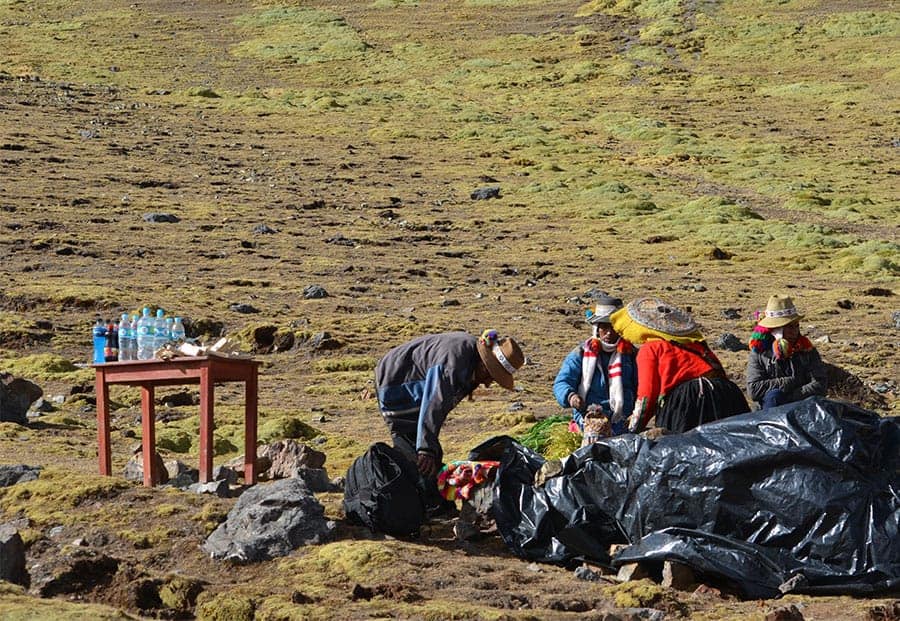
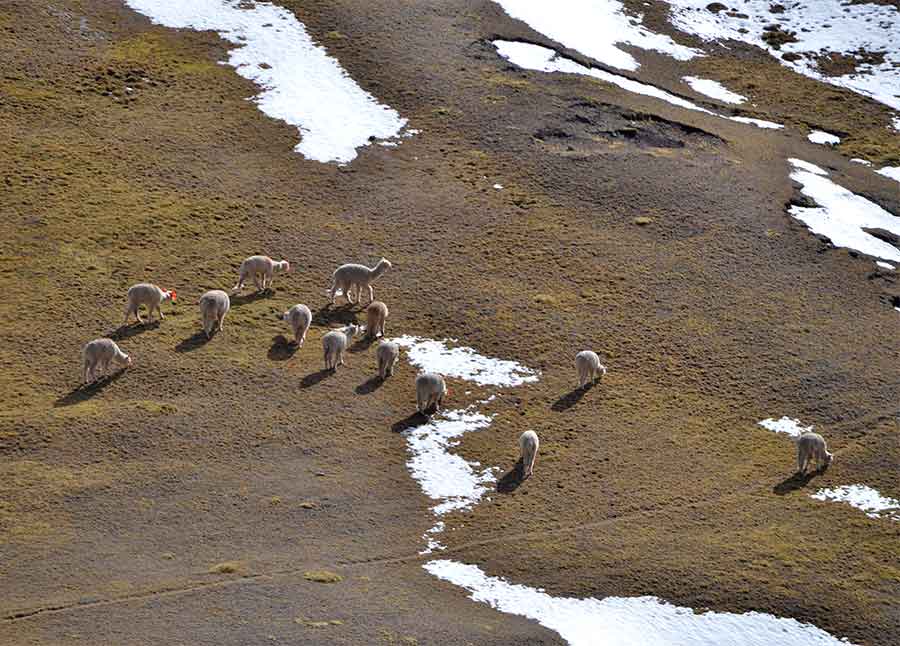
We must say that the most enjoyable part of the hike ended up being the last 100 meters. It was a very steep ascent to the mountaintop across the Vinicunca Rainbow Mountain.
At this stage, even the travelers that rented horses are required to hike the rest of the way. Each step towards the end took quite a lot of effort due to the altitude. Nevertheless, the imposing mountains surrounding us gave us the energy to overcome the trail's most challenging leg.
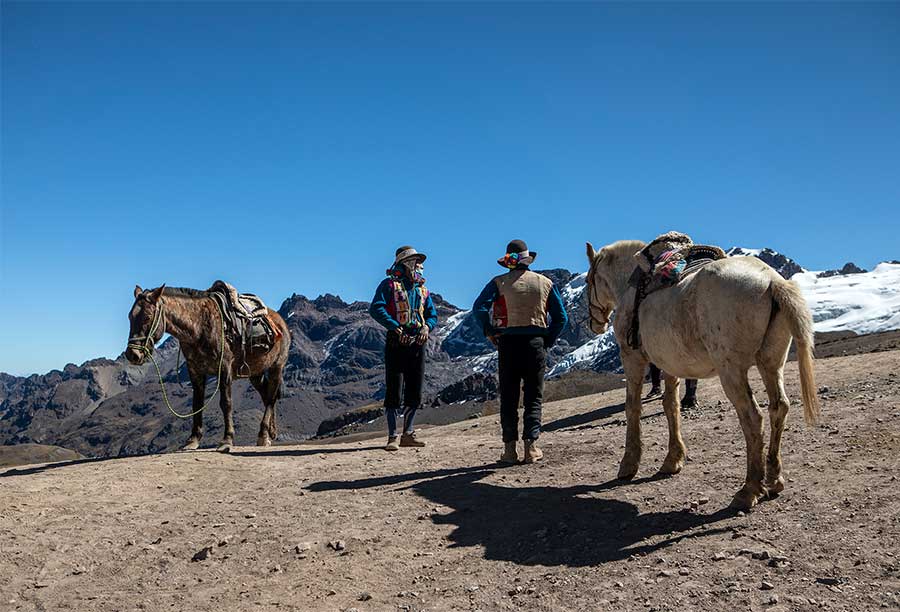
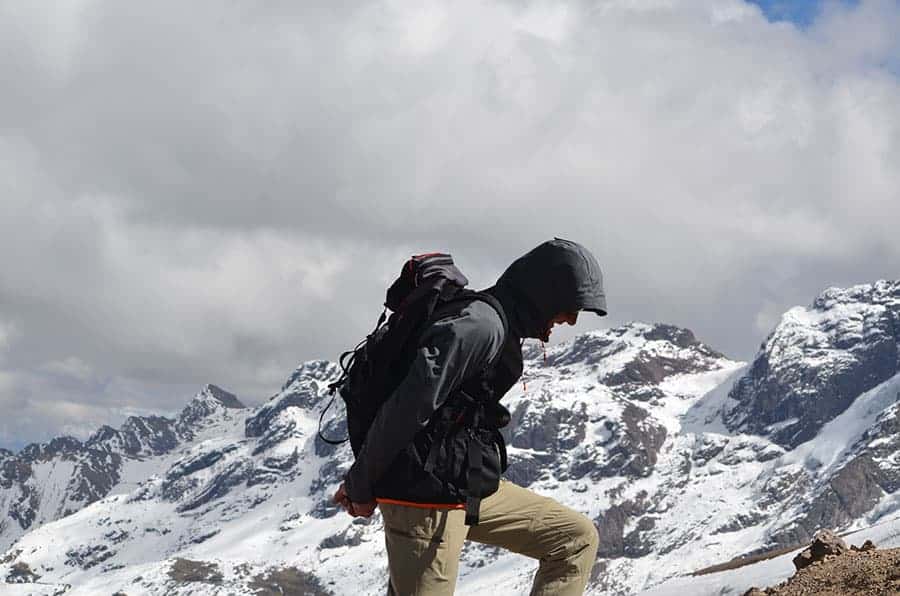
Once you reach the top you will have a 360° panoramic view of Rainbow Mountain, the Ausangate snow-capped mountain range (the highest in Cusco), the valley with grazing alpacas, and the 'Red Valley' in the distance. At this point of the hike, you will begin a special connection with nature.
We personally think the answer depends on these three factors:
The path itself is not overly demanding but the altitude makes it a challenge. We recommend spending at least 3 nights in destinations like Colca and Cusco to acclimatize better. Furthermore, if you can make do with alcohol-free beers the night before, even better 🙂
We picked a month in the dry season and were lucky to have a clear sky during the hike. As an added bonus, we saw the fields covered in a blanket of snow from the snowfall a few days before.
Once you reach the top and you have these 3 factors playing on your side.
You'll definitely think IT WAS WORTH IT.
You are simply overcome with a sense of joy and gratitude. Your heart beats faster, not only because of the altitude but also the picturesque natural beauty that surrounds you.
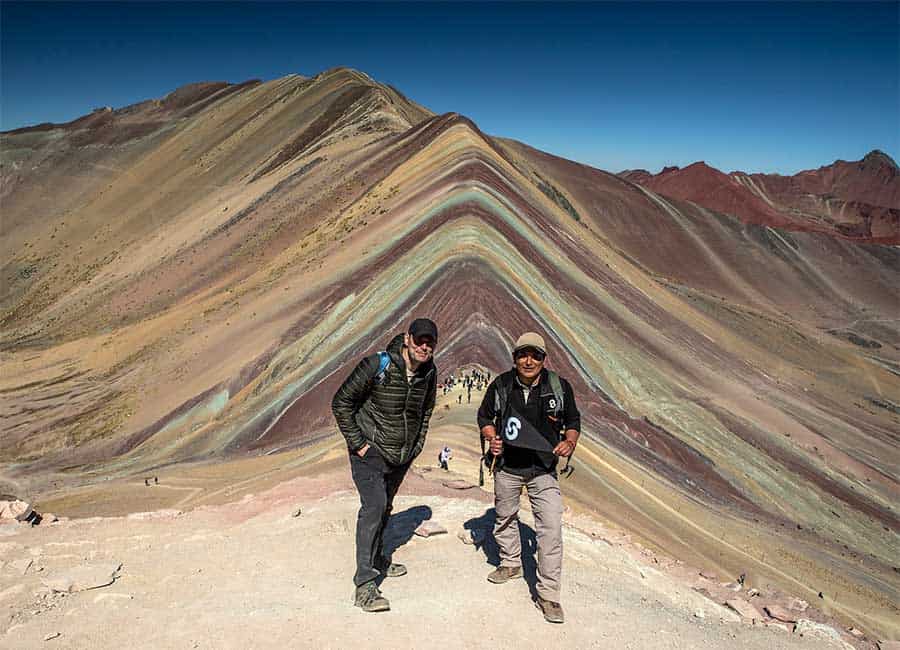
One tip to consider is that many informal companies in Cusco offer this hike at extremely cheap prices. So be sure to take a look at the 'what to ask your provider before booking the hike' section to find out what you should find out before booking your Rainbow Mountain hike.
After reaching the summit of the multi-colored wonder and scanning the surroundings, you will see a rust-colored collection of peaks and troughs in the distance. This dream-like landscape is known as the 'Red Valley'. An off-the-beaten-path destination that we recommend visiting when traveling to Rainbow Mountain.
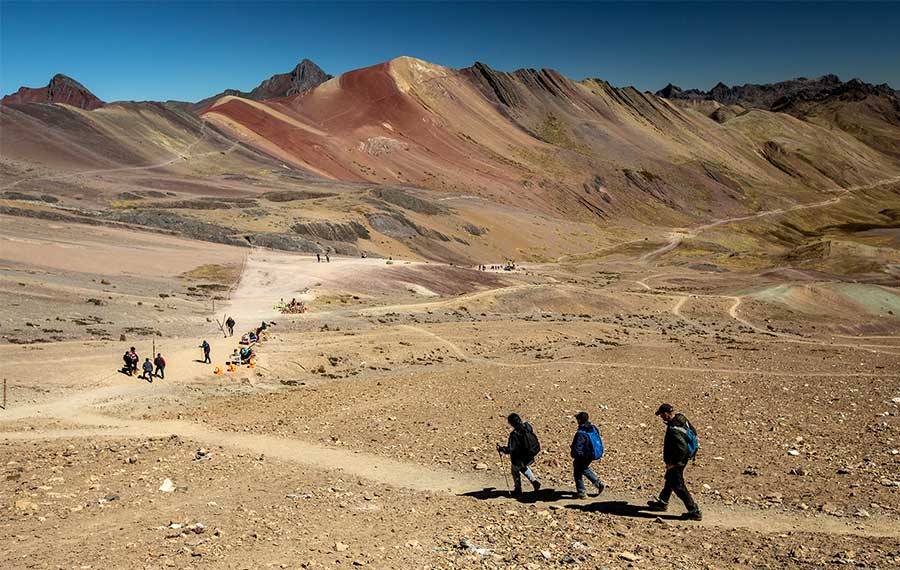
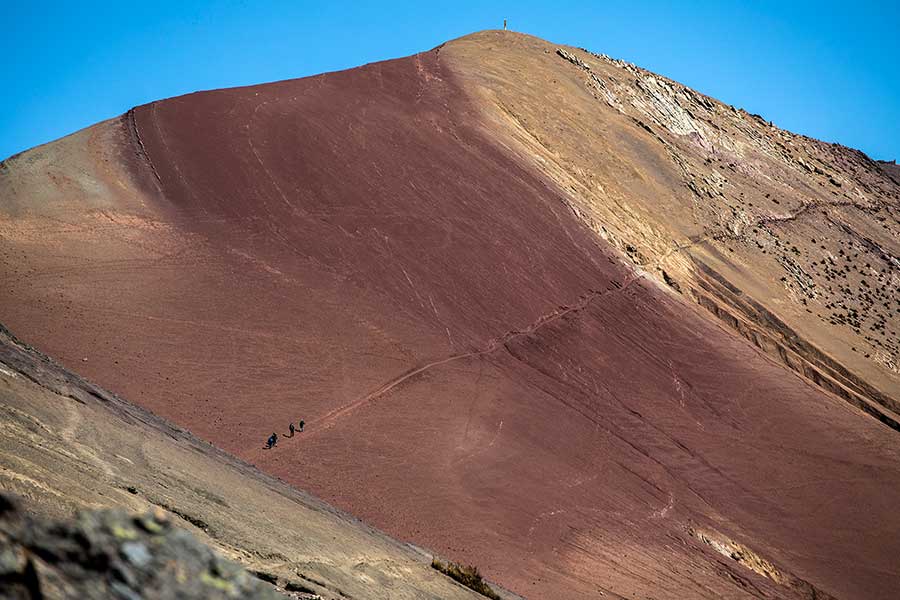
As you descend Rainbow Mountain and make your way back along the same trail that you ascended, you will see a trail fork at the point where the horses are stationed.
One fork leads back down to the parking area and the other will take you on a short adventure (1.5 km/45-minute hike) to the lookout point of Red Valley.
This relatively easy hike to the Red Valley is well worth the time and is not as crowded as Vinicunca Rainbow Mountain.
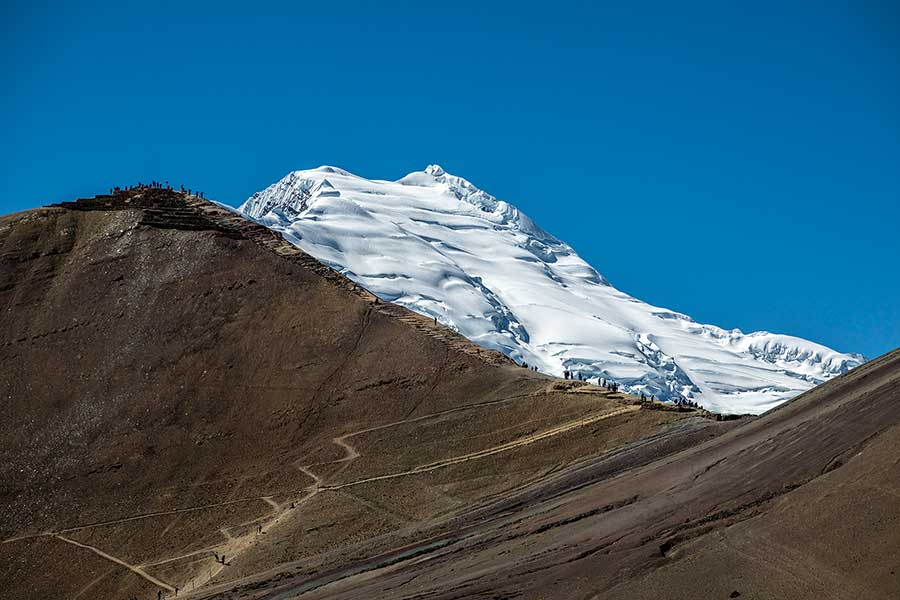
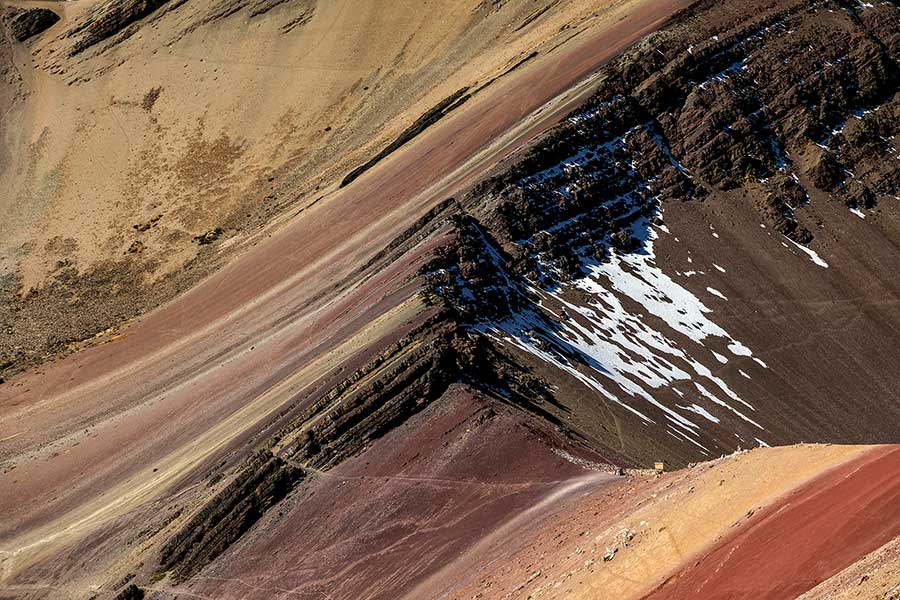
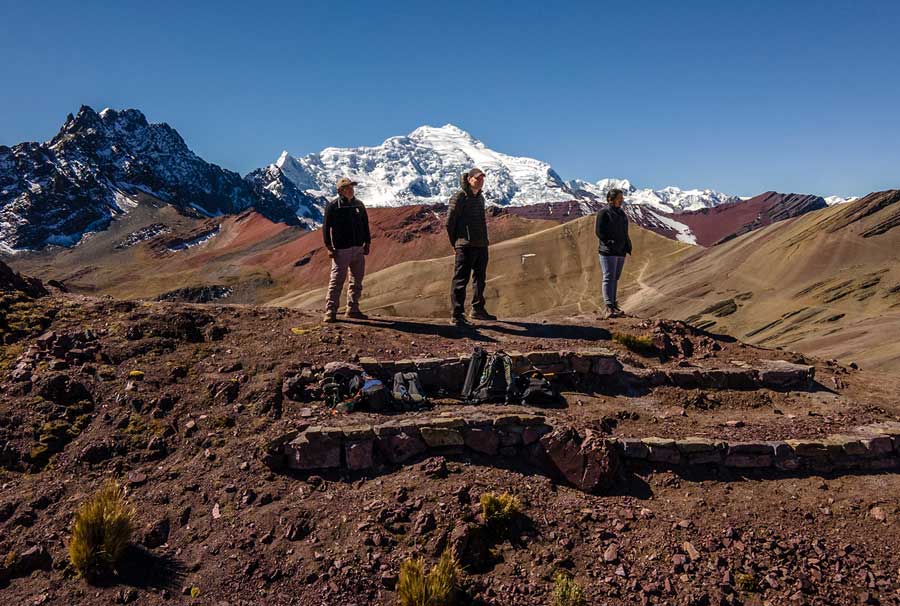
Once you are done soaking in the stunning views, make your way back along the trail that you came from, towards the Rainbow Mountain fork.
Despite it being the same as it is on the way up. We enjoyed it just as much as when we were making our descent back to the parking area.
We then left Cusipata and headed back to Cusco. Along the way, we made a stop for our boxed lunch. We arrived in Cusco around 3 pm with enough time to relax and get ready for a celebratory dinner. This time with pisco sours 😉
Weather at Rainbow Mountain is unpredictable. In addition to that, the temperature in the early hours in Cusco can be below freezing. Even though the vehicle bringing you to the trailhead can be heated, you will definitely notice the cold temperature. This changes as the sun starts shining in the Andes. Therefore, we recommend that you dress in layers.
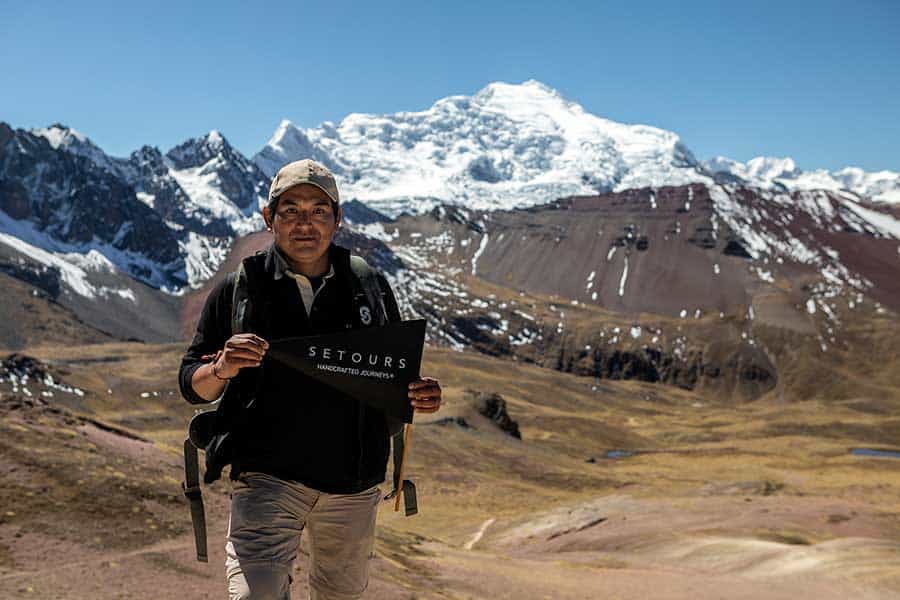
Frequent heavy showers are likely in the so-called rainy season in Cusco. It generally starts in November and lasts until March. Consequently, the gravel road to the trailhead often becomes inaccessible after heavy rain. We, therefore, don’t recommend visiting Rainbow Mountain in the rainy season.
From April to October, it rarely rains. The days of endless sunshine offer an even better view of the rugged mountain peaks against a clear blue sky as a backdrop.
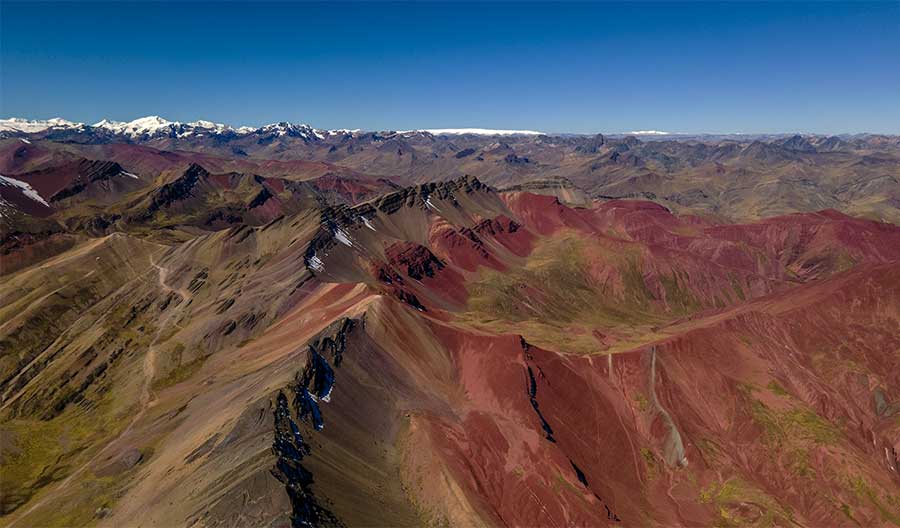
The weather is becoming unpredictable worldwide and Cusco is no exception. In our case, heavy snowfall was pilling up on the road making it inaccessible. We were lucky that the temperature increased 2 days before, making the road fit for traffic again.
We recommend you plan an extra buffer day in Cusco, just in case.
We recommend asking your trek provider the following few questions so that you can be sure you get the perfect service tailored to your needs:
You can either do the Rainbow Mountain Trek in a private or SIC (also known as 'seat in coach'). The difference between the 2 is not only separated by the price difference due to transport options along the 141km/3hr journey from Cusco to the trailhead but is also based on the size of the group that you would like to travel in.
A private tour will afford you more freedom to take things at your own pace, while the SIC service will usually have larger groups. During the high season on average up to 30 people.
When it comes to excursions at altitude, you never know how your body will react to the thinning oxygen as you ascend and make your way to the summit of Rainbow Mountain.
An experienced guide has been specifically trained to look out for the early signs of altitude sickness and will be able to know when to administer emergency oxygen and is certified to carry out first aid in the event of an emergency. If booking a SIC service ask about the guide ratio.
Due to the high altitude, sometimes even the fittest and most capable travelers can succumb to altitude sickness. Be sure to confirm that your trek includes easy access to an oxygen canister at all times.
Usually, each trek to Rainbow Mountain will come with a briefing that is done before the actual day of your trek. The main reason for this is to go over the important details of the trip such as the pick-up times, what to wear and bring with to be fully prepared.
Food is always an important part of the day and just because you have to leave your hotel at around 5am. Our trek to Rainbow Mountain will either include a boxed lunch that you can enjoy along the way or will include a reservation at a restaurant that is close to the starting point of the trek where you can enjoy a warm meal.
If the pictures of Ausangate and the Rainbow Mountain impressed you, but you prefer a slower pace and/or wish to learn more about ancestral traditions, we recommend spending at least one night at the 'Andean Lodges'. Andean Lodges are also currently utilizing the route to Rainbow Mountain via Pitumarca due to ongoing unrest in Cusipata.
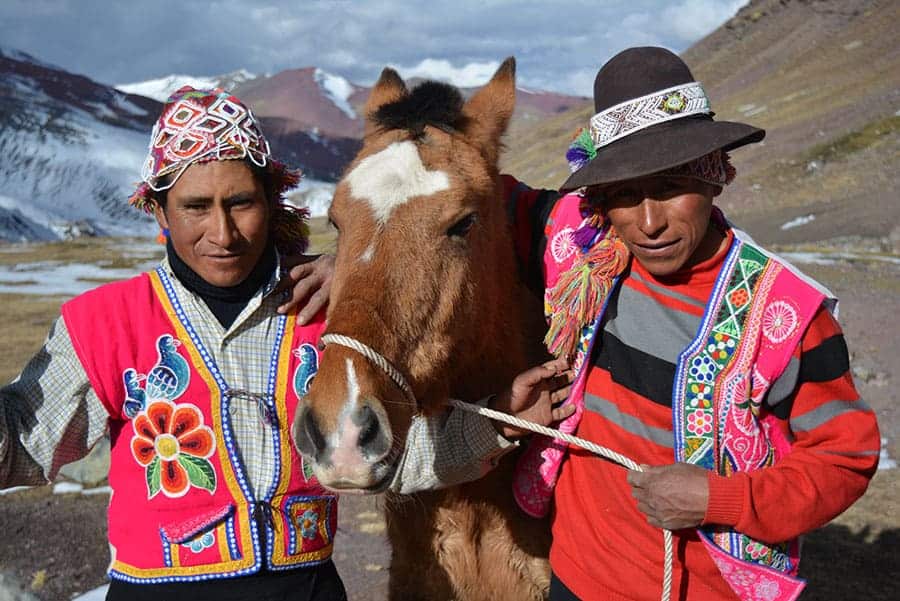
Four small lodges have been built by the community during 6 years of intense work and collective effort. This is an initiative that directly involves the peasant and shepherding communities of Osefina and Chillca, each considered equal partners of the company 'Andean Lodges'.
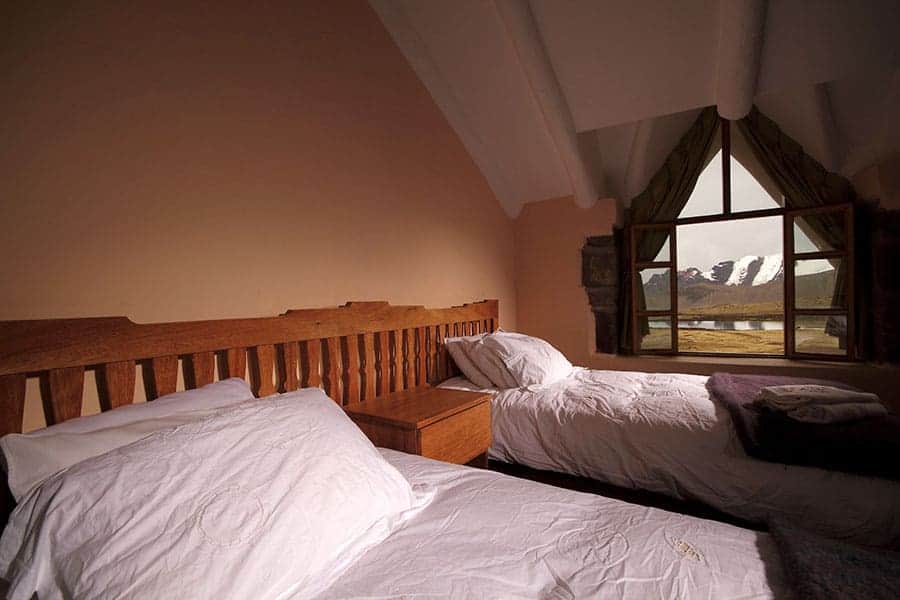
The traditional local communities of Chillca and Osefina are involved in the company’s decision-making process and take part in 100% of their operations.
Furthermore, it creates a market for alpaca meat and fleece products, as well as traditional woven textiles, manufactured by the women of the communities. Locals accompany travelers on their hike along the ‘Apu Ausangate’ route and share their knowledge of the sacred mountain as well as their cosmological perspective.
Why is hiking experience relevant? Well, El Chalten, located 220 km north of El Calafate - see our map below - proudly boasts the title of Argentina's hiking and climbing capital.
While both El Chalten and El Calafate offer stunning glacier views in Argentine Patagonia, the key difference lies in the exploration mode. Unlike El Calafate, where attractions are easily accessible, in Chalten, hiking is the primary means to reach natural wonders.
Starting Monday, October 21, 2024, an entry fee will be charged for the Los Glaciares National Park in El Chaltén. While there is no fee to enter the town, a toll booth will be set up at the start of the trails within the park, including the following trekking routes: Mirador de los Cóndores, Laguna de los Tres, Mirador Torre, Glaciar Torre, Pliegue Tumbado, and Laguna Capri. Trails outside the National Park, such as the Huemul and Vespignani Glaciers, will not require a fee. Furthermore, an increase to the cost has been announced; confirmation of this amount is still pending, although it is expected to be about 50%.
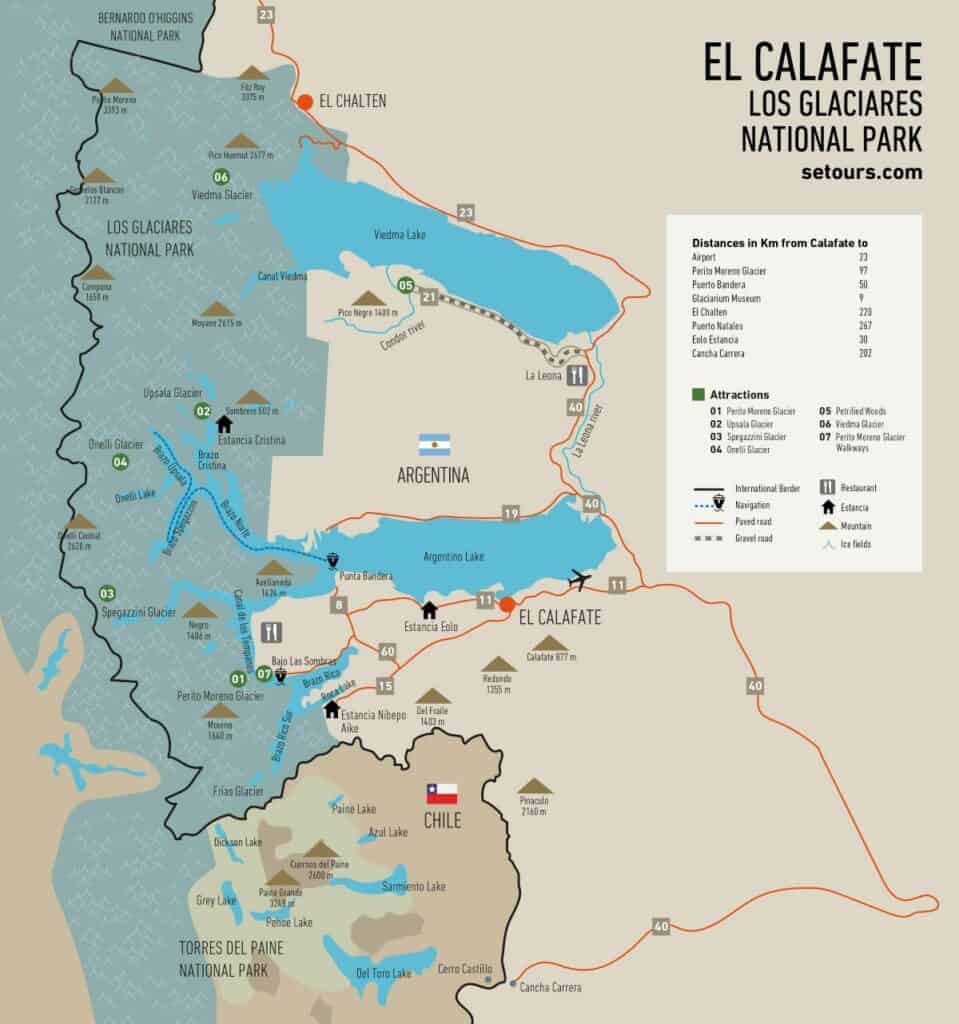
The main advantage of engaging in active exploration? We anticipated encountering fewer crowds along the trails, offering a more serene and intimate experience amidst nature's splendor.
Undoubtedly, the 'Laguna de los Tres' hike is the must-do of every stay in Chalten. It offers breathtaking views of Mount Fitz Roy (3405m / 11171ft) and many glaciers.
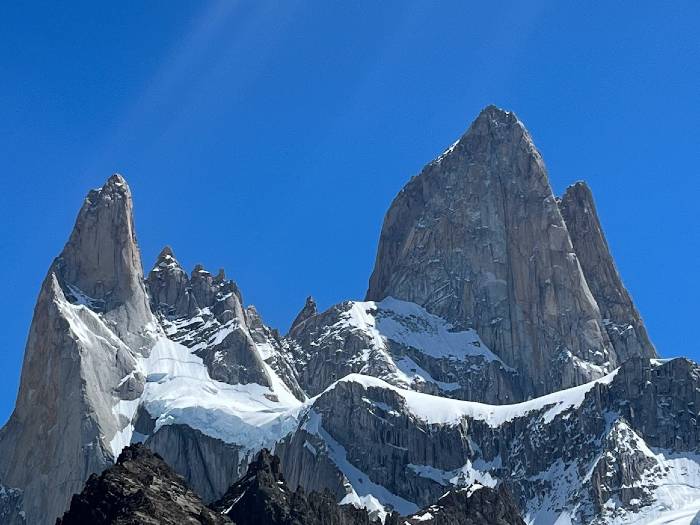
This 20 km journey includes a challenging ascent lasting approximately 1 hour. For a seasoned hiker, this trek poses minimal difficulty. However, it can be quite demanding for someone leading a sedentary lifestyle with little to no regular physical activity.
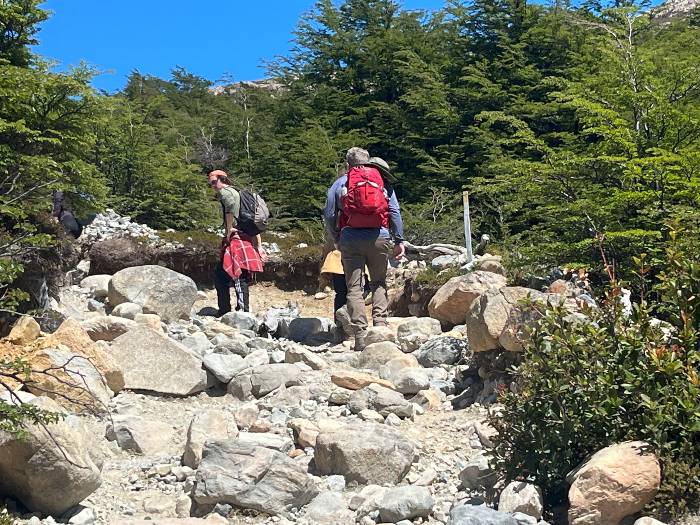
After our four-day stay in Chalten, during which we explored hikes of varying difficulty levels, we can confidently affirm that this destination caters to both avid hikers and those less accustomed to physical exertion. There are shorter hikes suitable for less active individuals.
Yes, we took on the 20 km Laguna de los Tres hike and successfully completed it, despite the vast difference in our physical fitness levels. One factor that may have contributed to our success was the series of short walks we undertook in the days leading up to the challenging hike, serving as preparation.
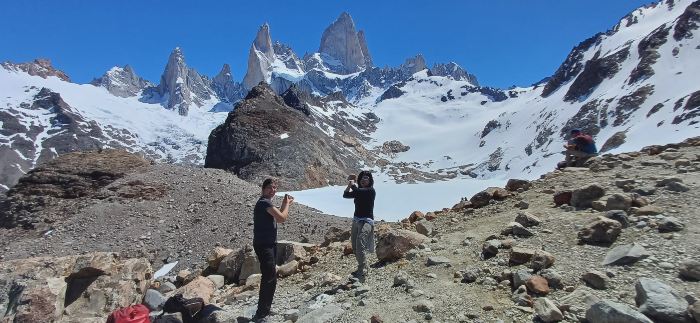
For parties consisting of both hikers and non-hikers, our suggestion is to split up to maximize the enjoyment of the day dedicated to hiking and witnessing the beauty of Mount Fitz Roy.
Hikers can tackle the longer Laguna de los Tres trail (20 km) with its challenging ascent, while non-hikers can opt for the ‘shorter’ Laguna Capri trail (8 km). Further details on our suggested itinerary can be found below (DAY 3).
The Laguna Capri trail also offers magnificent views from Fitz Roy from the distant but doesn't require the strenuous ascent (of Laguna de los Tres trail).
| DAY 1 | AM Hike to Green & Blue Lagoons PM Madsen House |
| DAY 2 | Navigation in Del Desierto Lake & Hike to Huemul Lagoon with picnic |
| DAY 3 | Hike Laguna de los Tres (for seasoned hikers) Alternative for non-hikers, hike to Laguna Capri |
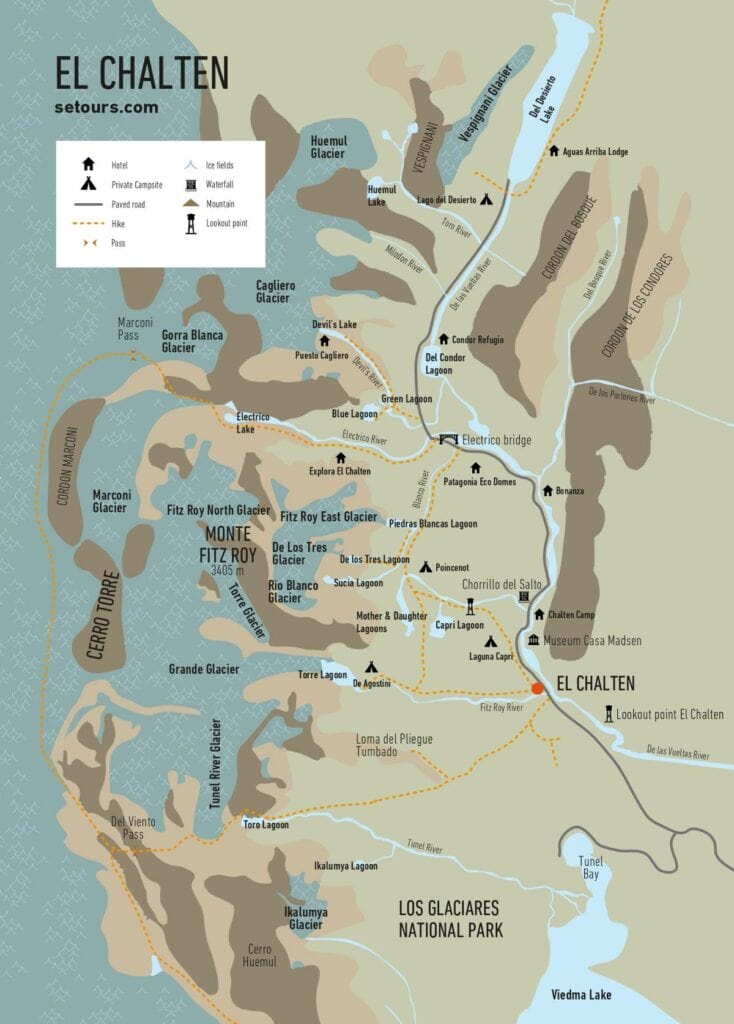
Hike to Green & Blue Lagoons (morning)
This 5.3-kilometer loop trail is classified as a moderate hike within the private reserve of Los Huemules. It typically takes about 1.5 hours to complete and offers a less crowded alternative for hiking enthusiasts. We had the privilege of experiencing the vibrant hues of both lagoons in solitude, making it a truly rewarding adventure.
Starting from Chalten town, you'll travel by vehicle towards the entrance station of the private reserve 'Los Huemules', where you'll have the last opportunity to use conventional restroom facilities. This serves as the trailhead for your journey. Upon returning to the trailhead, you'll have the chance to indulge in a picnic before heading back to your hotel.
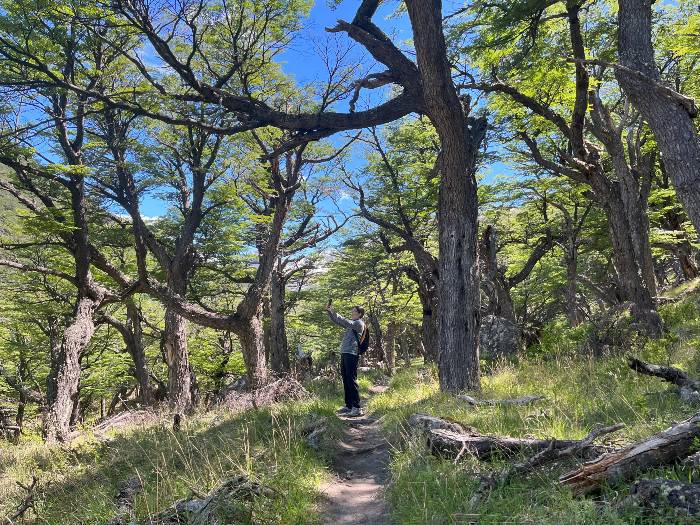
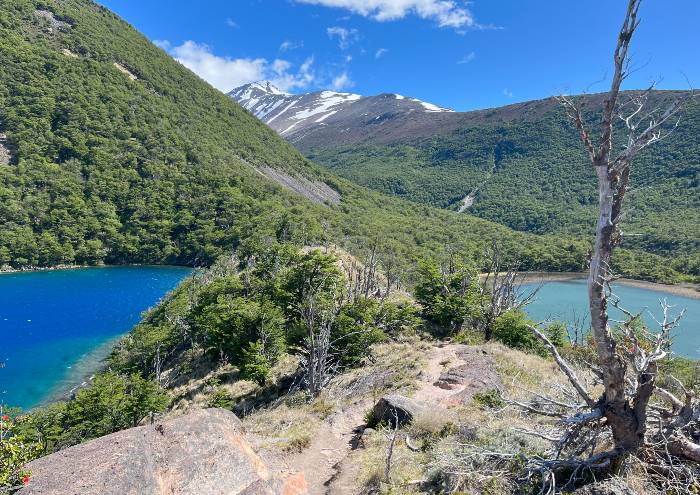
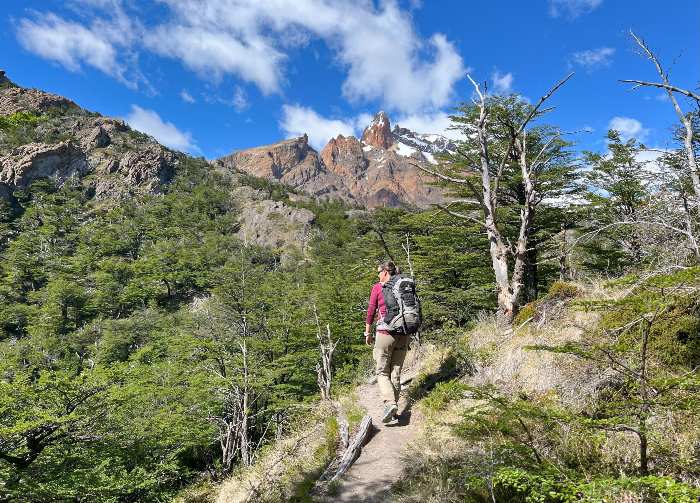
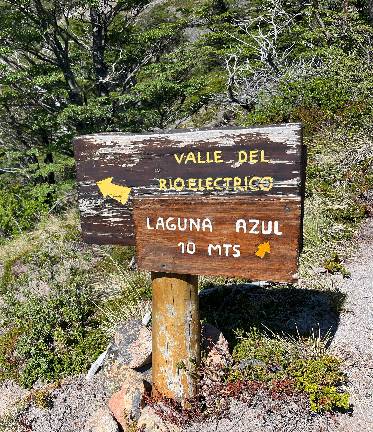
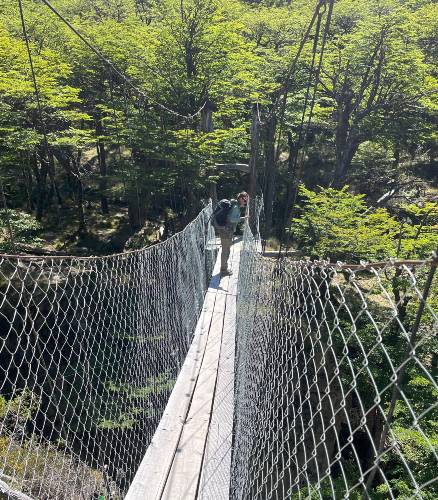
Walk from El Chalten Town to Madsen House (afternoon)
Just 2.3 kilometers away from Chalten town lies Madsen House, a significant historical landmark. It holds the distinction of being the first dwelling established by European settlers in the region, enjoying a prime location that offers breathtaking views of Mount Fitz Roy.
In 1903, Andreas Madsen and his wife Stephanie Tomsen, hailing from Denmark, erected a humble residence amidst the harsh weather conditions of Patagonia. Despite the adversities, they persevered, leading a self-sufficient lifestyle throughout their years.
The 1.5-hour guided tour provides insights into the hardships endured by European immigrants who ventured into this remote and breathtakingly beautiful corner of the world. The tour culminates with a delightful teatime in the simple yet charming kitchen of the house.
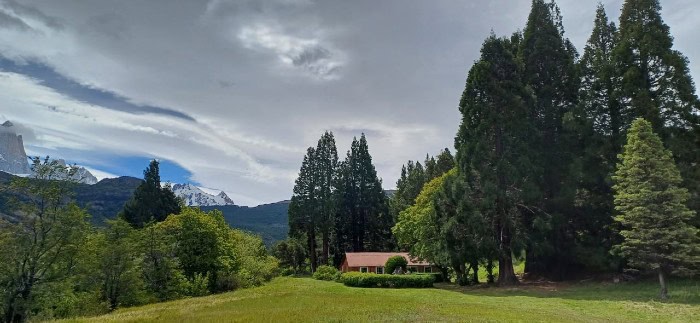
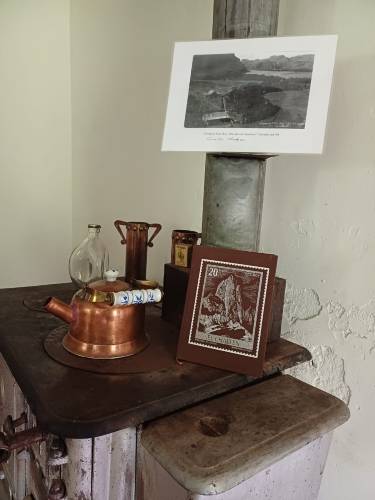
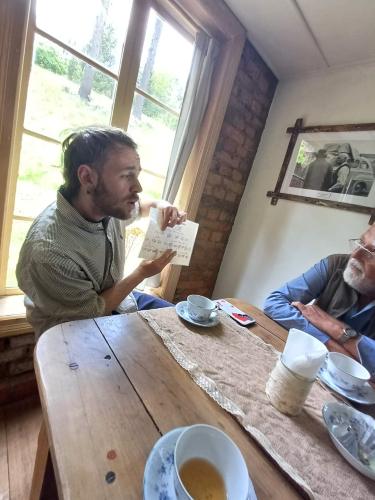
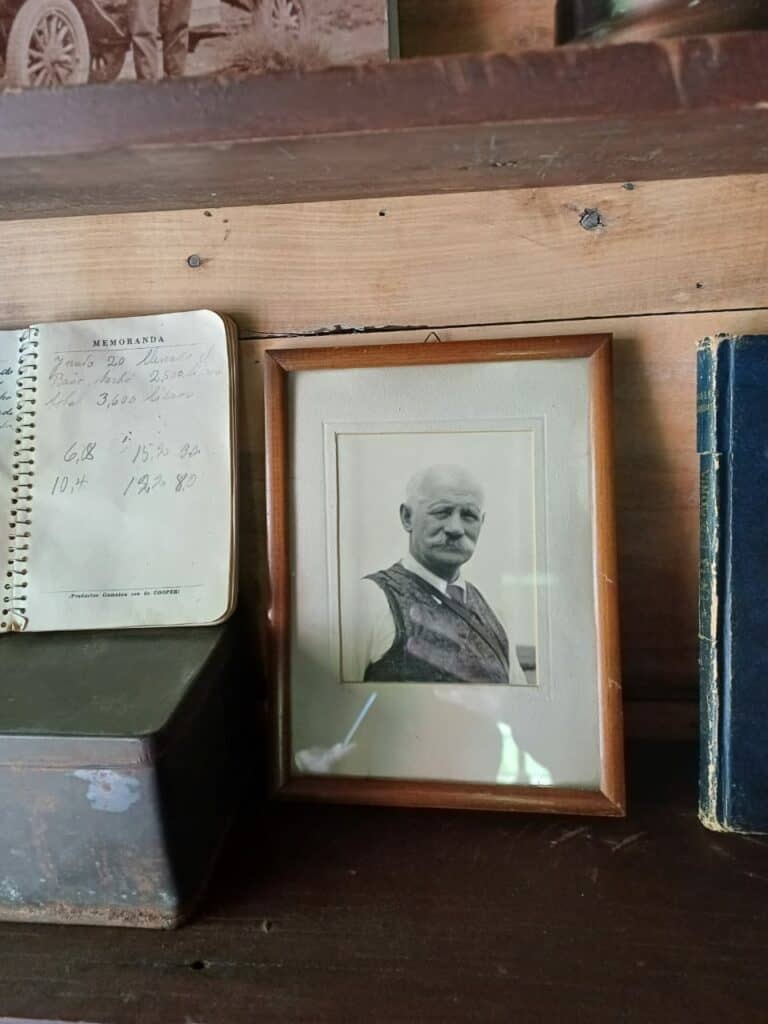
Navigation in Del Desierto Lake (30 minutes)
This is your ideal choice if walking isn't your preference, yet you still desire to behold the majestic Fitz Roy with minimal crowds and time investment.
We drove 37 km north of Chalten to reach the tranquil pier at Del Desierto Lake. From there, we embarked on a small boat, gracefully navigating the pristine waters towards the heart of the lake, a journey lasting a total of 30 minutes.
This lesser-explored area of Chalten offers a serene escape with vistas of the majestic Vespignani Glacier and the awe-inspiring north face of Fitz Roy Mount. If you're fond of rafting, you'll find the alluring turquoise waters of the lake irresistible. Kayaking and stand-up paddleboarding (SUP) are also viable options to explore its pristine expanse.
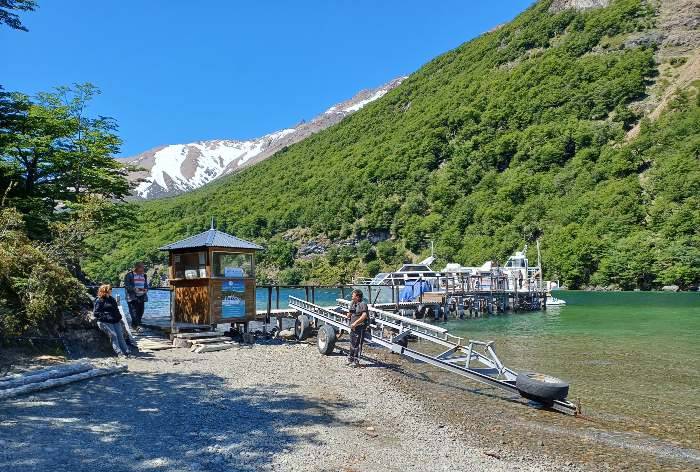
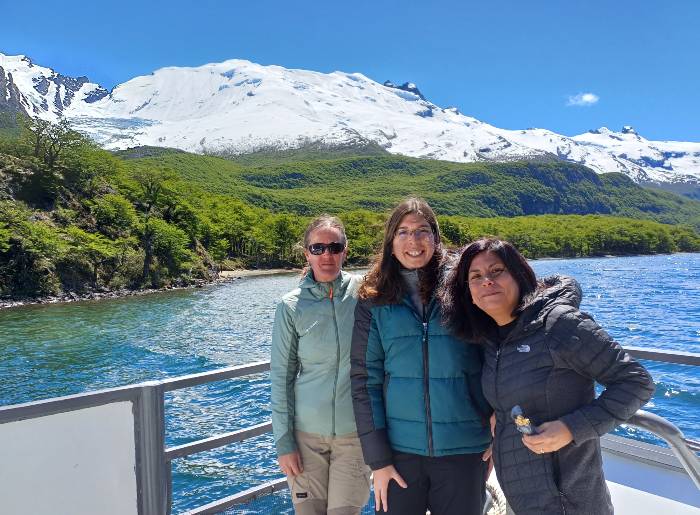
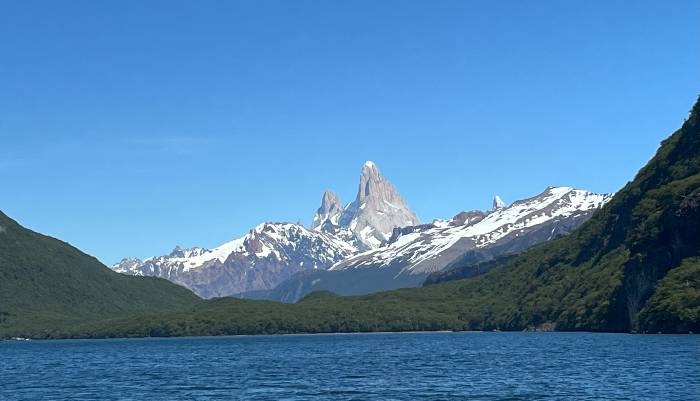
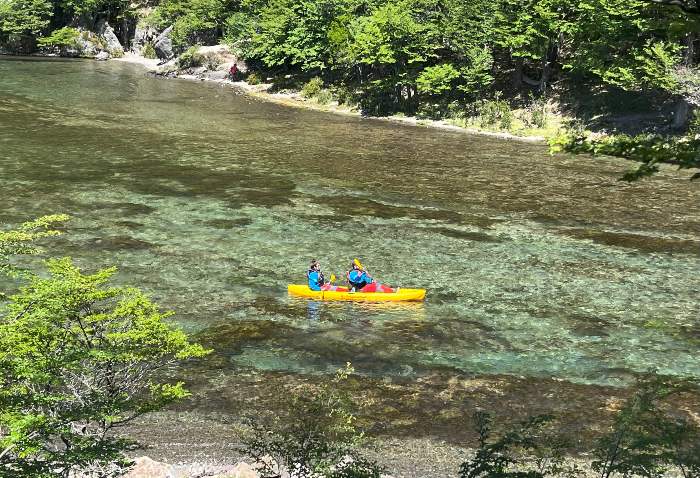
Our incredible host, Zoe, surprised us with a magical picnic lunch before our hike to Huemul Lagoon. Savoring delicious sandwiches paired with an IPA from Mendoza, we continued our adventure in the same vehicle that had transported us, arriving at the trailhead within minutes.
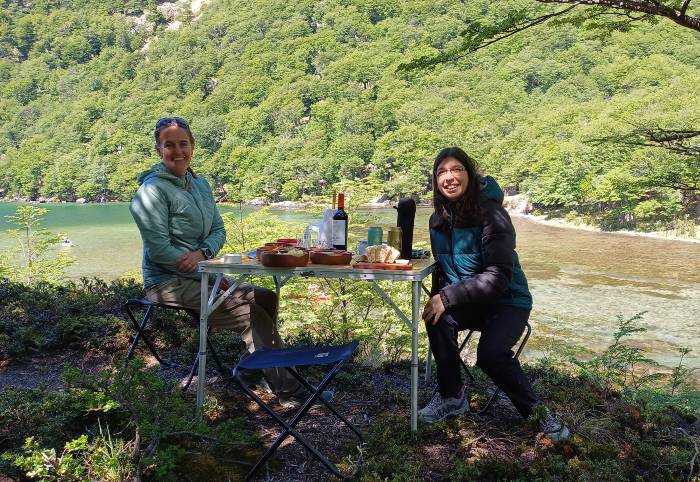
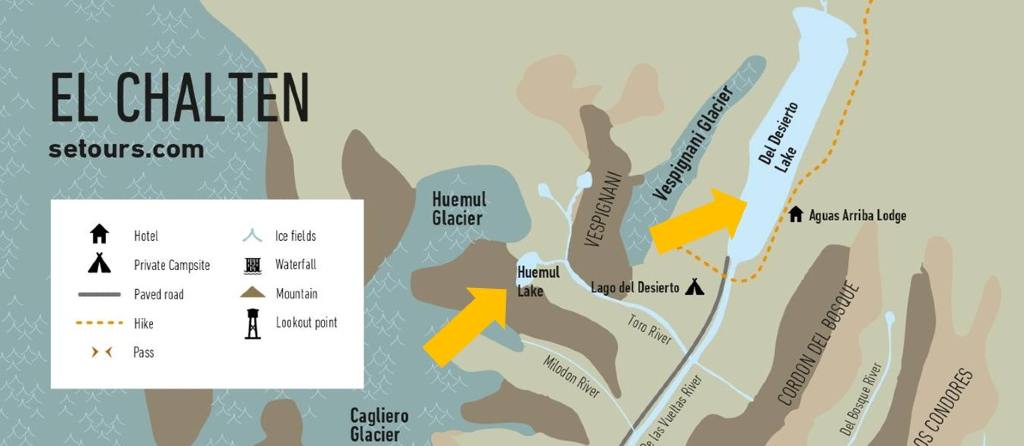
Short Hike to Huemul Lagoon (2 hours)
This 4 km moderate hike winds through a forest of endemic trees, offering a tranquil journey amidst nature's beauty. The highlight awaits at Huemul Glacier, where its majestic presence feeds the lagoon of the same name. We felt truly privileged to have the entire landscape to ourselves.
Perfect for beginners, this hike took us a leisurely 2 hours to complete. Afterward, we returned to Chalten by vehicle (37km).
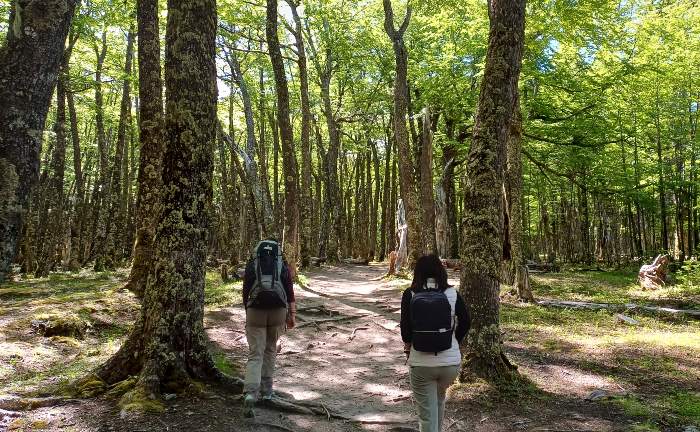
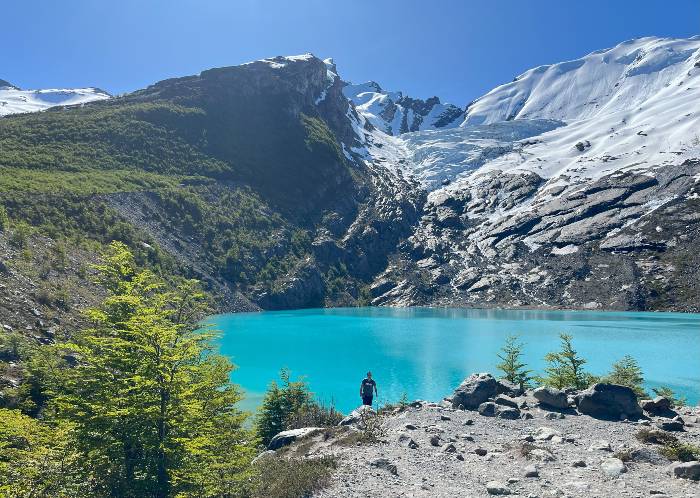
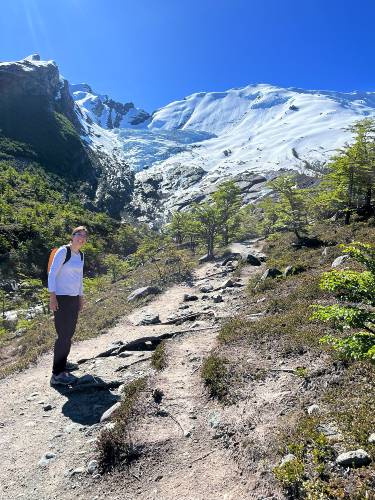
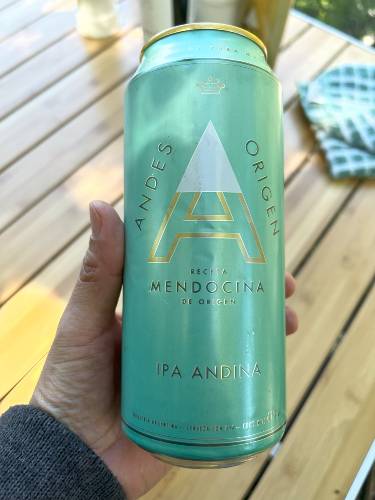
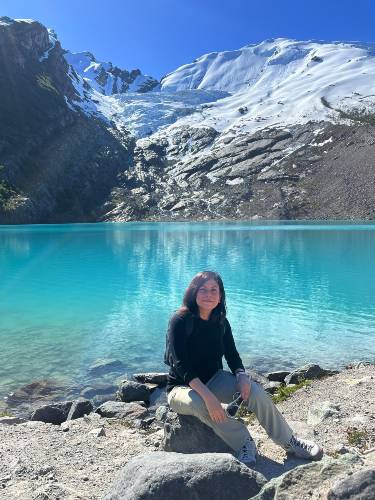
Here's a suggestion: start with the hike, follow it with the navigation, and save the picnic for the finale. That way, you can relax and indulge in your wine and/or beer as a rewarding treat after completing the day's activities.
Hike to Laguna de los Tres (experienced hikers, 20km)
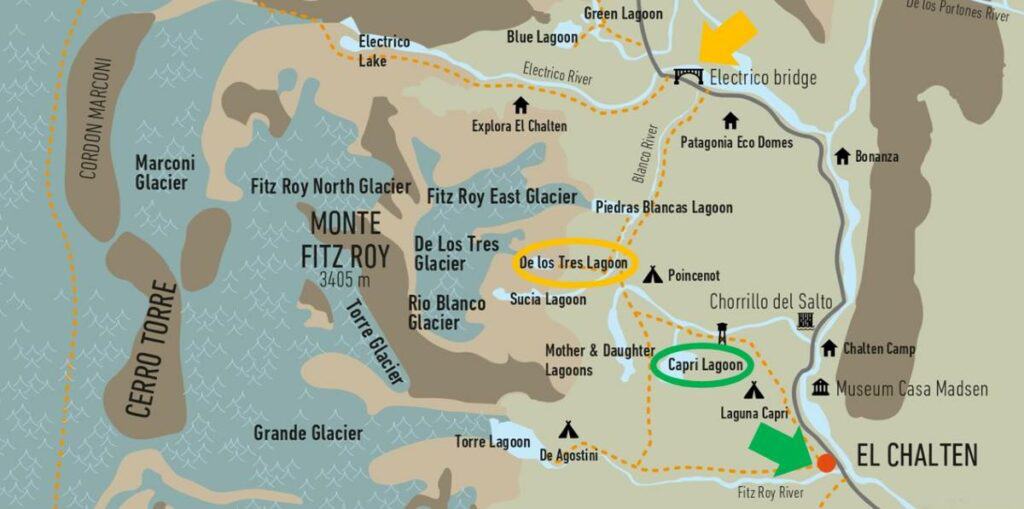
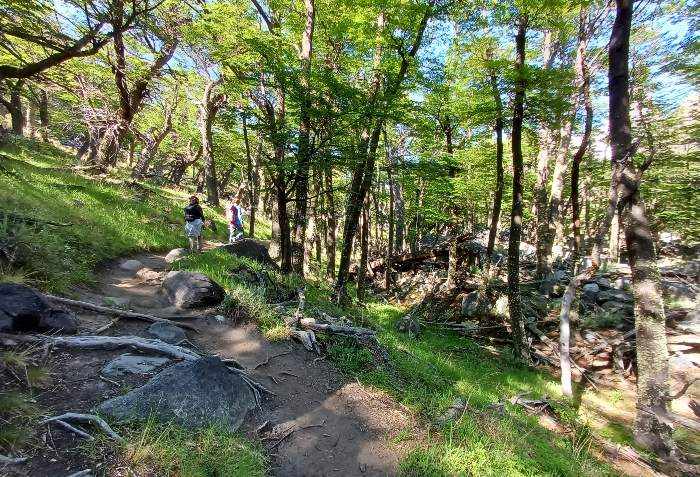
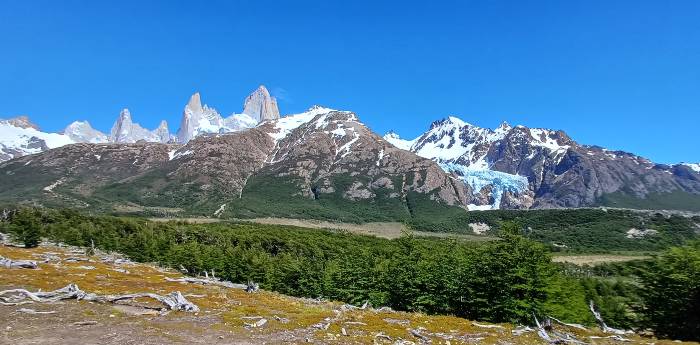
The pictures below show lookout points along the trail. In the left picture 'Piedras Blancas Lagoon' fed by the Fitz Roy Glacier.
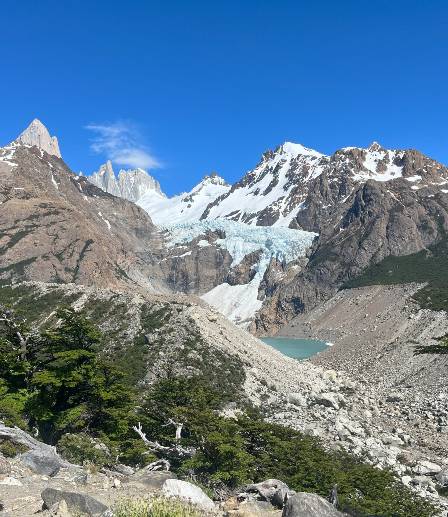
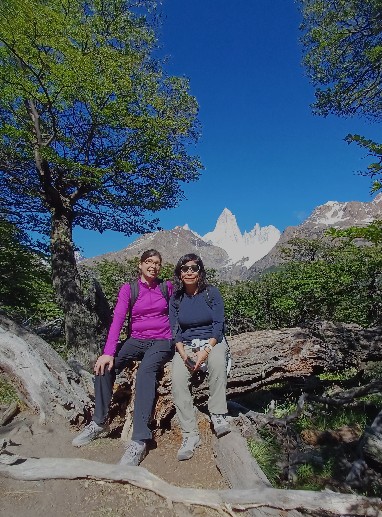
The pictures below were captured during the trail's final stretch. The signs caution of a steep path demanding good physical condition (~ 1 hour).
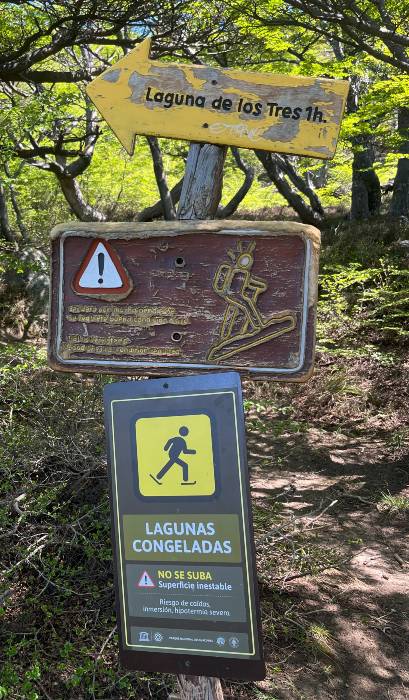
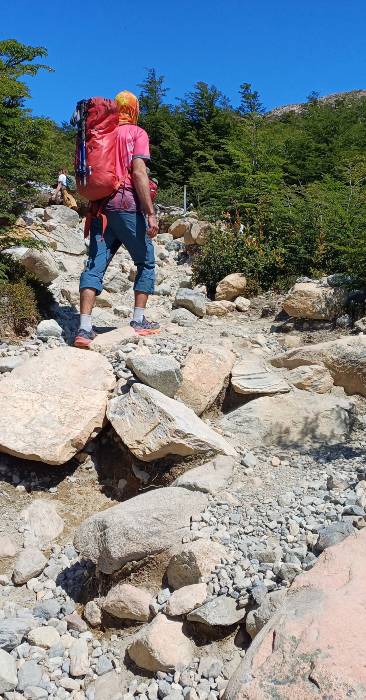
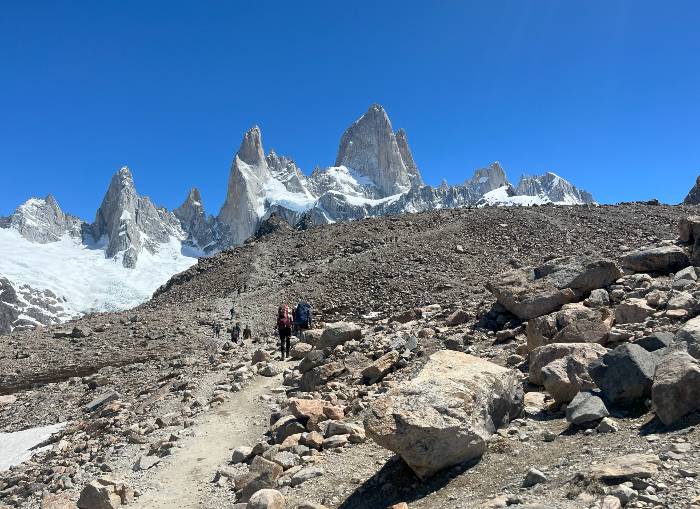
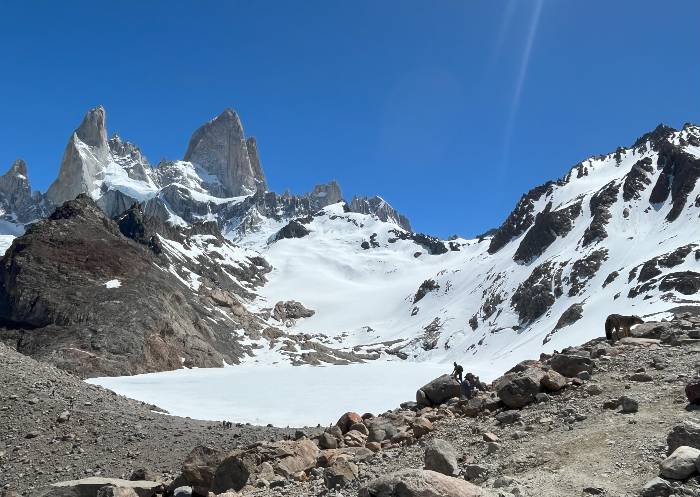
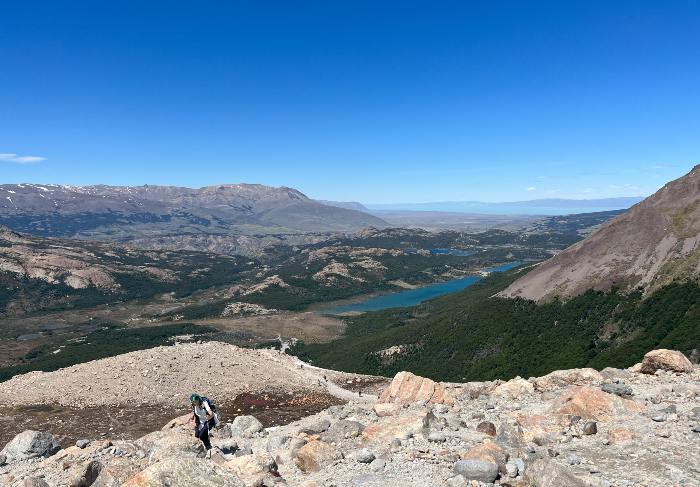
Laguna Capri (suitable for non-hikers, 8km)
As mentioned, a shorter alternative for enjoying good views of Mount Fitz Roy, albeit from a more distant perspective compared to Laguna De Los Tres hike, is the 8km Laguna Capri trail, starting from Chalten.
The green arrow on the map indicates the departure point, Chalten town. Laguna Capri is highlighted in a green circle, denoting that you follow the same route there and back from Chalten.

From the lookout point at Laguna Capri, you can enjoy panoramic views of Mount Fitz Roy in the distance. To locate Mount Fitz Roy on the map above, look for 'Laguna de los Tres'.
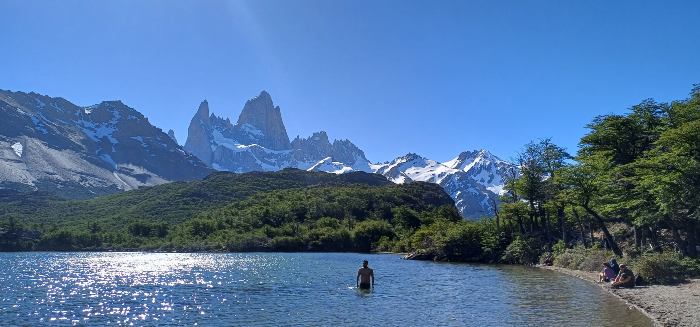
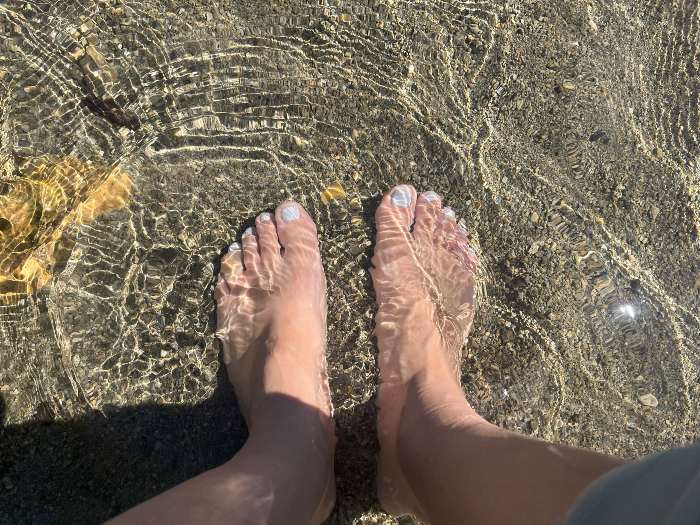
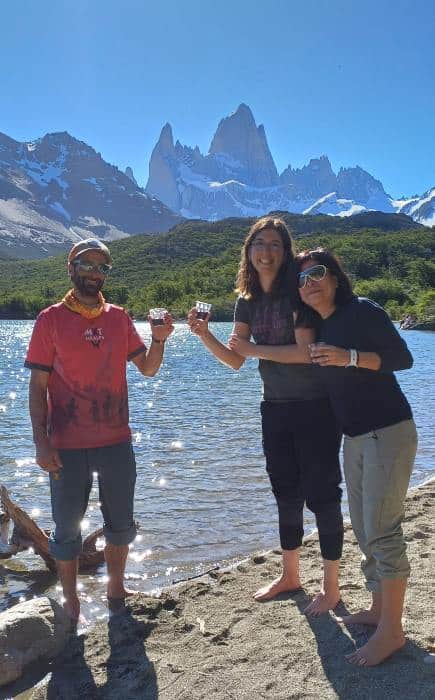
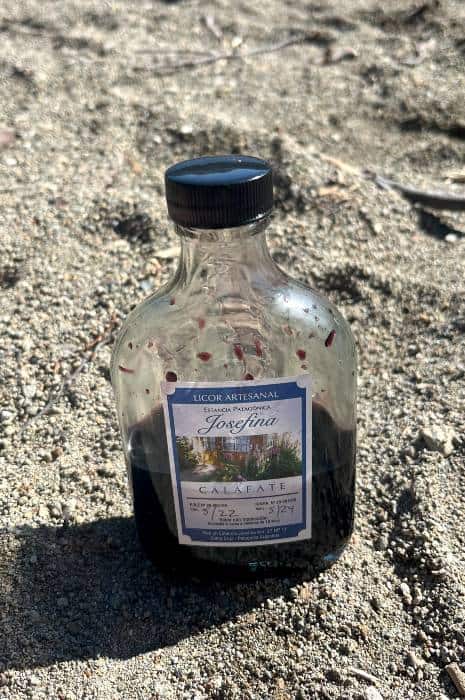
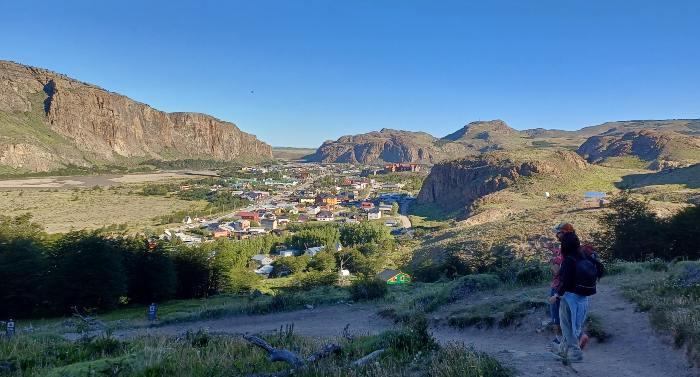
Outside El Chalten
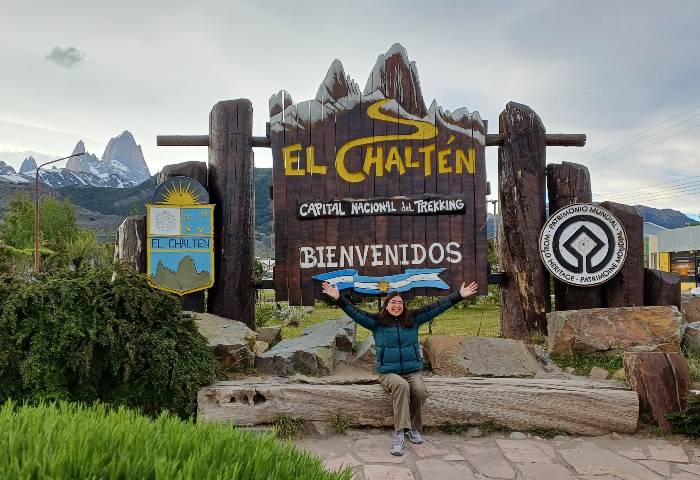
Winter brings extreme temperatures to the region, prompting travelers to flock to El Chaltén during the summer months (November to February). However, this peak season also corresponds with higher prices.
During the summer, temperatures typically range from a comfortable high of approximately 19°C (66.2°F) to a cooler low of 5°C (41°F). Despite these relatively stable averages, it's crucial to remain prepared for potential weather fluctuations throughout the day. The region is known for its rapid changes, often showcasing all four seasons in a single day.
During the winter months, most accommodations and restaurants in town are closed.
Some travelers opt to visit in March, April, or September, during the shoulder season, when rates are more affordable. However, particularly in April and September, when tourism tends to dwindle, many businesses in the town, which rely entirely on tourism, are closed.
If your budget allows, explore the possibility of staying at Explora Chalten, a boutique all-inclusive resort boasting just 20 rooms. Situated approximately 35 minutes away by car (around 17 km) from Chalten, it's nestled within a pristine private reserve, offering breathtaking vistas of the Marconi Glacier. With all meals included, you can relax knowing you won't need to concern yourself with restaurant or supermarket availability.
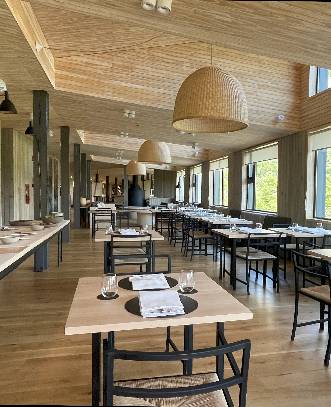
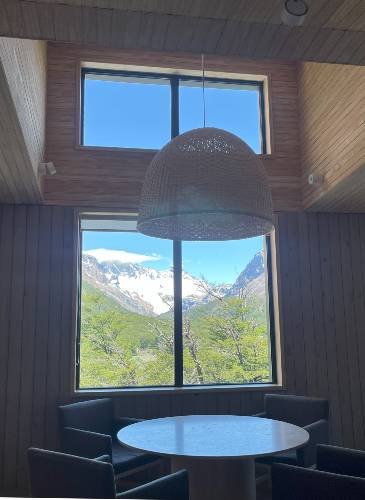
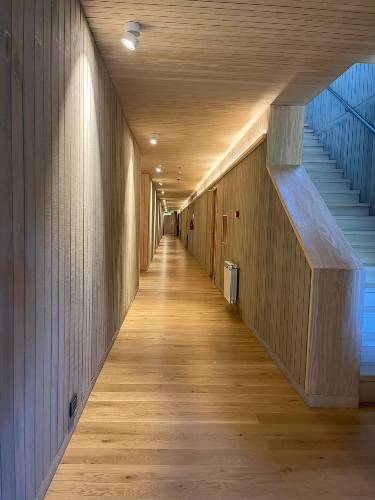
As mentioned, 220 km separate Chalten from El Calafate. Only El Calafate has an airport and daily direct flights from/to Buenos Aires. Therefore, it is common to combine El Calafate with Chalten.
While in Chalten we tested 2 options:
1. Private Transfer from El Calafate Airport - Chalten
An advantage of this option is the opportunity to make stops en-route, particularly on clear days. Along the way, there's a lookout point where you can enjoy magnificent views of the glaciers in Los Glaciares National Park. You can find it by searching for 'Lookout Point El Chaltén' on our second map.
However, it's worth noting that this option can be costly, as it entails approximately a 3.5-hour drive.
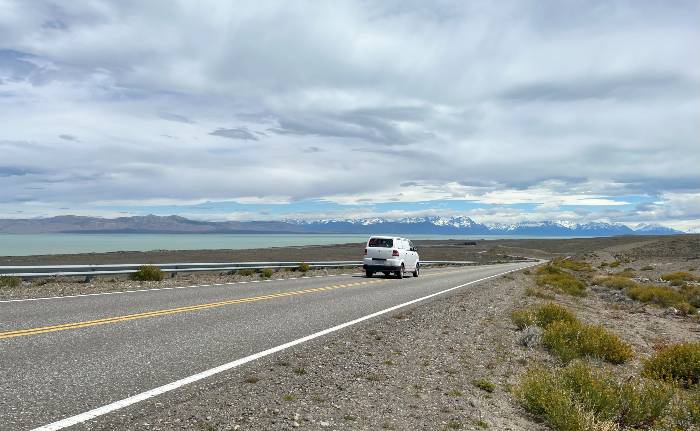
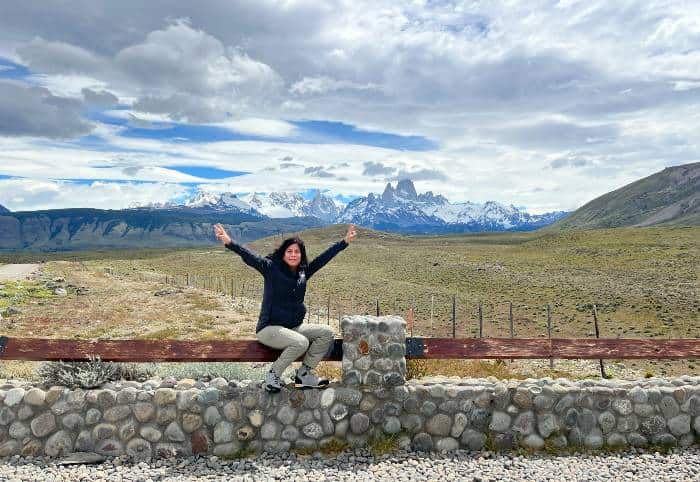
2. Shared Transfer Chalten – Calafate with La Leona petrified wood en-route
We were intrigued by tales of a lunar landscape, distinct from the Patagonian vistas, nestled halfway between Chalten and Calafate— La Leona petrified wood, they said. And so, we embarked.

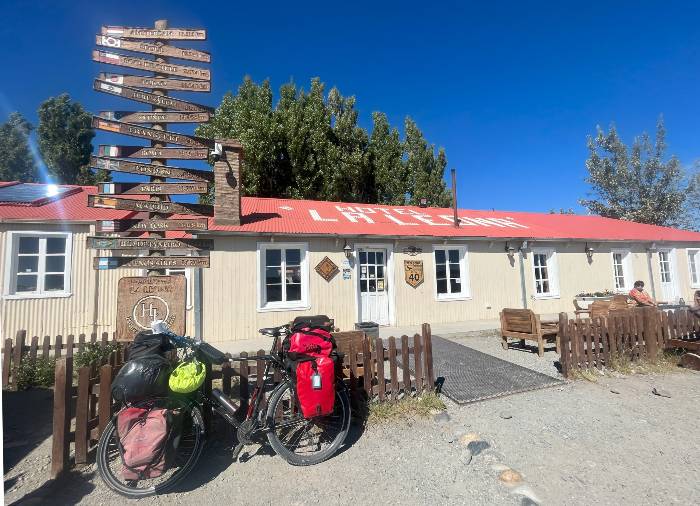
What awaited us was a sight to behold—truly lunar landscapes, adorned with fossils of ancient animals and petrified trees. We wholeheartedly recommend this excursion to those with a passion for geology, paleontology, and archaeology, as it promises an enriching and awe-inspiring experience.
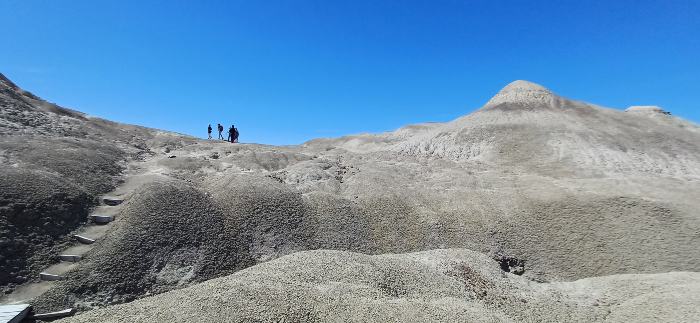
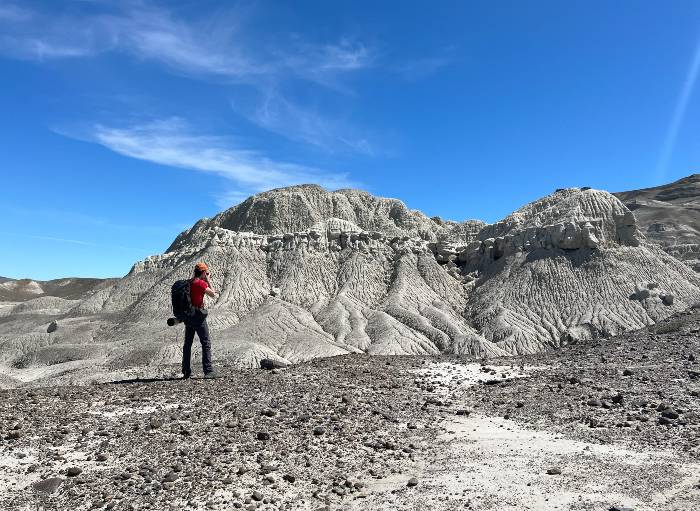
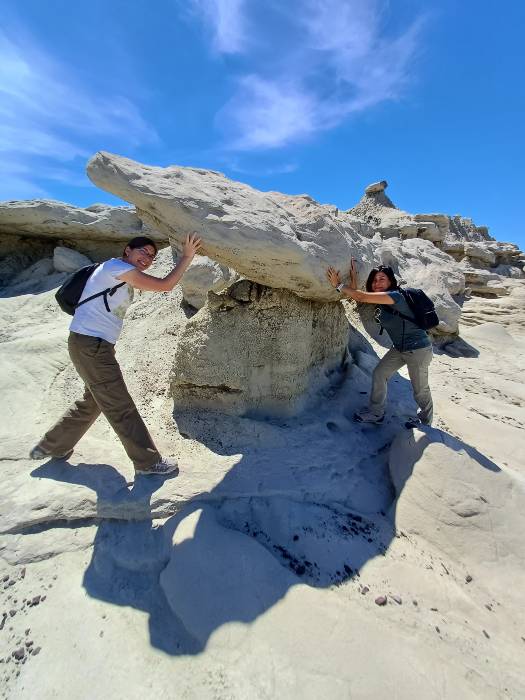
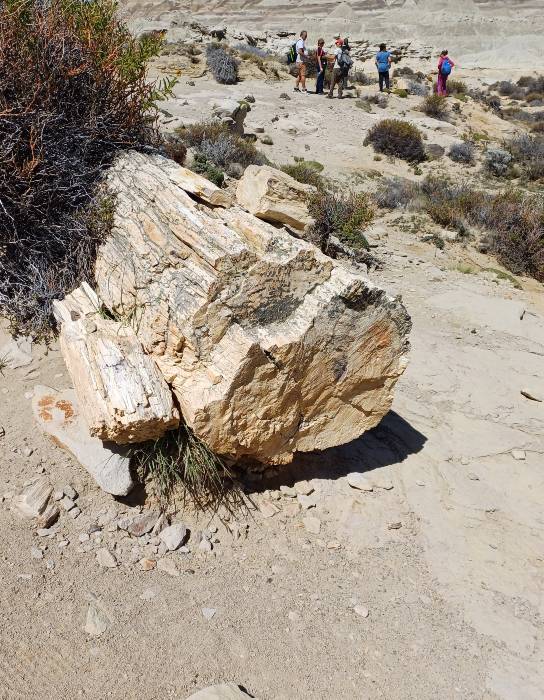
In the image right below, you'll notice the van that transported us to the trailhead for the guided hike to the petrified woods. This vehicle is the same one we used from La Leona to Calafate, although this service is shared with other travelers and includes only a driver.
In the background of the same picture, you can see the regular bus operating the Calafate - Chalten - Calafate route, making its journey without any stops.
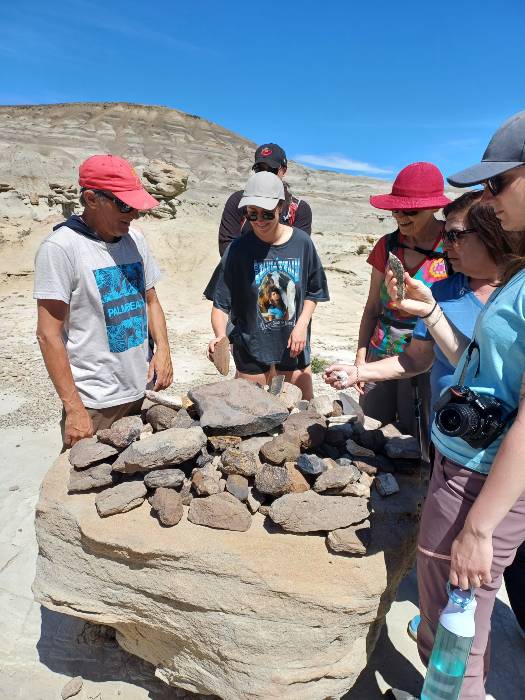
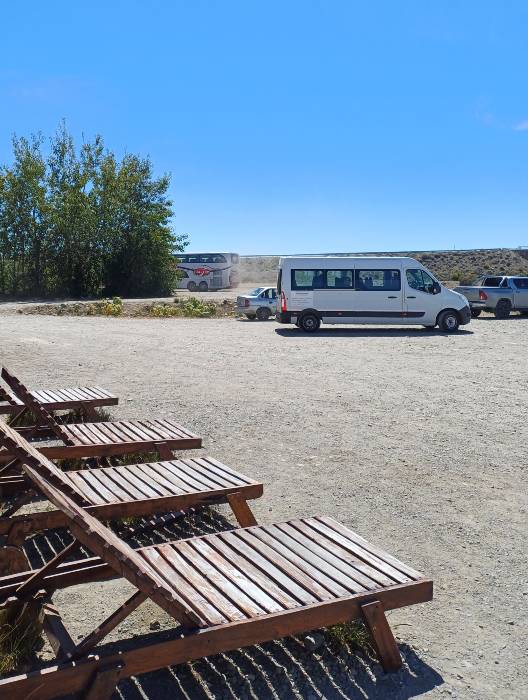
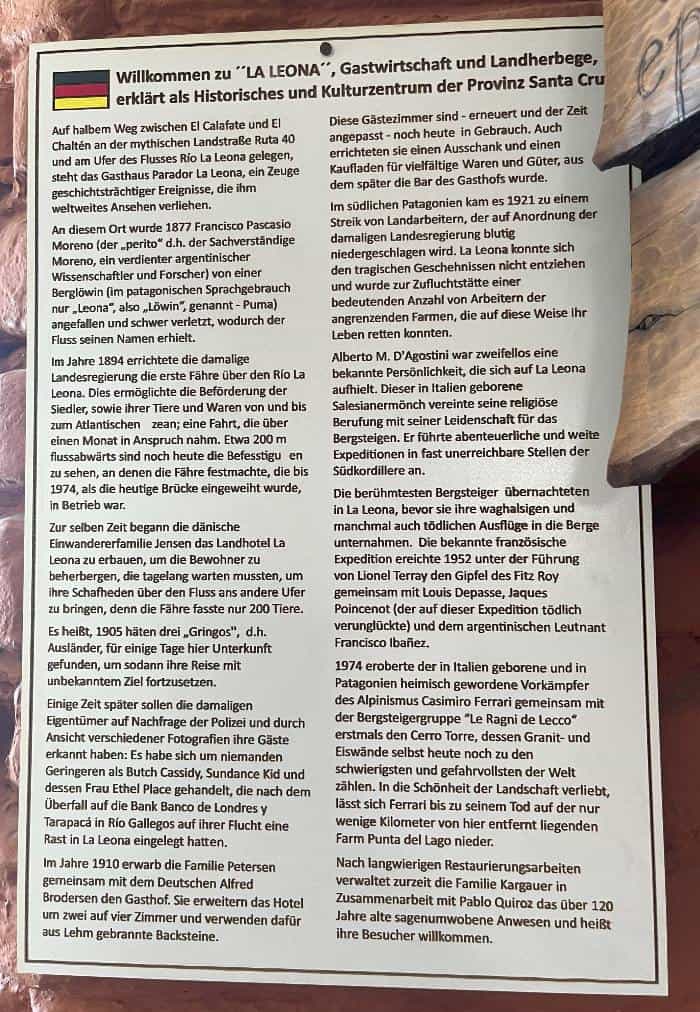
Here are some of our suggestions: as weather conditions can change suddenly, remember to dress in layers.
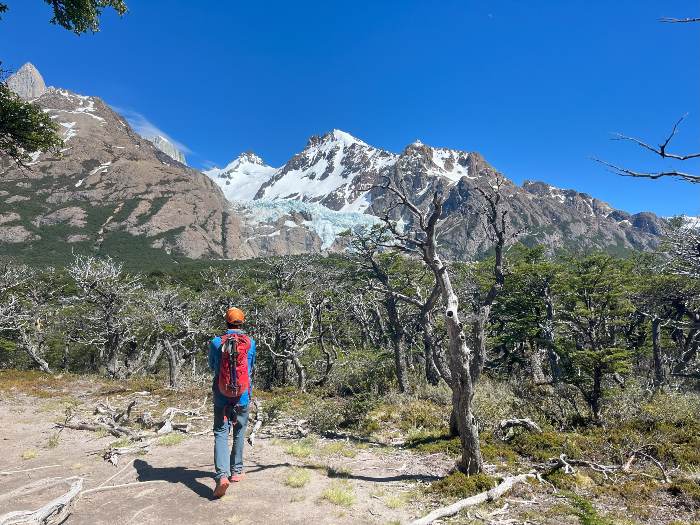
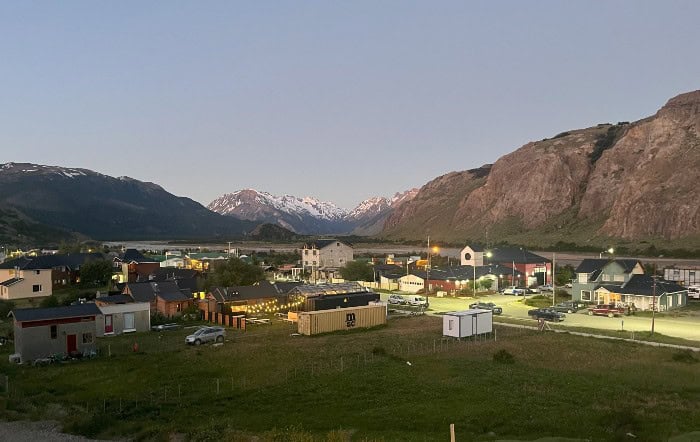
This article serves as a guide to inform you of the different options including not only the train but also the tourist bus and the flight (from Juliaca).The one you choose will depend on the time you have available, your budget and the overall experience you are looking for.
IMPORTANT: At present, LATAM has not yet resumed its direct flights between Cusco and Juliaca (Puno's airport). Flights with a layover in Lima are currently available as an alternative.
| Departure Day | Train no. | Departure | Departure Time | Arrival | Arrival Time |
|---|---|---|---|---|---|
| Wednesday | 20 | Cusco | 07:10 | Puno | 17:40 |
| Friday & Sunday | 20 | Cusco | 07:50 | Puno | 18:20 |
| Monday Thursday Saturday | 19 | Puno | 07:50 | Cusco | 18:20 |
This is a favorite for photographers and those travelers looking for a stress-free exploration option.
As you traverse the unforgettable route from Cusco to Puno, you will get to embrace the endless panoramic views of the Altiplano, snow-capped Andes and other spectacular onboard experiences.
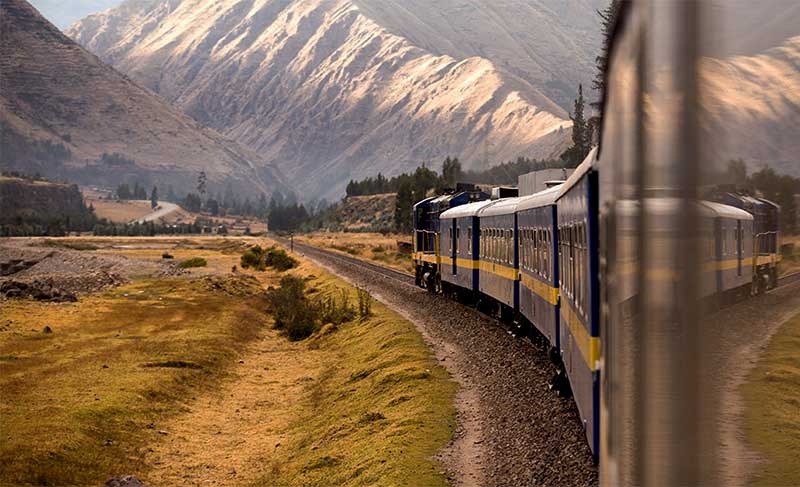
Included in your ticket is a three-course lunch with wine, afternoon tea and a welcome cocktail. The meal is prepared with local produce and is served in the comfortable dining carriage. The freshly mixed Pisco sours prepared by the Titicaca barman are a definite 'not to be missed'. You'll also get to experience some incredible local treats along the way such as dancing and local live music.
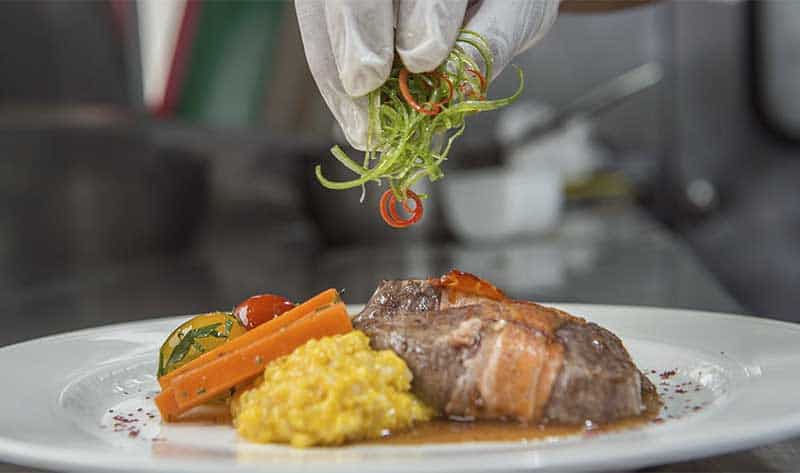
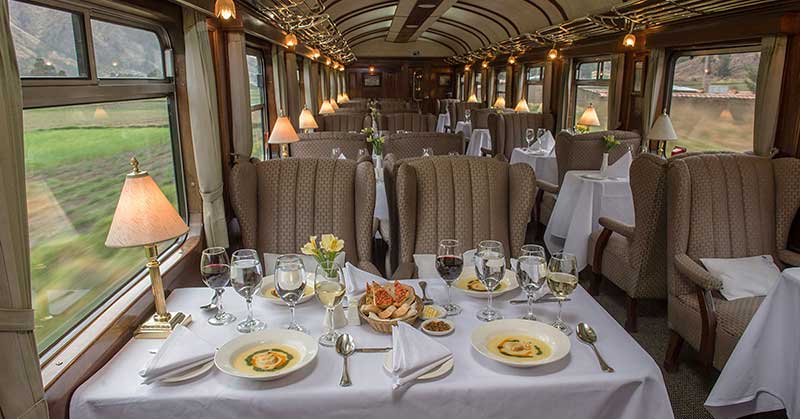
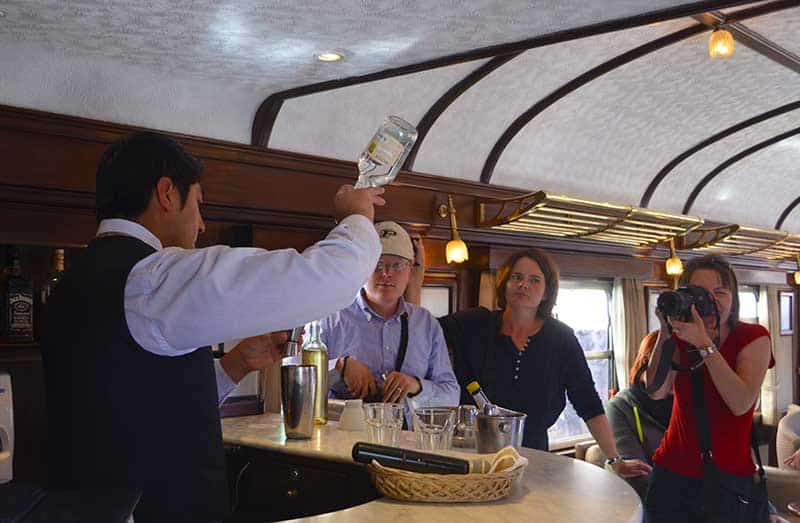
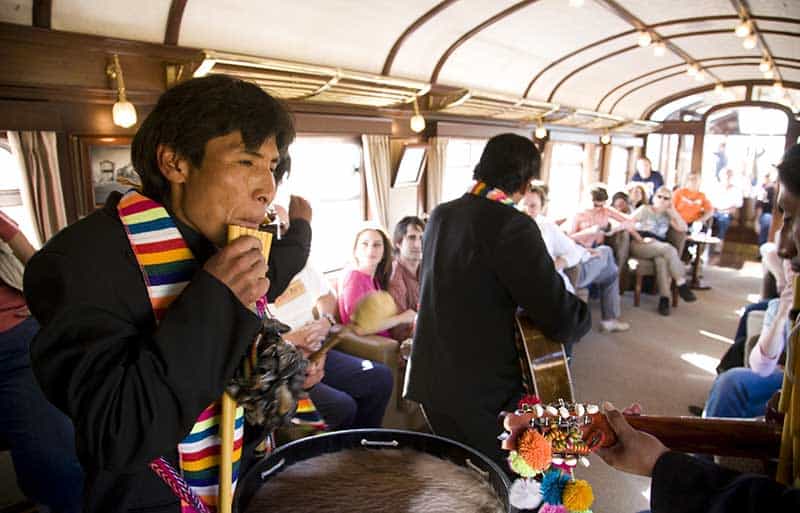
The 132-passenger max. capacity train is luxuriously elegant, with its 1920’s Pullman carriage styling, opulent interiors and seating, a lounge, two dining cars, a bar and open-air viewing platform right at the back. The reduced speed of the train as well as the open observation car allow for a unique opportunity to take some amazing photographs of the Peruvian Altiplano and scenes of rural life.
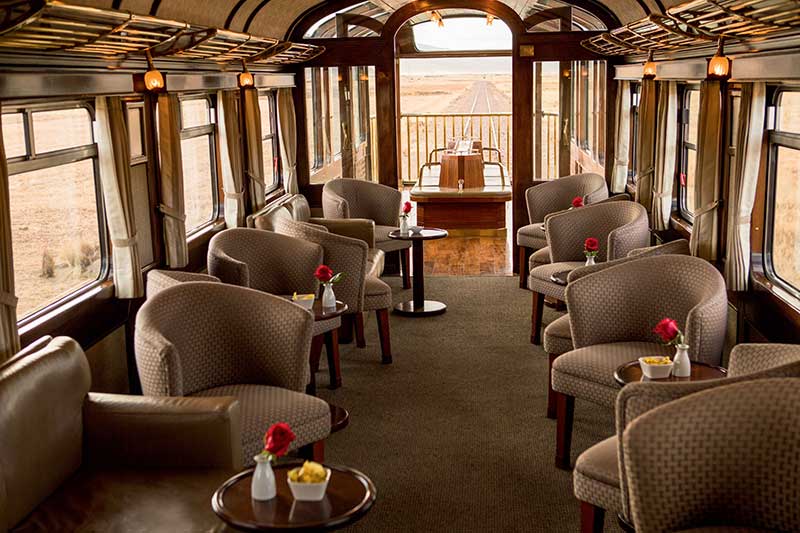
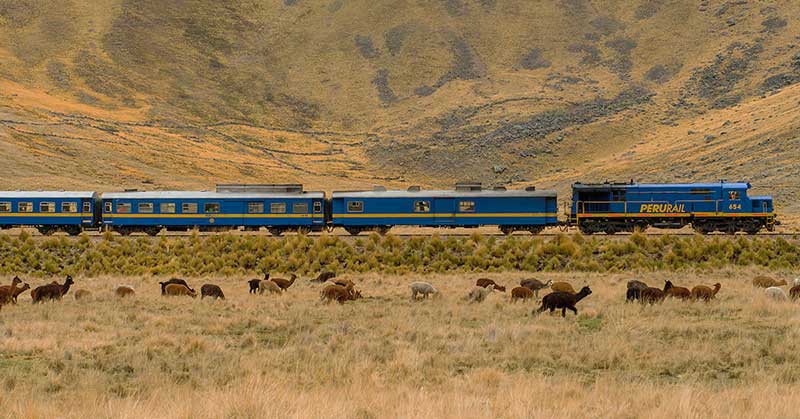
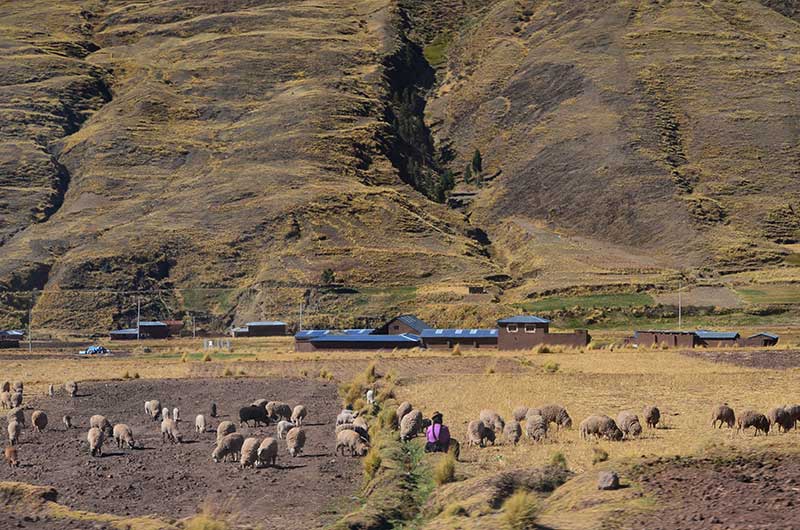
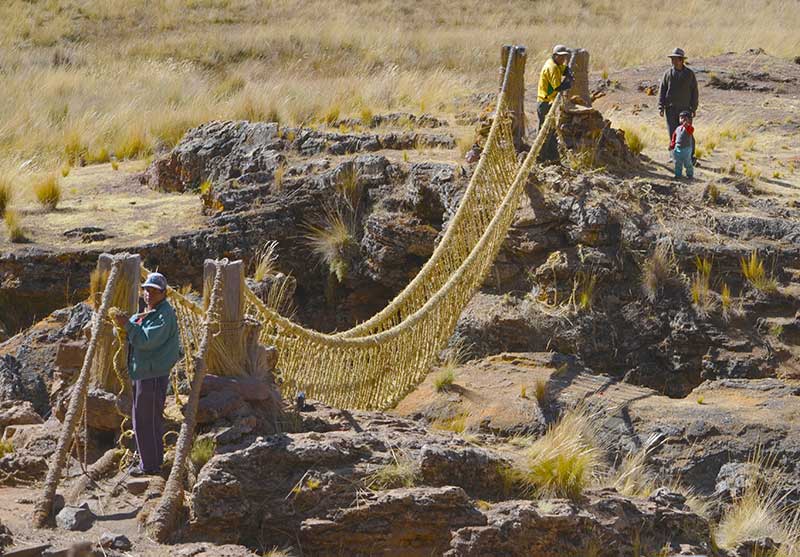
In Puno you will also get to take photos of the local sellers alongside the rails, promoting their self-made souvenirs and snacks. From the comfort of the observation car, there's no need to worry about pickpockets or losing your guide as you continue your journey.
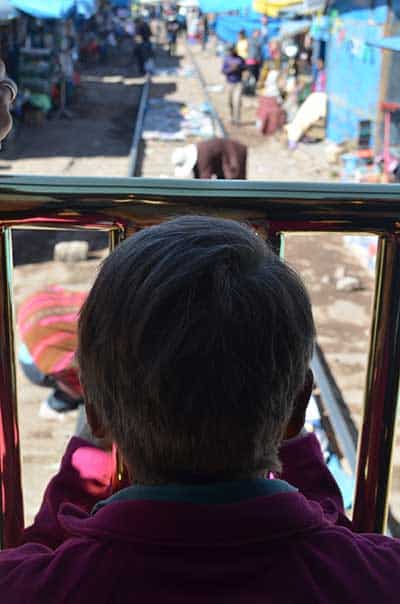
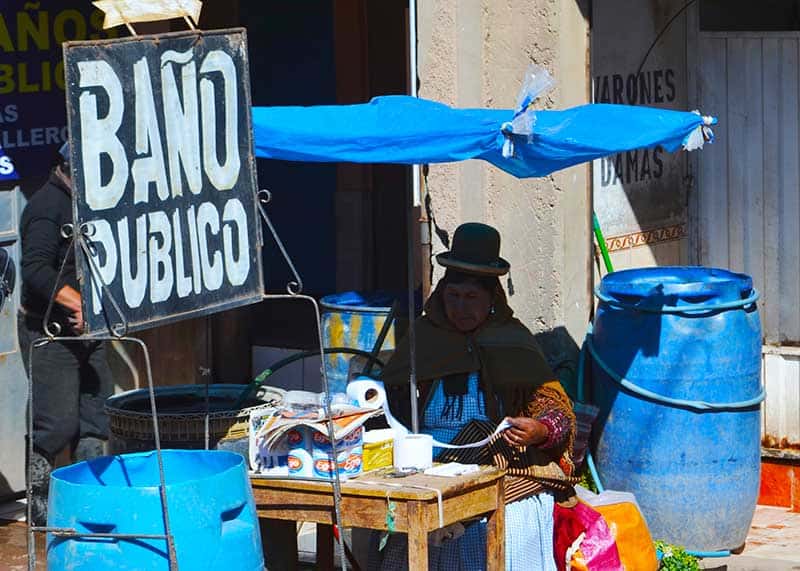
The train makes one stop along the way, at La Raya pass, the route's highest point. You can get off the train and take photos of the tiny church against the impressive backdrop of snow-capped mountains and maybe even buy some artisan souvenirs from the local ladies.
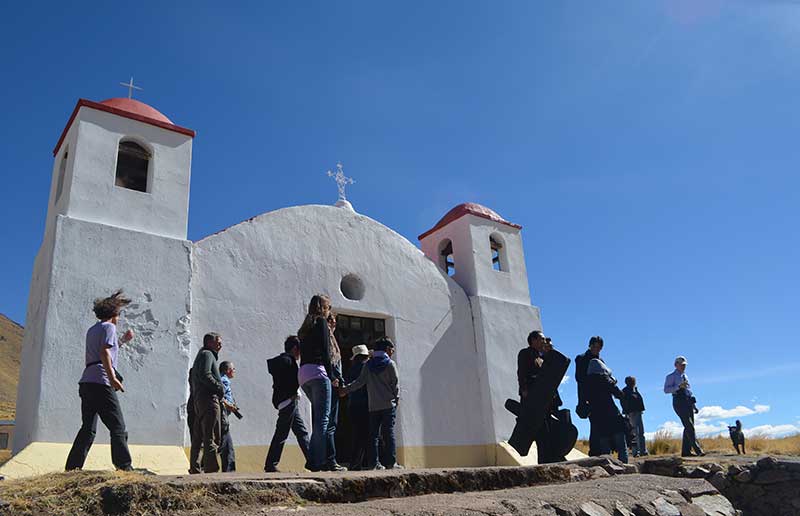
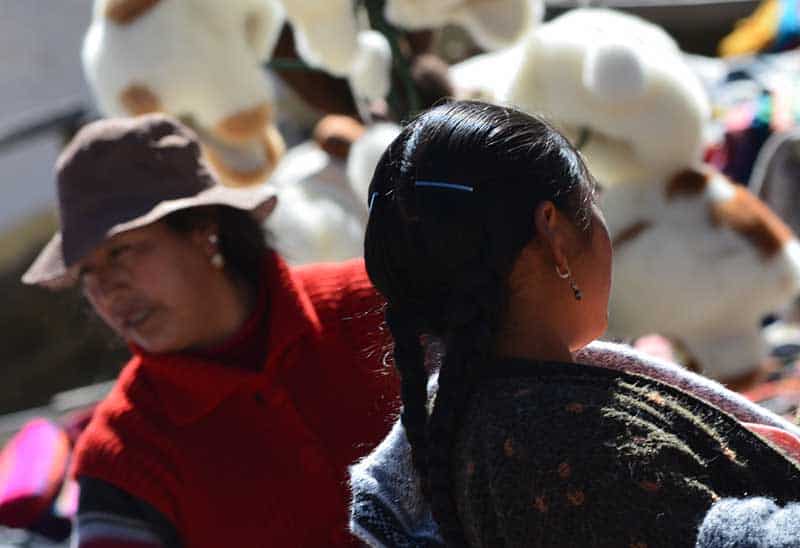
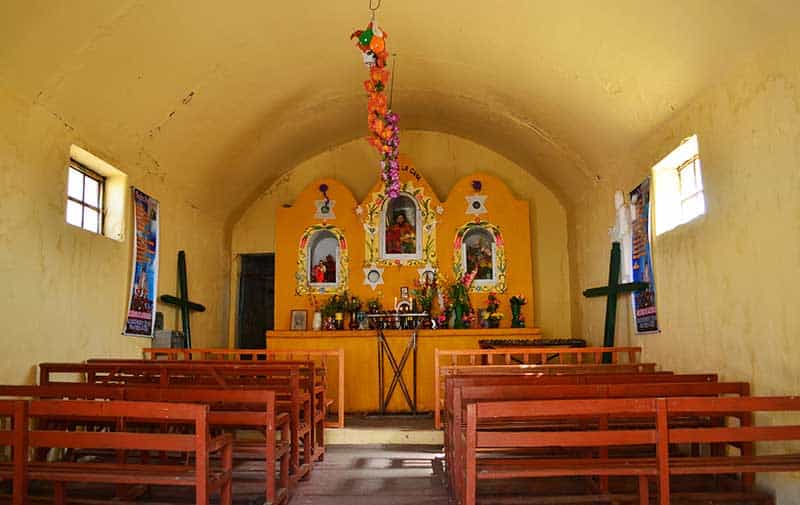
For passengers traveling on the Titicaca Train, there are specific luggage regulations to adhere to. Hand or cabin baggage is limited to 8 kg with dimensions not exceeding 157 cm (height + length + width). Any excess hand baggage exceeding these limits must be placed in the hold due to space constraints in passenger compartments. Checked baggage allowance consists of up to 2 suitcases, with a combined weight restriction of 23 kg per person. Additional checked baggage beyond this allowance is permitted at an extra cost, approximately 25 USD per additional 23 kg, payable during check-in at the station.
To ensure the safety of their passengers, Peru Rail has invested in an updated air purification system on board their trains. This environmentally friendly system utilizes four of the technologies recommended by the WHO including HEPA filters, FAR UVC lamps, air ionizers and controlled ozone. The system eliminates up to 99.9% of the microbial load in the air.
For those who are looking for a more affordable option. The main advantage of the tourist bus is that it travels every day to/from Cusco and Puno escorted by an English/Spanish guide. It departs around 07:30 in the morning and arrives around 18:00 in the evening.
The 10-hour bus trip makes 4 stops along its route:
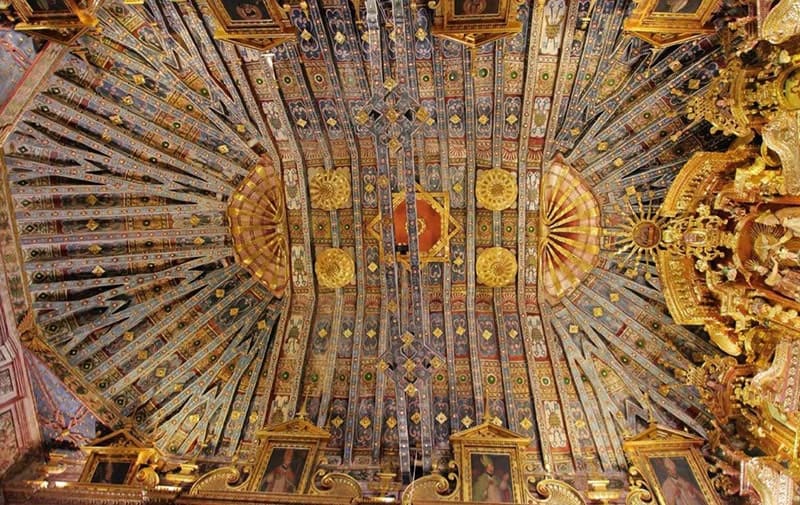
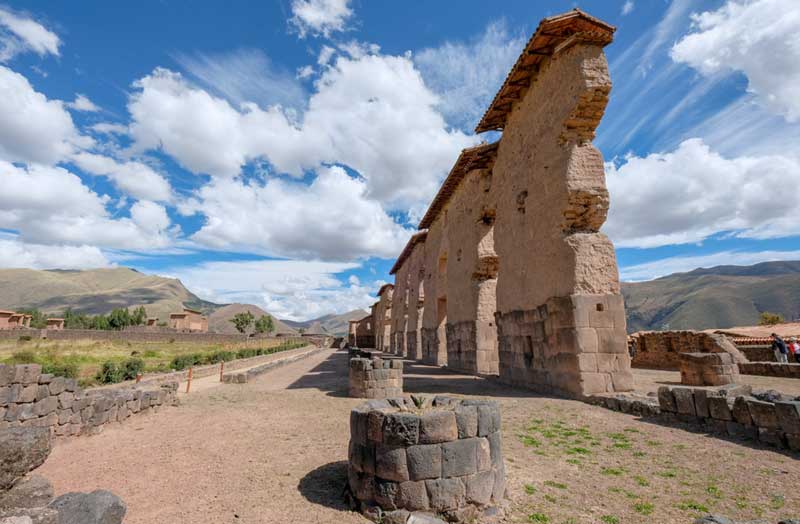
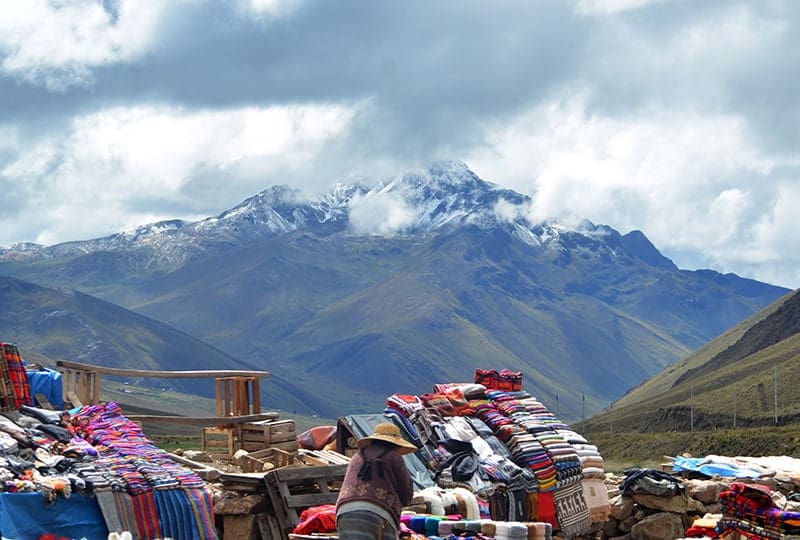
The quickest option is to fly to/from Cusco and Juliaca. Latam offers two direct flights per week, on Monday and Thursday. The flight from Cusco to Juliaca is at 10:45 and the return flight is at 12:20. The total flight time is just under one hour and the flight tickets cost around USD 100 per person.
Juliaca airport is just over an hour from Puno. Therefore, in total, the journey is about 4 - 5 hours from your hotel in Cusco to your hotel in Puno (including leaving your hotel in Cusco two hours before your flight time). The return journey takes about the same time. All in all, you should consider around 5 hours for the journey.
The main disadvantage of this option is that you do not get to visit any sights on the way and you will miss out on witnessing the changing landscape as you travel through Peru on the ground. However, there will be enough time to do a short excursion in the city you arrive in.
Even though it is more expensive than the bus and flight and only includes one stop, the 'Titicaca Train' is an experience in itself. You can move around freely on the train and enjoy the authentic food, drinks and entertainment available. It is perfect for those who want to experience the breathtaking landscape of Peru in a slow and mindful manner.
As an alternative, you can also opt for the more luxurious option that travels along a similar route. However, this option is an overnight sleeper service and costs a considerable amount more than the day service Titicaca Train.
For more information about this alternative service, take a look at the Spirit of the Water (2 Days / 1 Night) or Spirit of the Andes (2 Days / 1 Night) journey in our Belmond Andean Explorer blog article.

If you are looking for some more information about what there is to do and see when visiting Puno, where to eat, when to visit and even where to stay, we have created an article that details these very questions, called Are Titicaca Lake & Puno Worth Visiting. If you are thinking about continuing on to Bolivia from Puno, check out our article called Crossing Lake Titicaca from Puno to La Paz.
This vast geographical wonder sprawls across two countries, Chile and Argentina. The apex of Chilean Patagonia undoubtedly lies within Torres del Paine National Park. Keep in mind that it's not a budget-friendly destination and has limited visitation windows throughout the year.
Having recently embarked on an inspection trip to Torres del Paine, I've compiled a carefully edited list of crucial considerations to help you craft your initial itinerary.
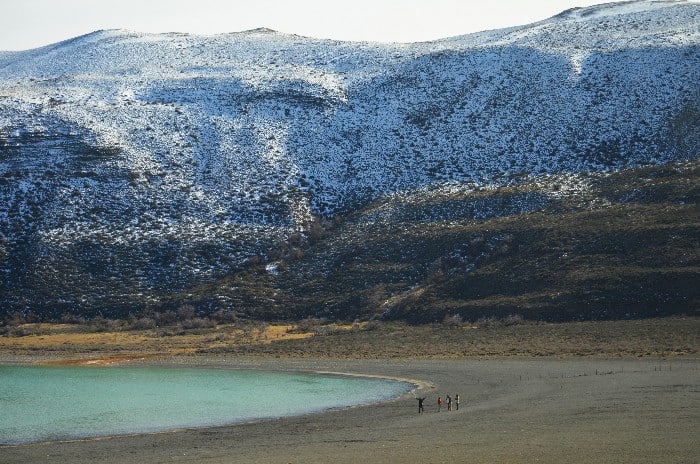
In this article
Heavy snowfalls over Torres del Paine and especially ice on the park's access routes create risky conditions in winter. It is not uncommon for the local authority responsible for the national park (CONAF) to close access to tourists for this reason.
In some cases, even when weather conditions improve but still involve risks, authorities require a guide to accompany the traveler during their visit to the park.
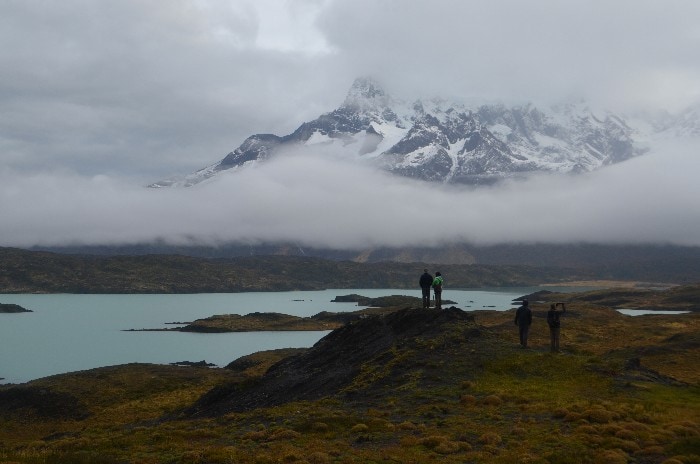
Exploring Patagonia, an outdoor enthusiast's paradise, with its dazzling centerpiece, the Chilean gem, Torres del Paine National Park, is a journey through mountains, glaciers, lakes, and rivers. To grasp its vastness, consider that it spans approximately 1800 sq kilometers (700 sq mi), while Colorado's Rocky Mountain National Park covers roughly 1000 sq kilometers (450 square mi).
Hence, ample time is essential!
Patagonia's weather can be famously capricious, often delivering all four seasons in a single day. To enjoy the park's highlights with favorable weather plan for at least one full day in the National Park Torres del Paine.
Ideally, allocate a second day to increase your chances of capturing photographs under clear skies.
Keep in mind that the day of your arrival and departure can be considered as ‘lost’ in terms of full exploration. Therefore, we recommend a min. stay of 4 days for an optimal experience.
Take a flight from Santiago de Chile, the capital of Chile, to Puerto Natales, which serves as a gateway to the enchanting wonders of Patagonia. You'll find daily flight options, including both stopovers and direct routes, particularly during the high season.
In the past, the only regular flights available were from Santiago de Chile to Punta Arenas. However, as you can observe on the map, flying to Puerto Natales is the more convenient choice due to its closer proximity to your ultimate destination.
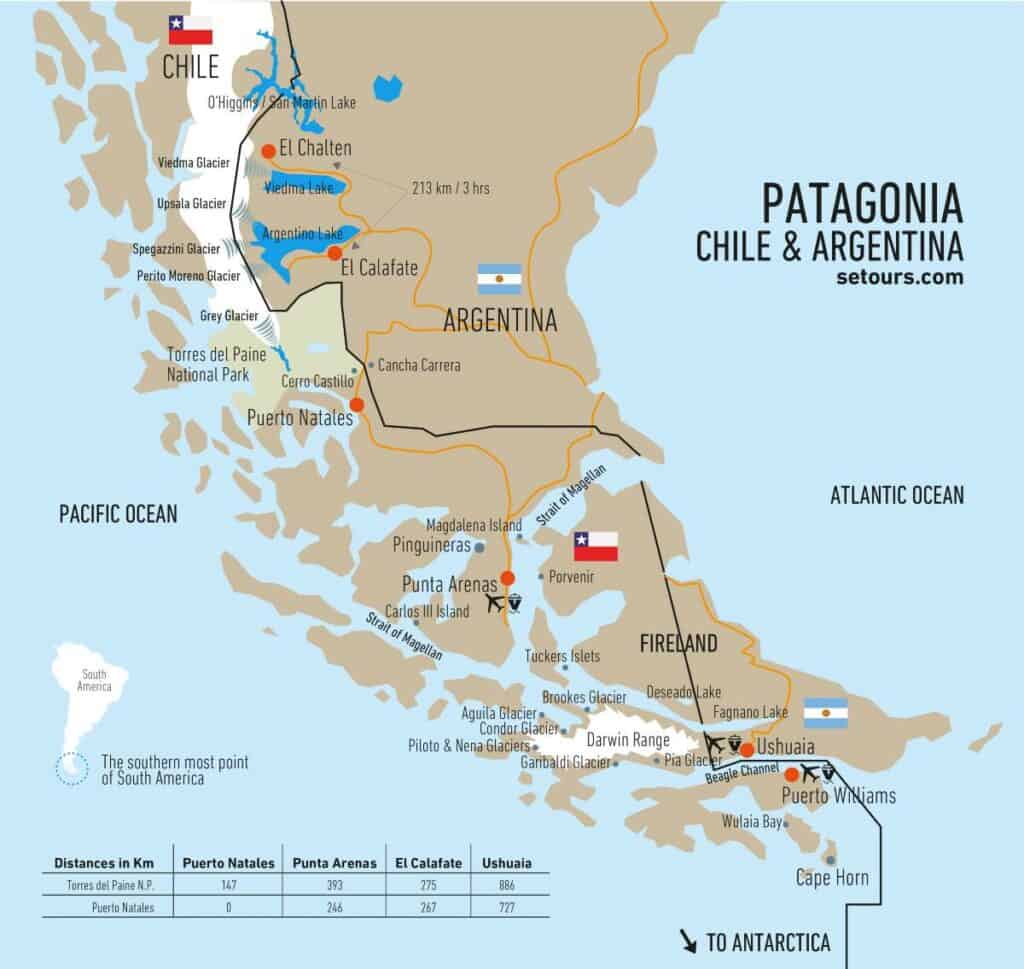
| Sky Airlines | Flight | Monday through Sunday (excl. Thursday) |
|---|---|---|
| SCL-PNT | H2423 | 07:17 - 12:38 |
| PNT-SCL | H2424 | 13:23 - 16:45 |
| Jetsmart | Flight | Monday and Friday |
|---|---|---|
| SCL-PNT | JA323 | 15:36 - 18:50 |
| PNT-SCL | JA320 | 19:30 - 22:38 |
| LATAM | Flight | Wednesday, Friday and Sunday |
|---|---|---|
| SCL-PNT | LA254 | 07:56 - 11:13 |
| PNT-SCL | LA251 | 09:46 - 12:52 |
Hotel rates vary significantly between Puerto Natales and Torres del Paine.
To provide you with a sense of the price contrast, a DOUBLE room in a 3-star superior hotel, which includes breakfast, typically costs around USD 200 in Puerto Natales. In Torres del Paine ~ USD 400.
On a day trip by vehicle to the park you can witness some of the most beautiful lakes, waterfalls, and mountain views in the world.
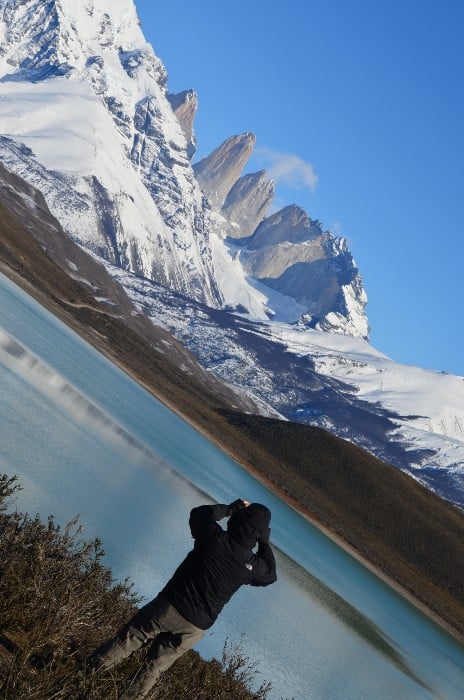
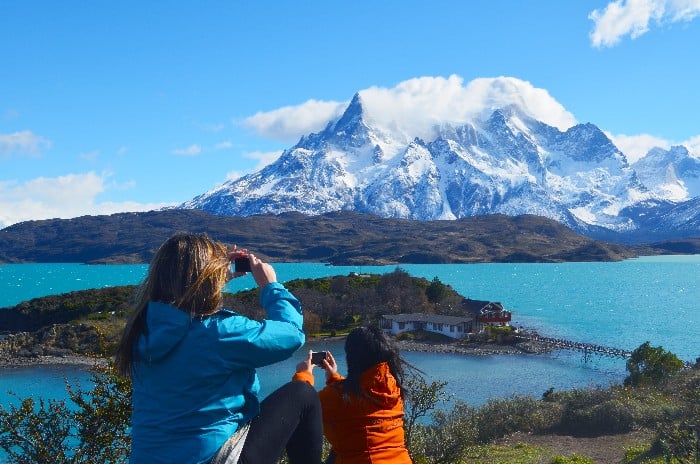
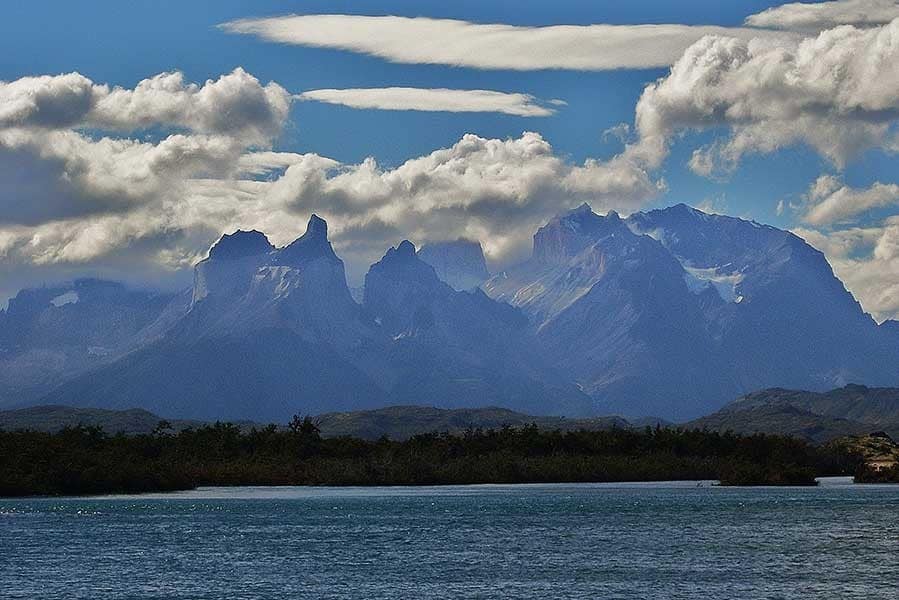
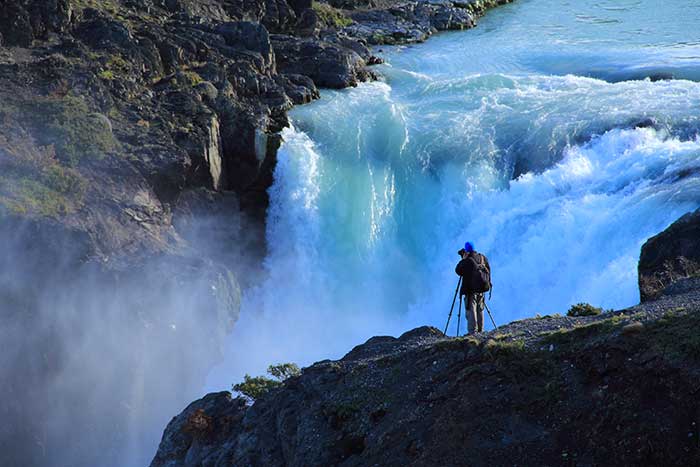
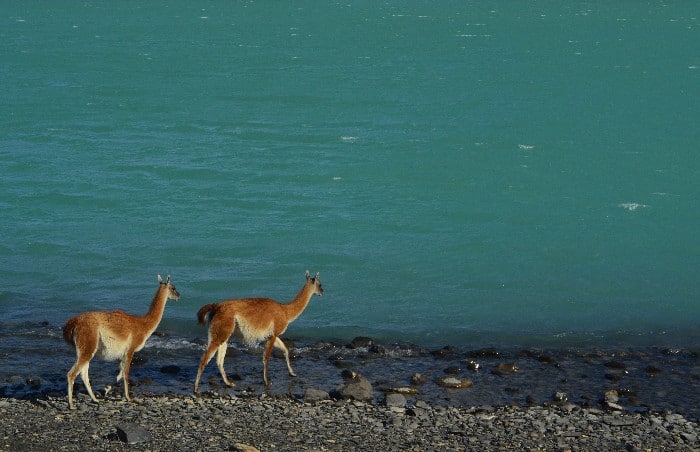
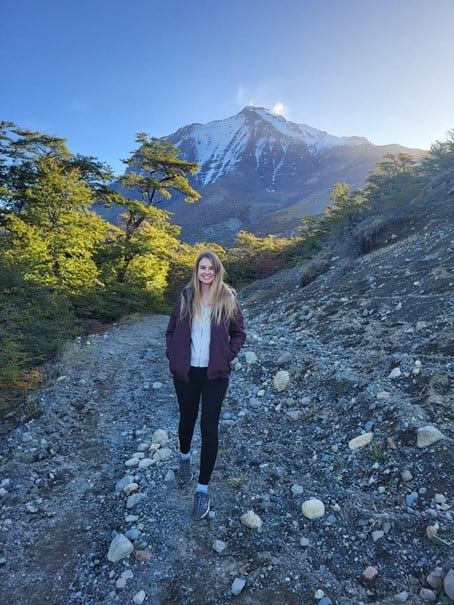
All of the pictures were captured using a Nikon 70-300mm lens. If my budget permits, my preference would lean toward upgrading to a 200-600mm lens.
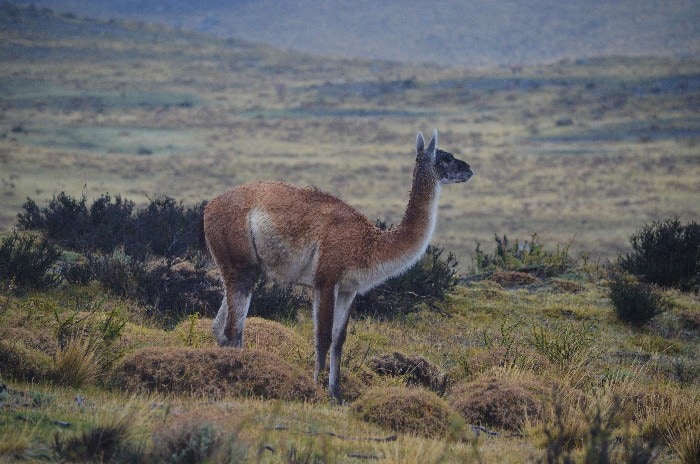
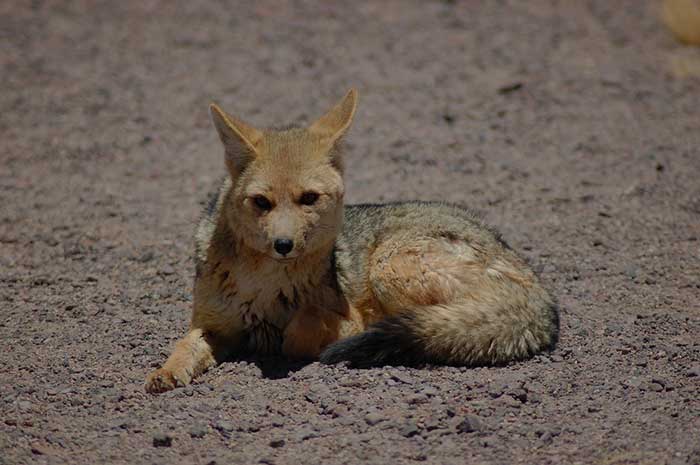
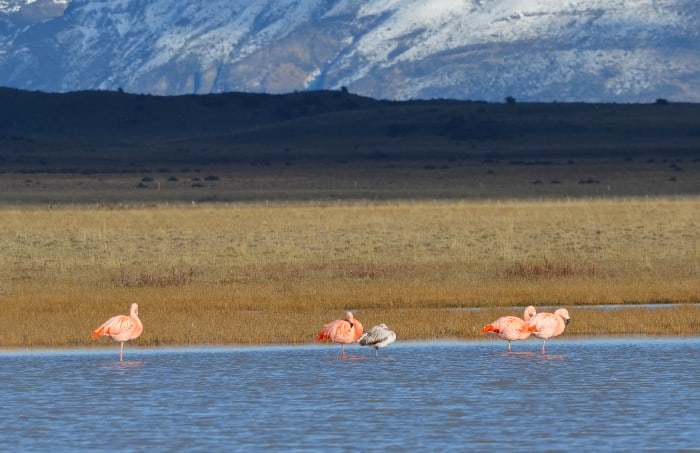
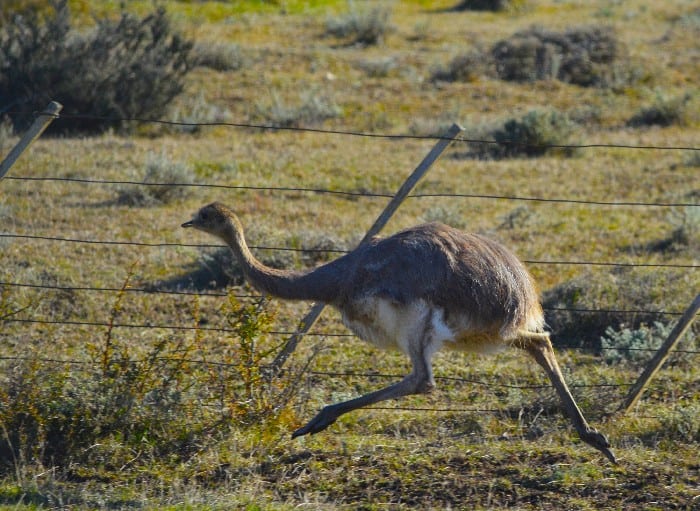
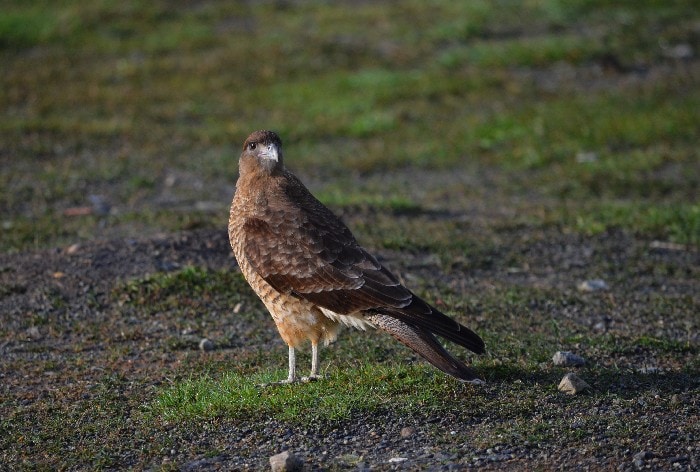
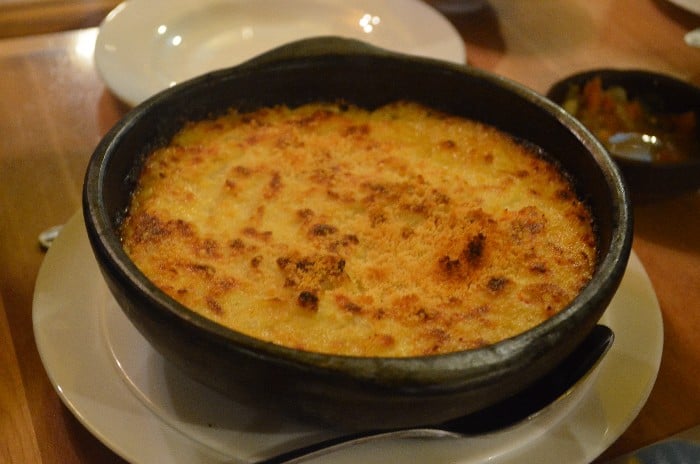
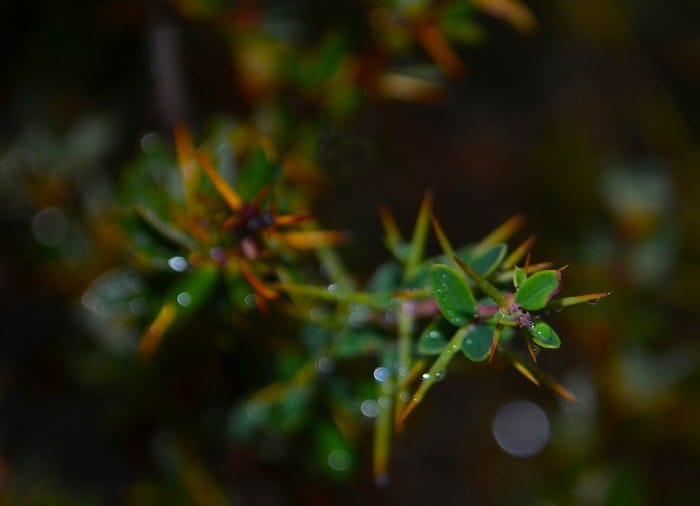
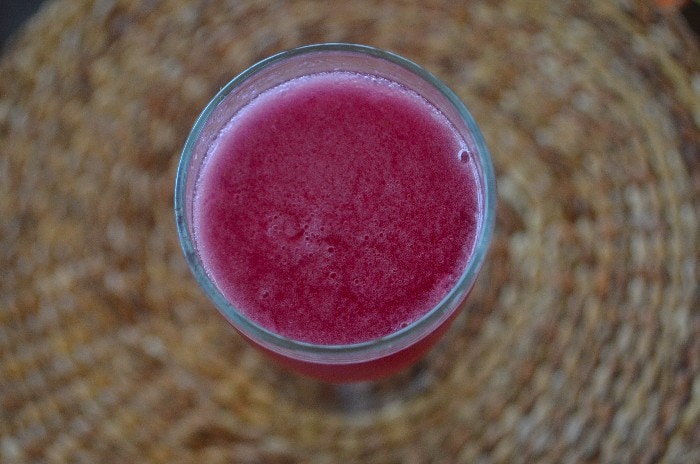
Here are two of our favorite properties in Puerto Natales, depending on your budget:
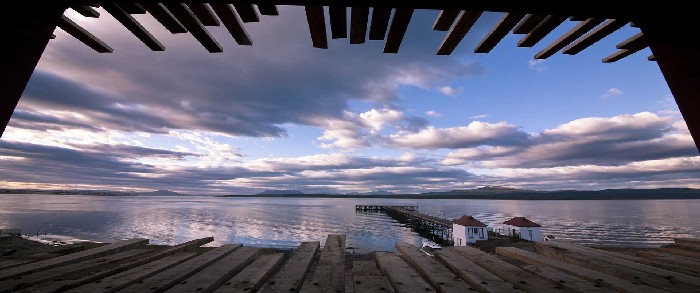
In Torres del Paine National Park:
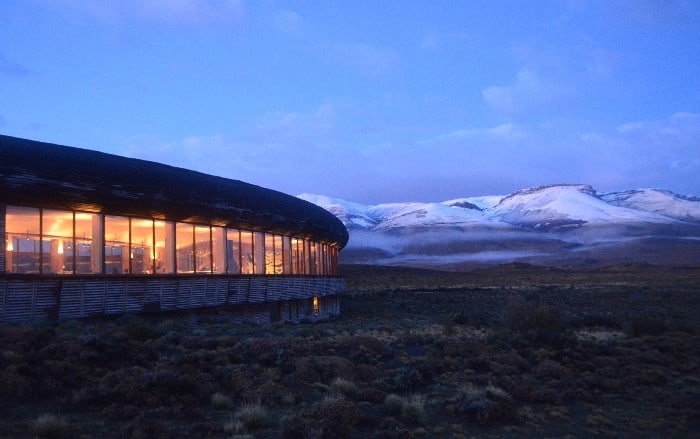
If you wish to extend your trip to El Calafate (Argentina) to visit its iconic glacier Perito Moreno. You have 2 options:
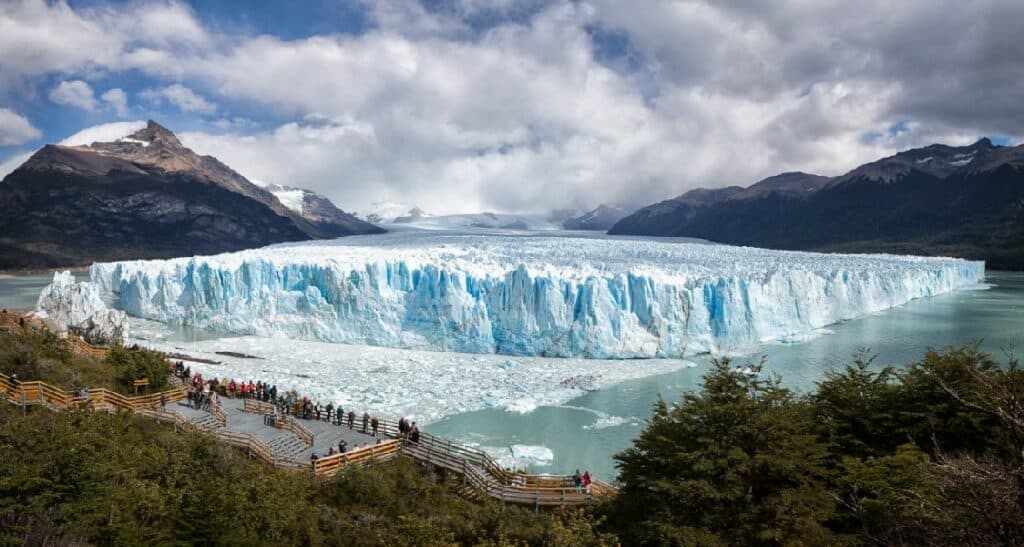
In El Calafate, there are several excursions to continue exploring Patagonia. Check out our article on our recommended itinerary in this area. From El Calafate, you can fly to Buenos Aires, the bustling capital of Argentina, where you can spend a few days before heading home with memories to last a lifetime.